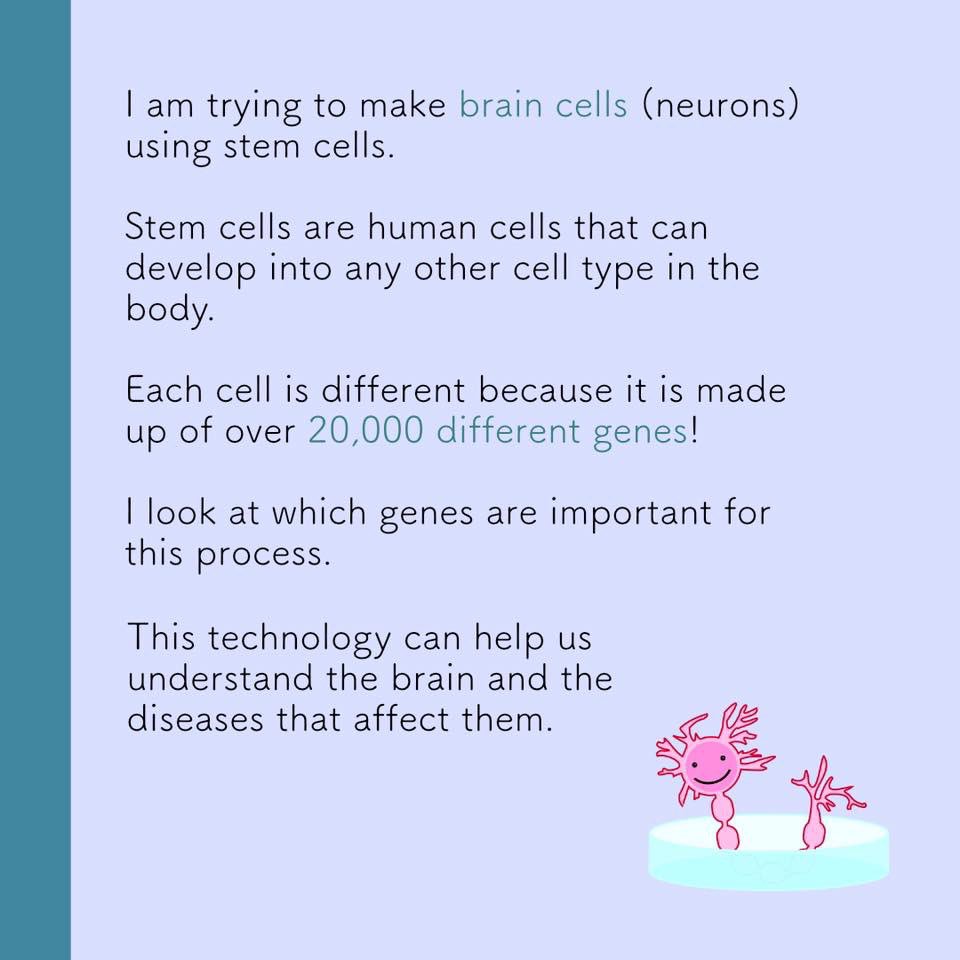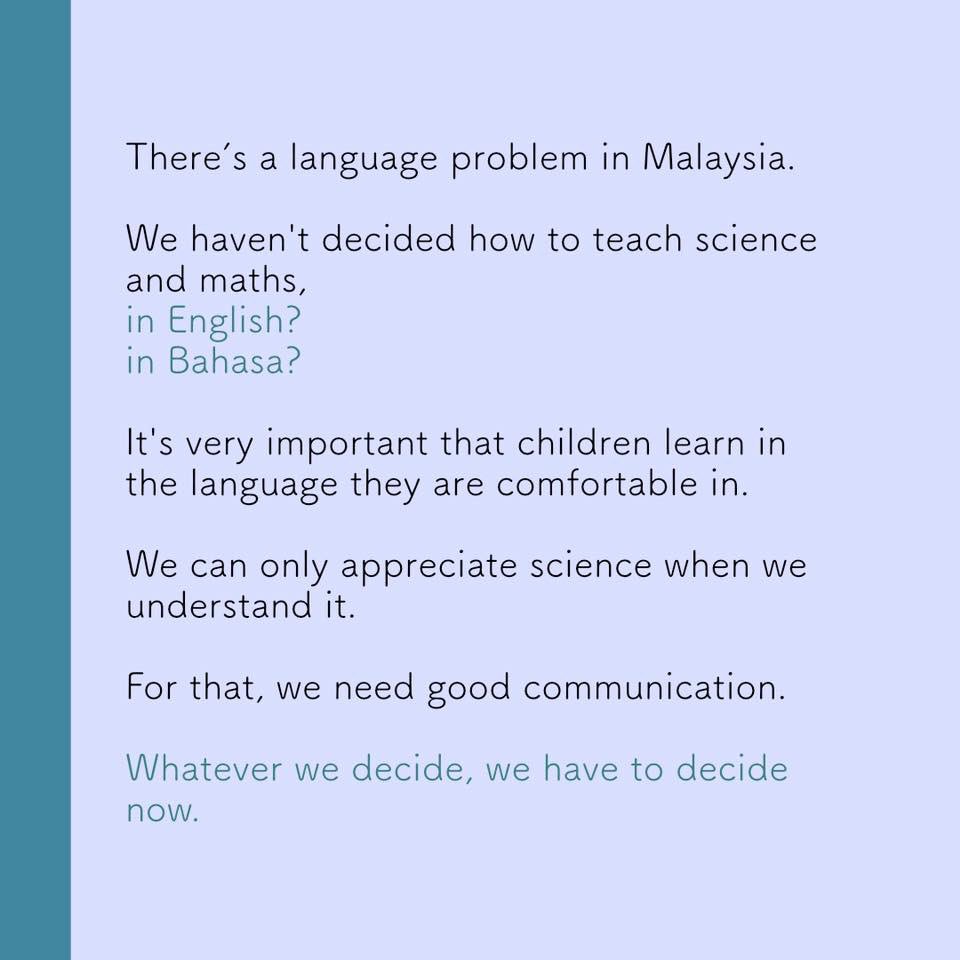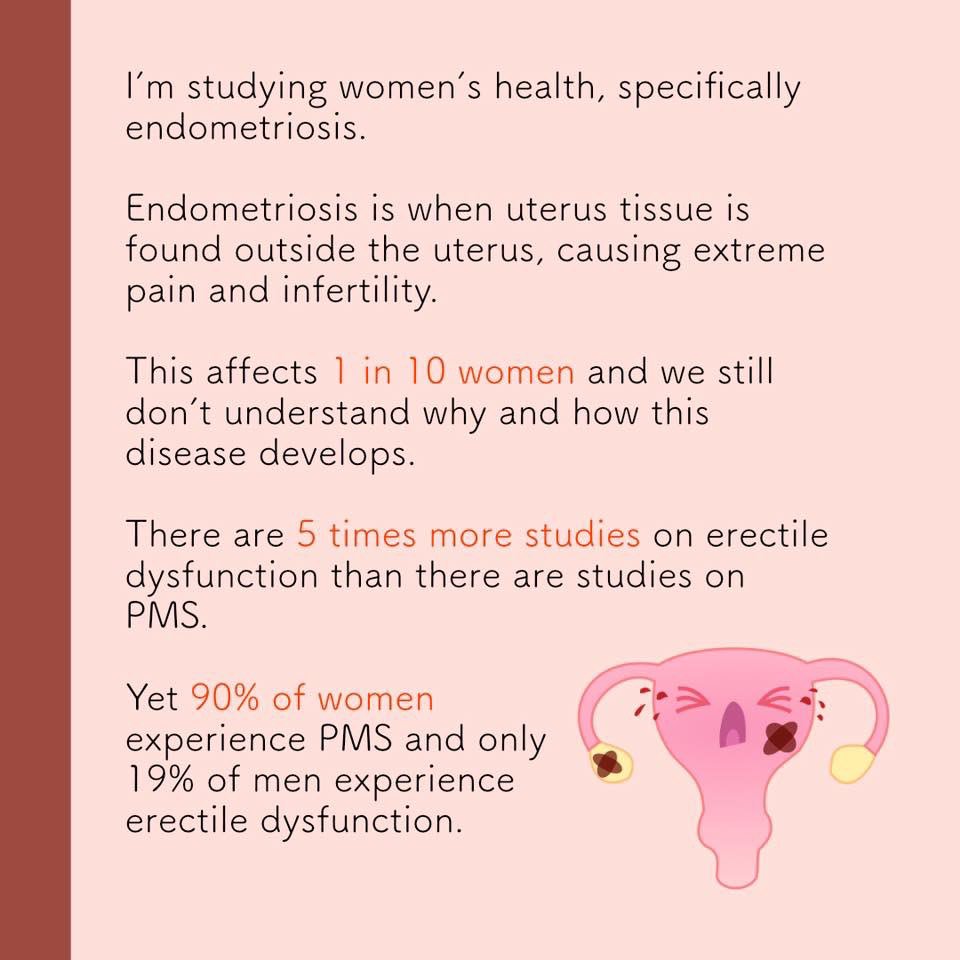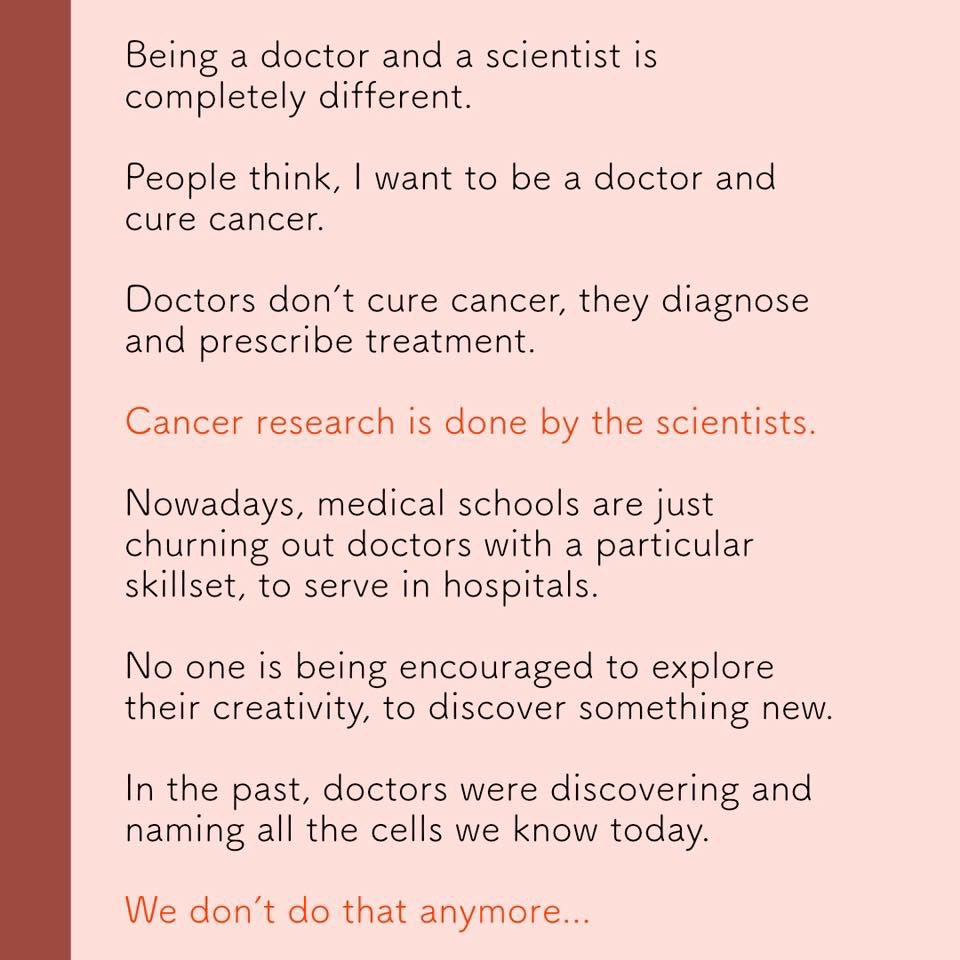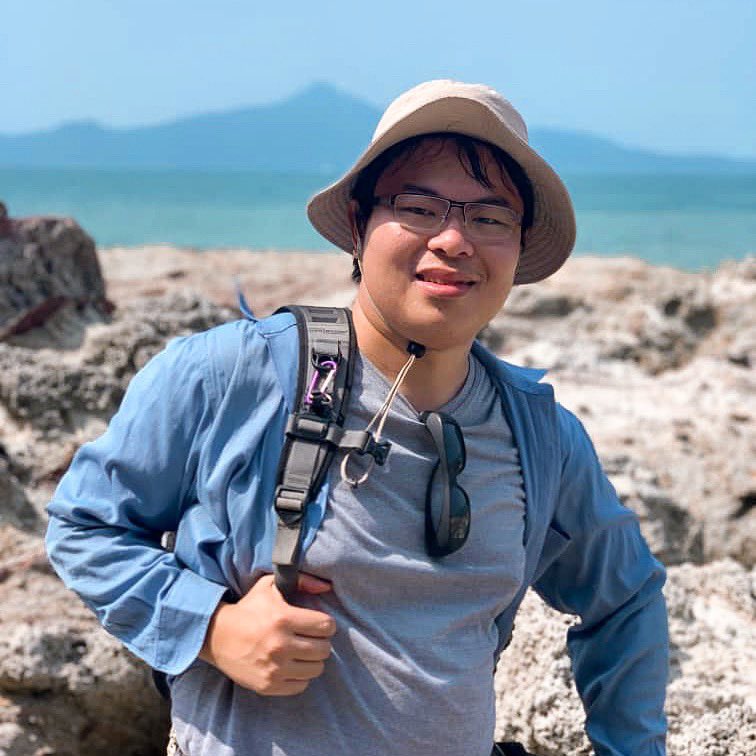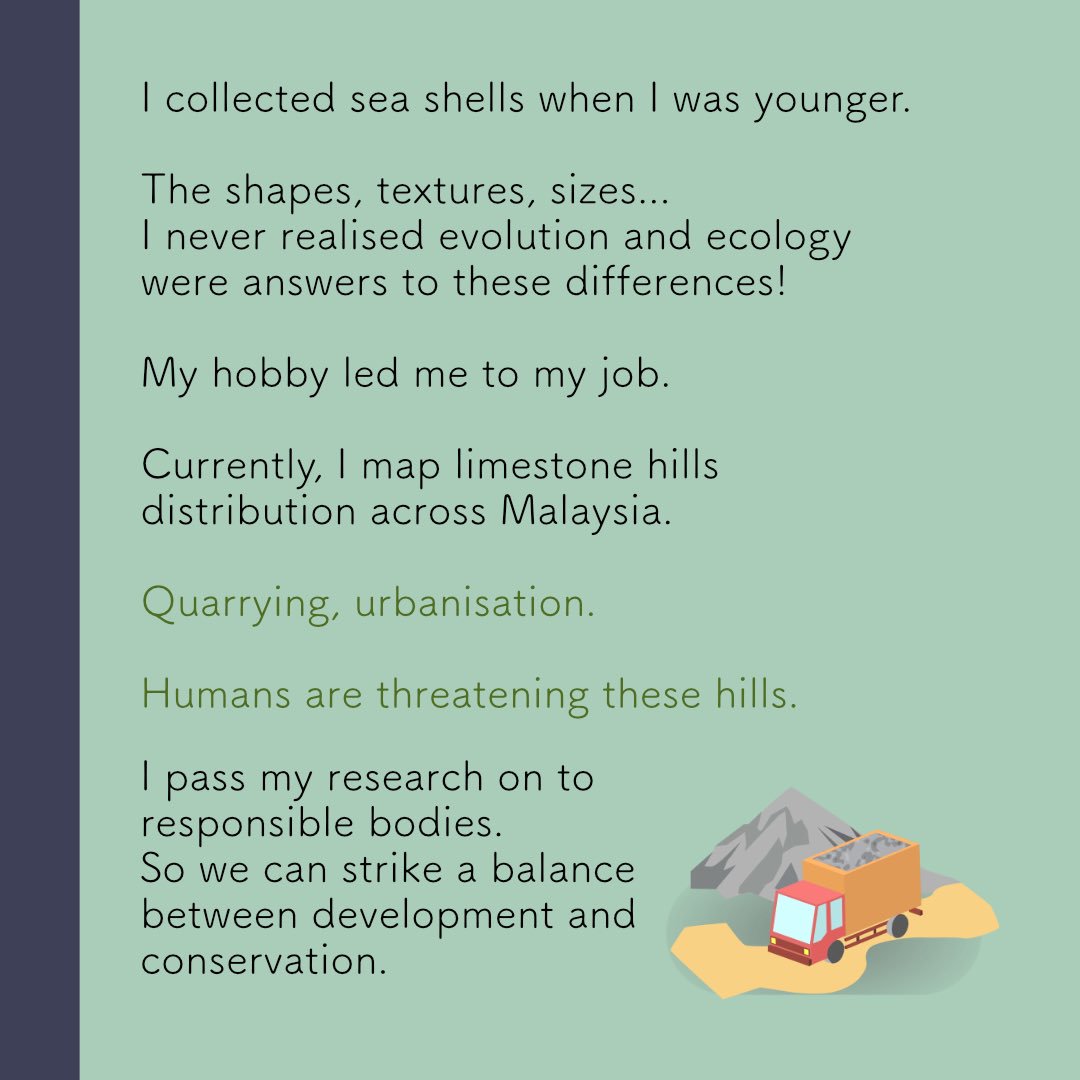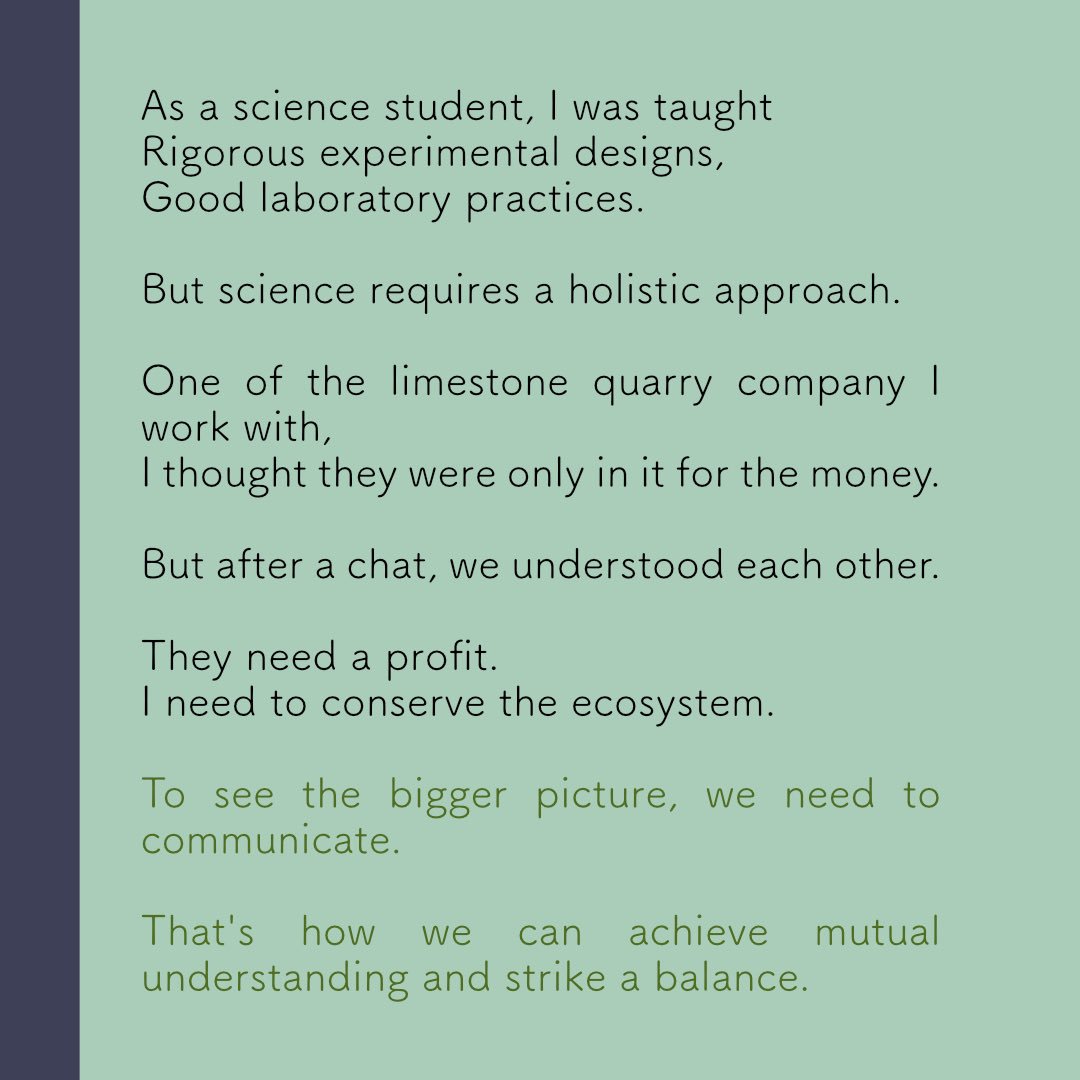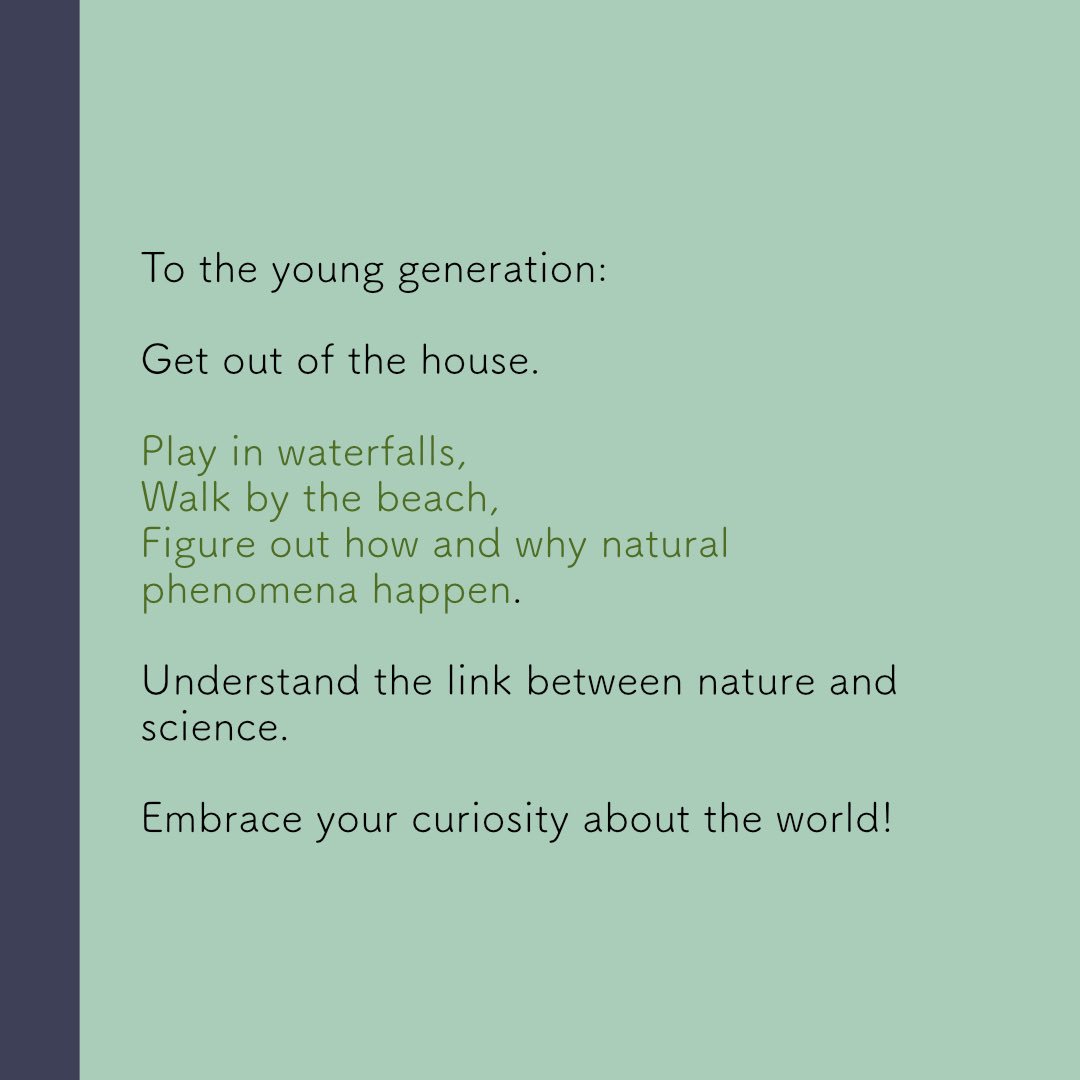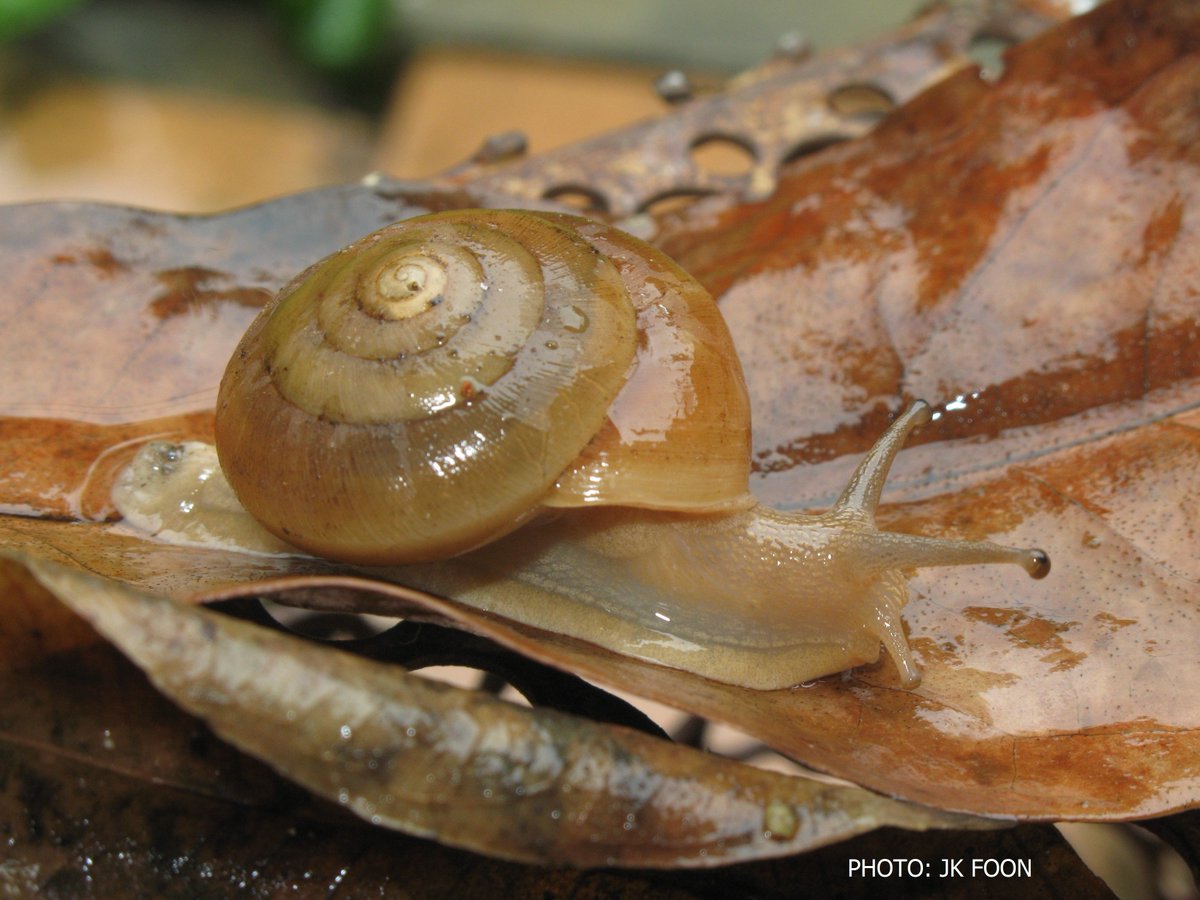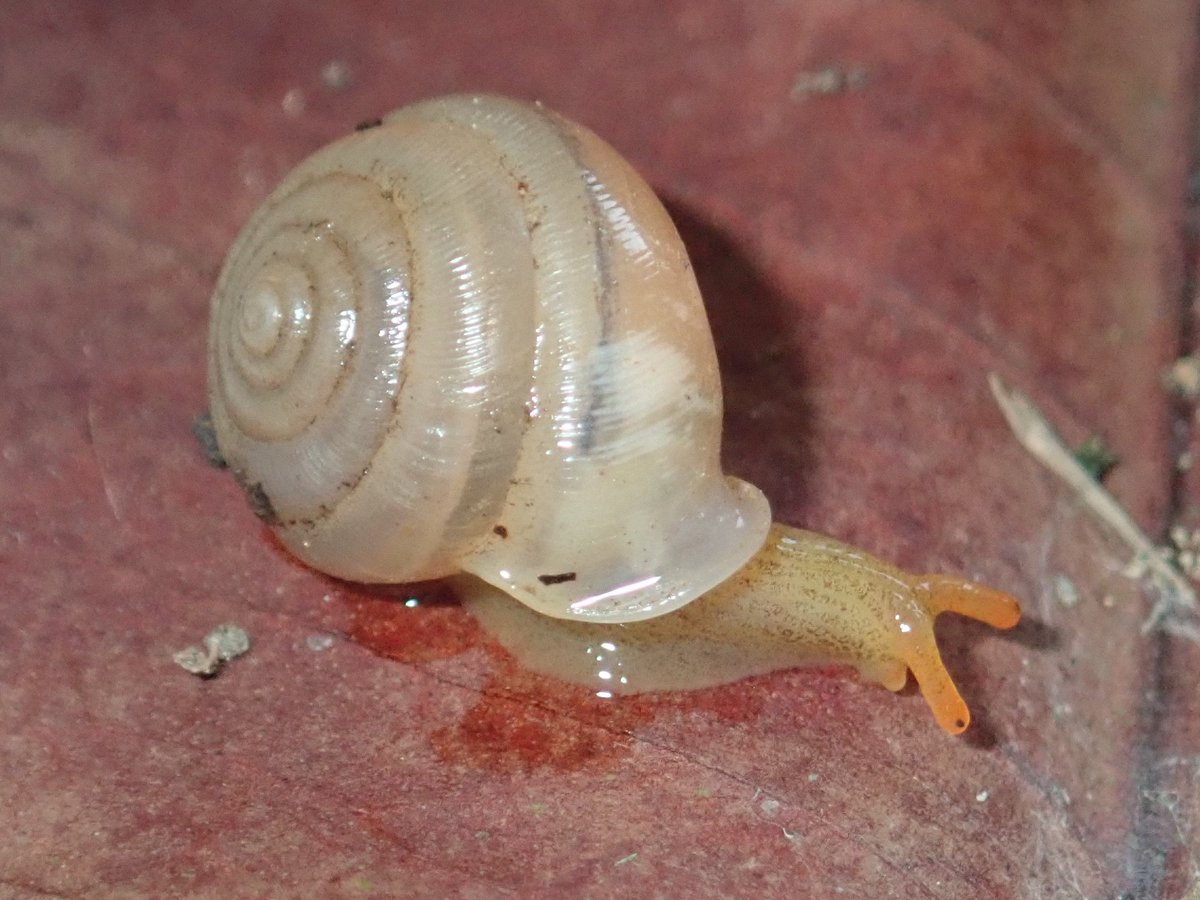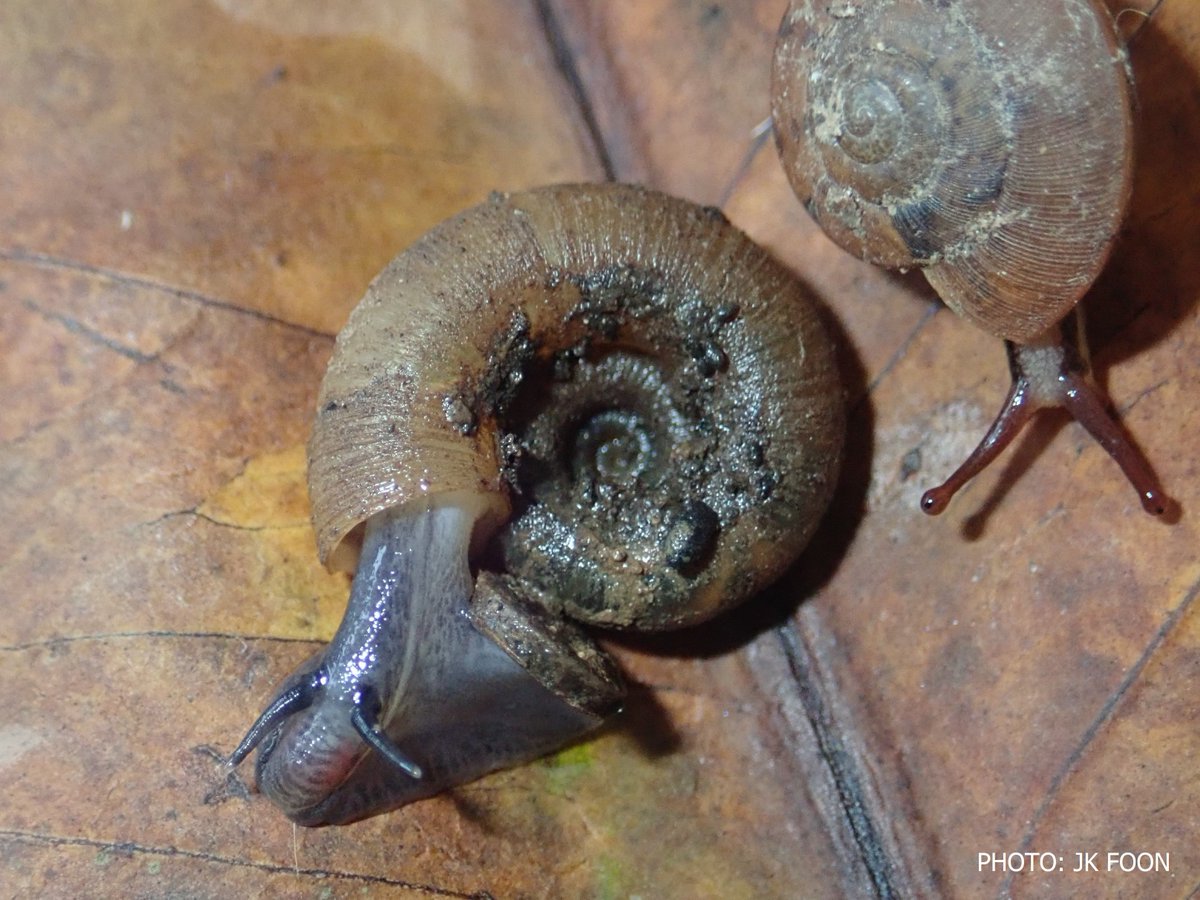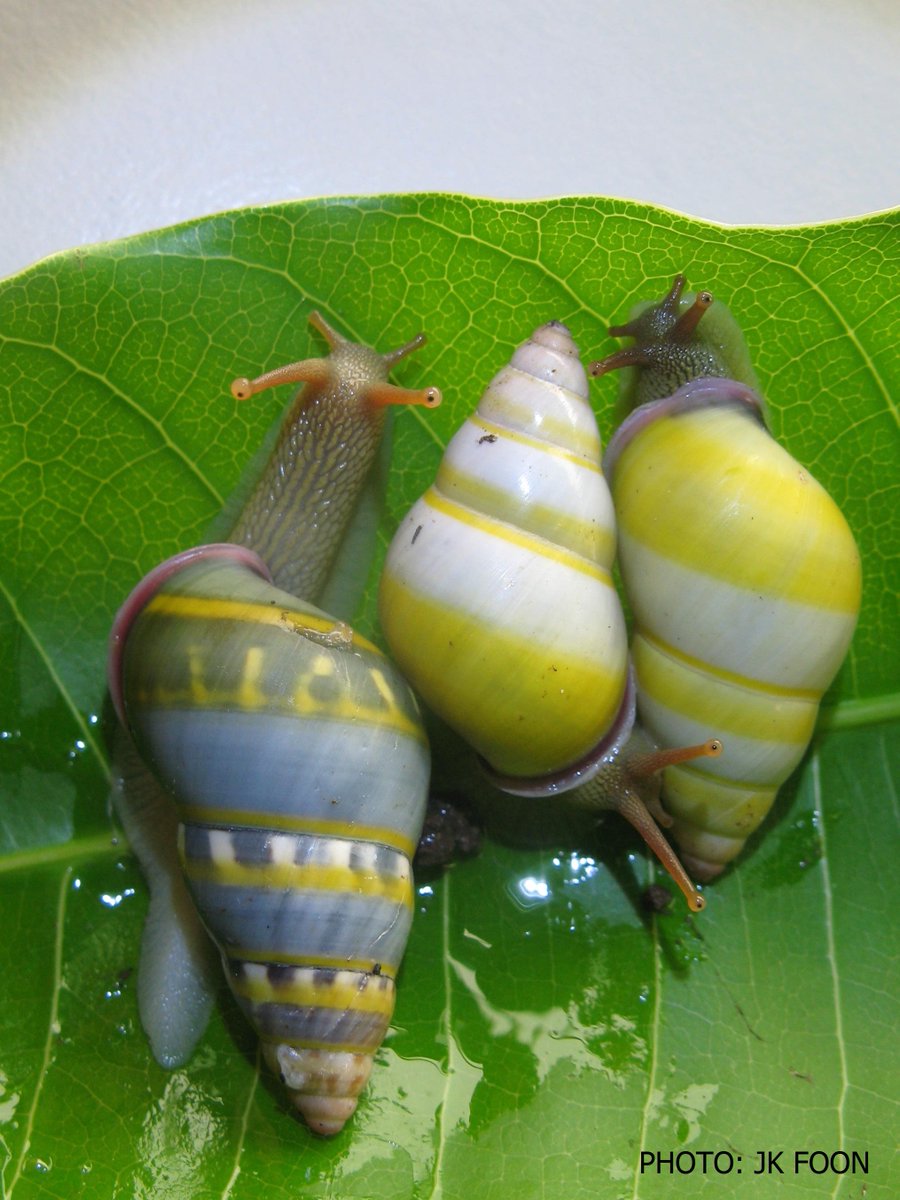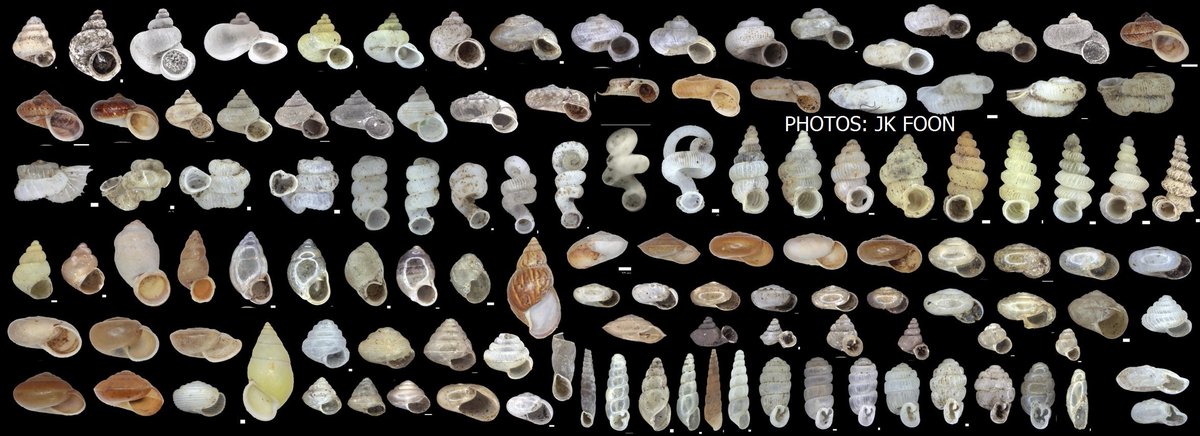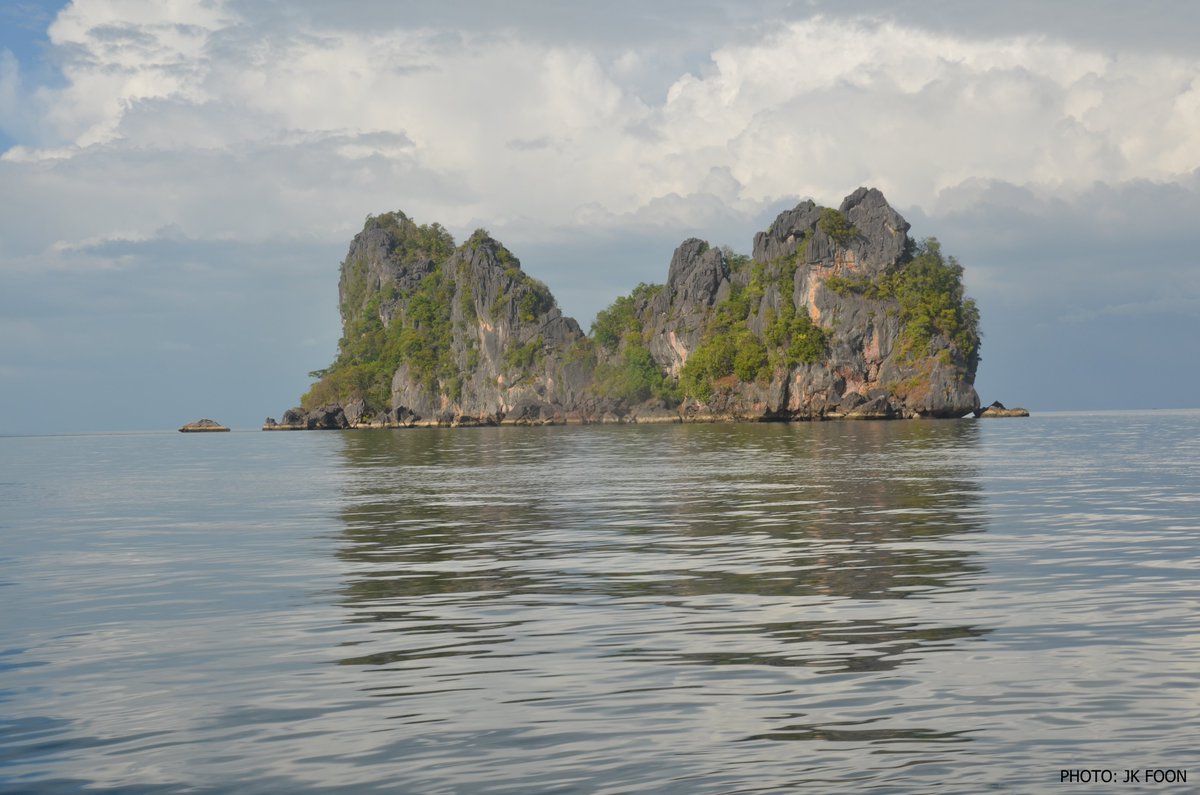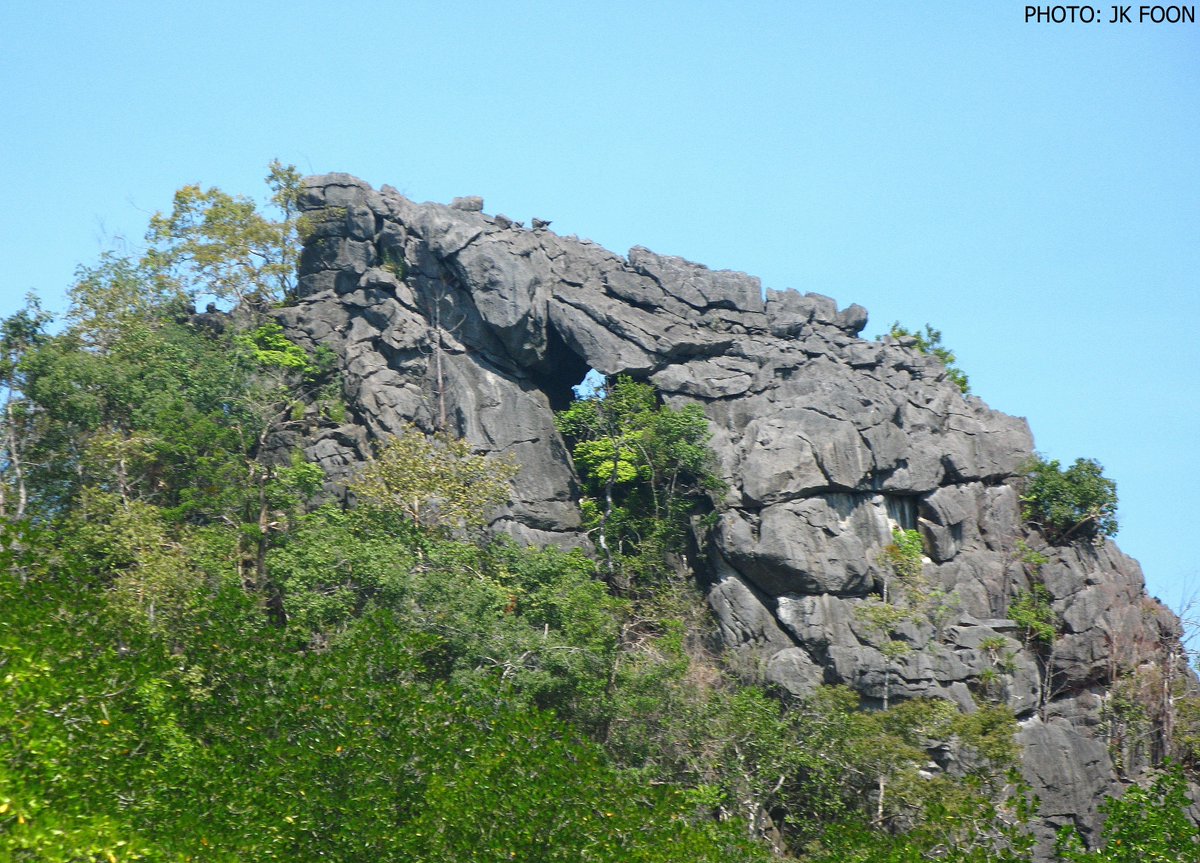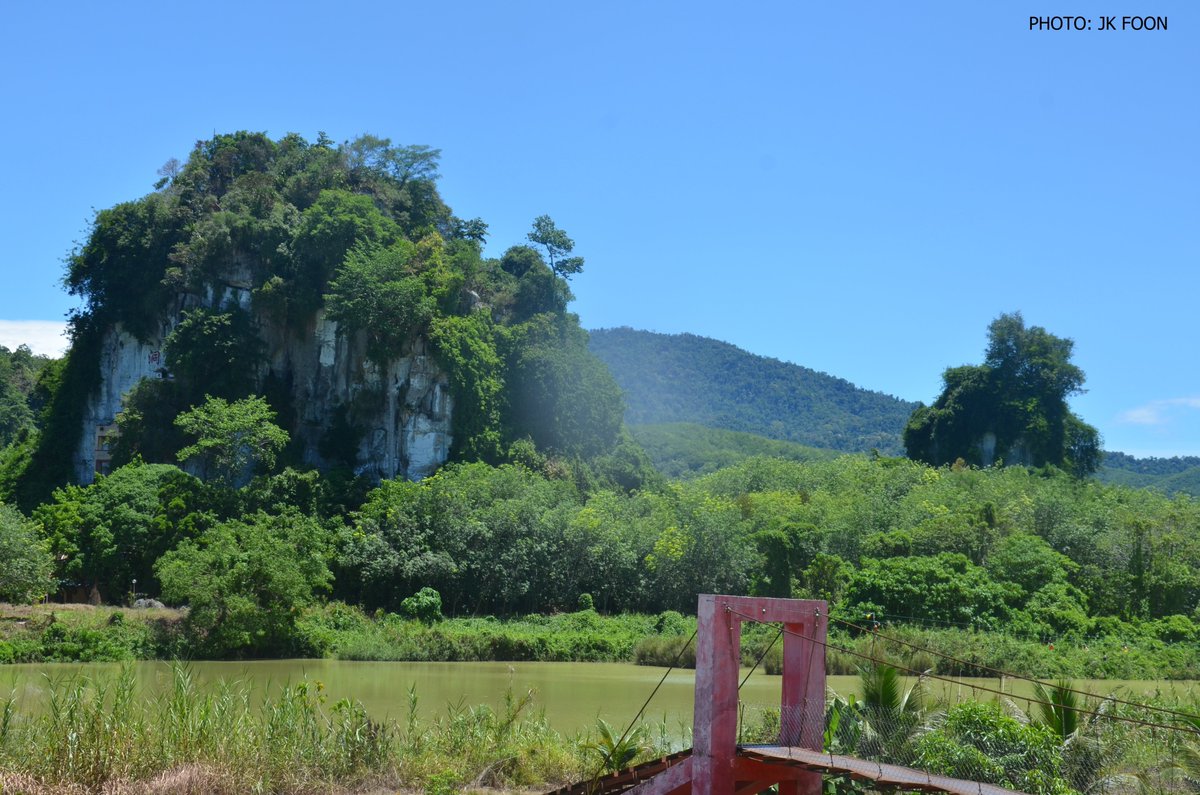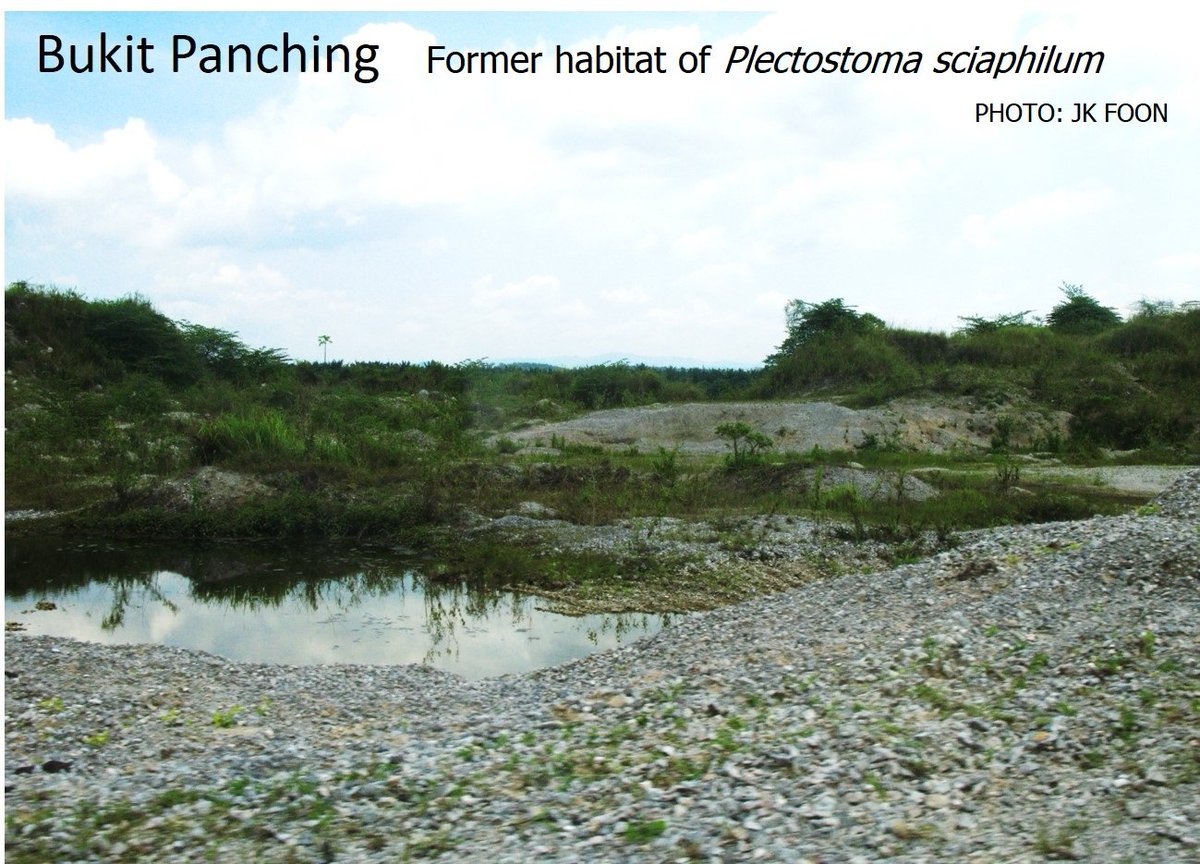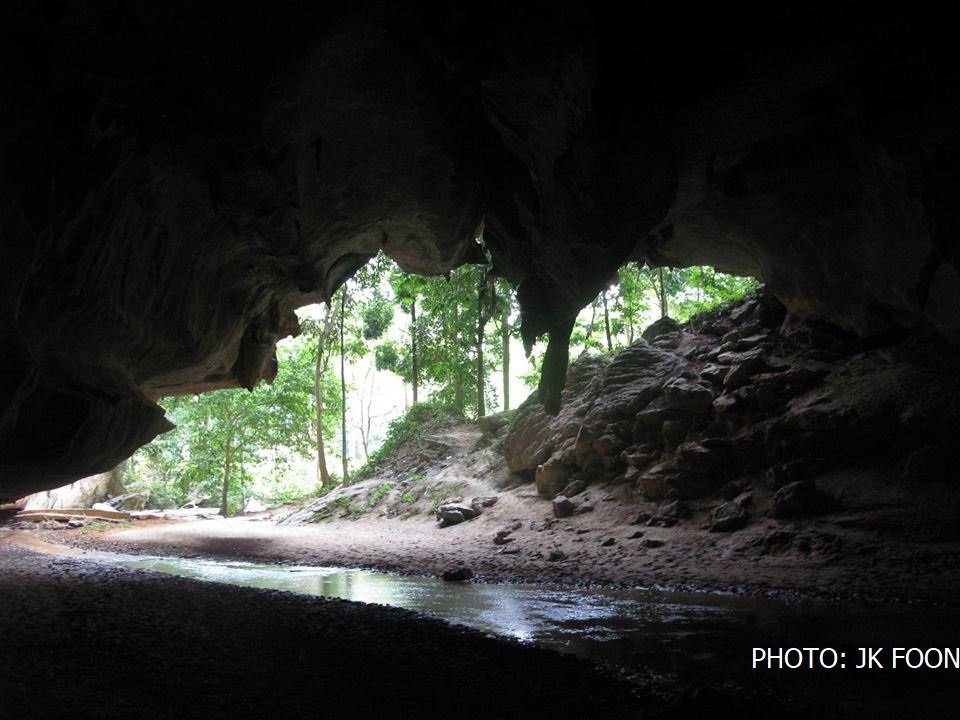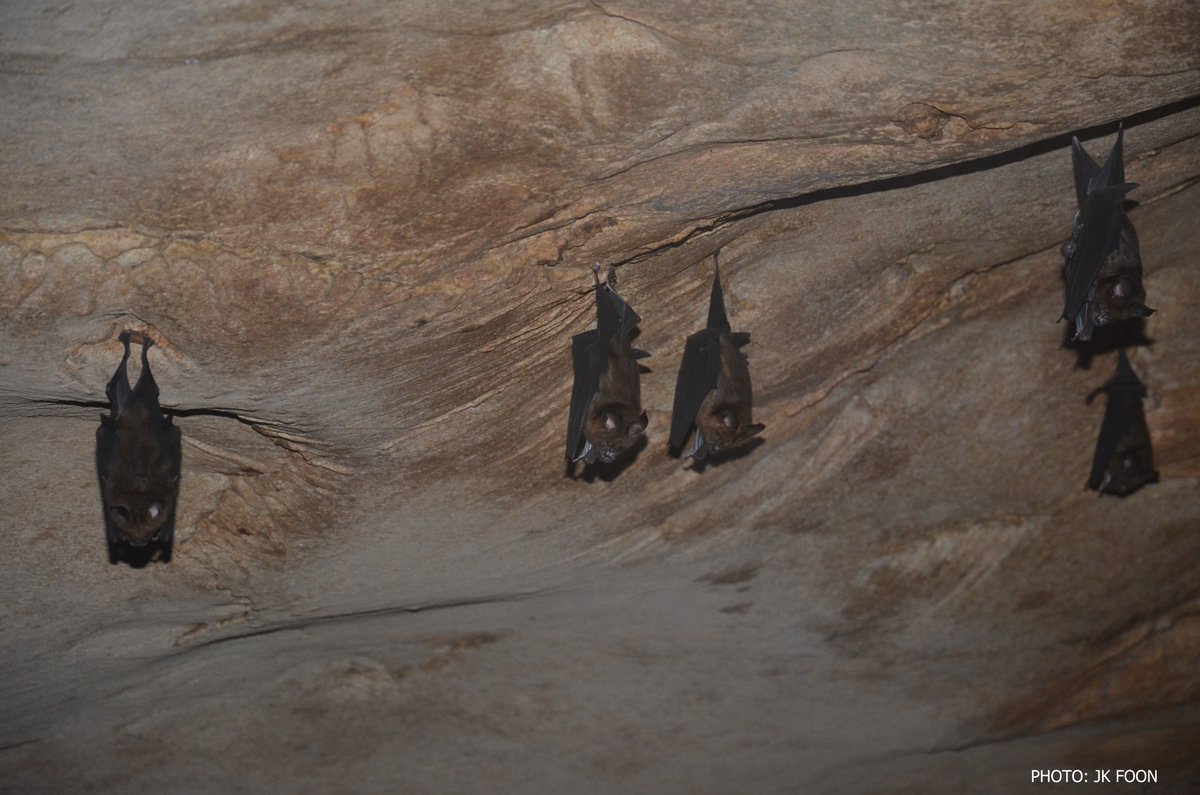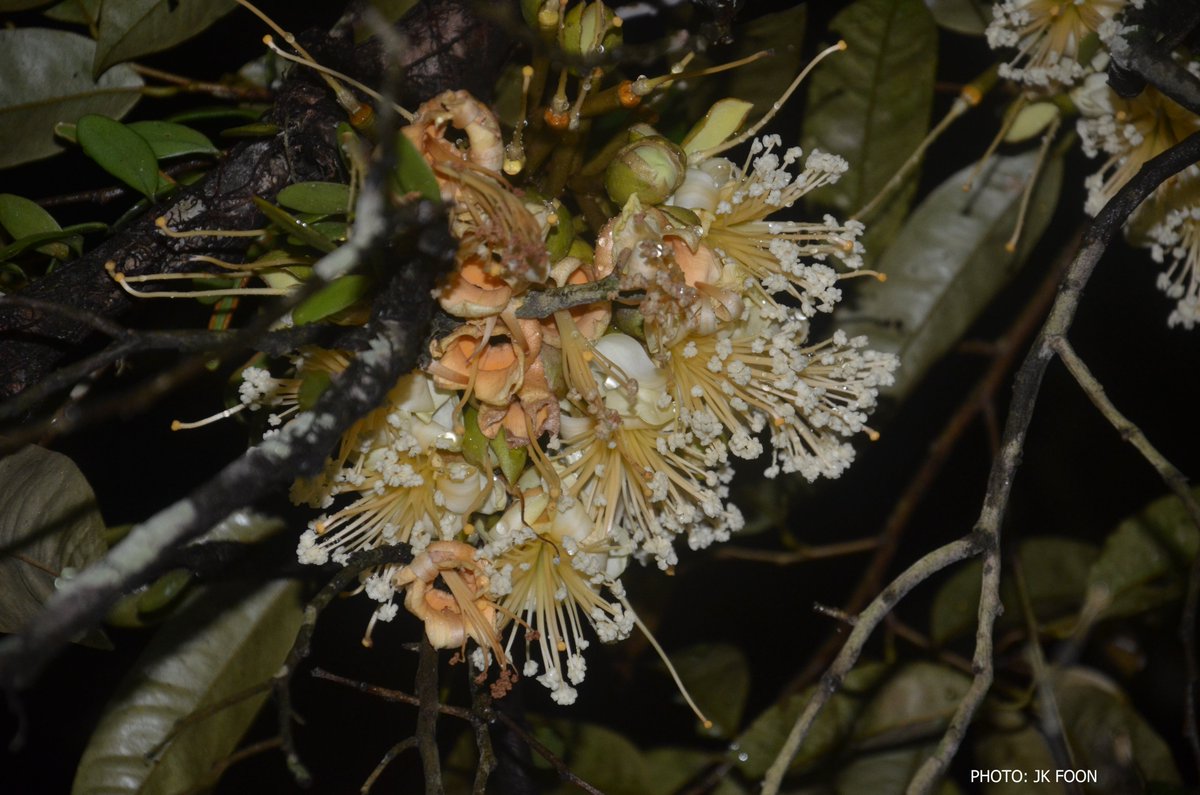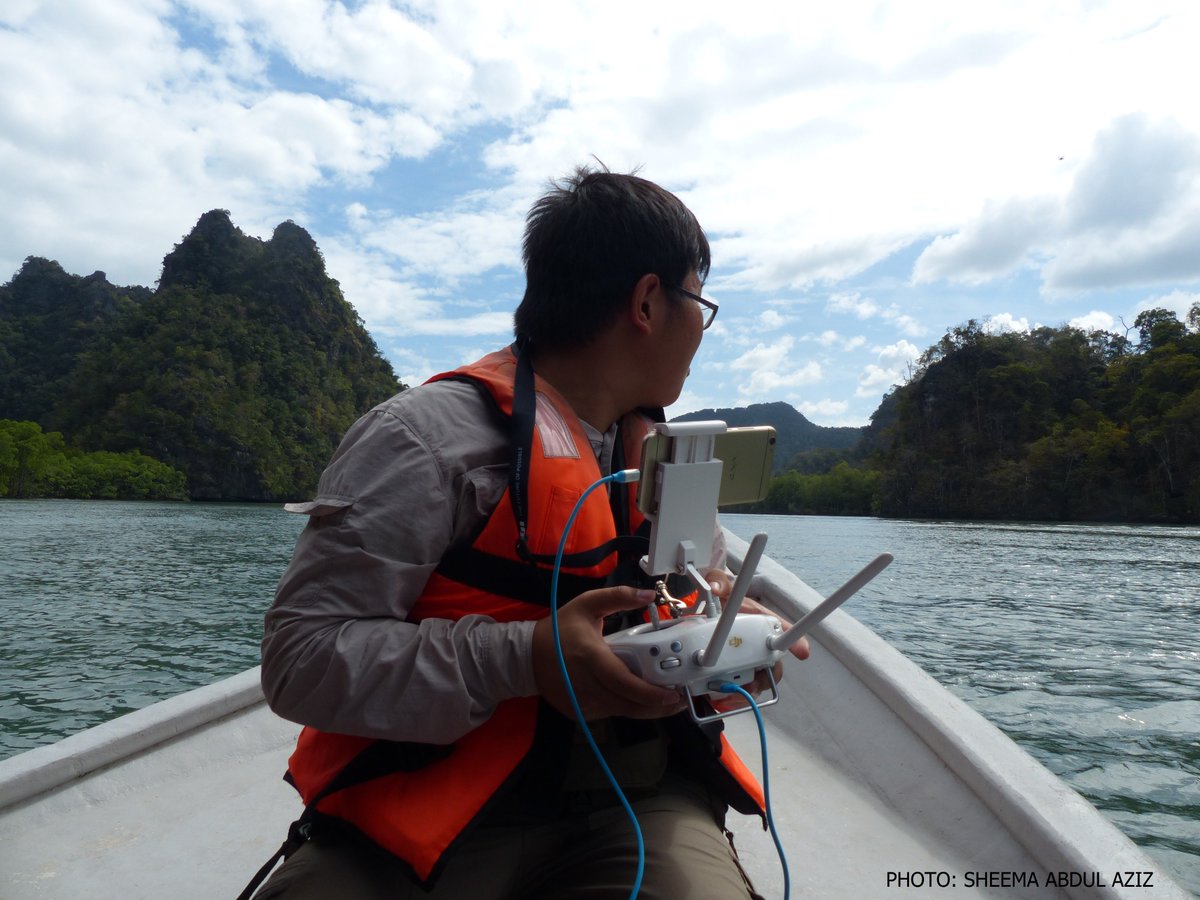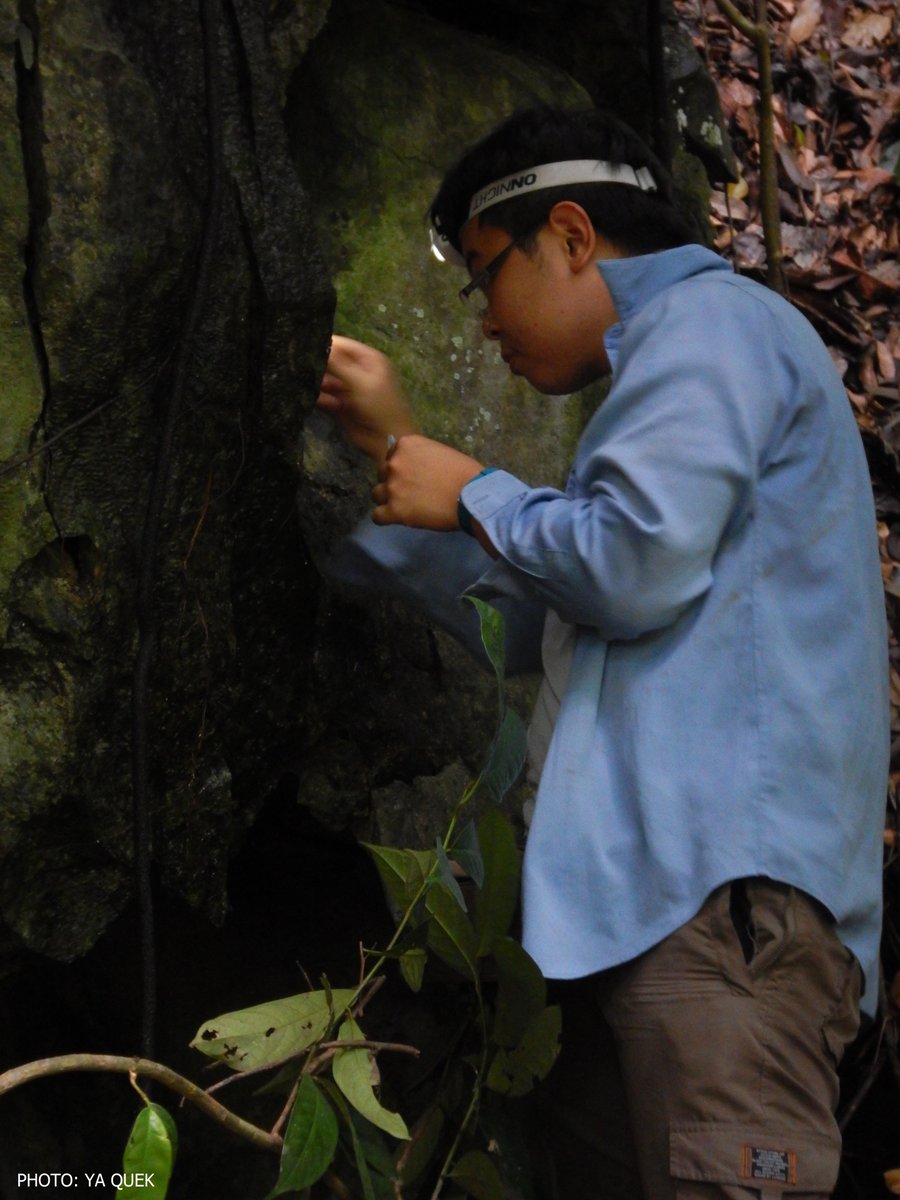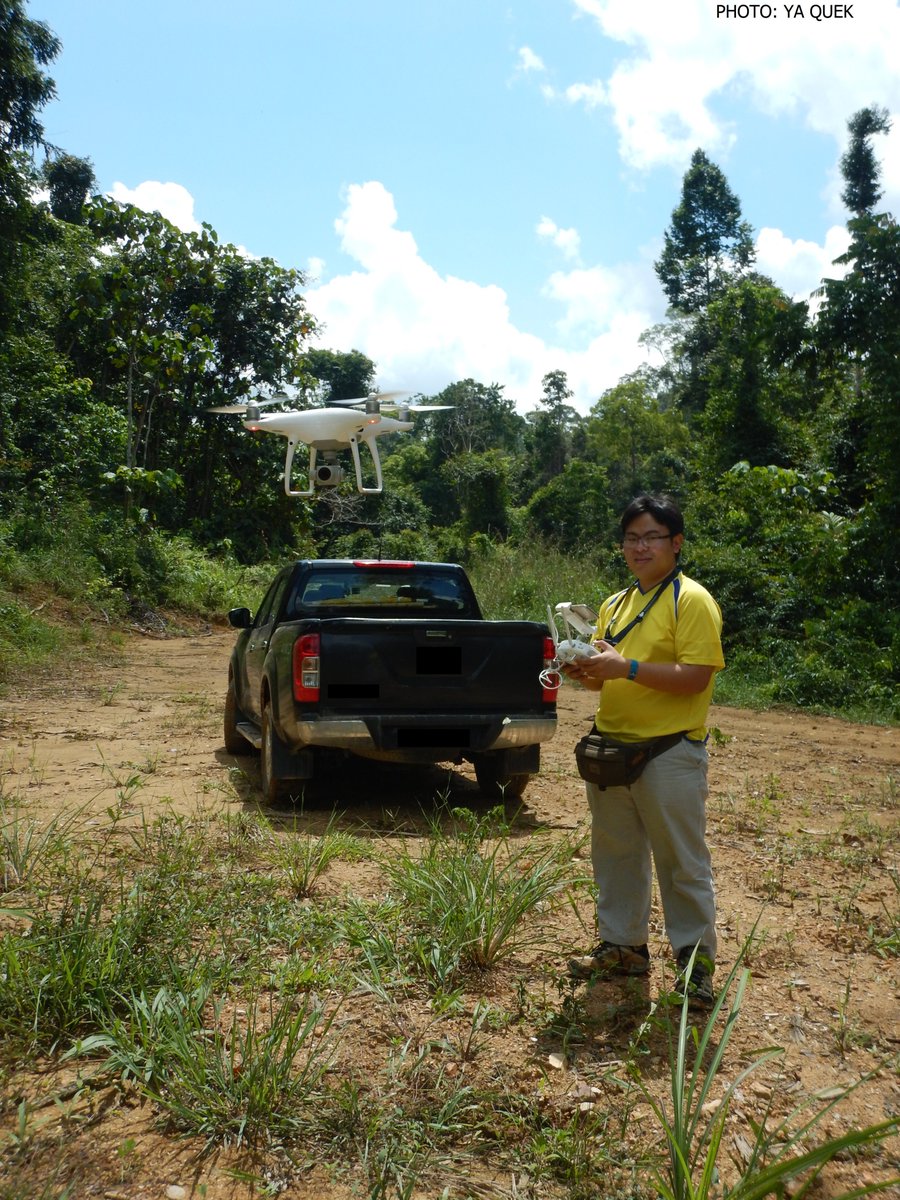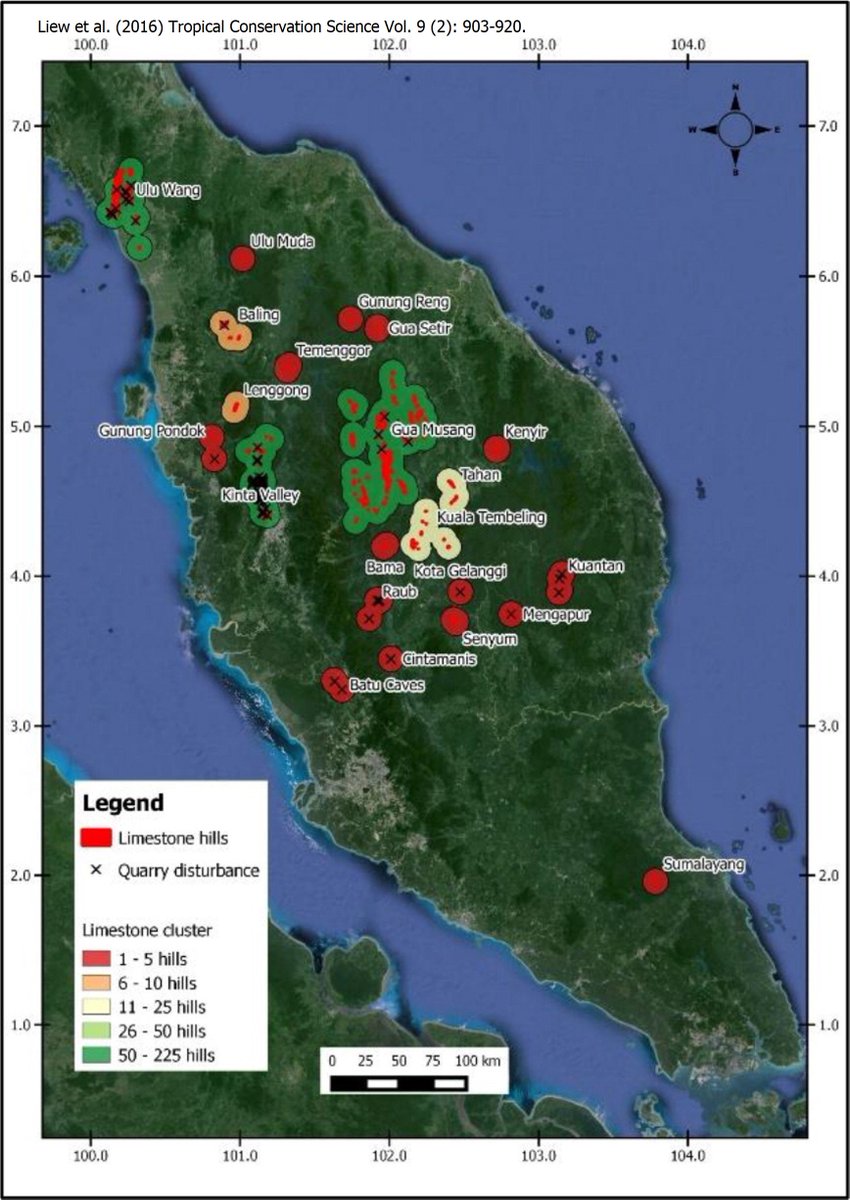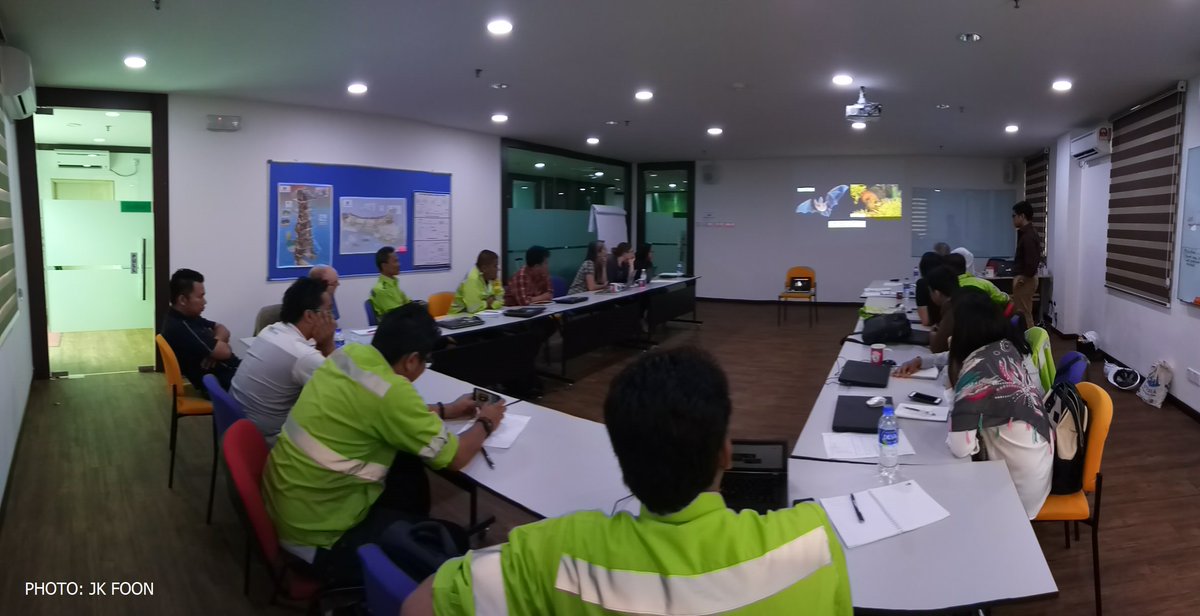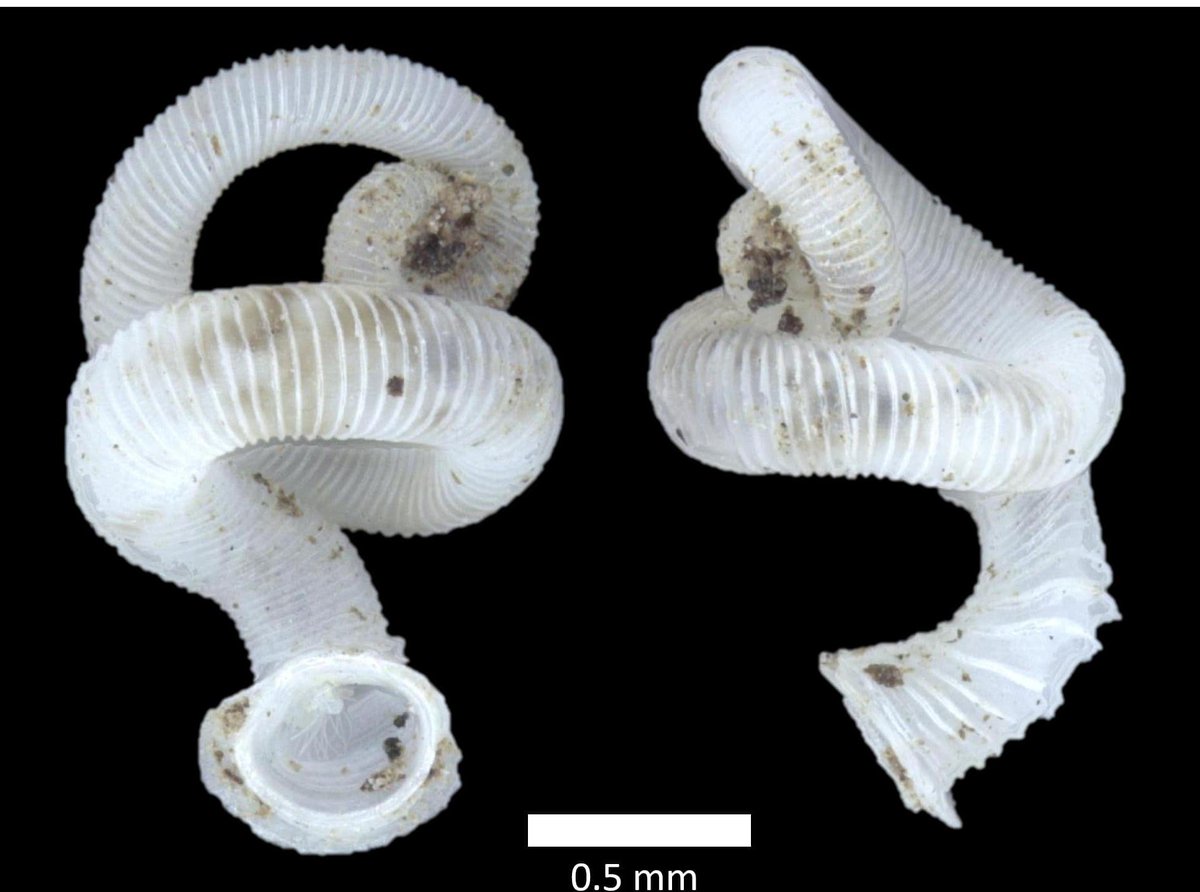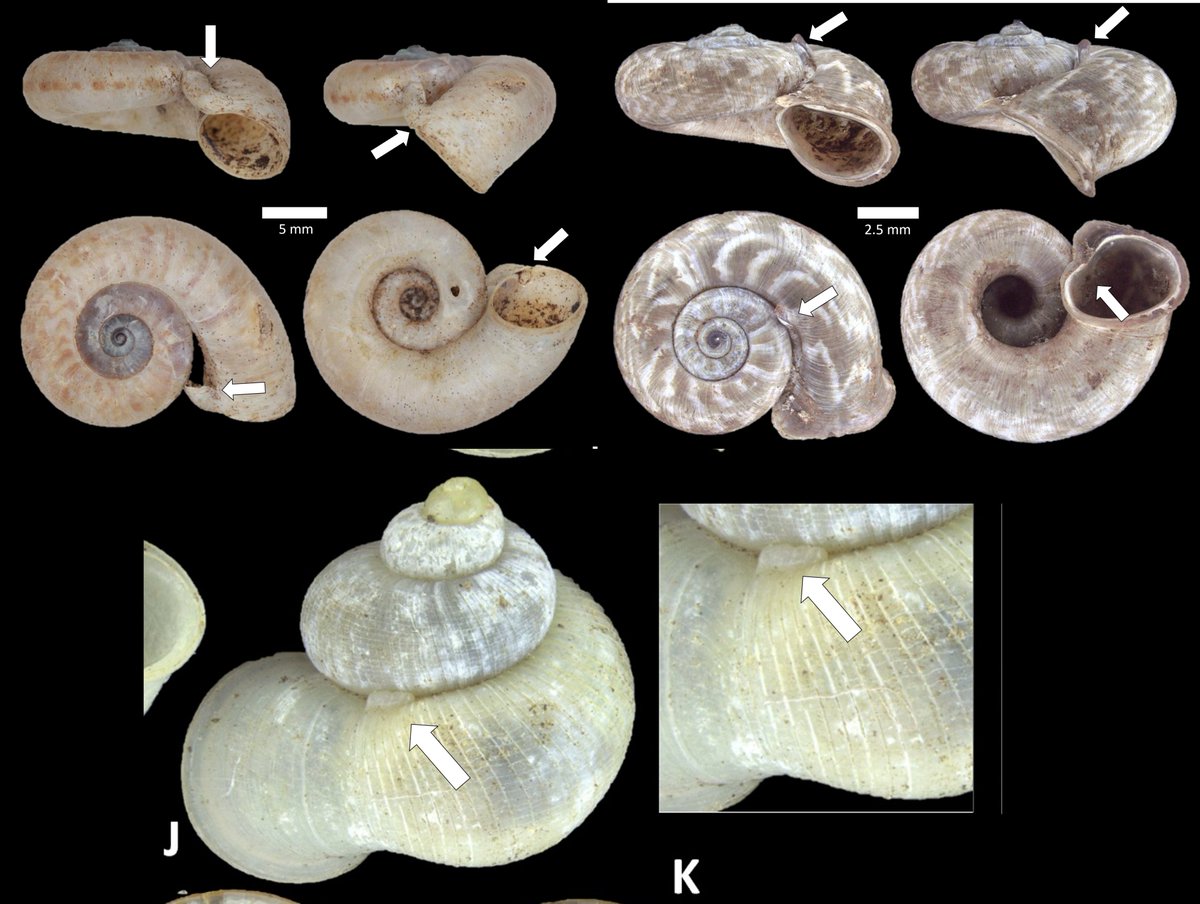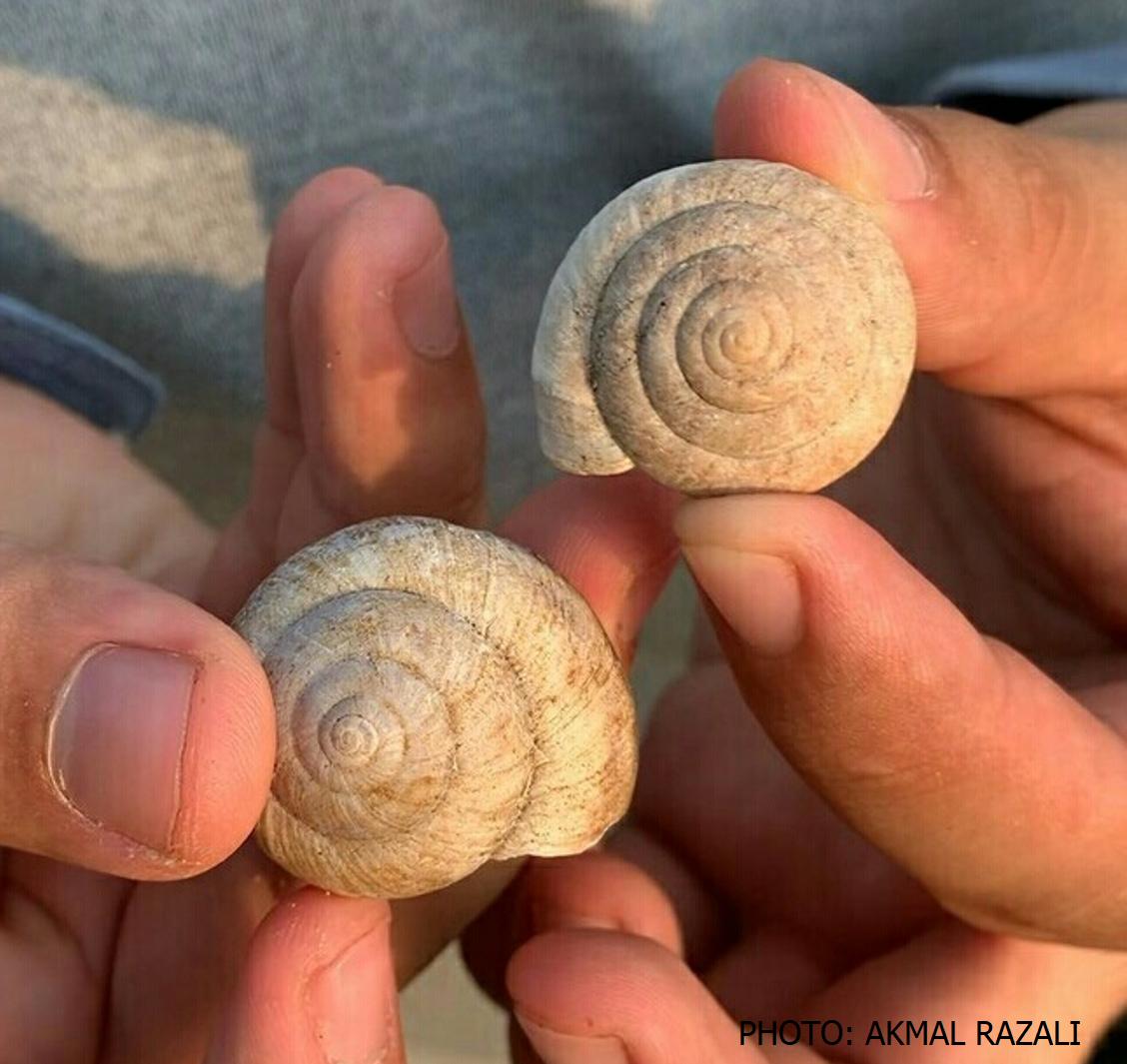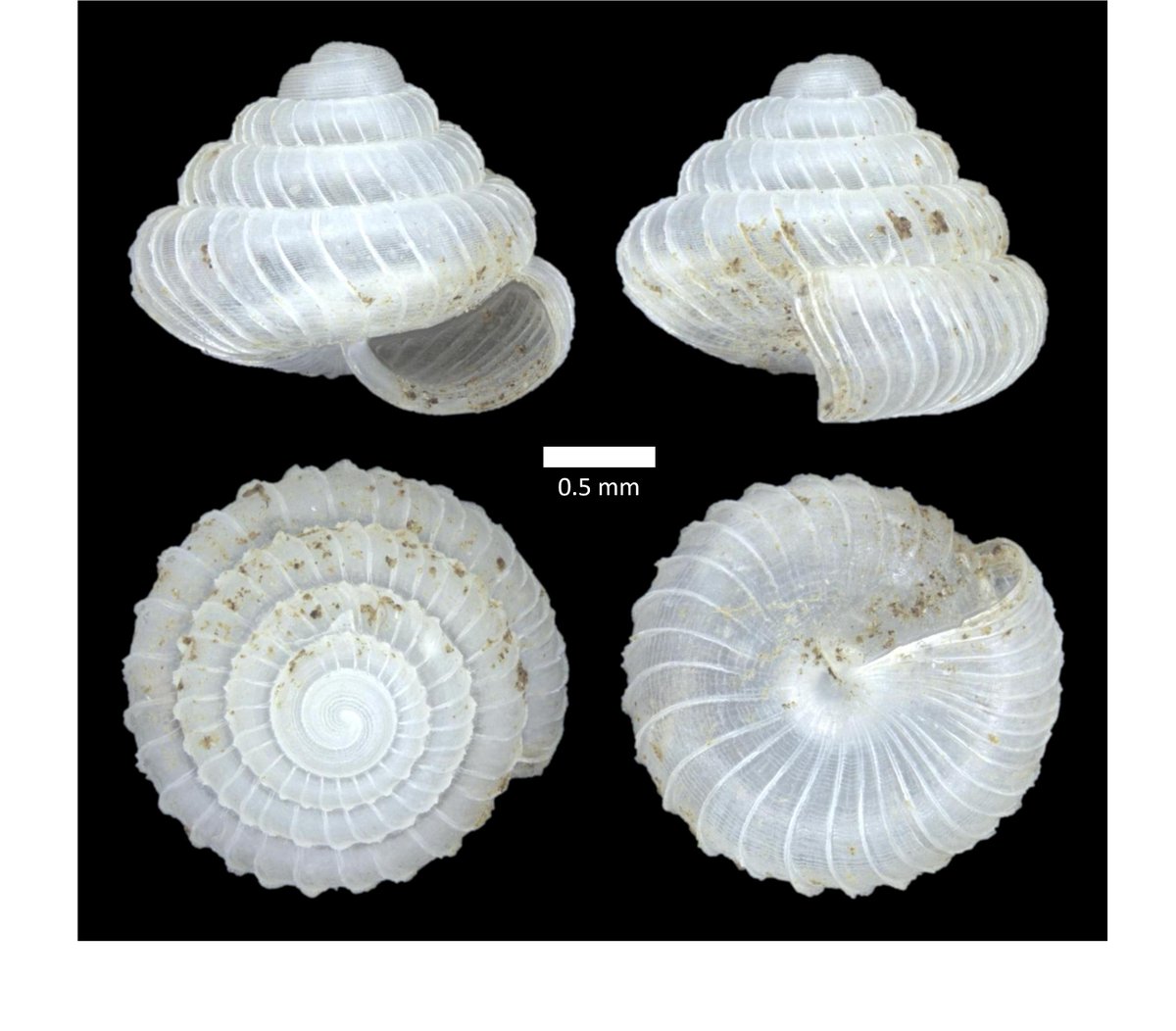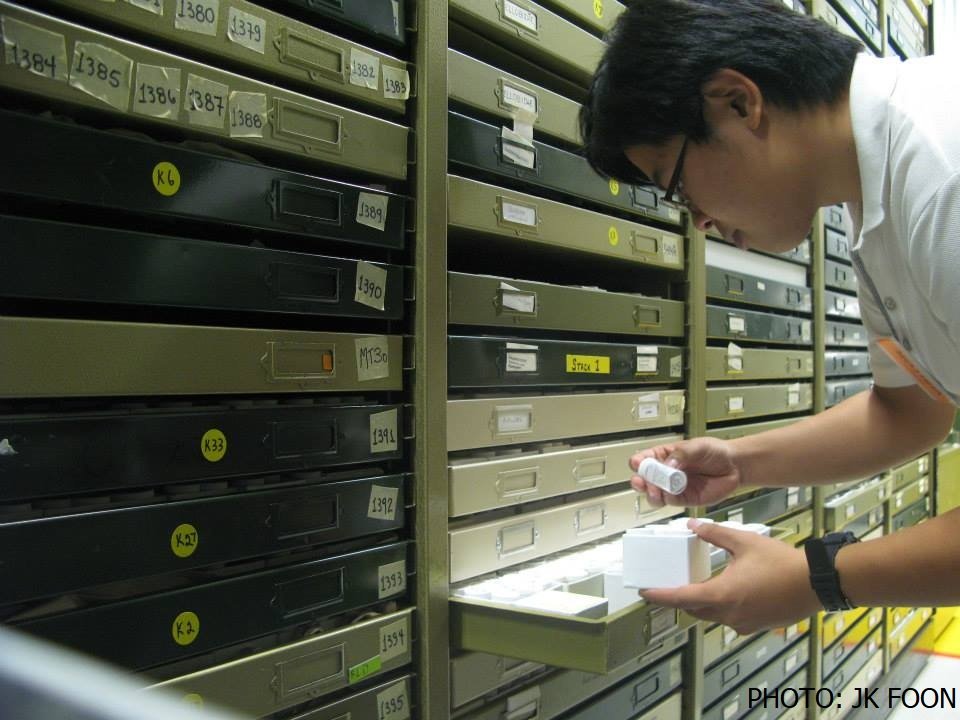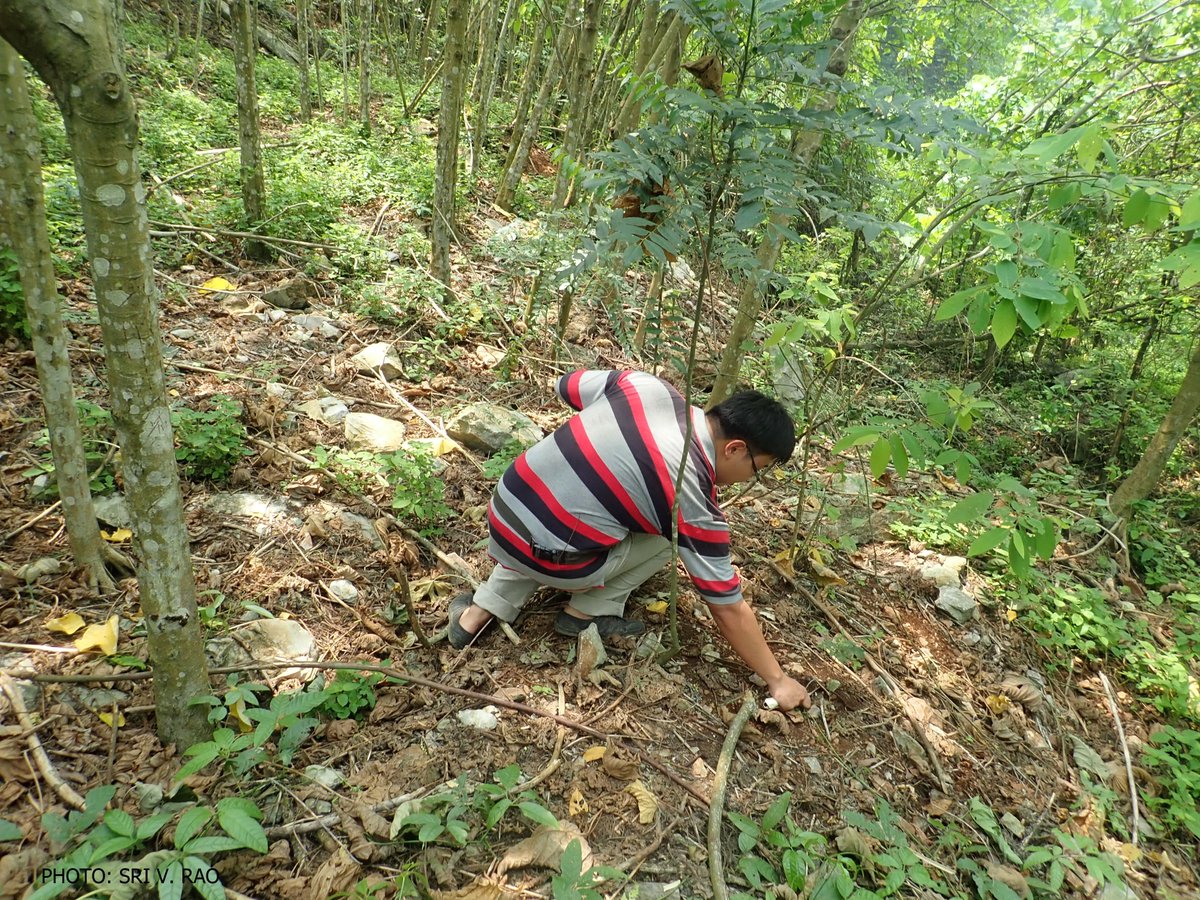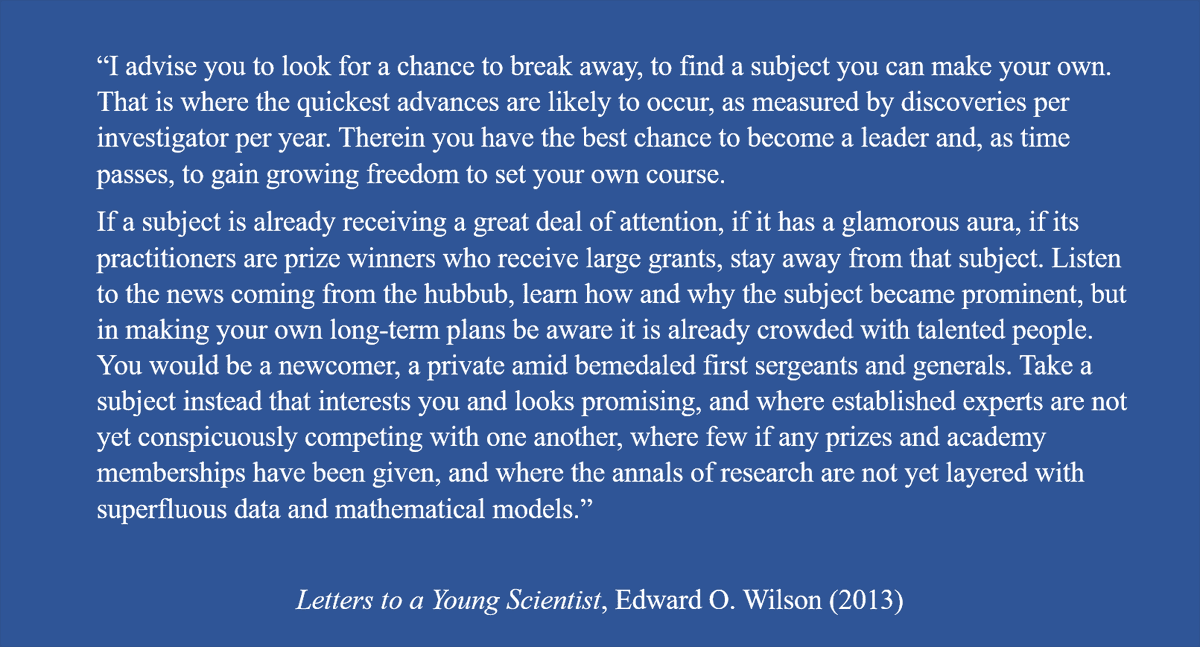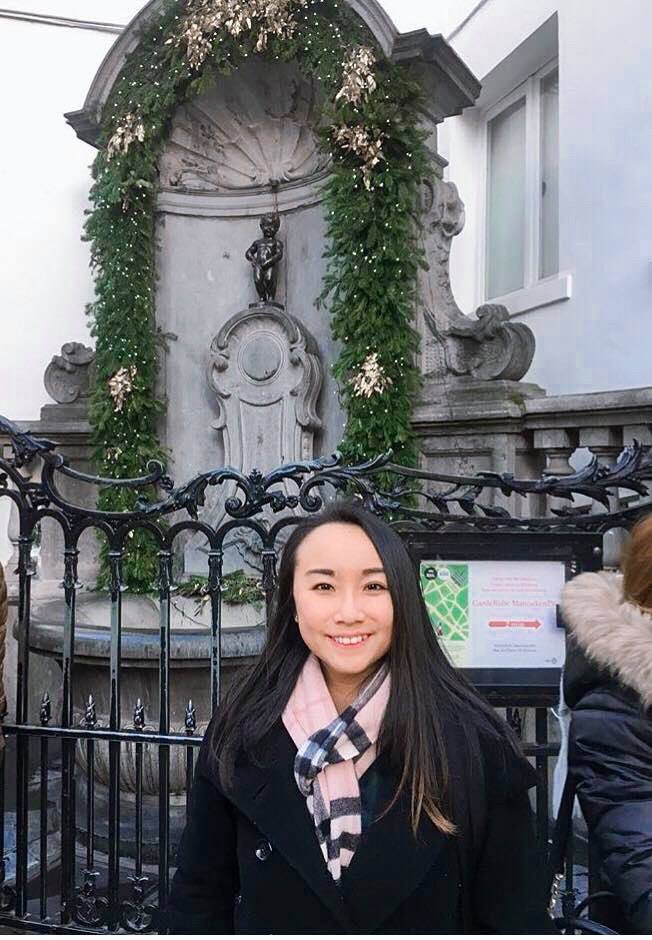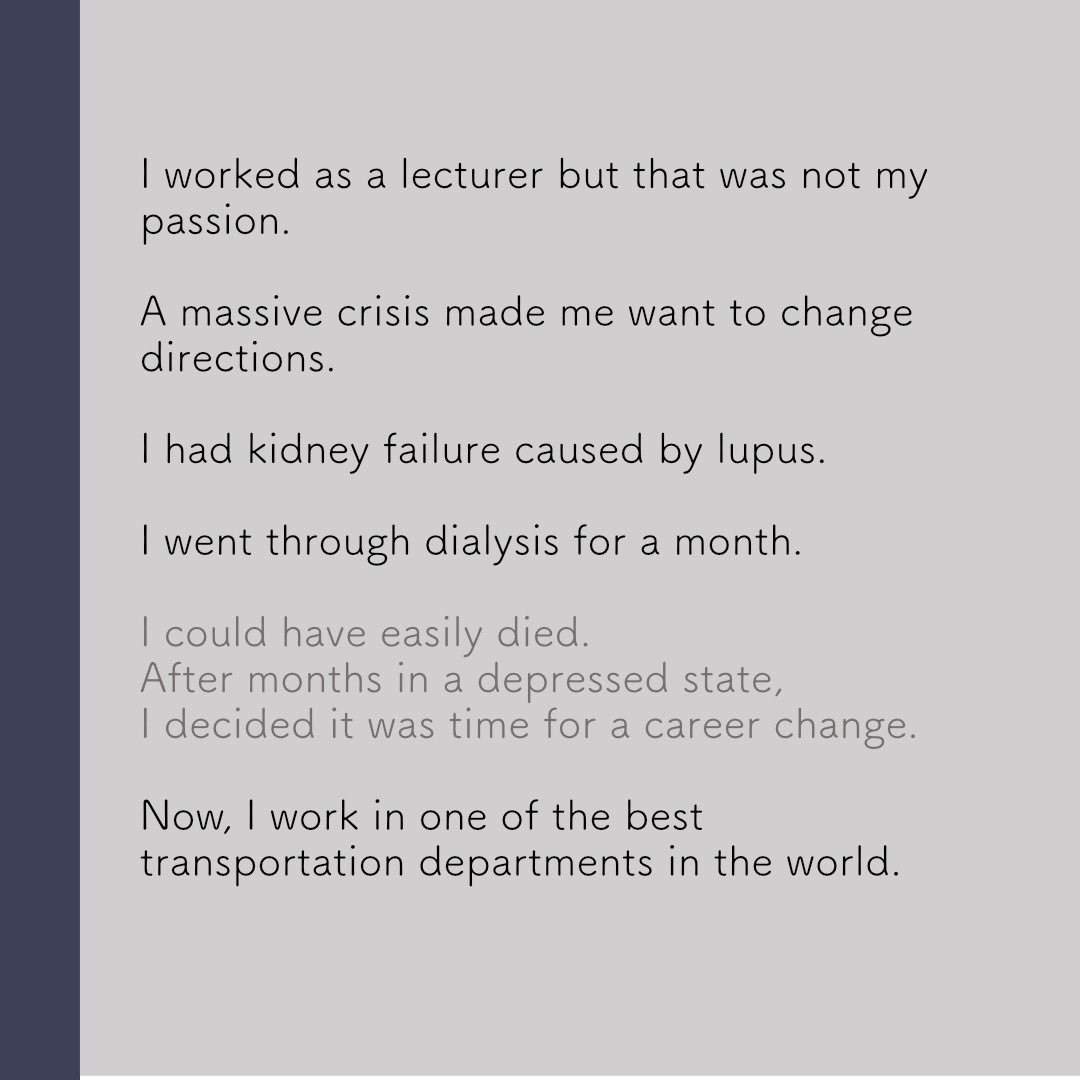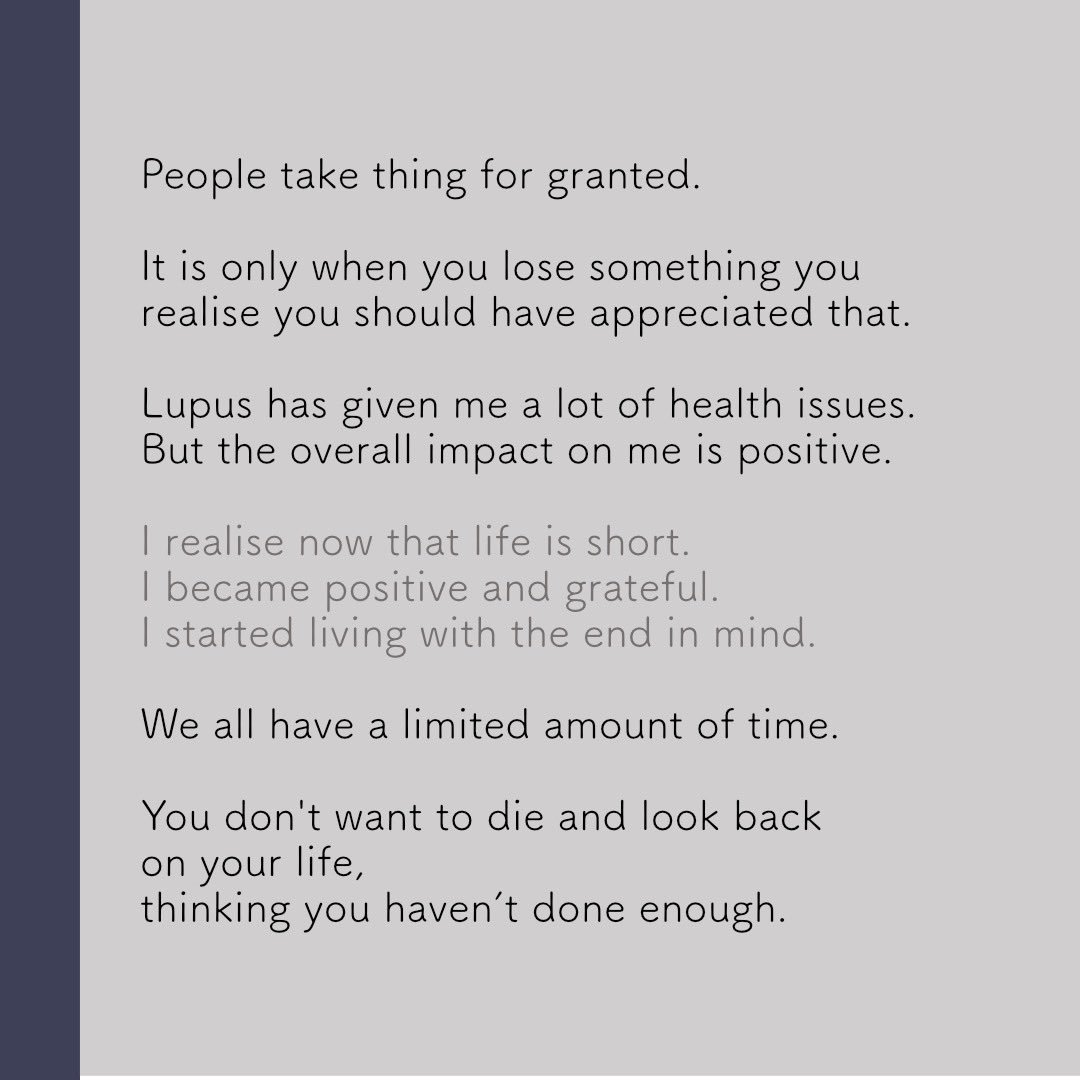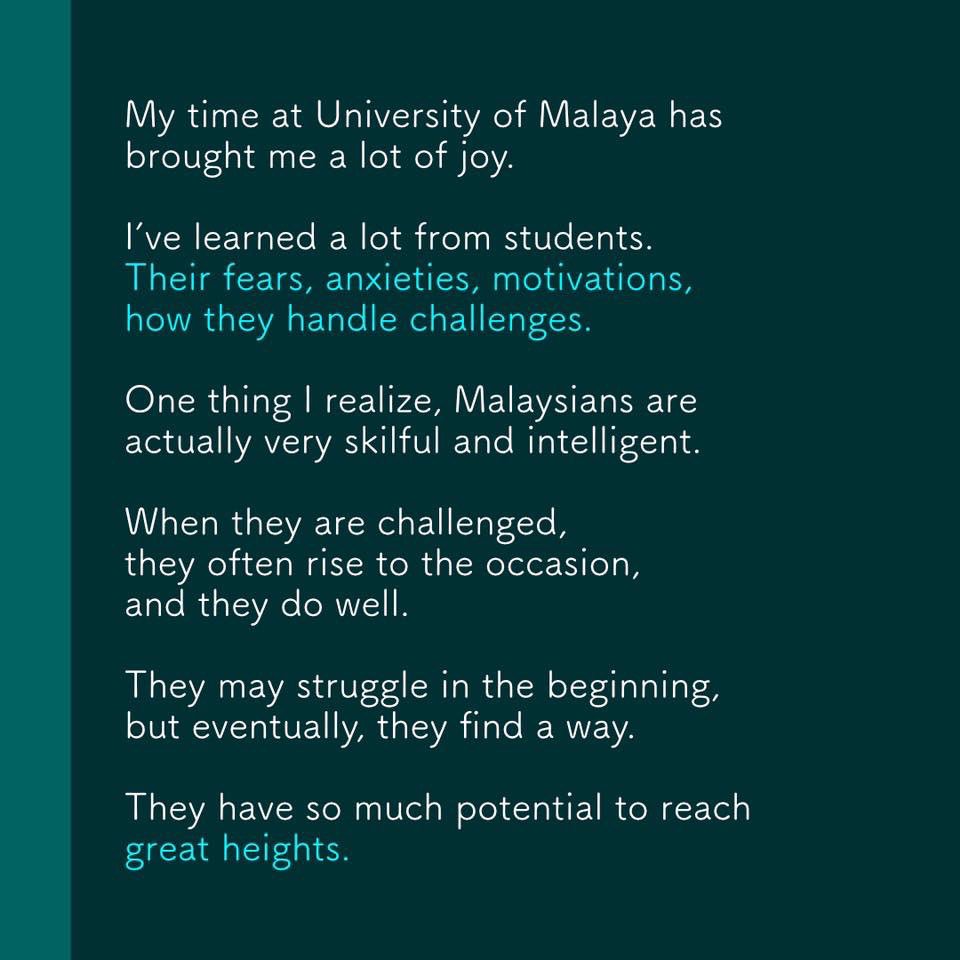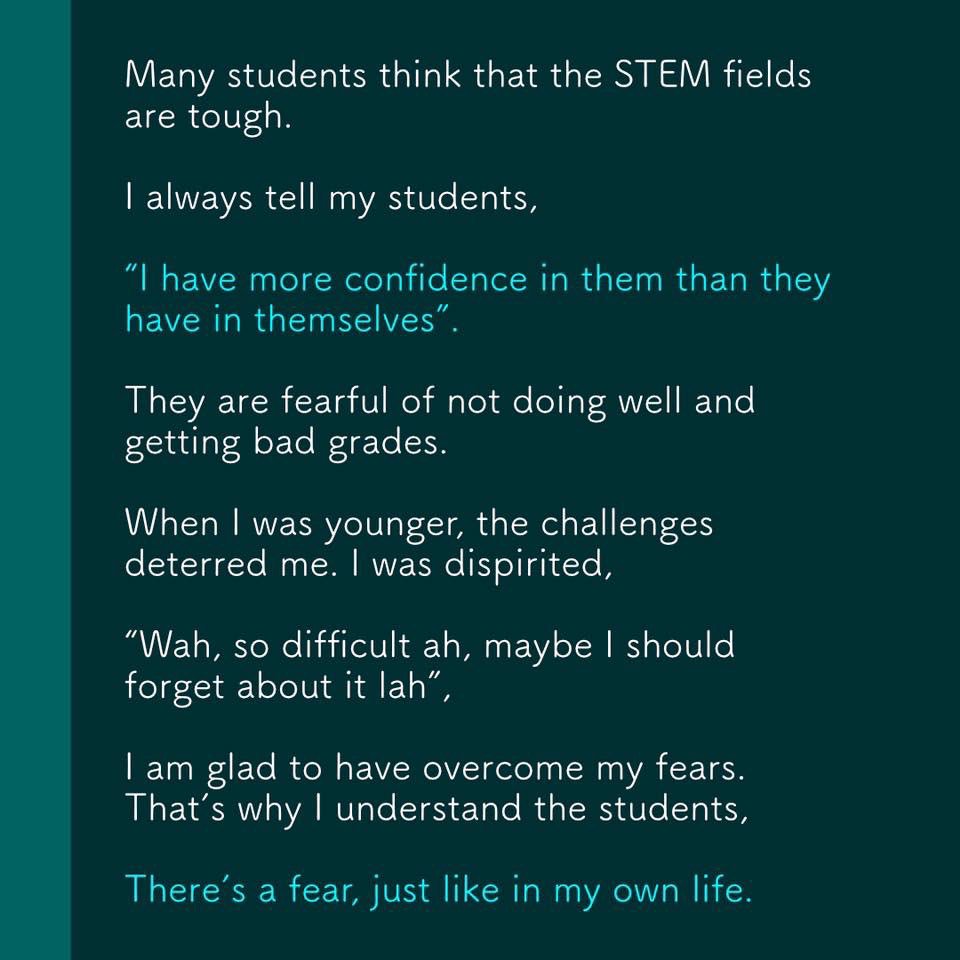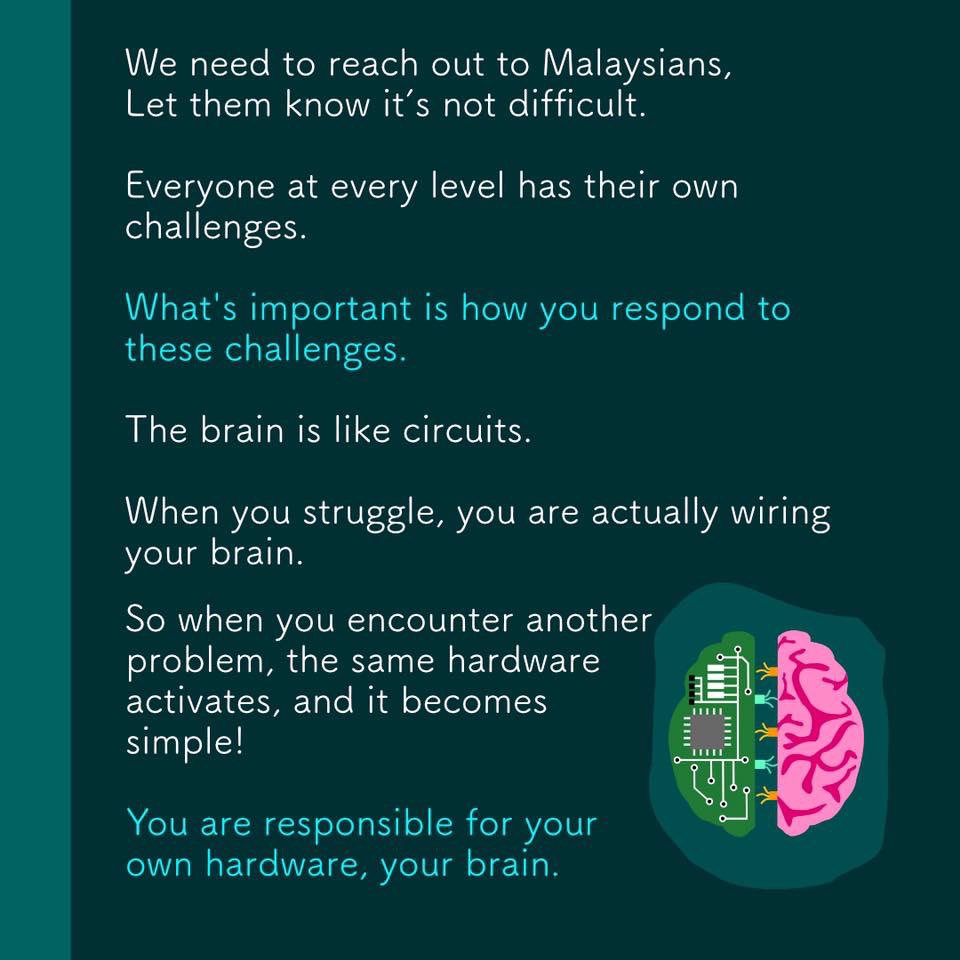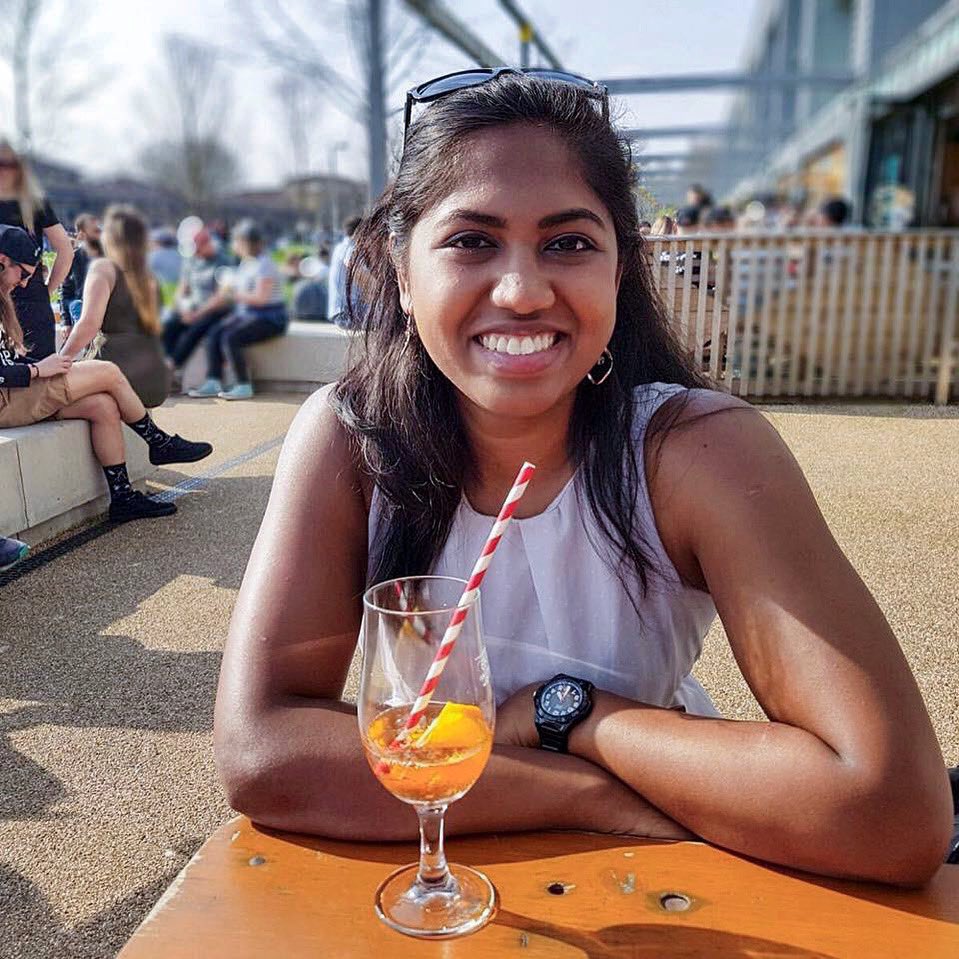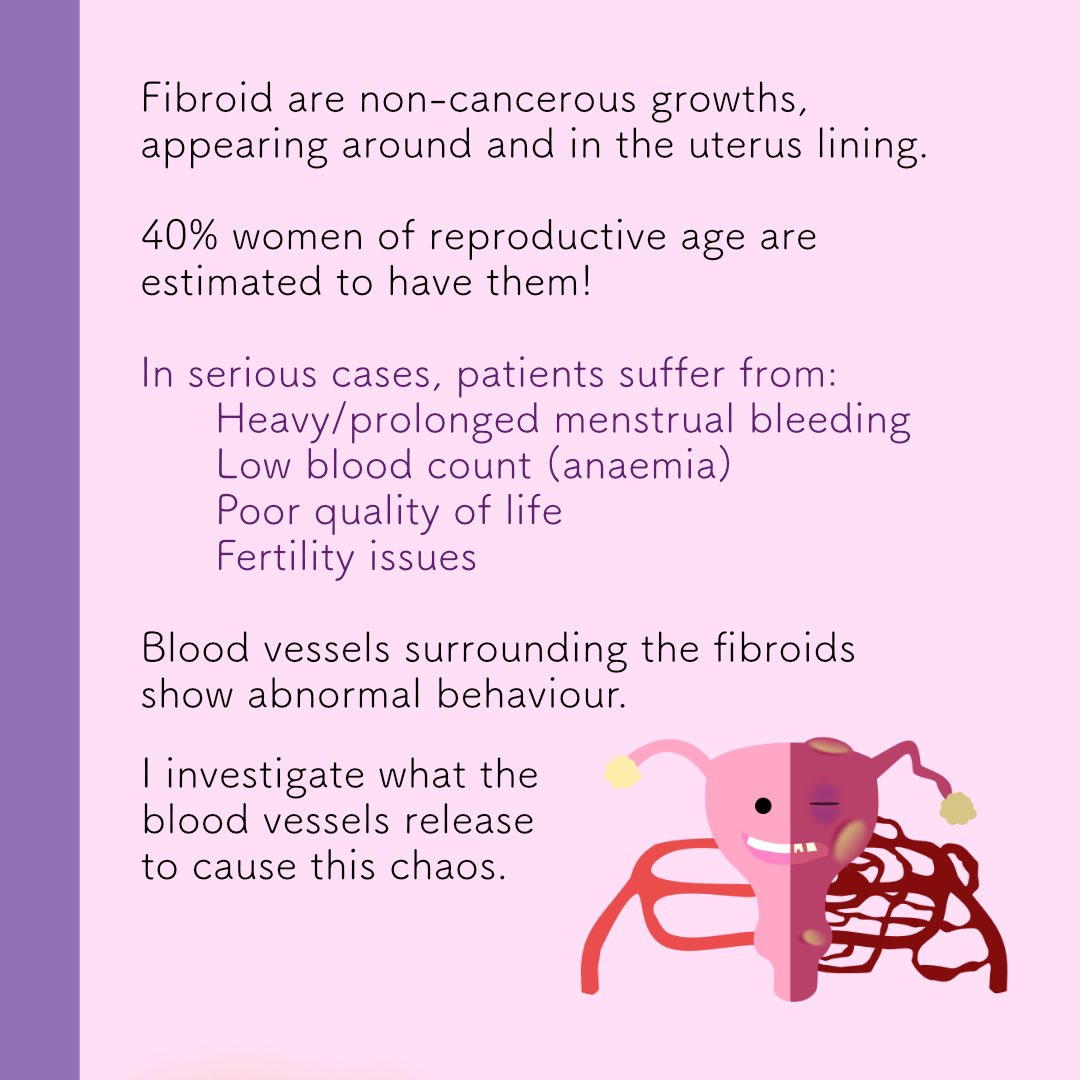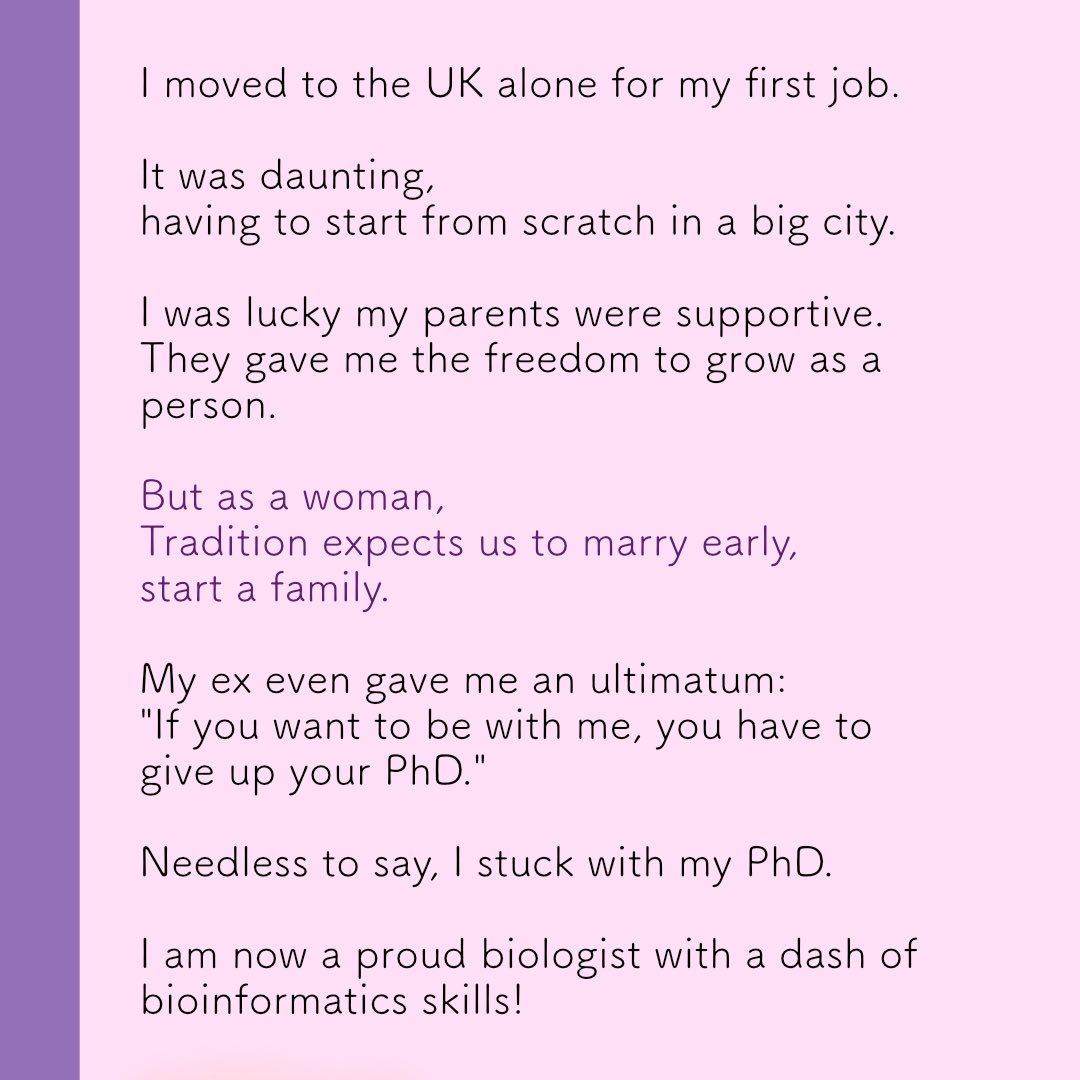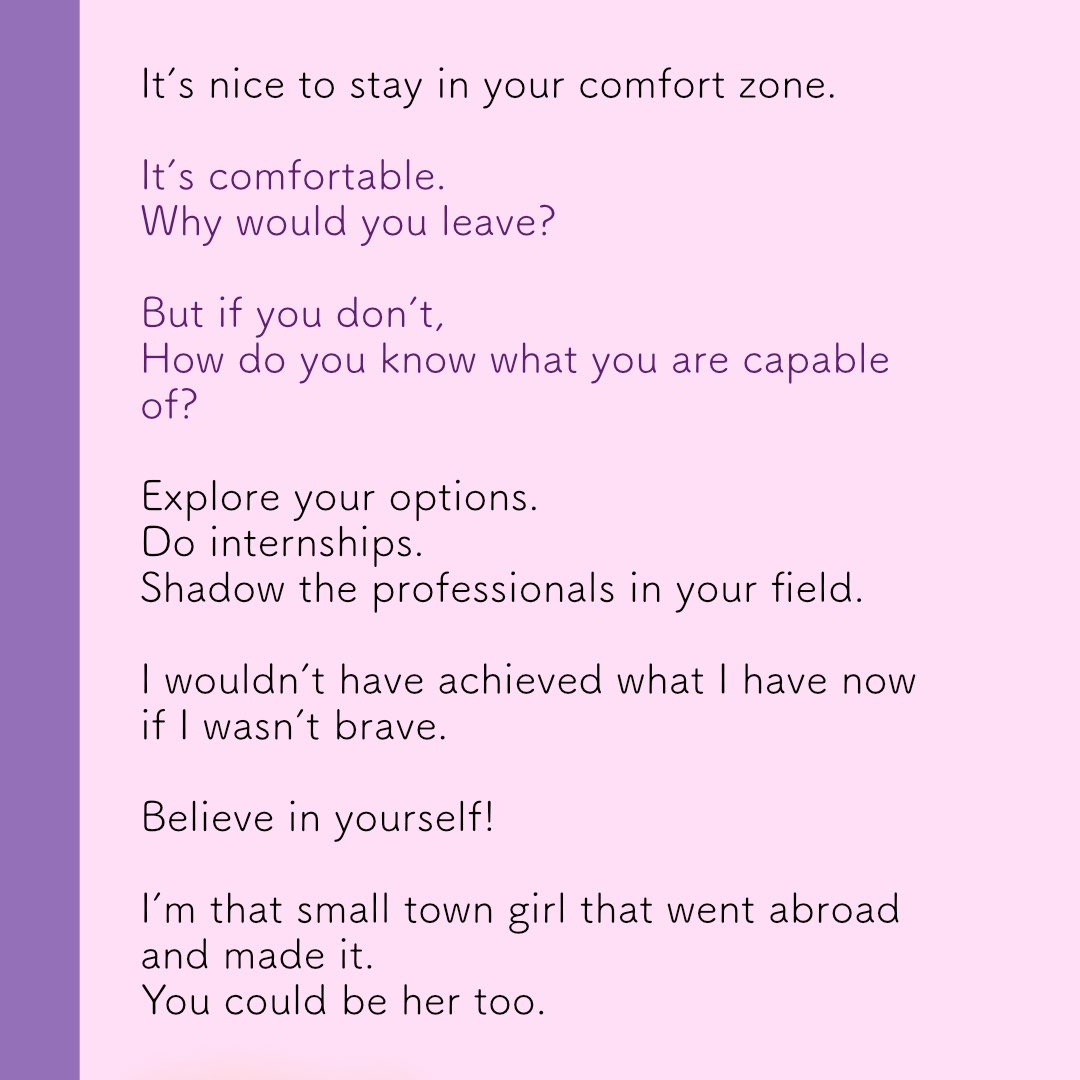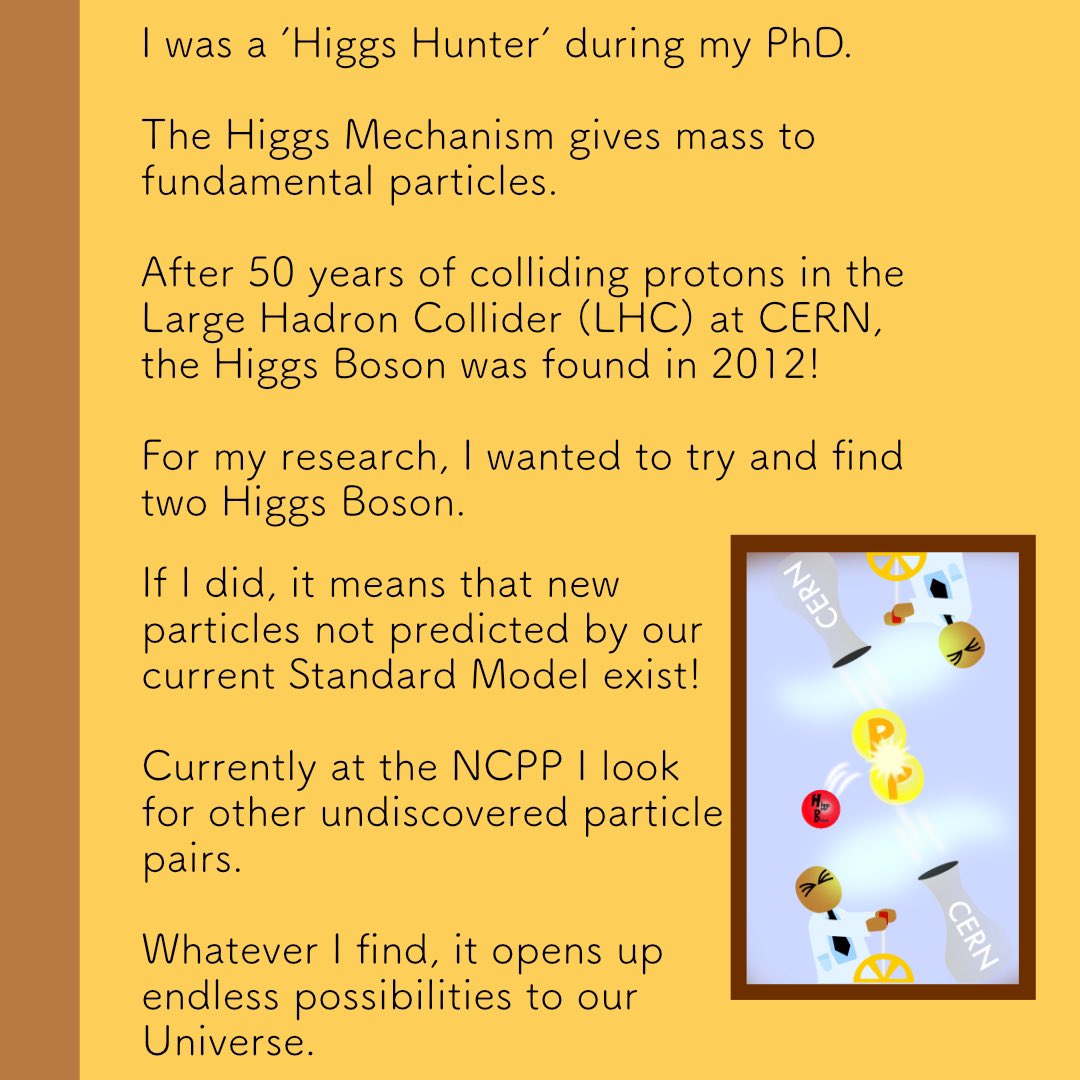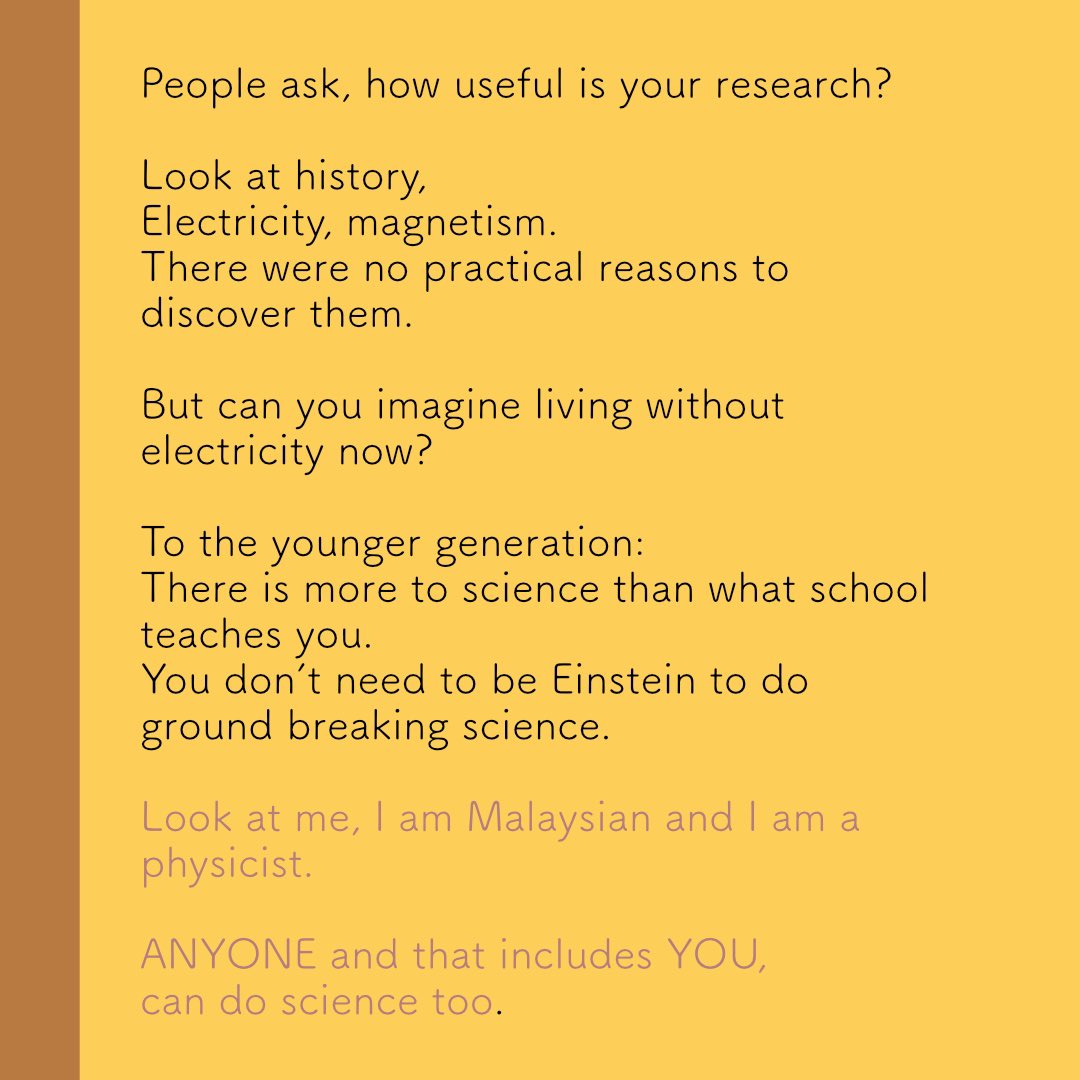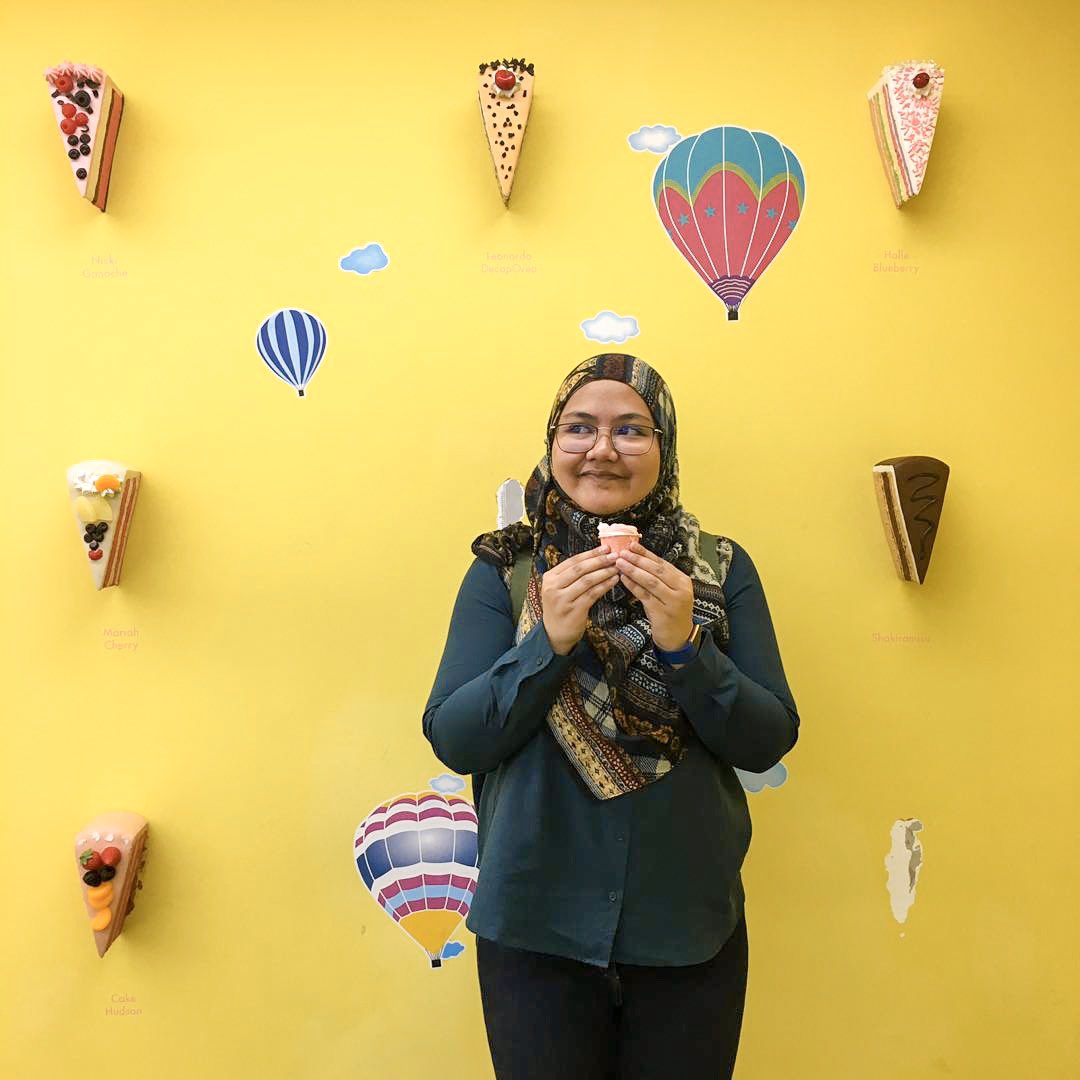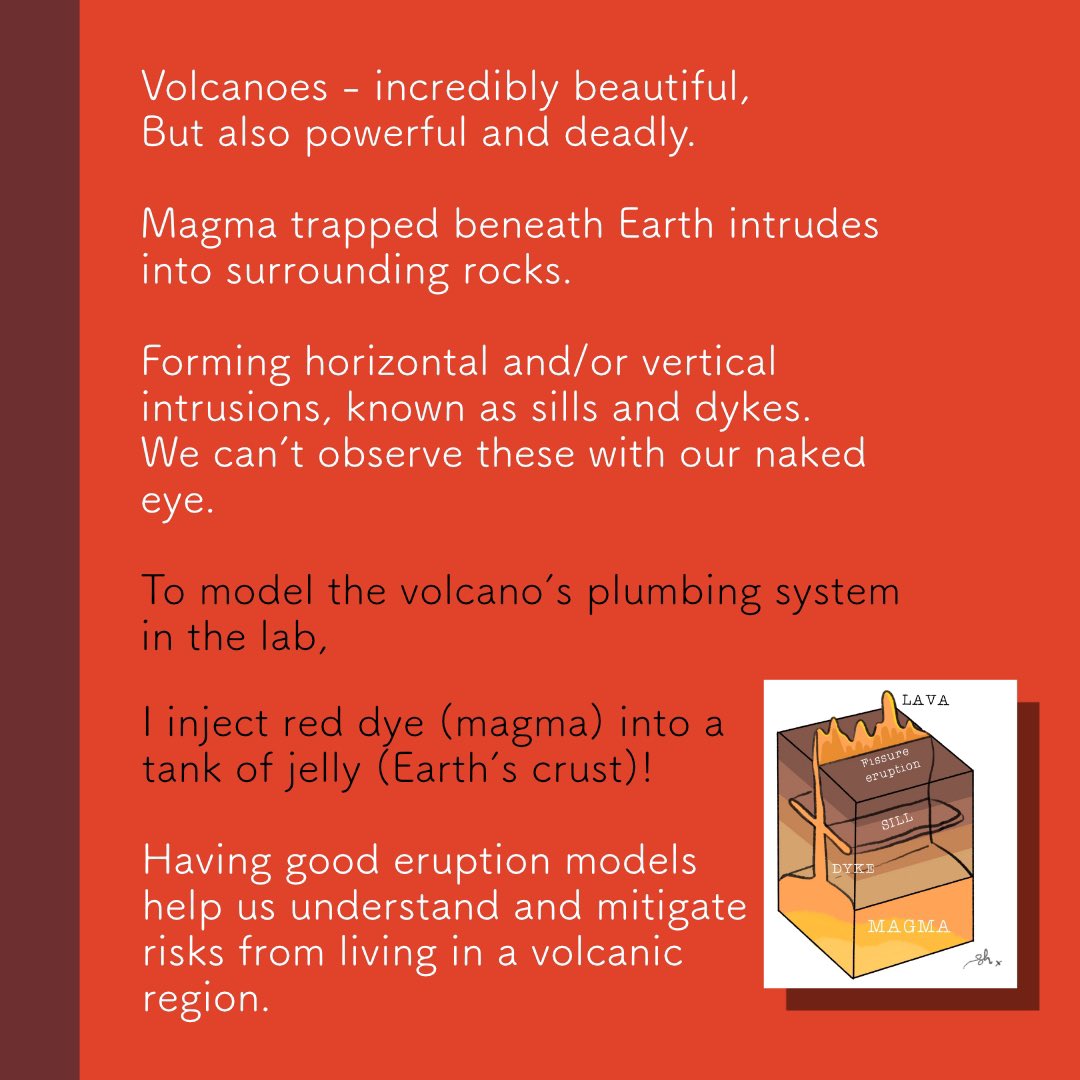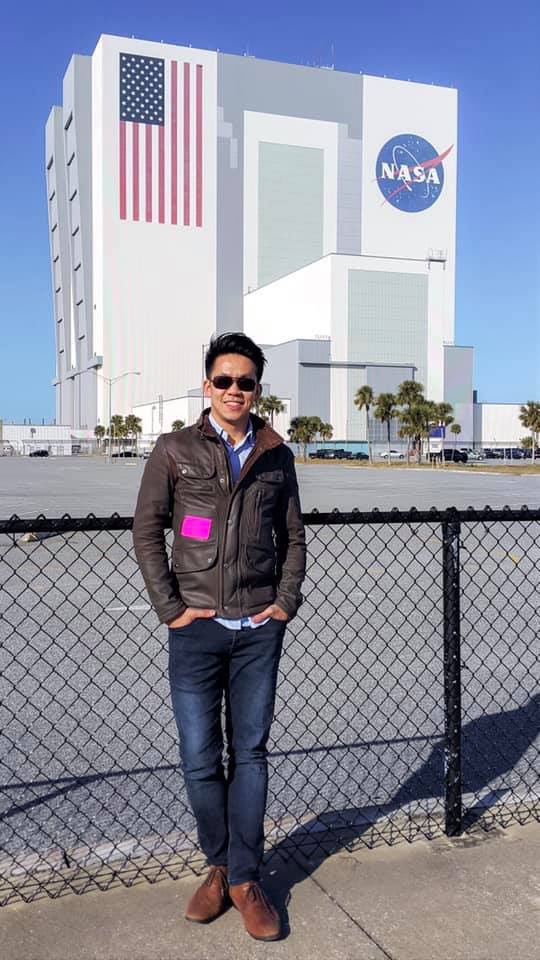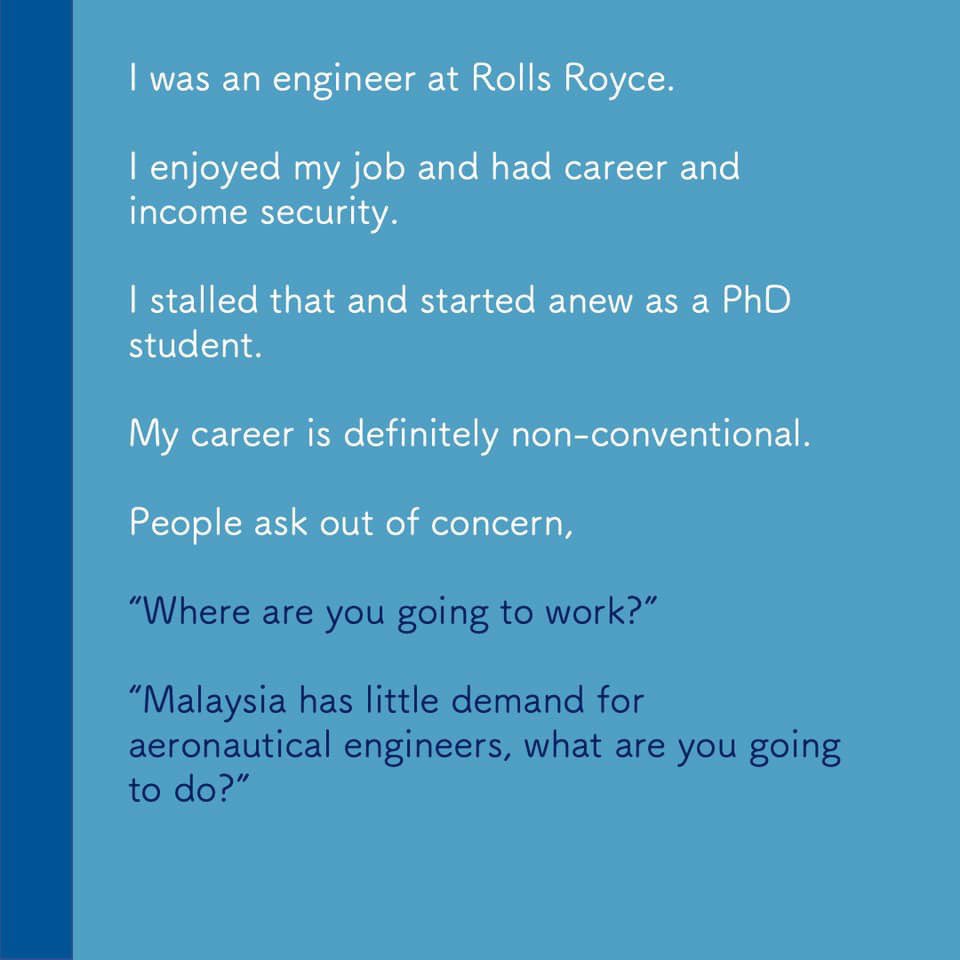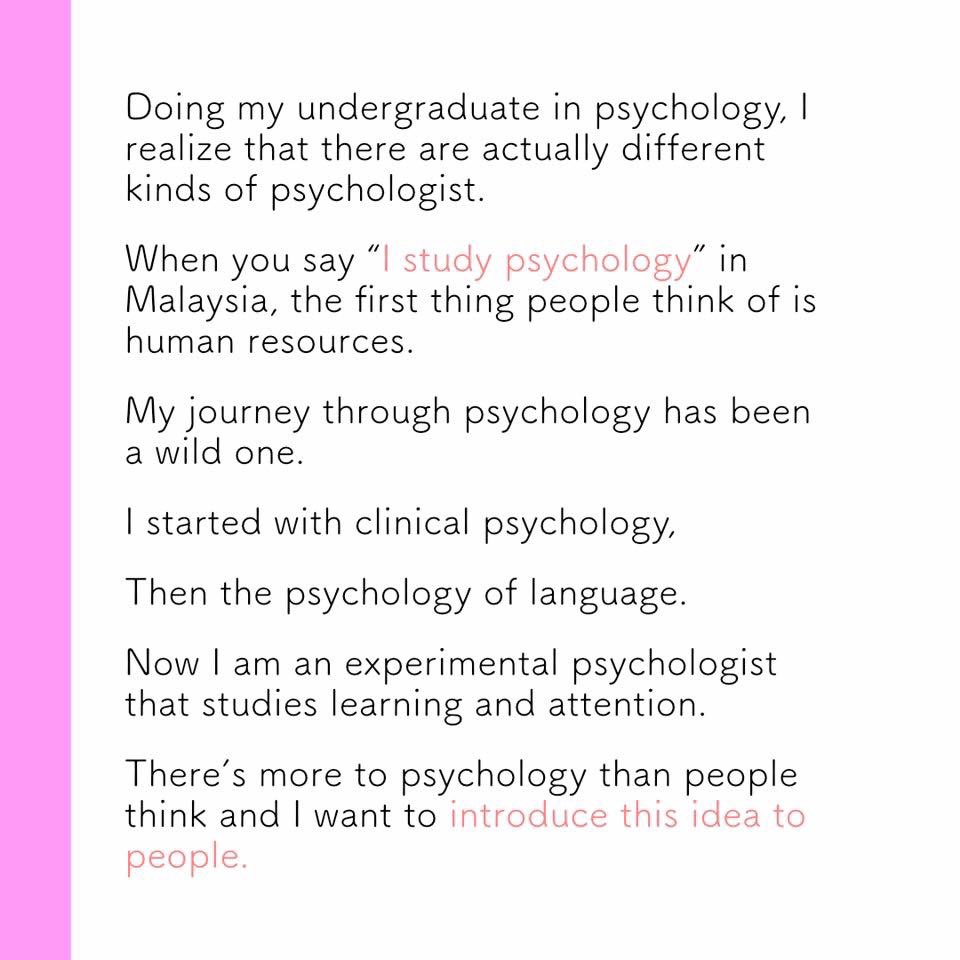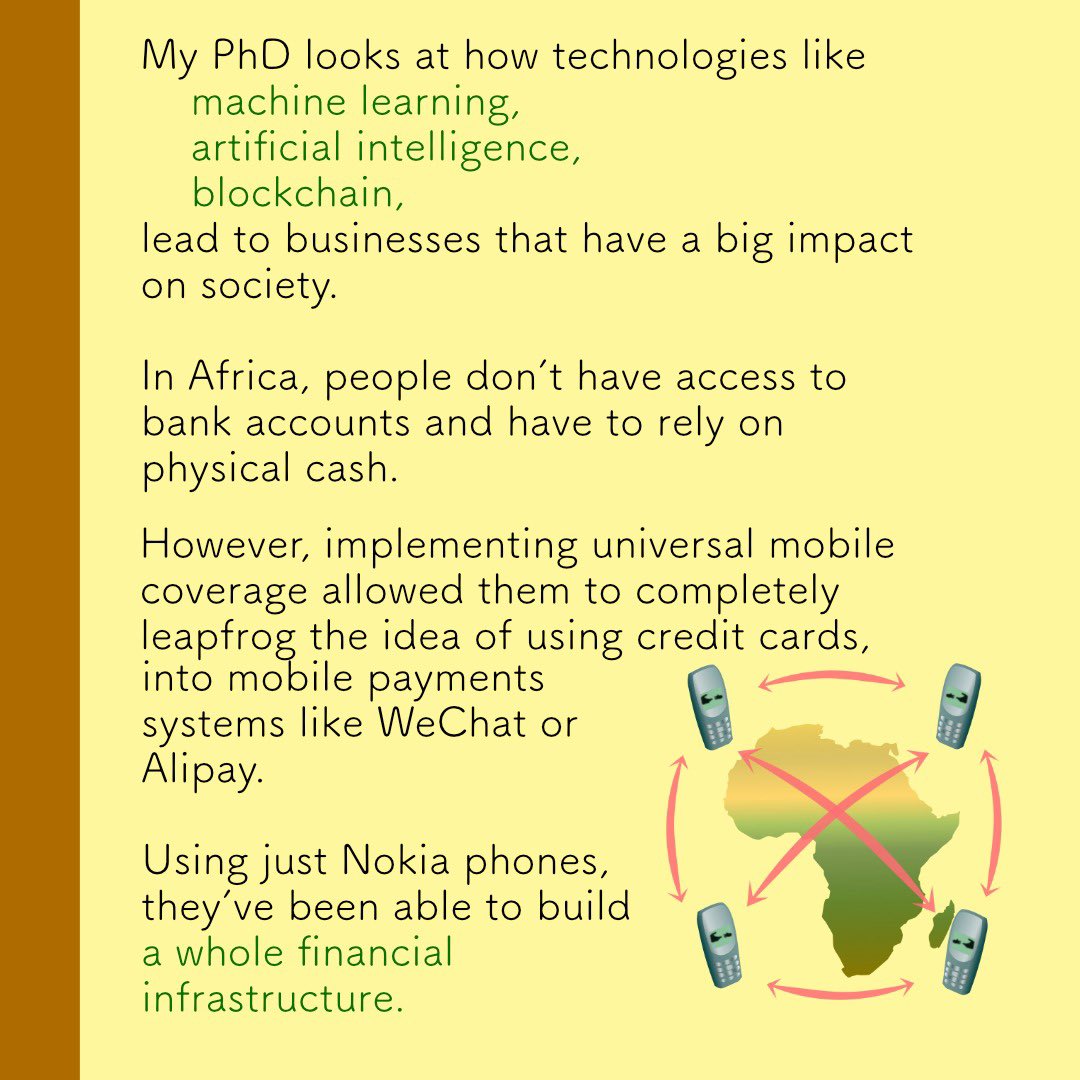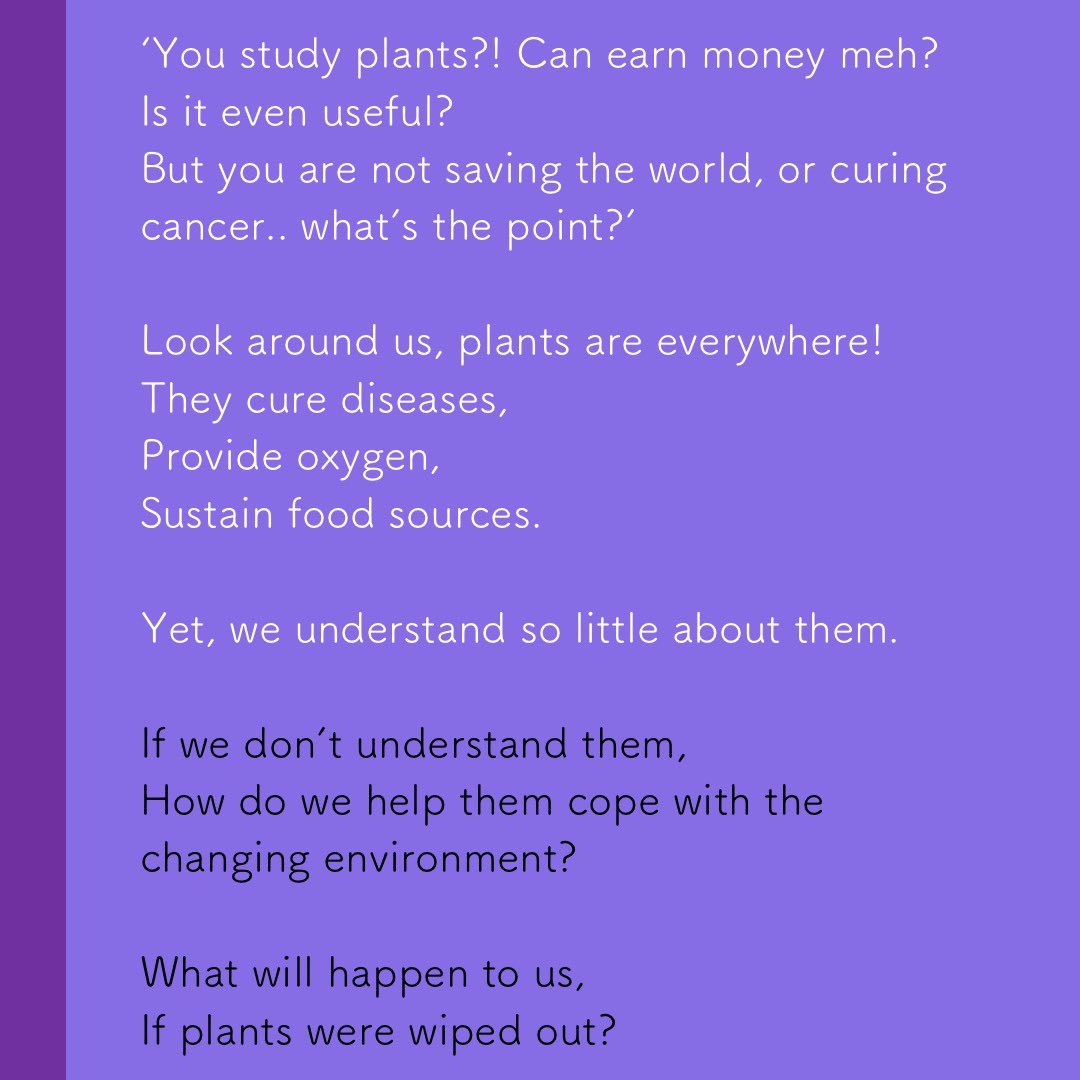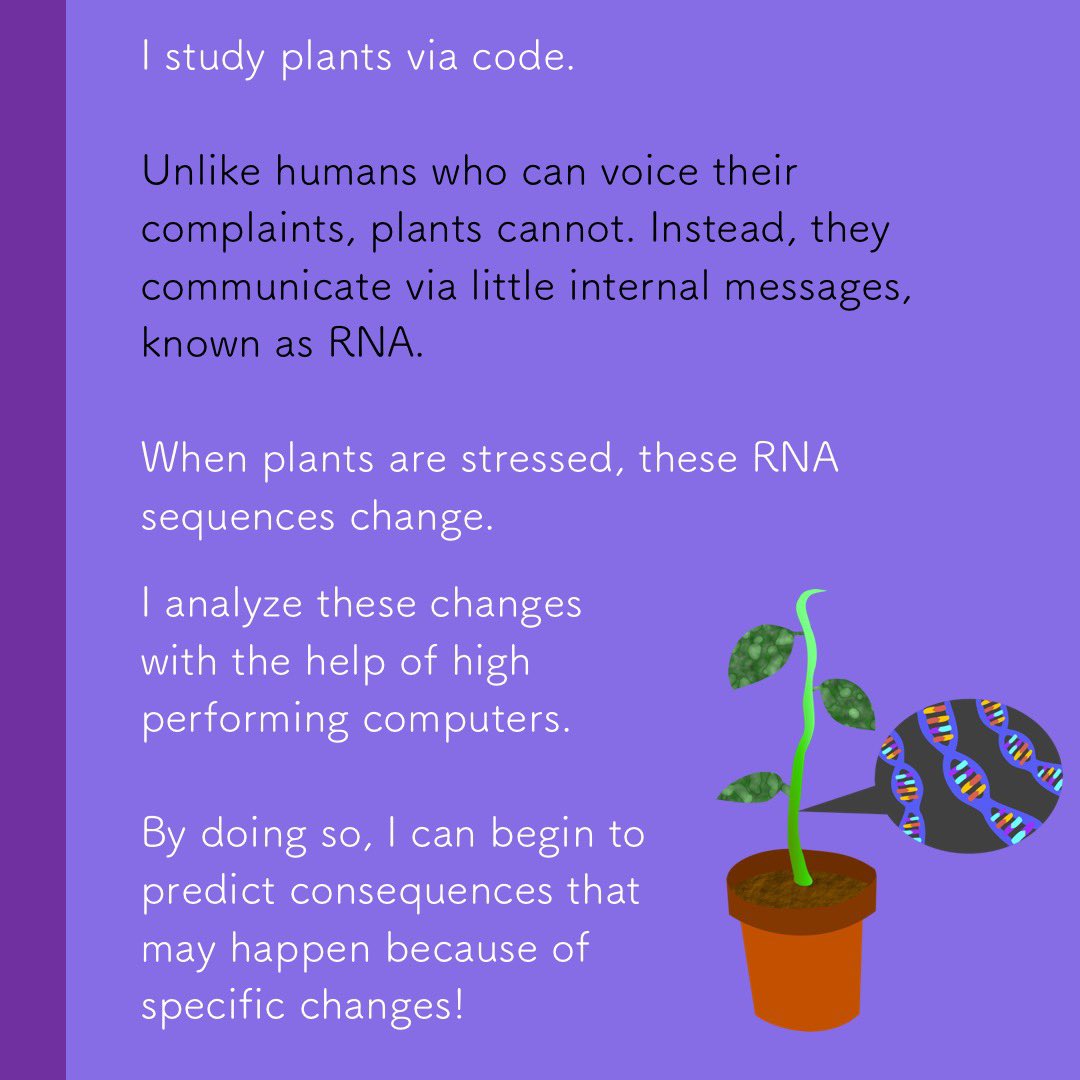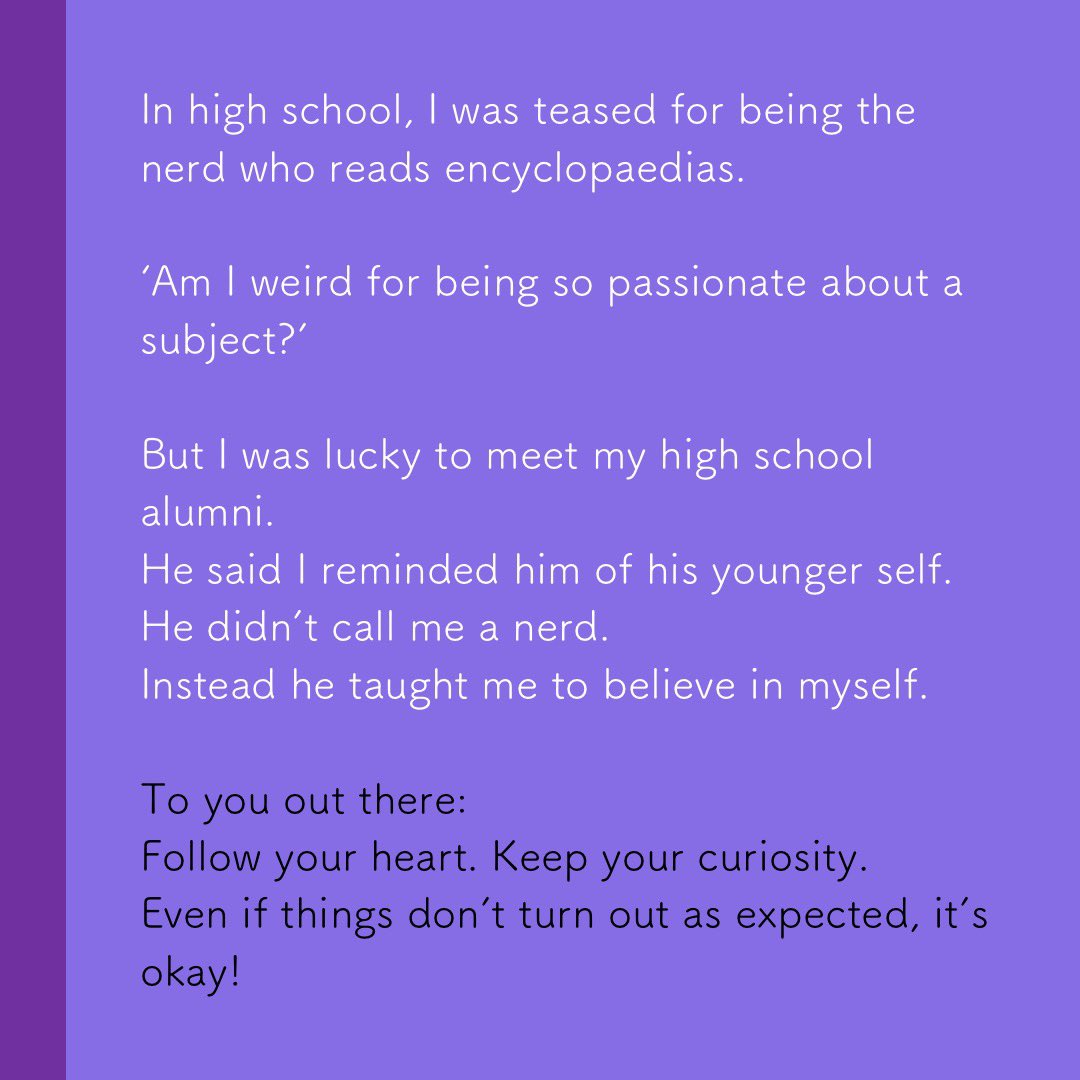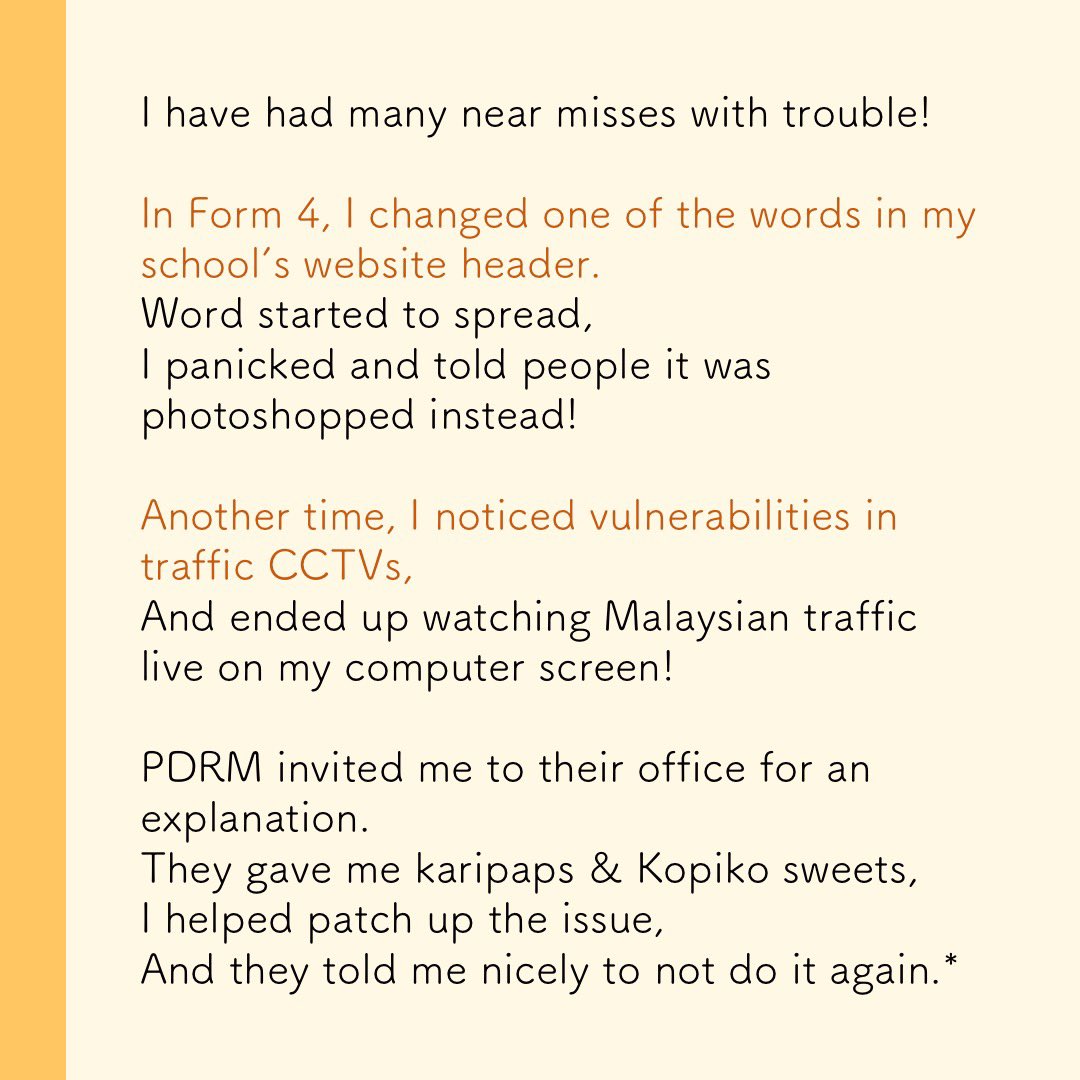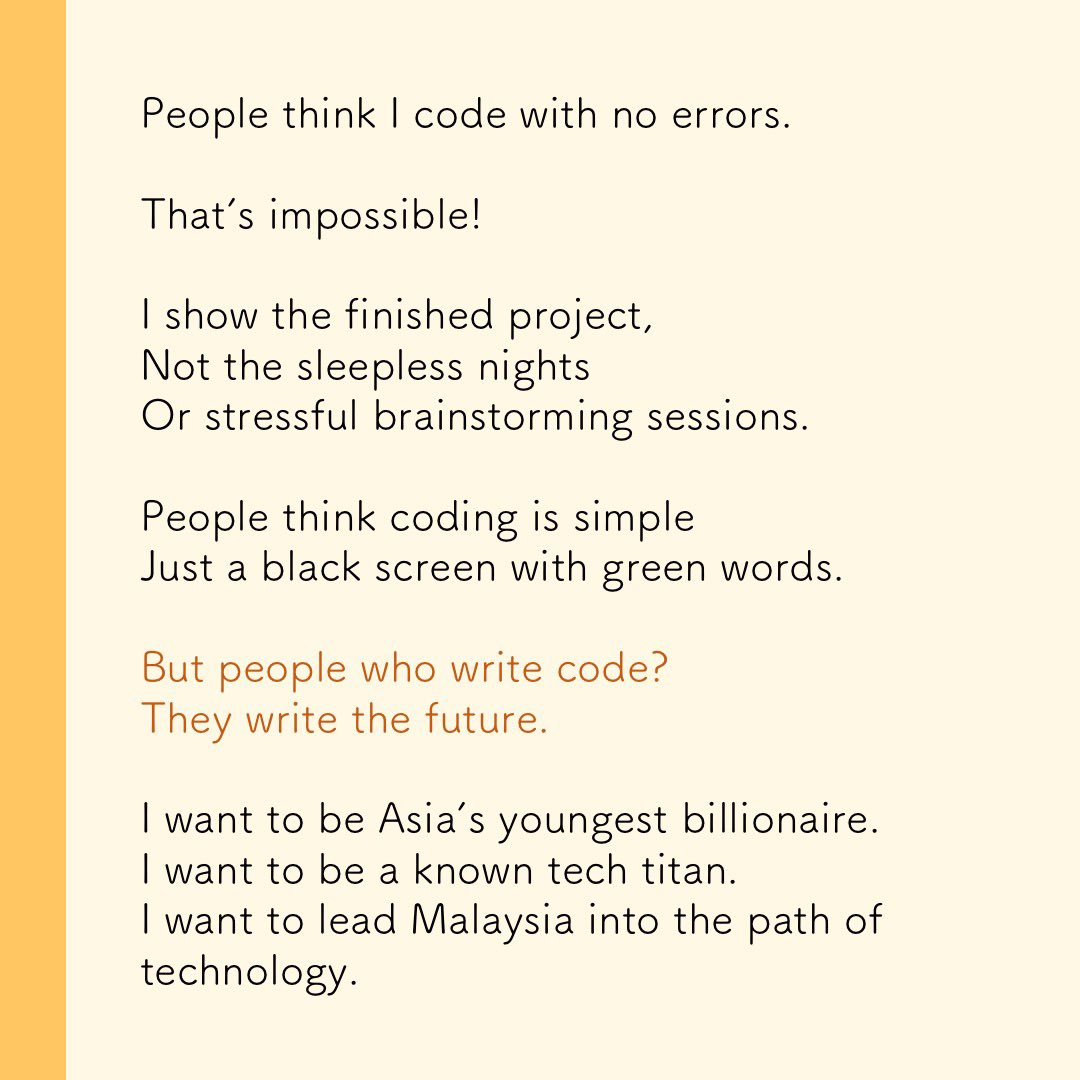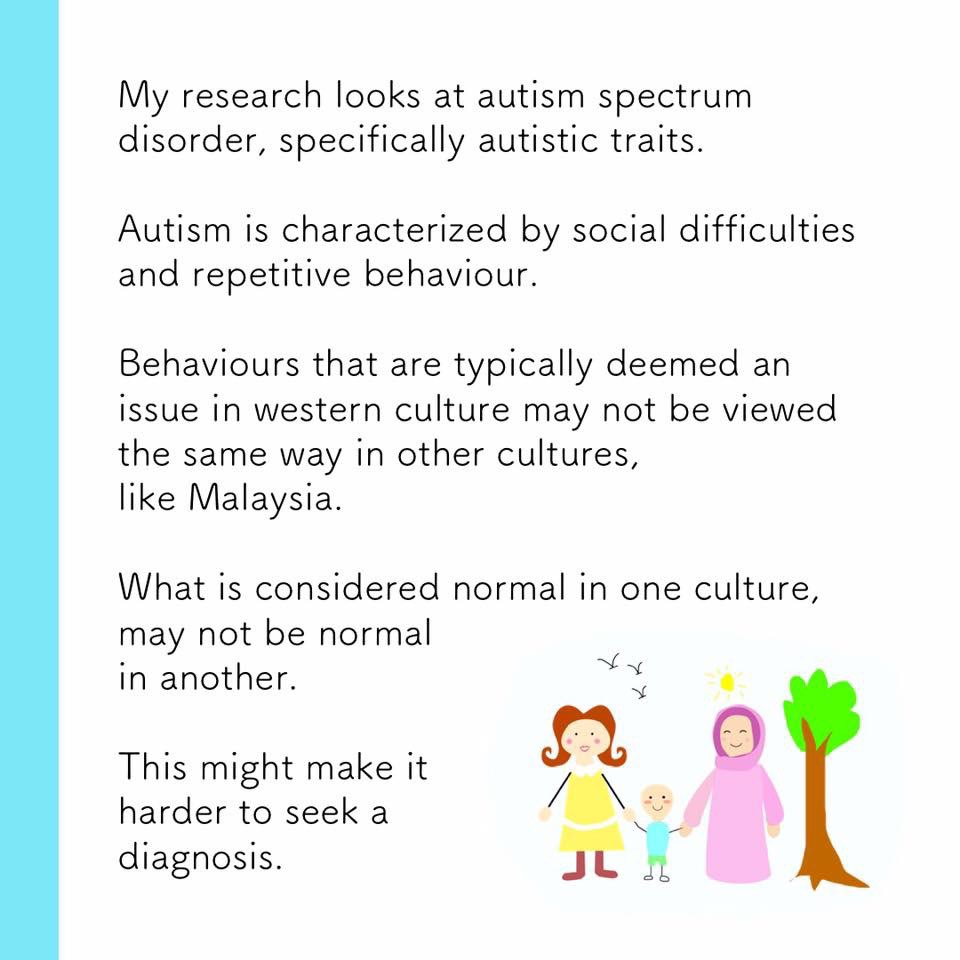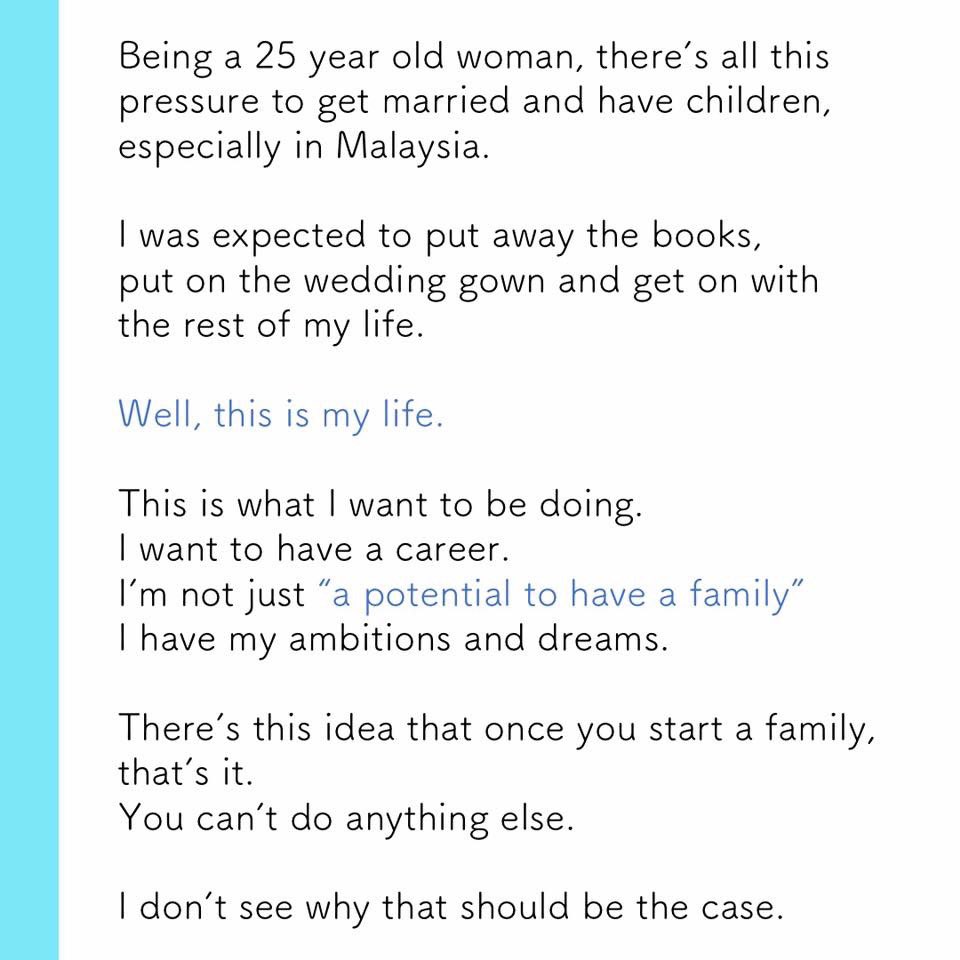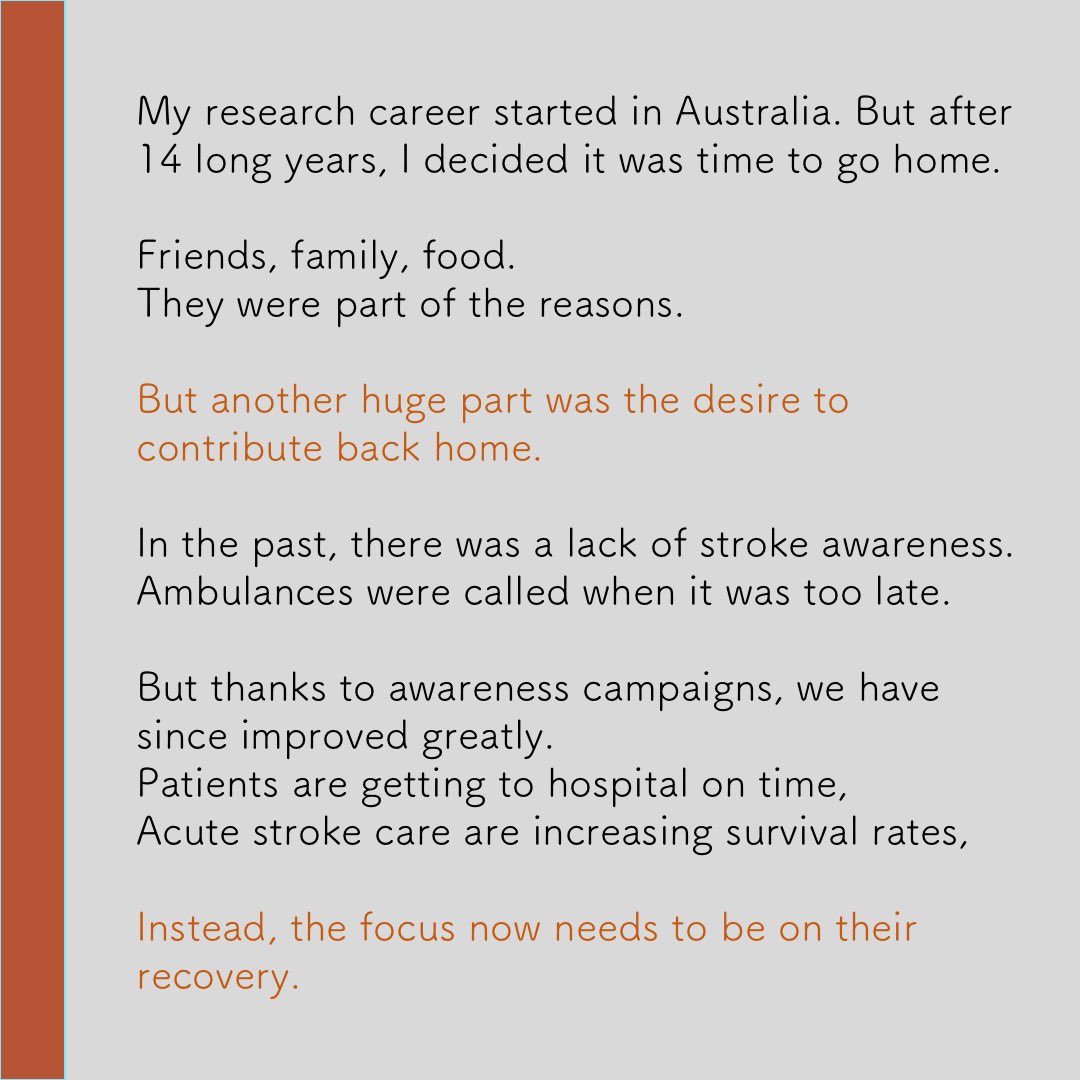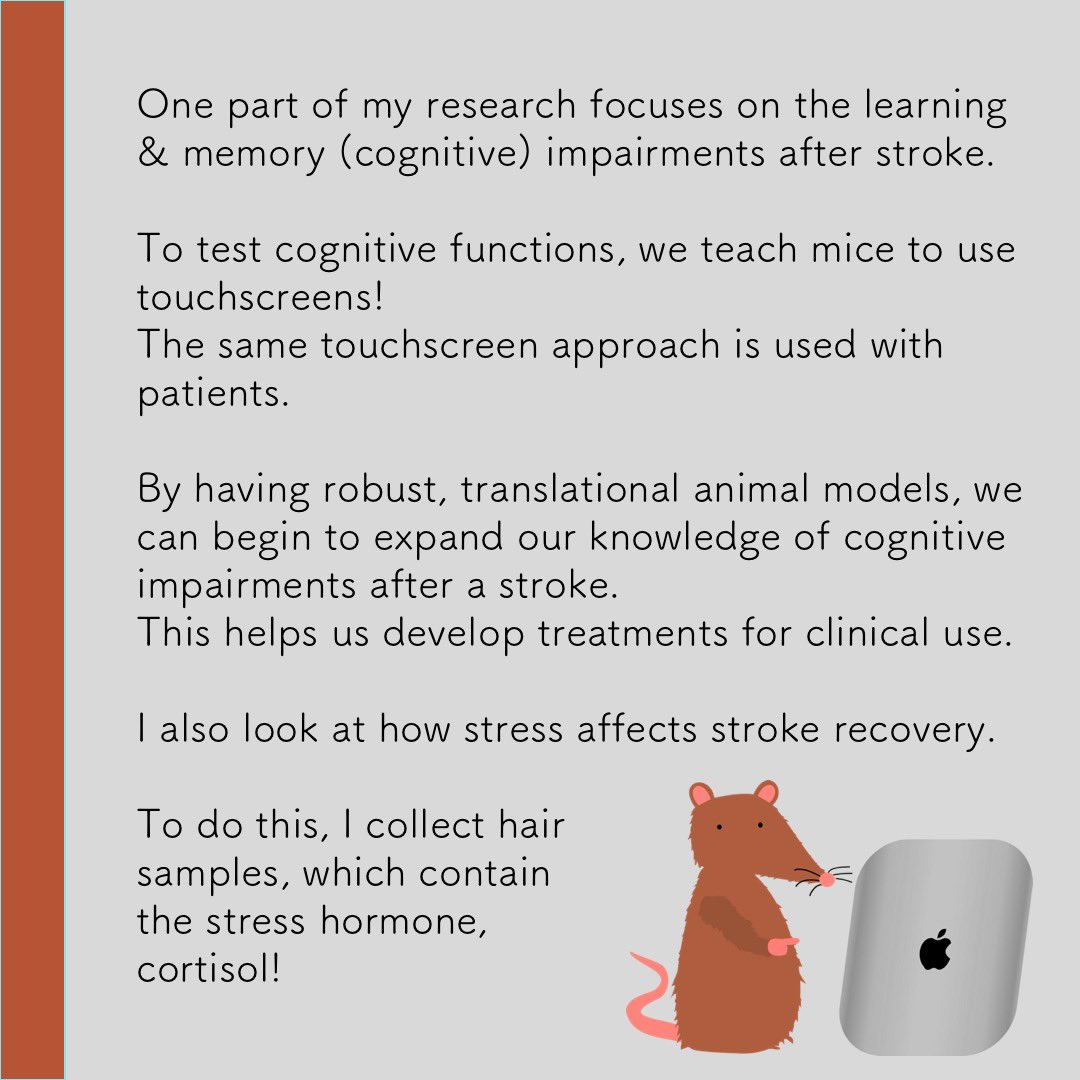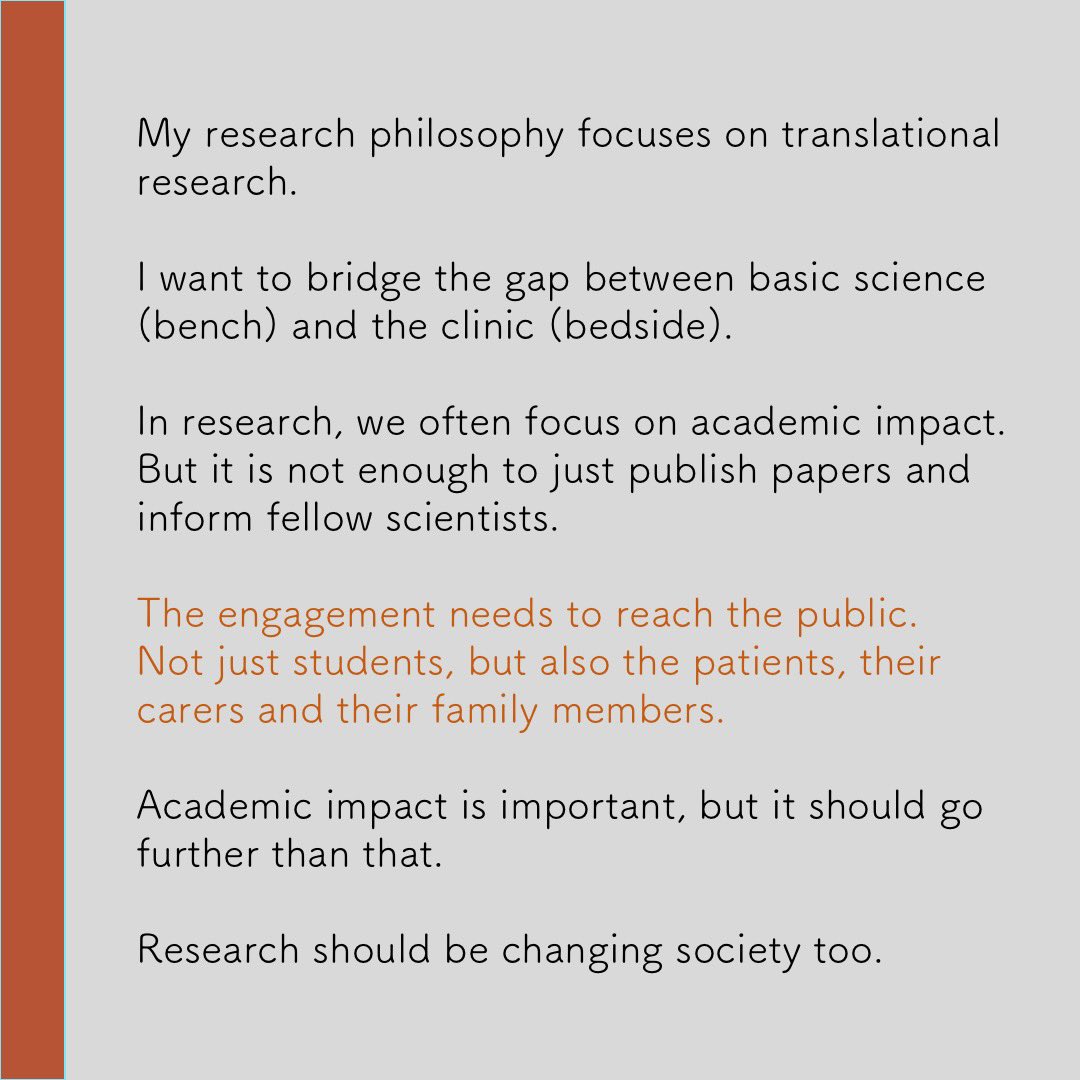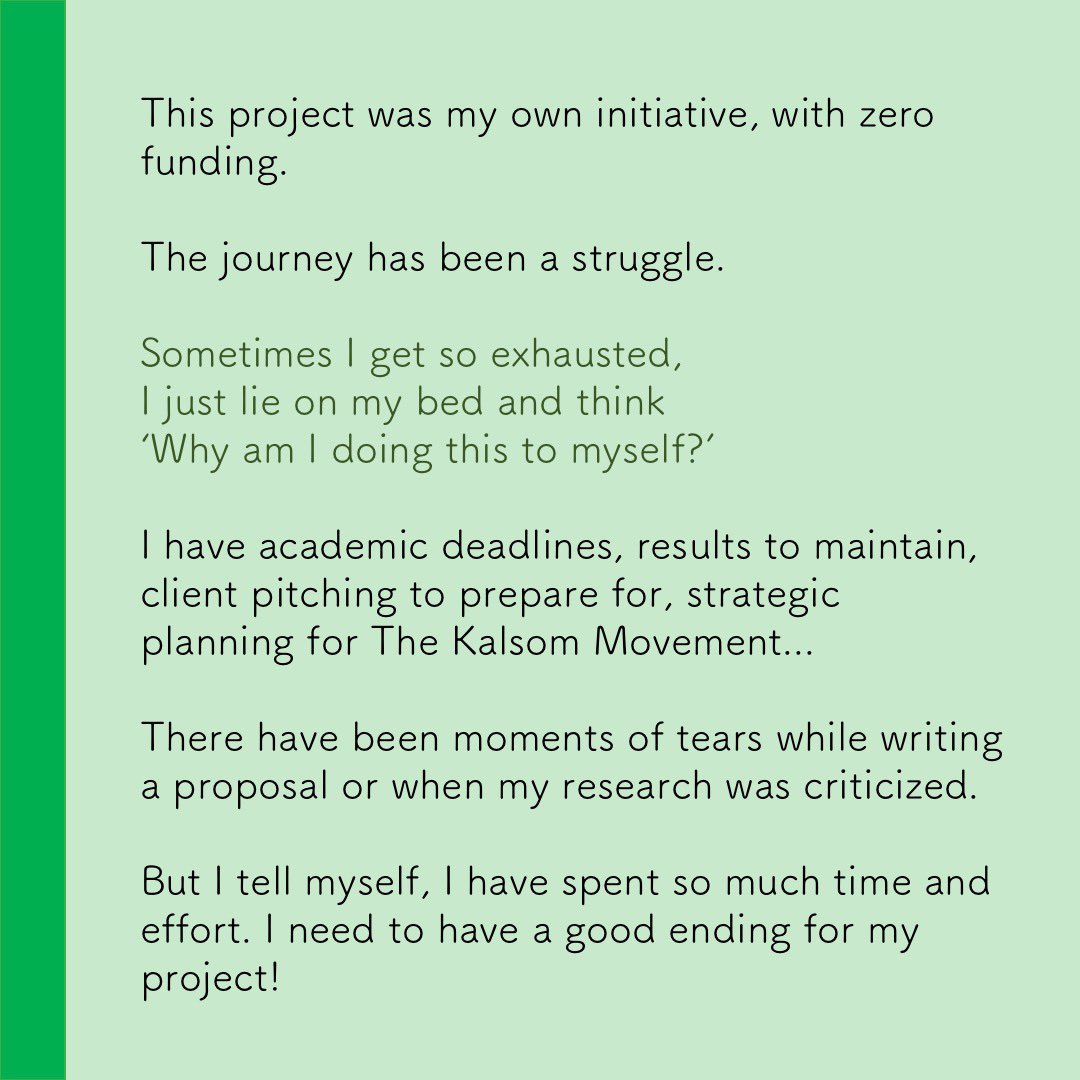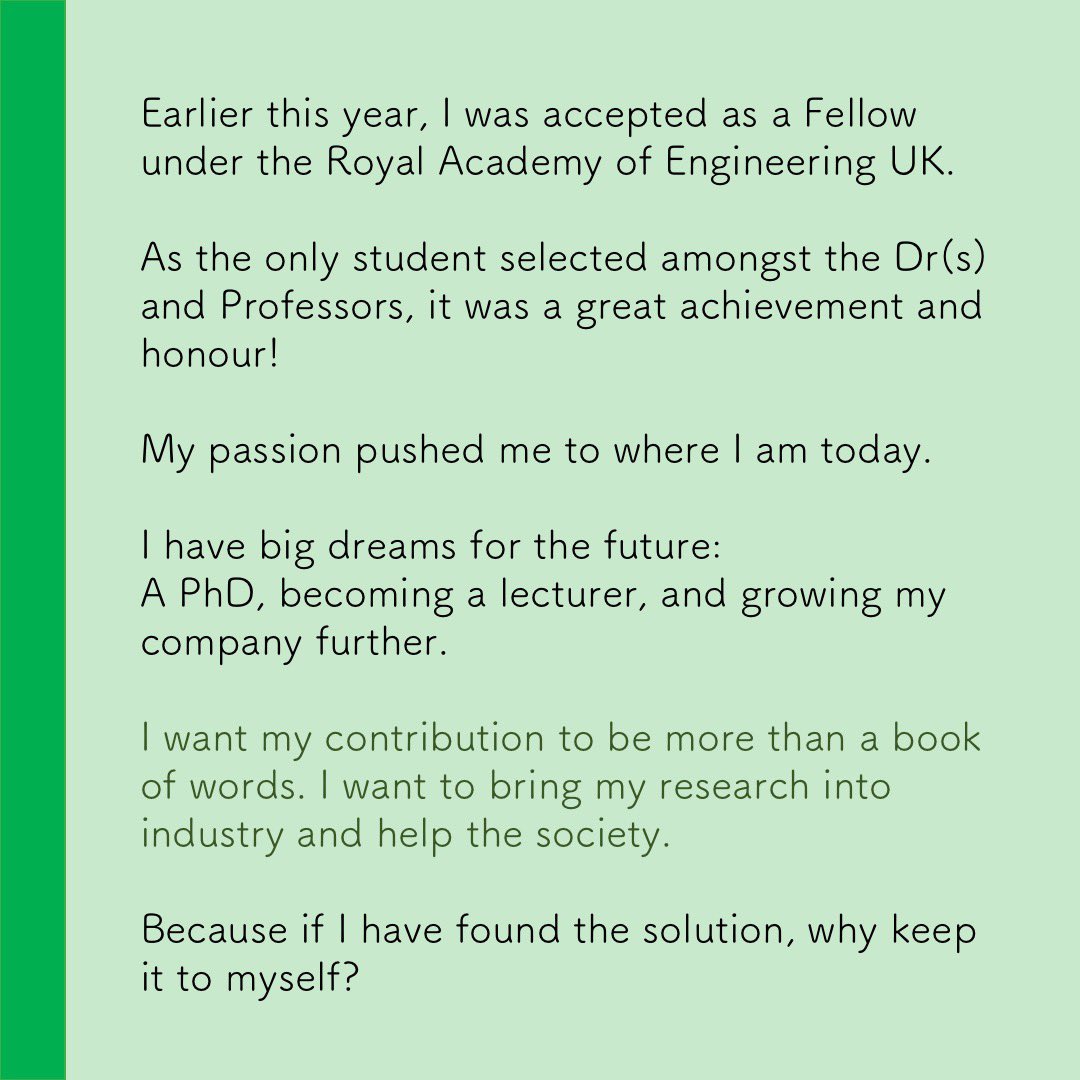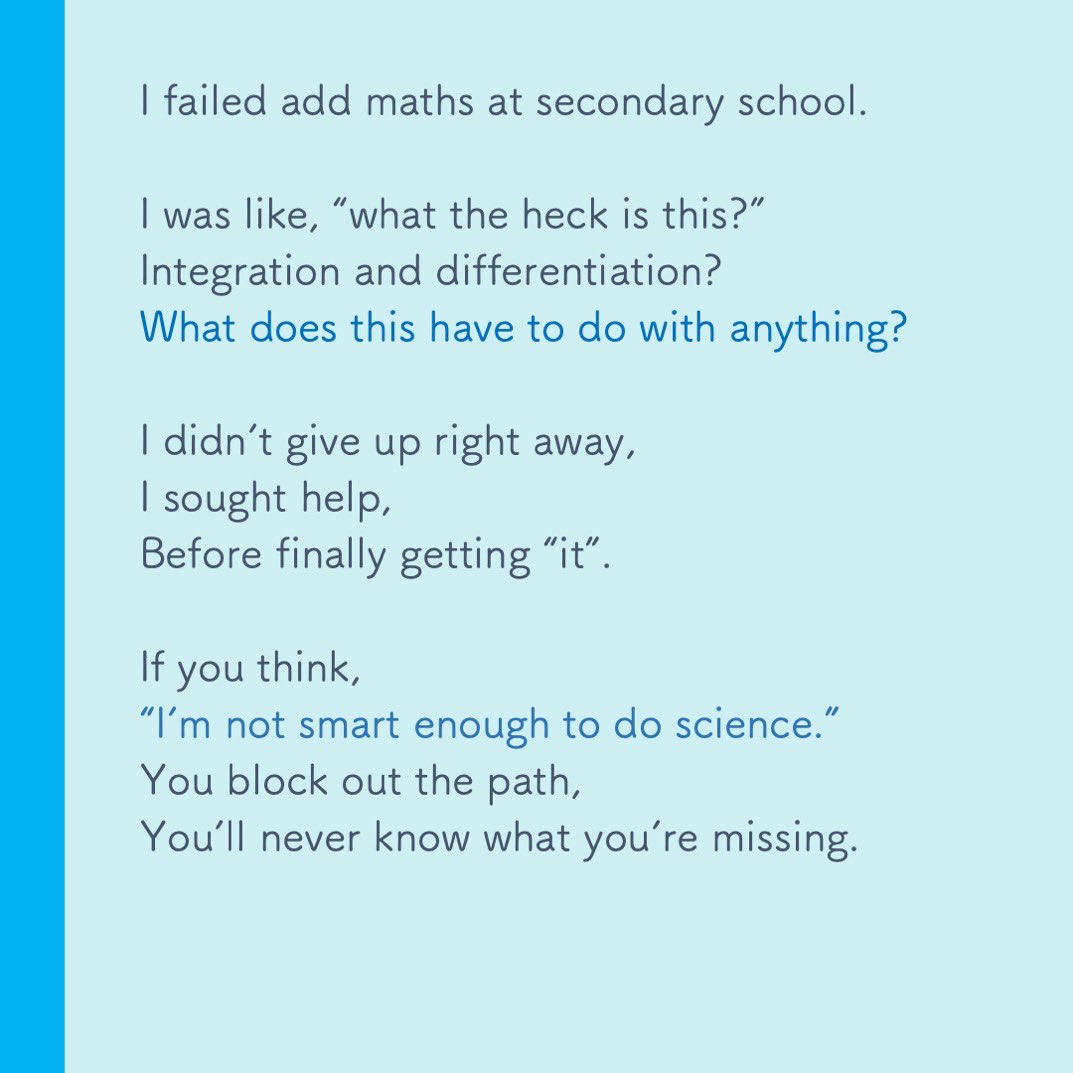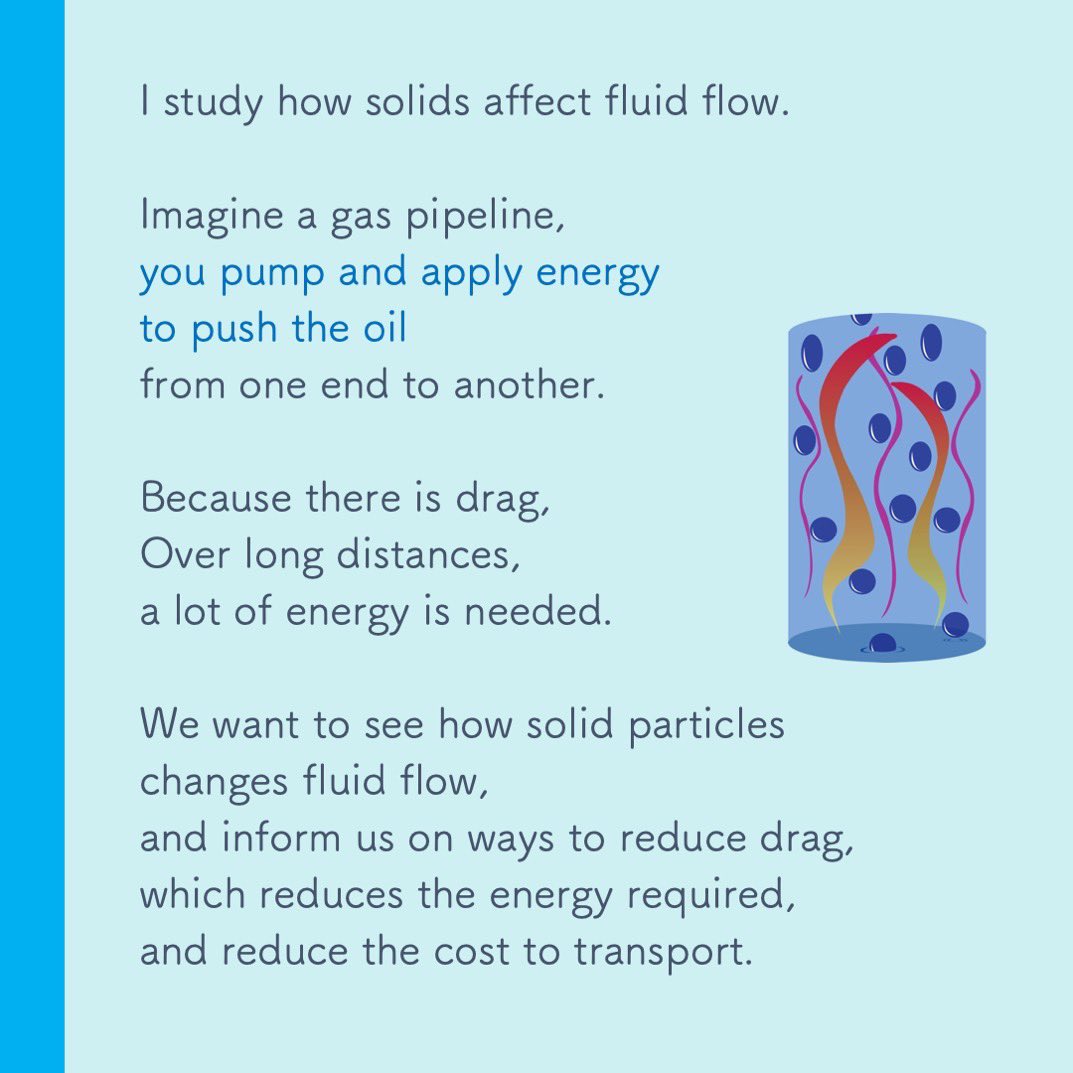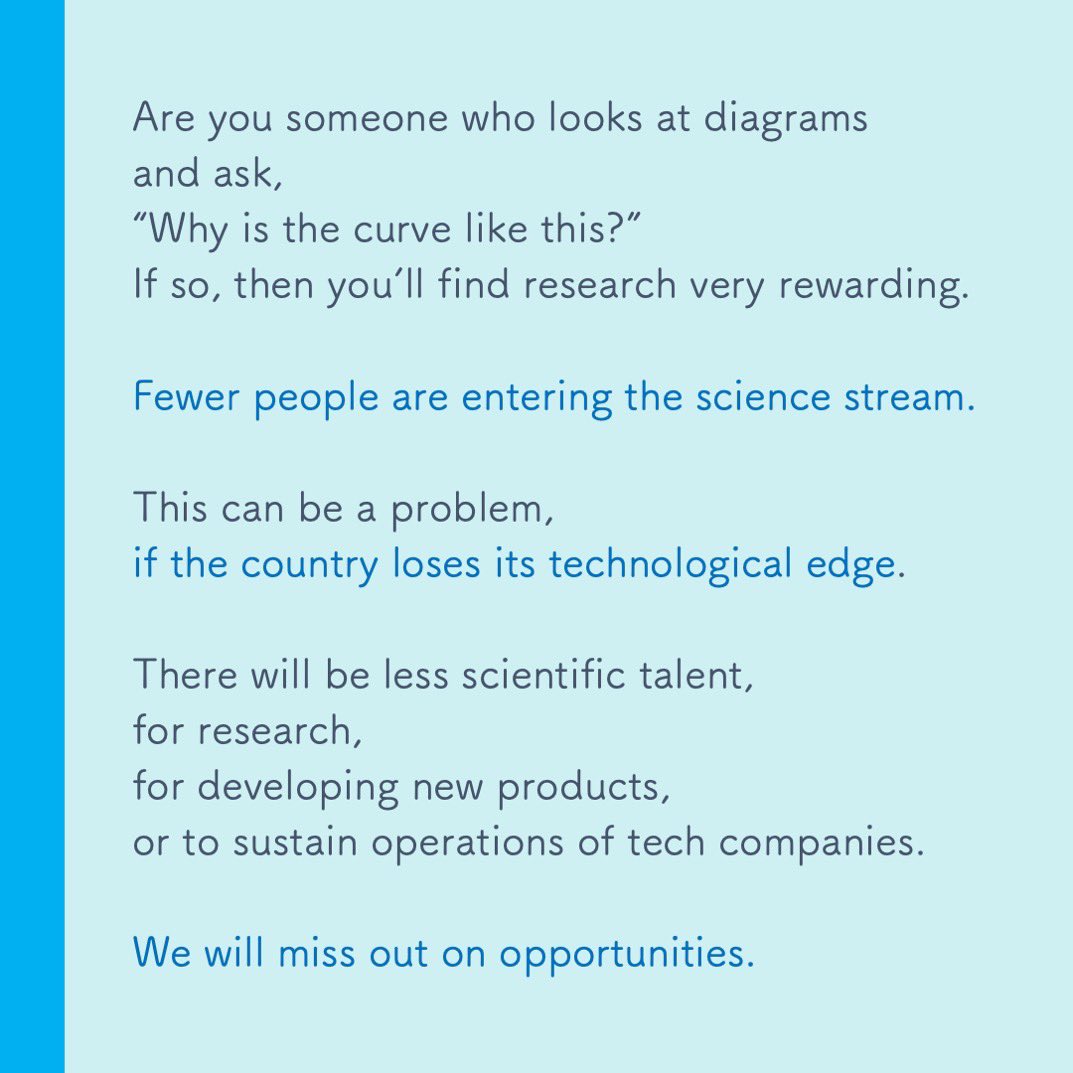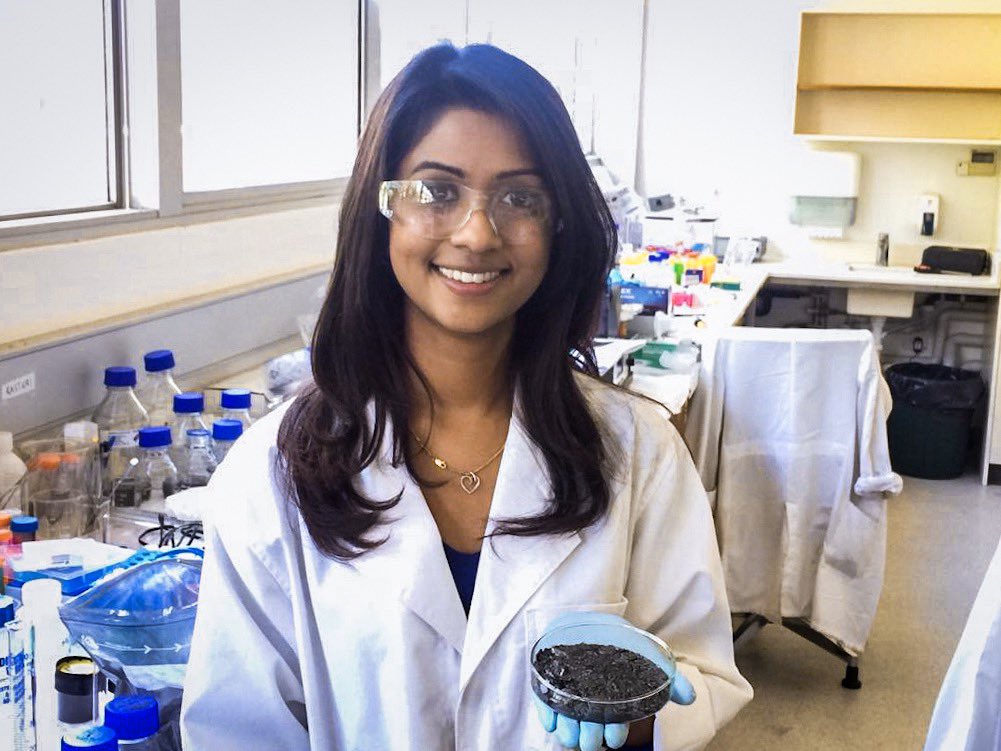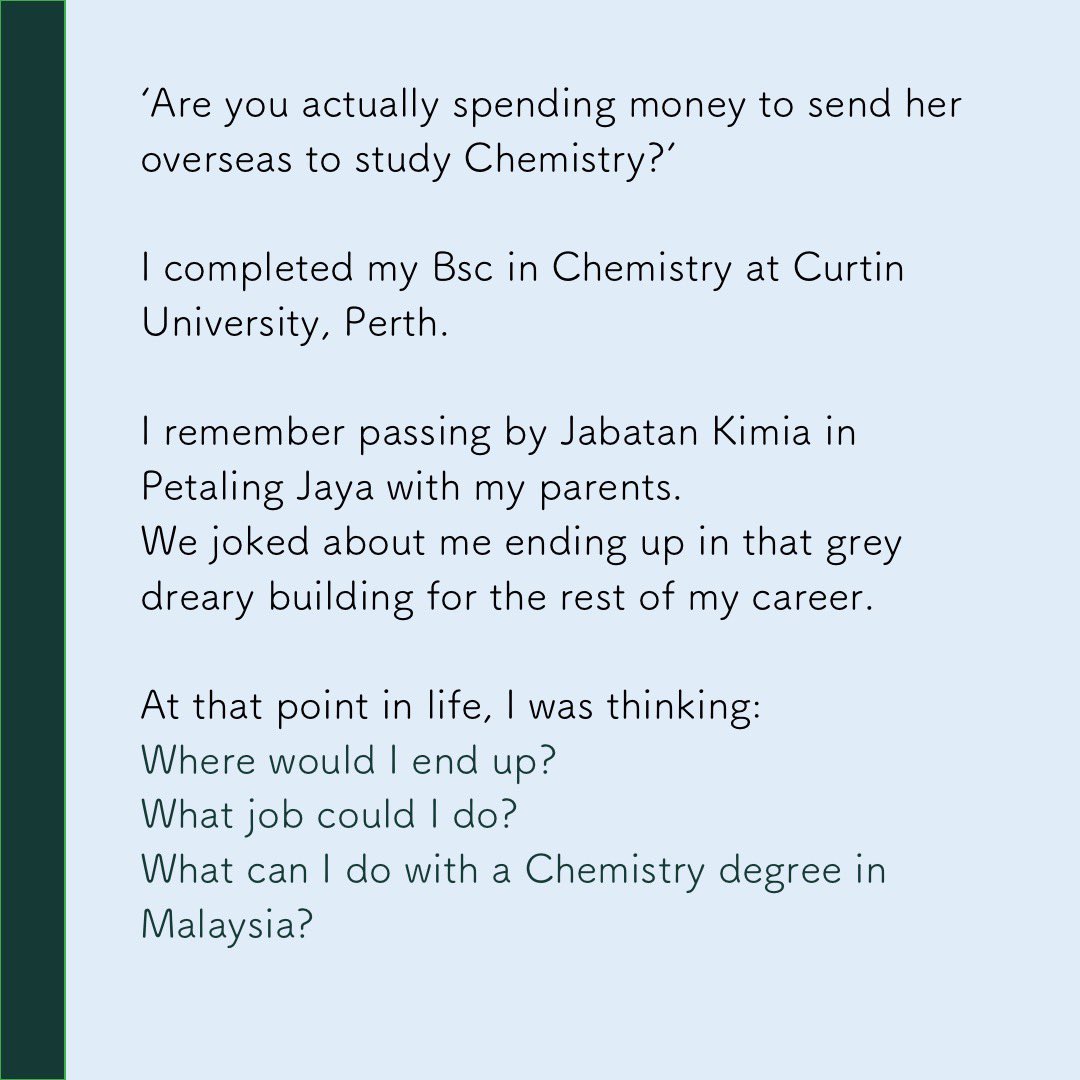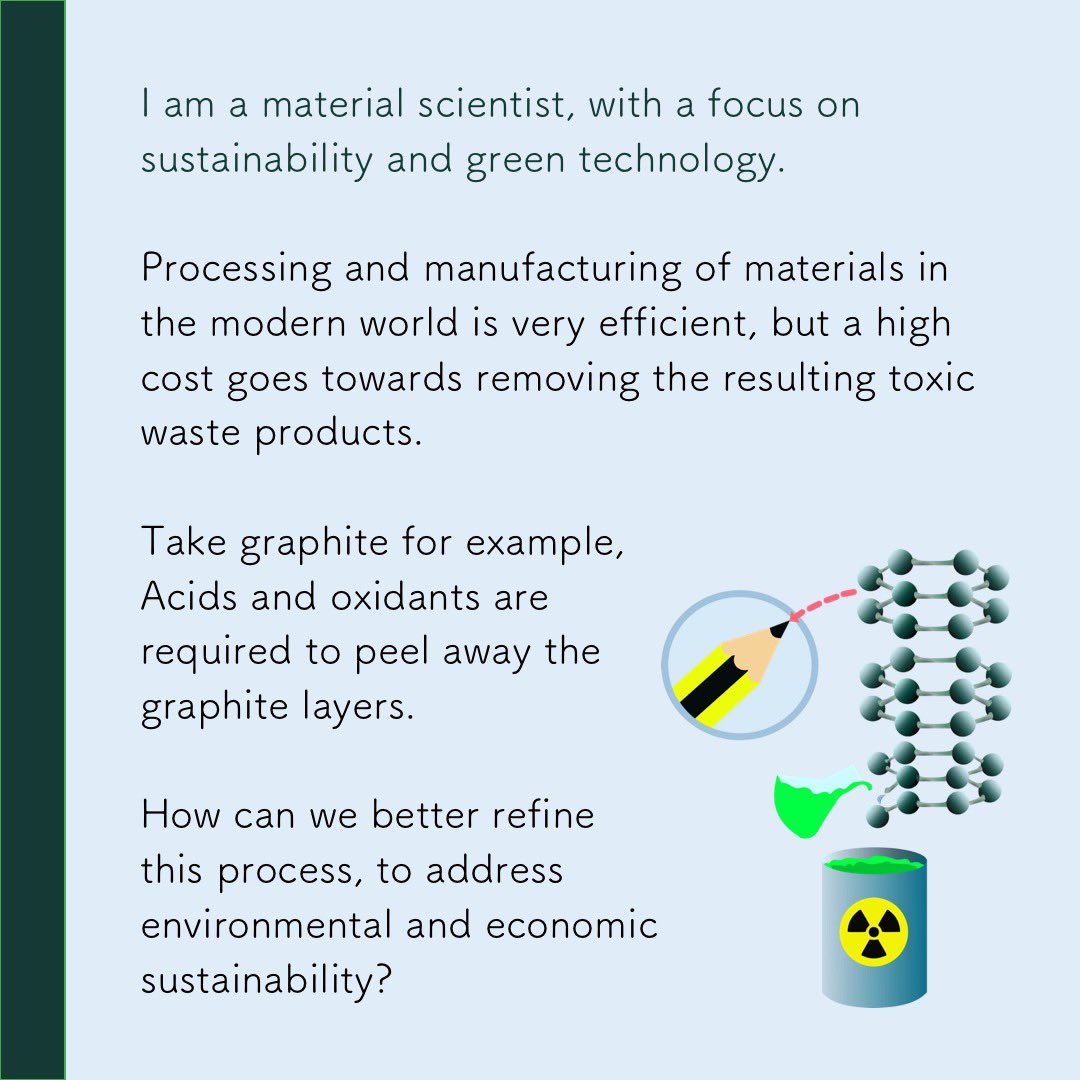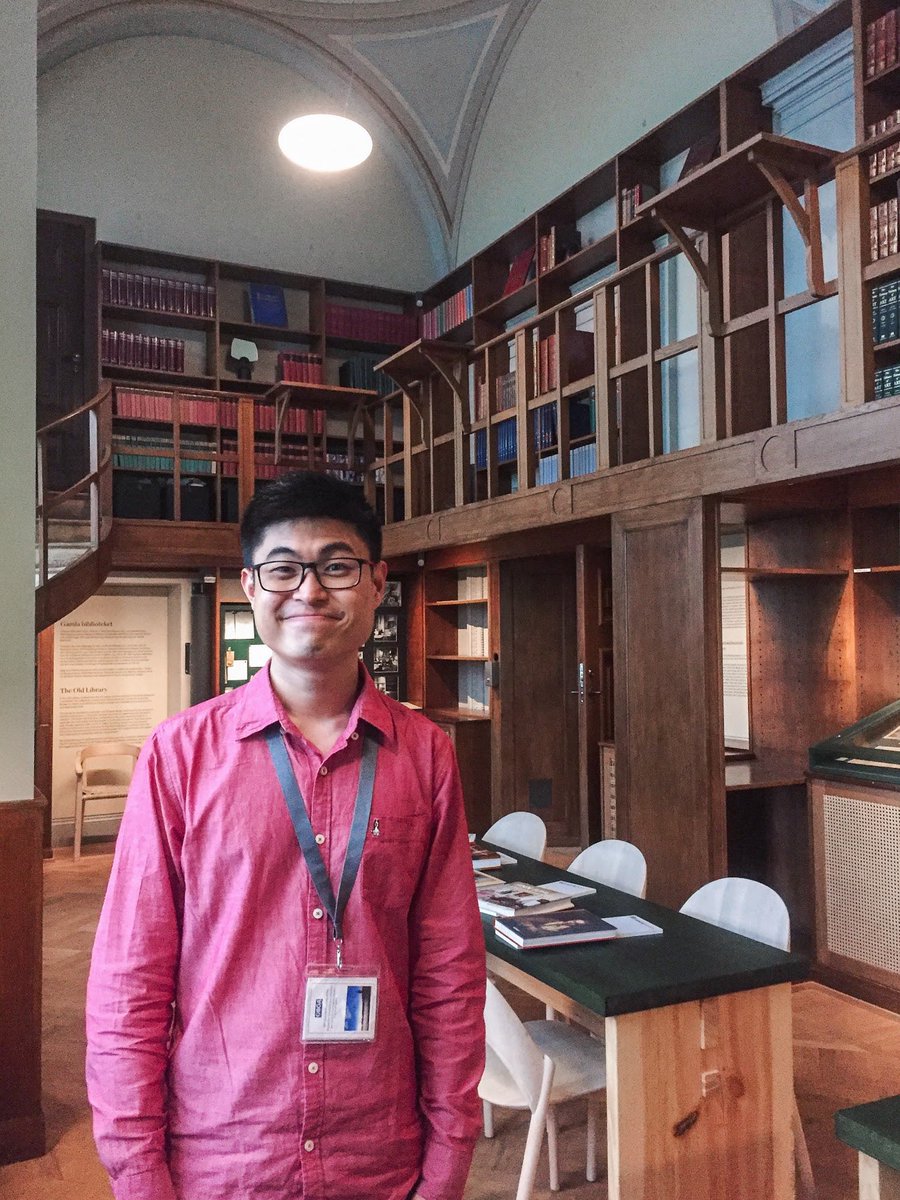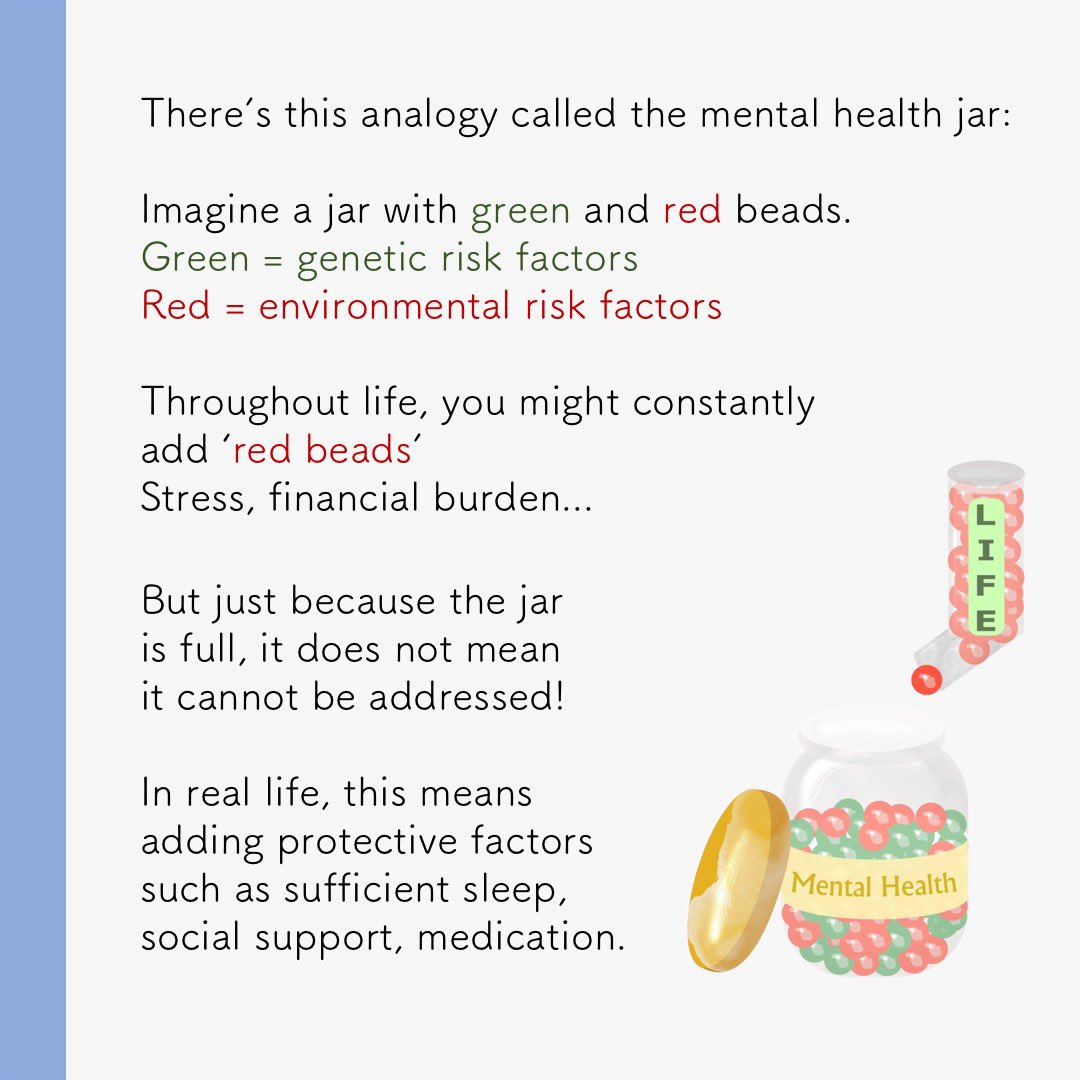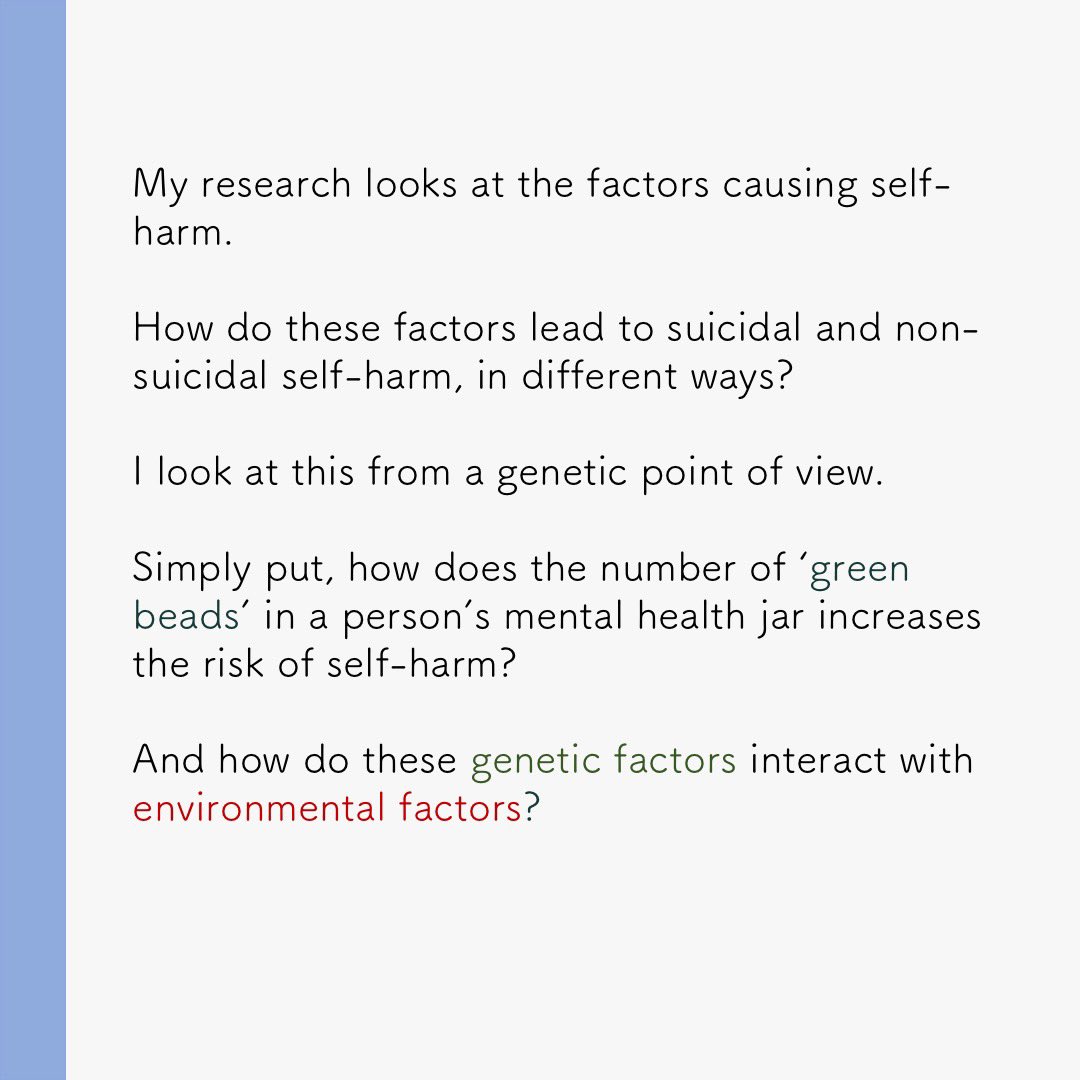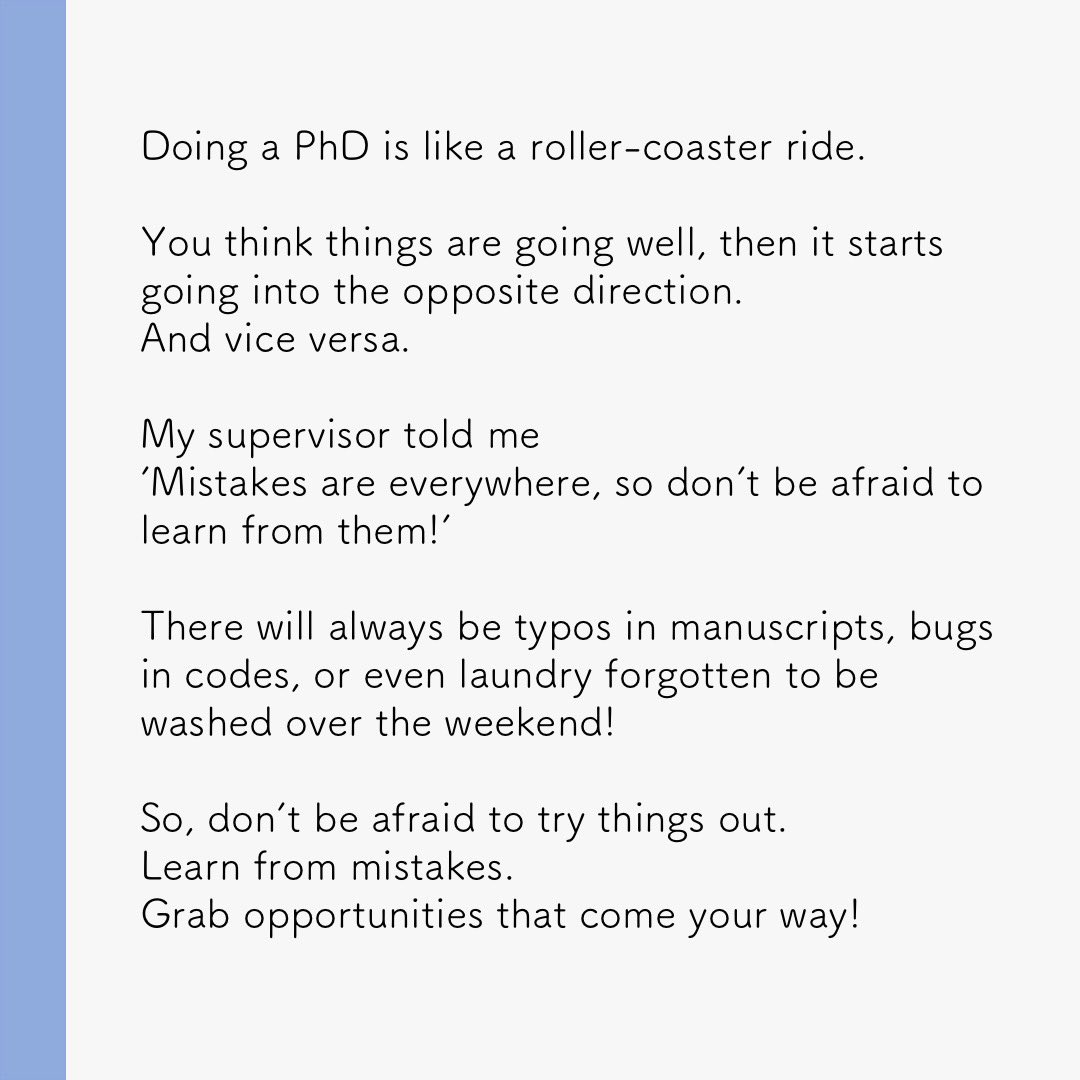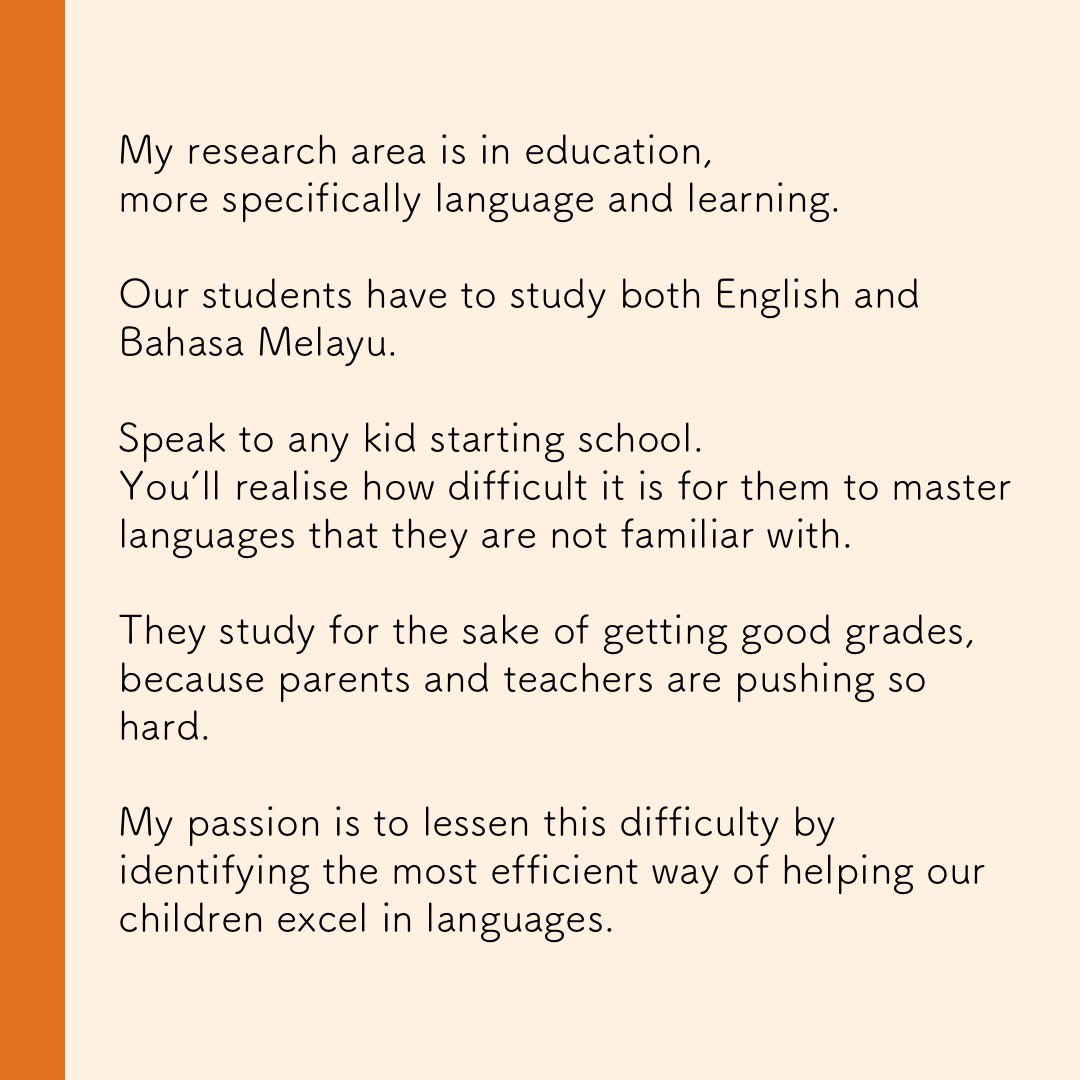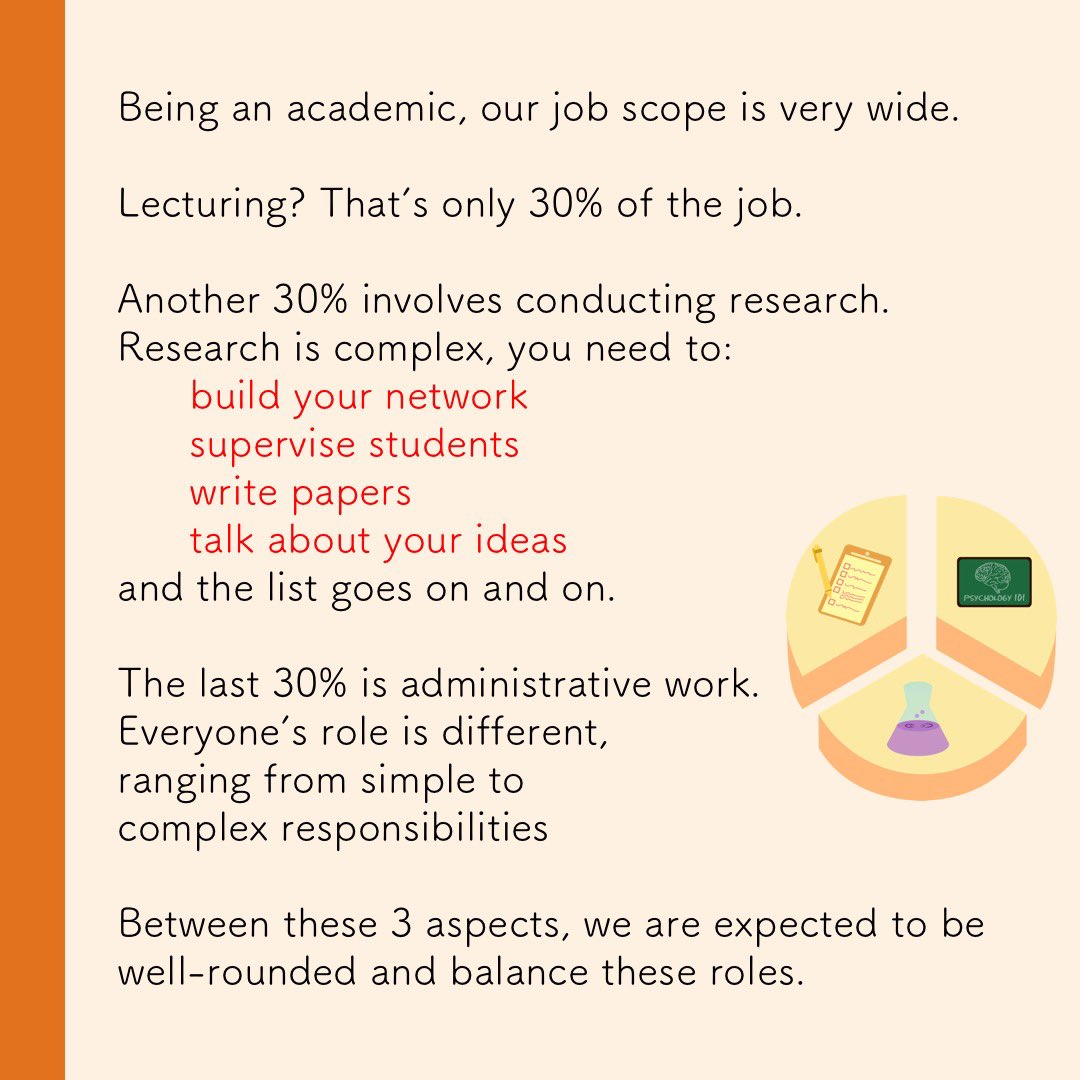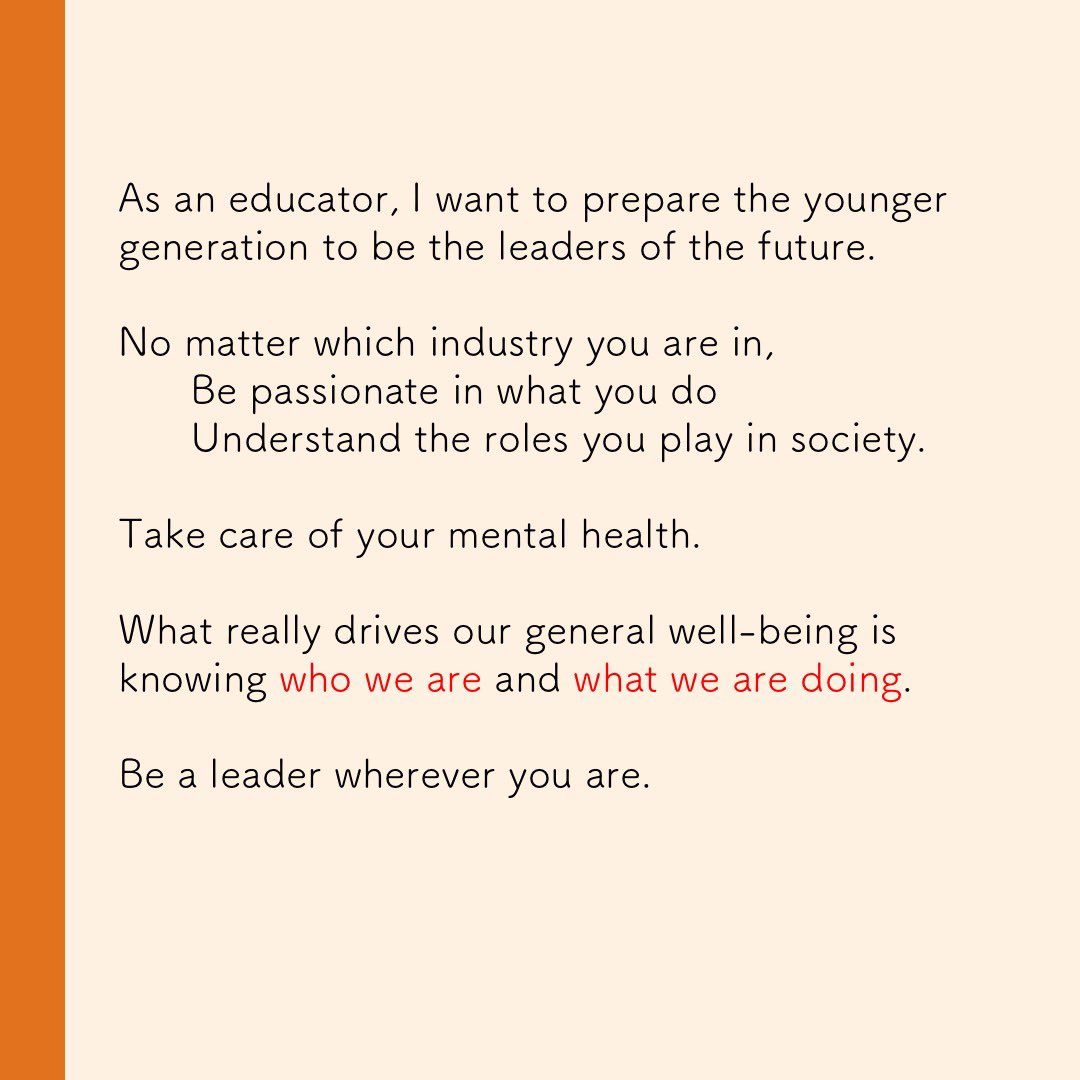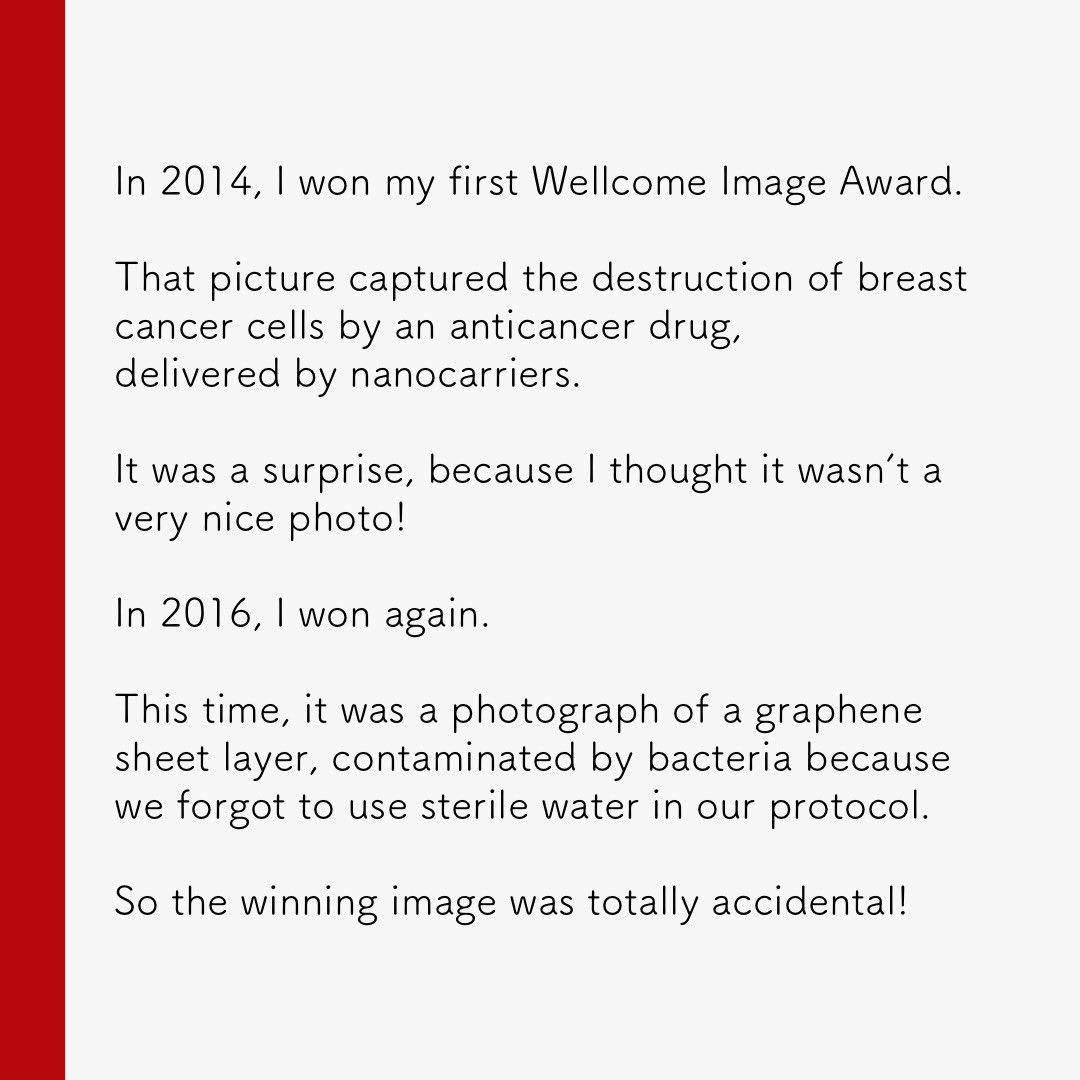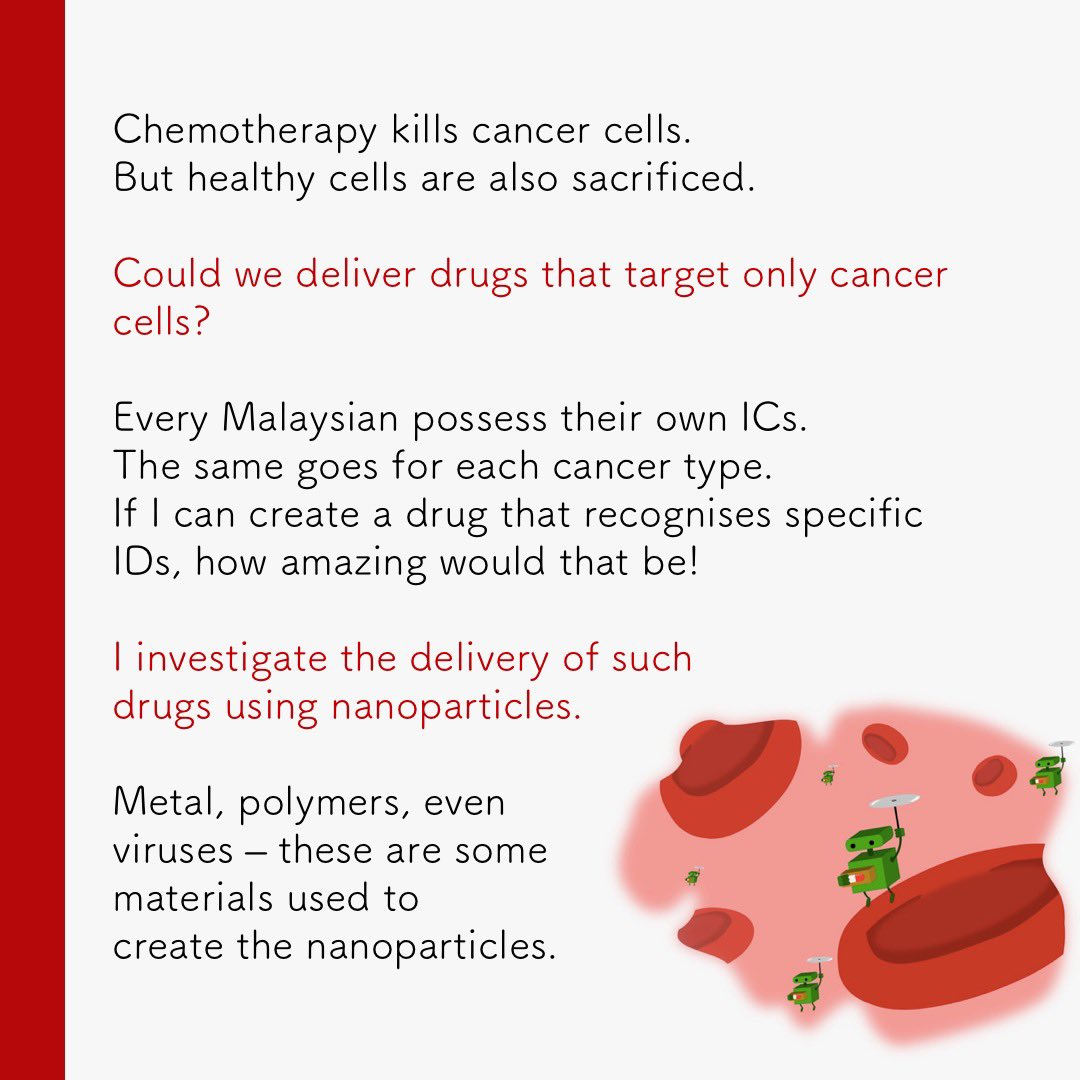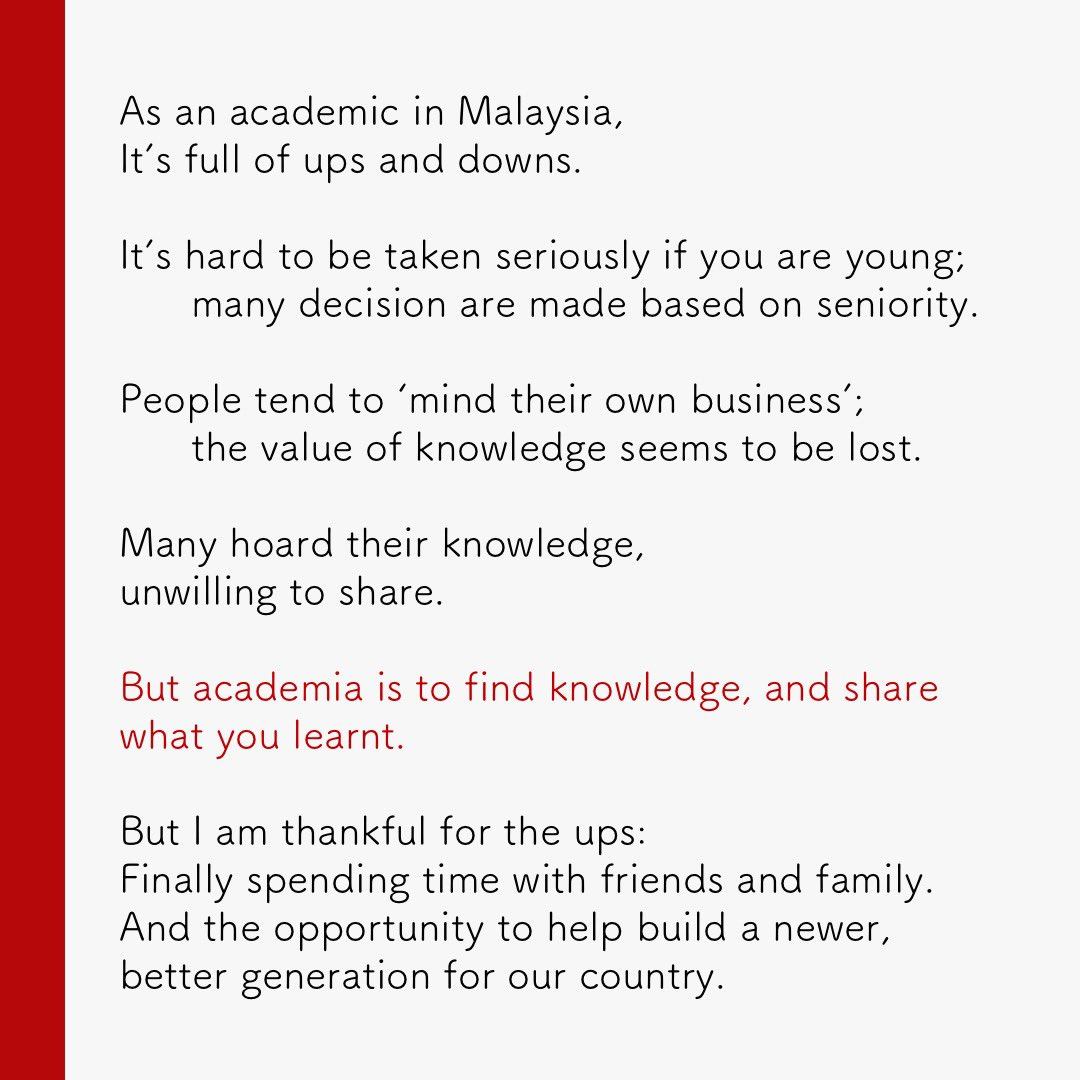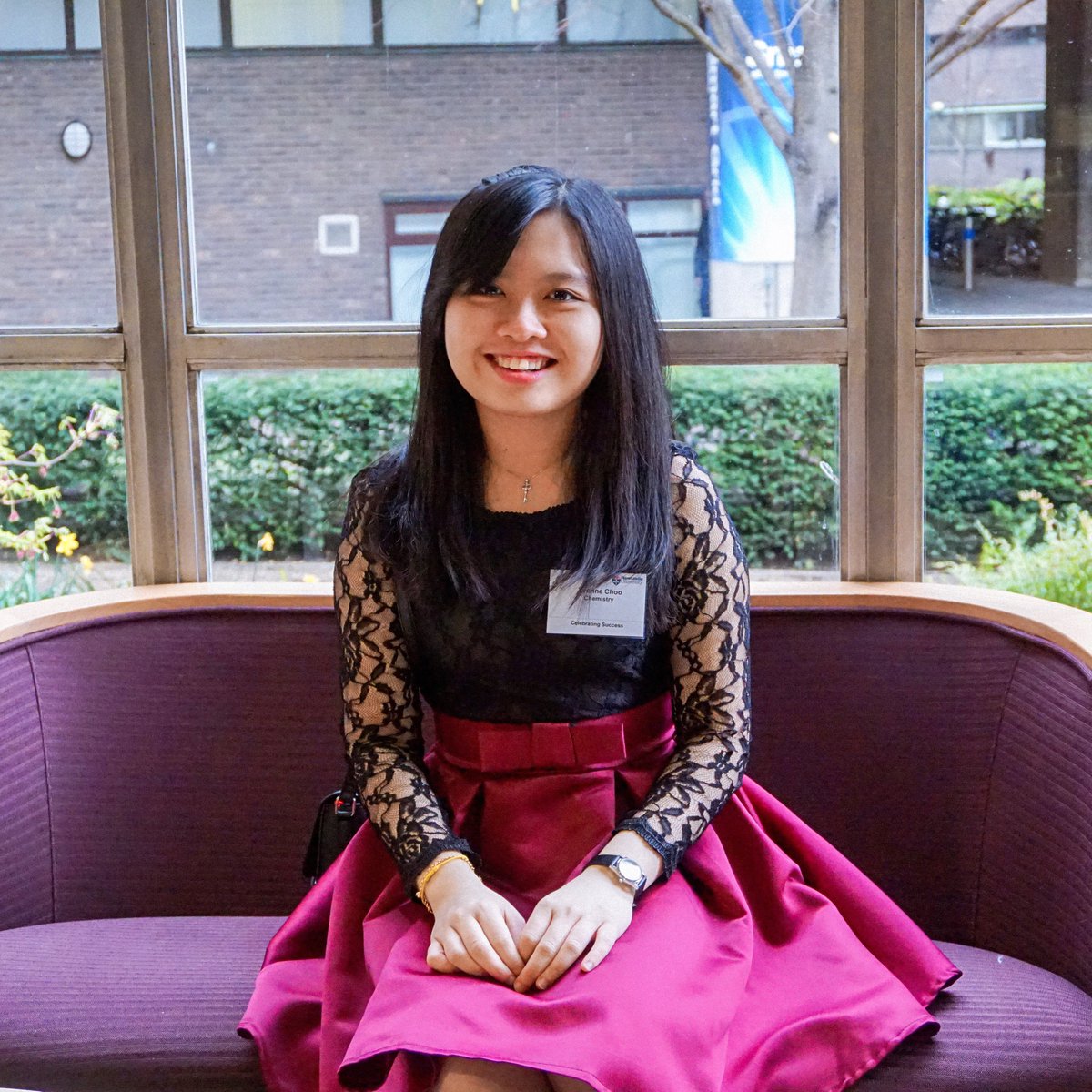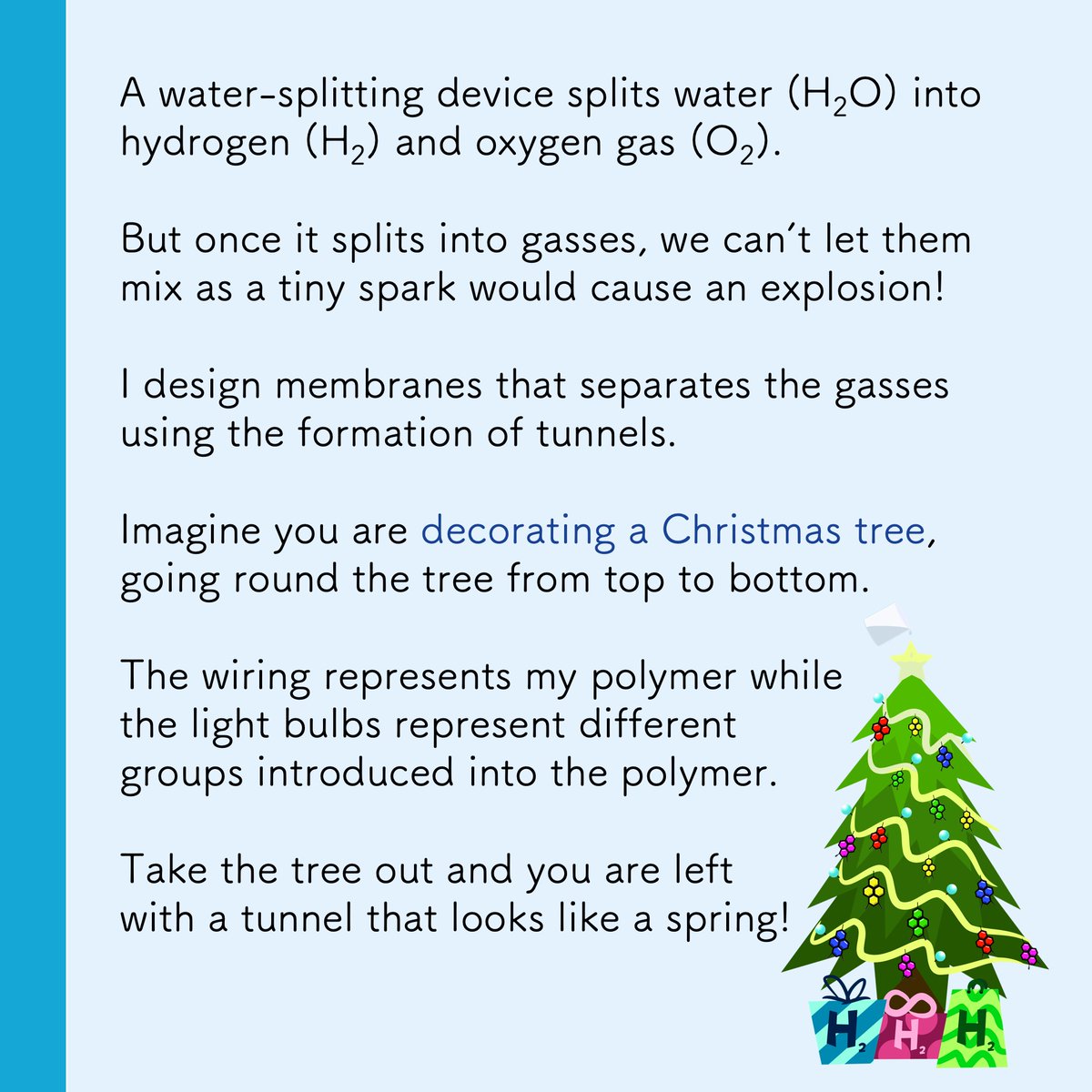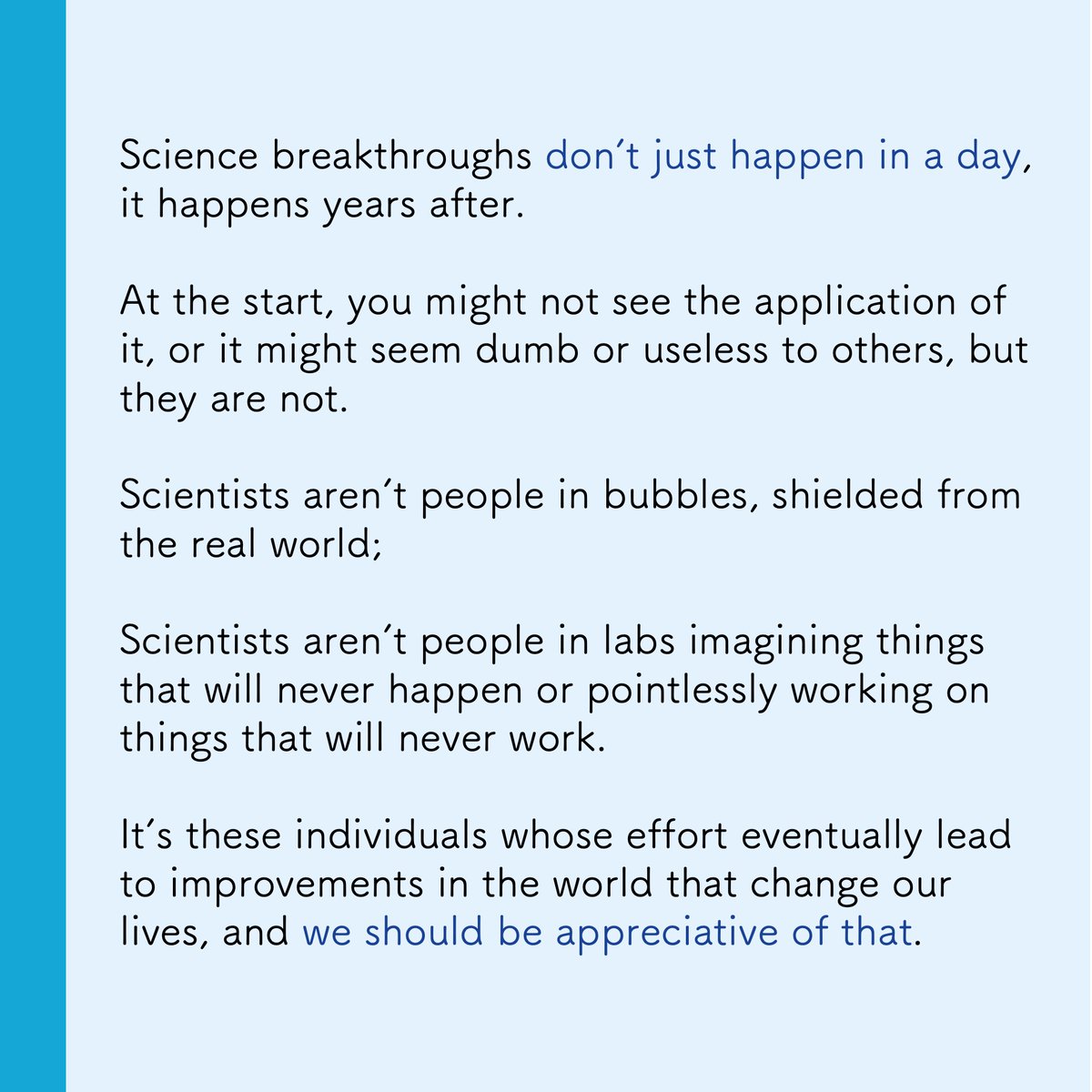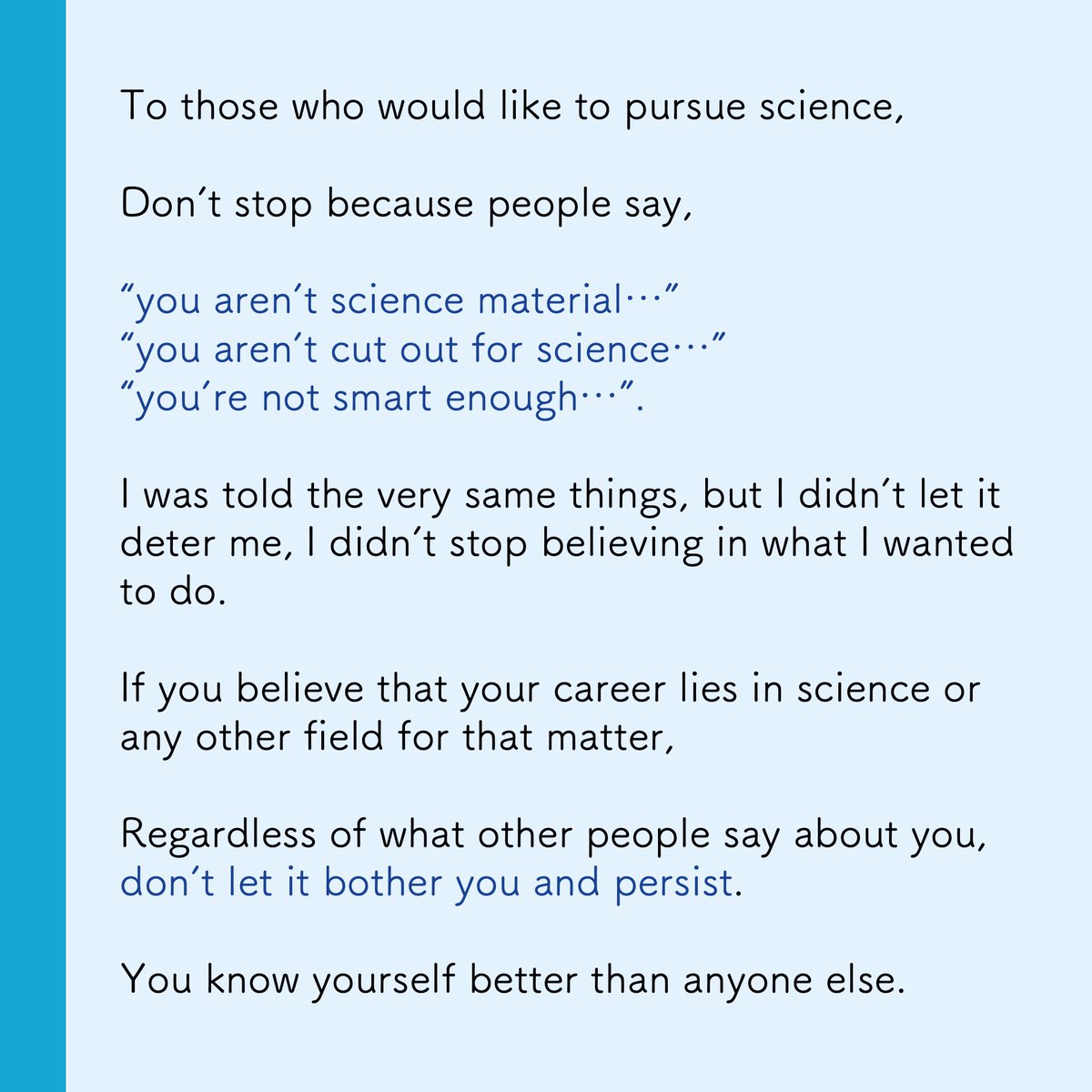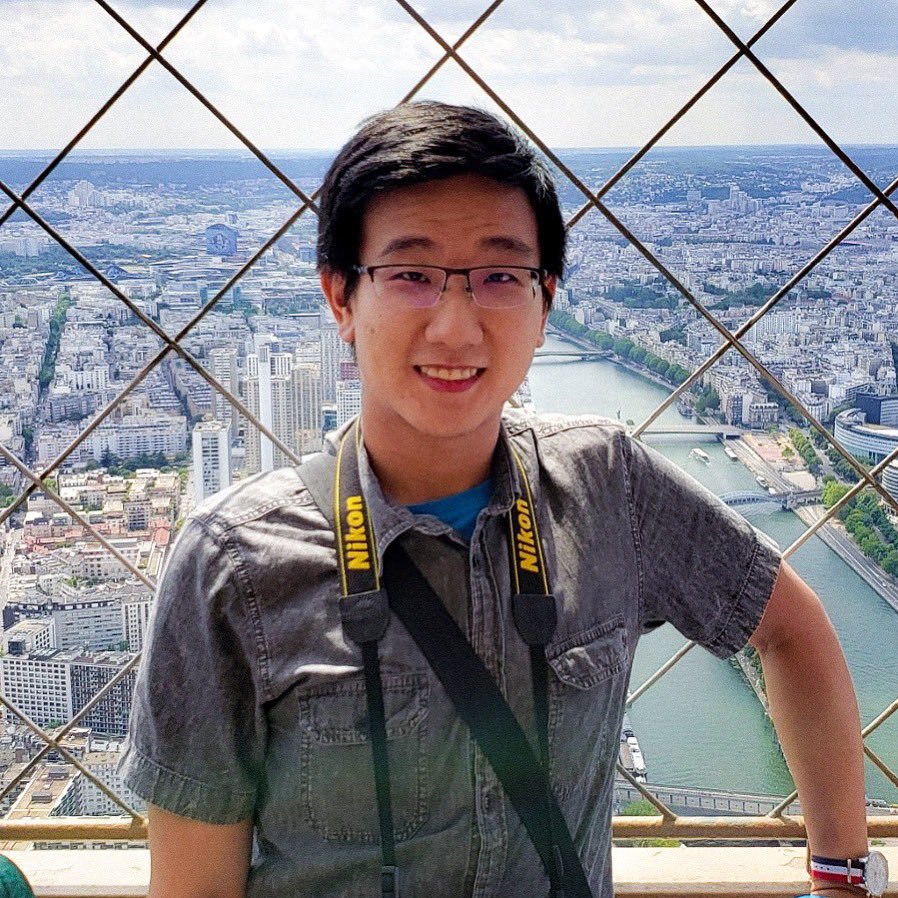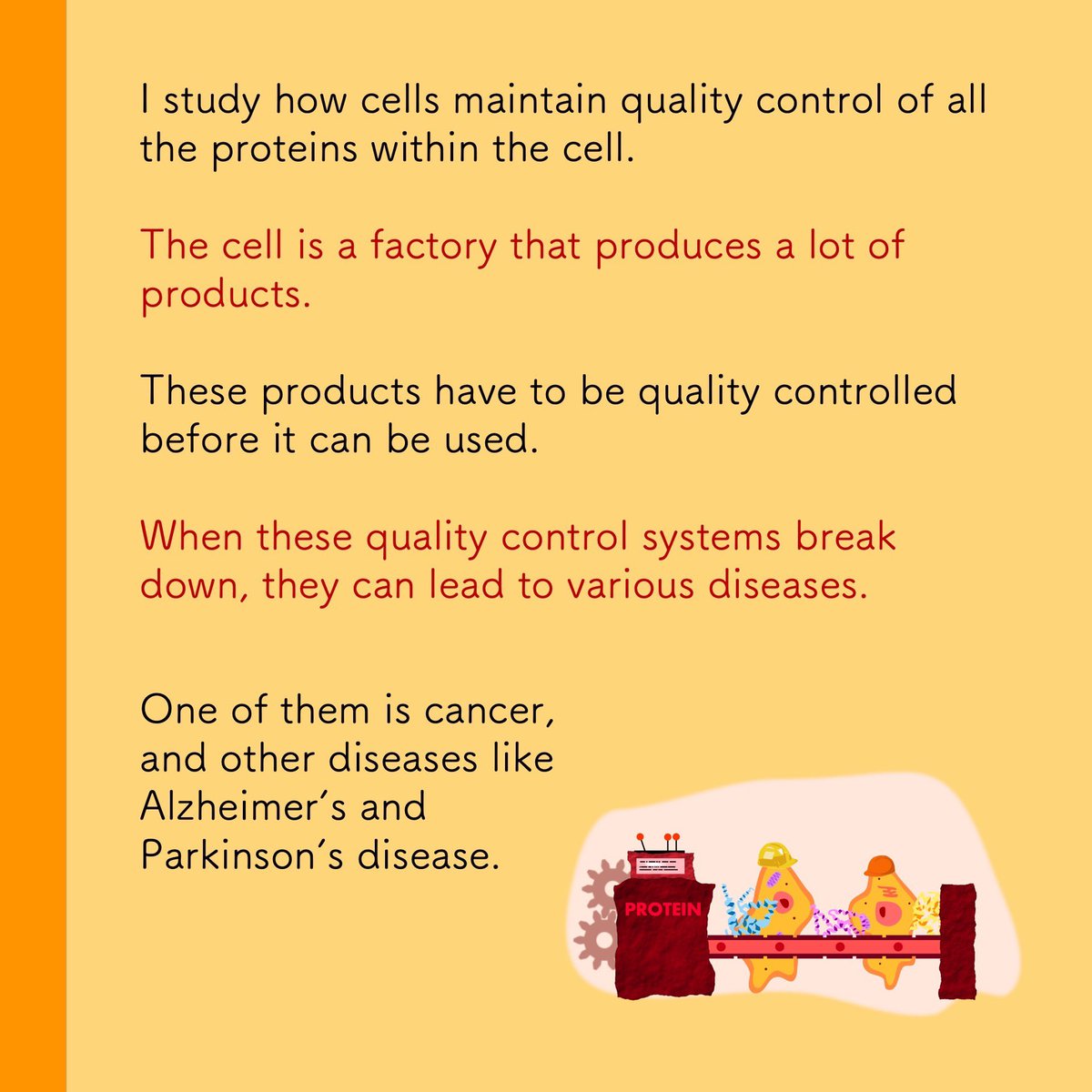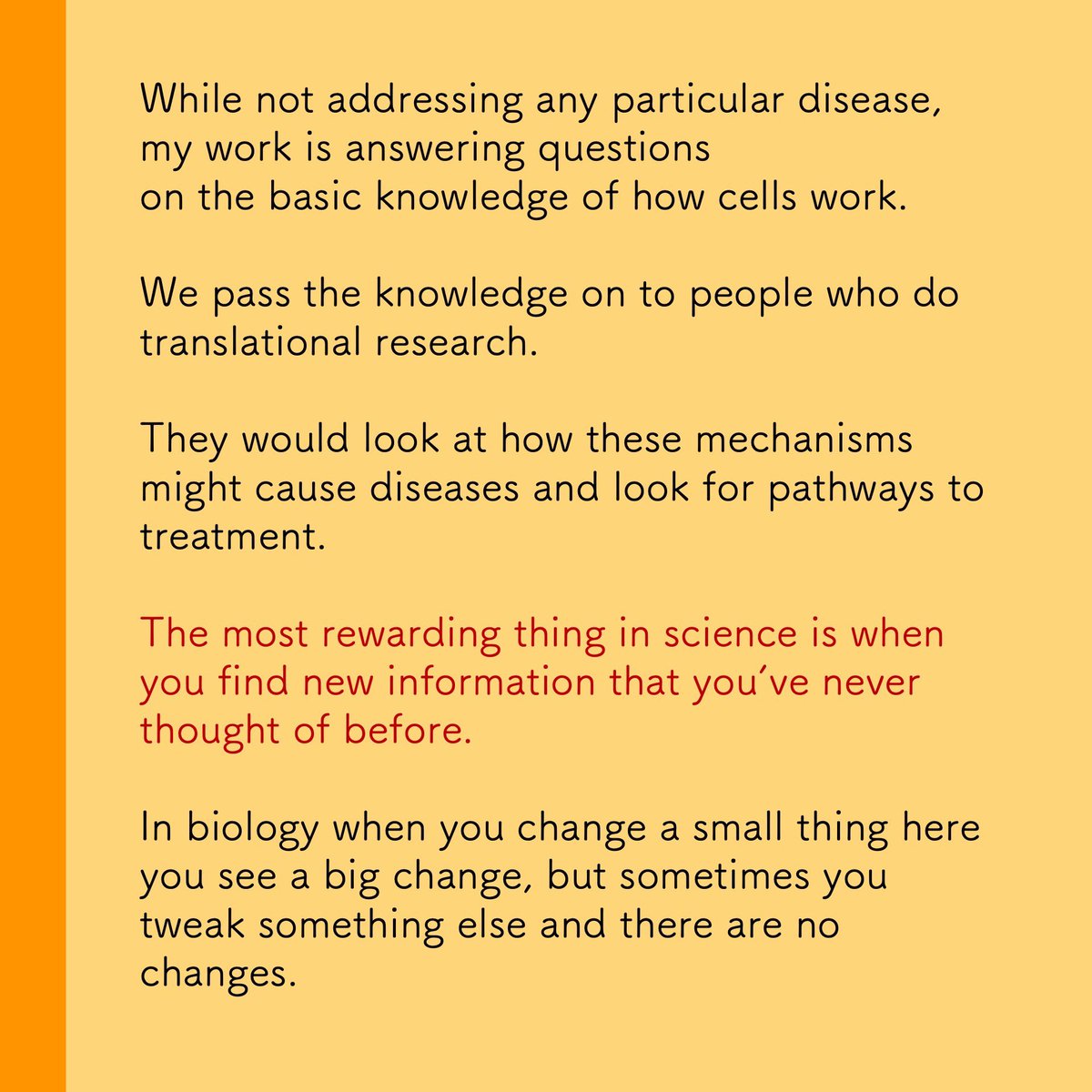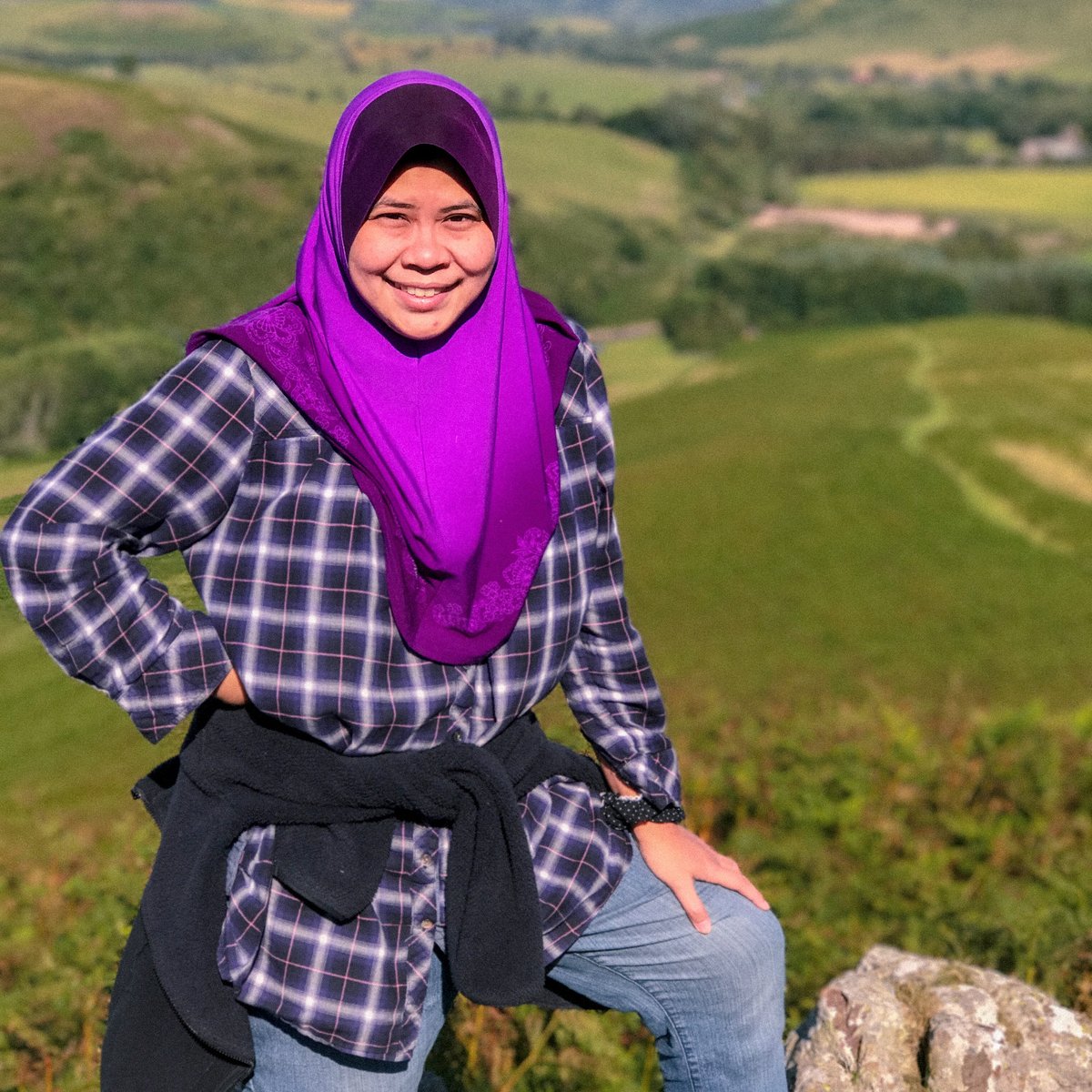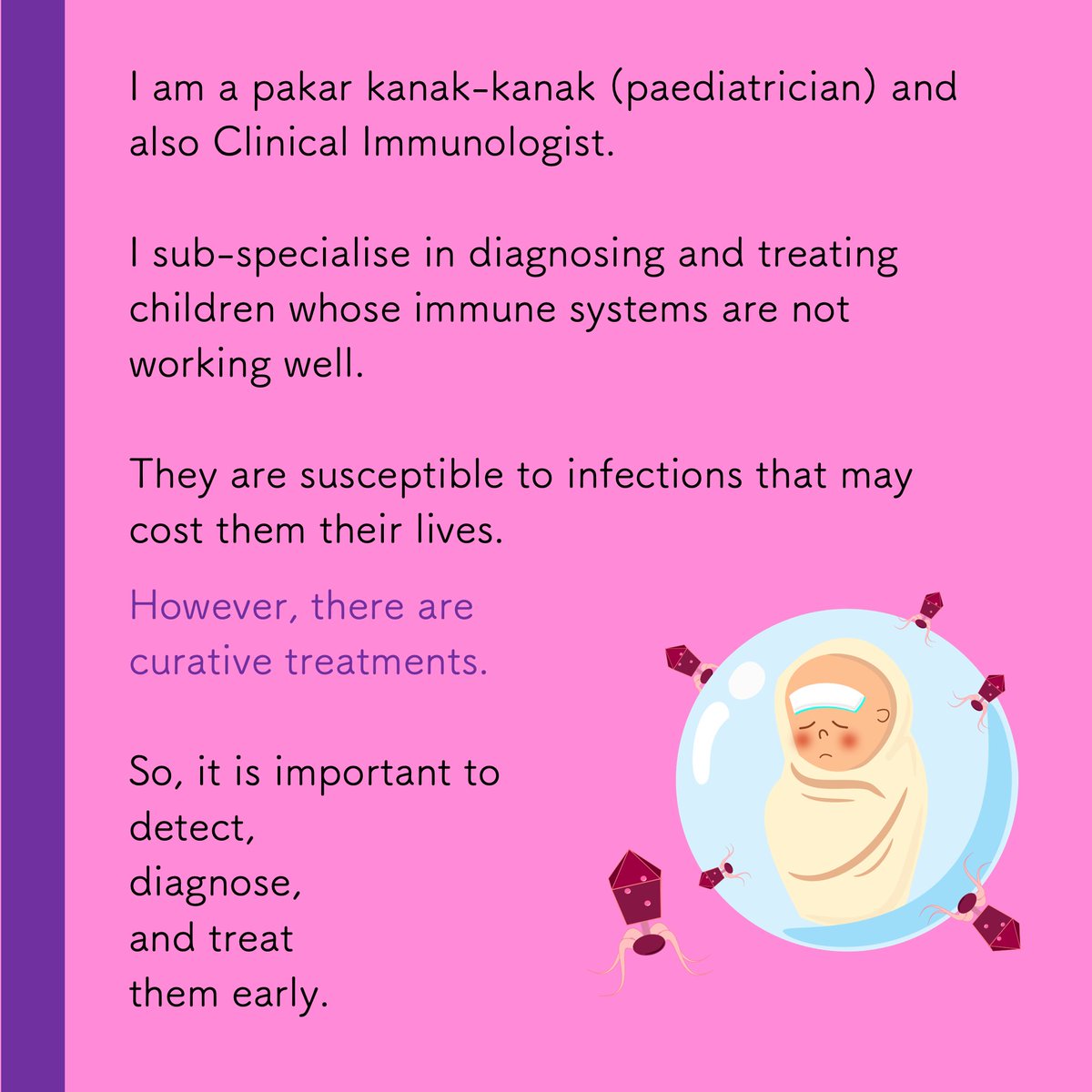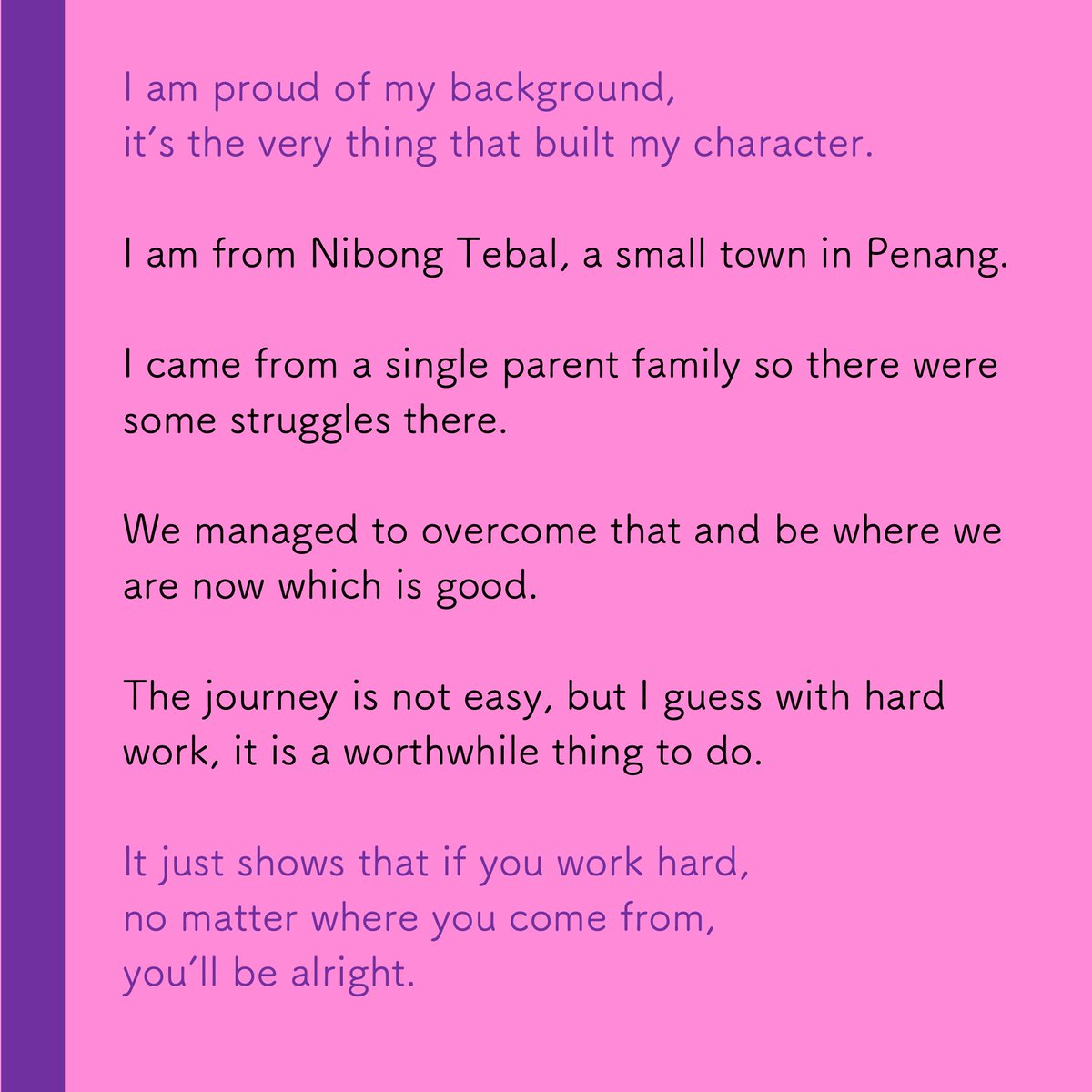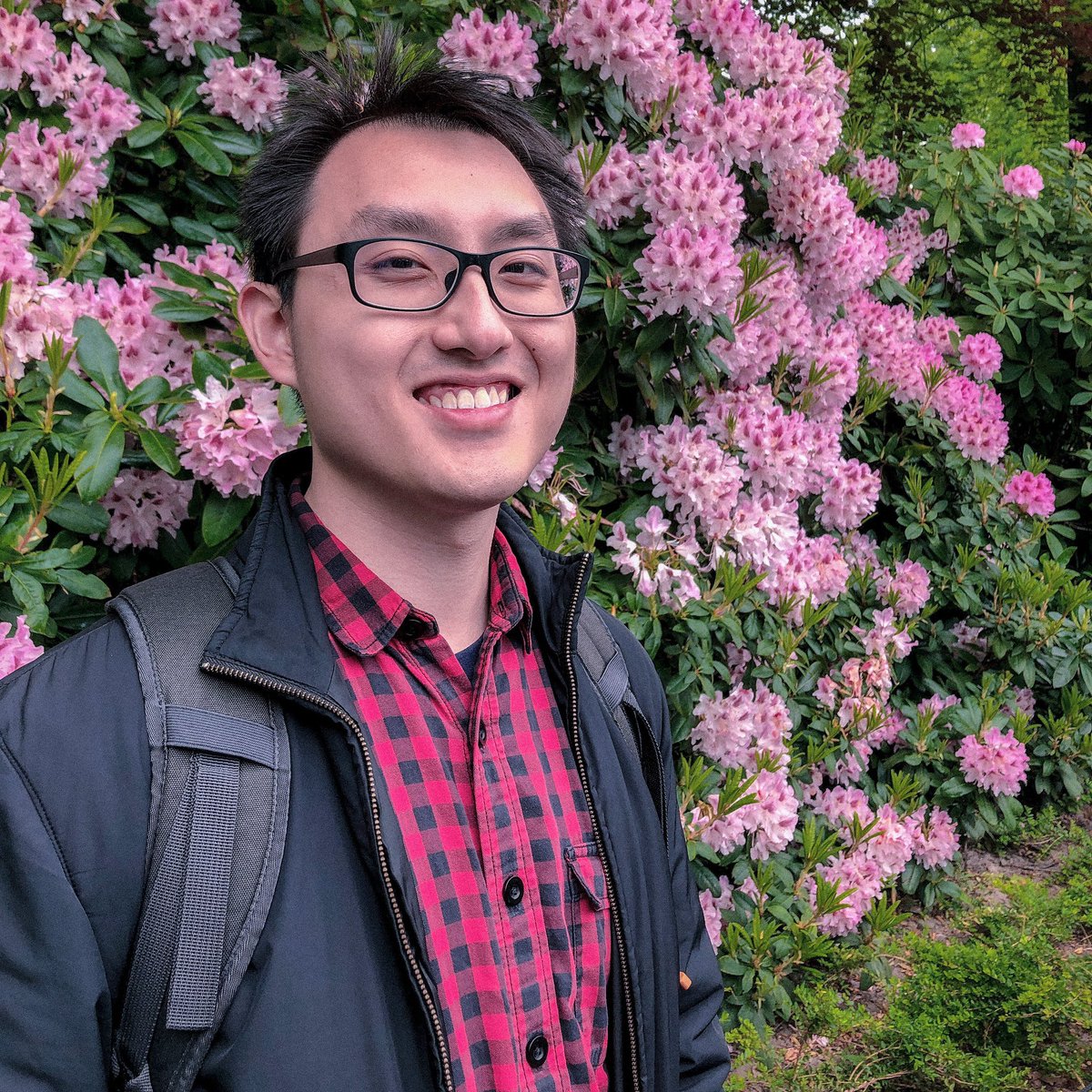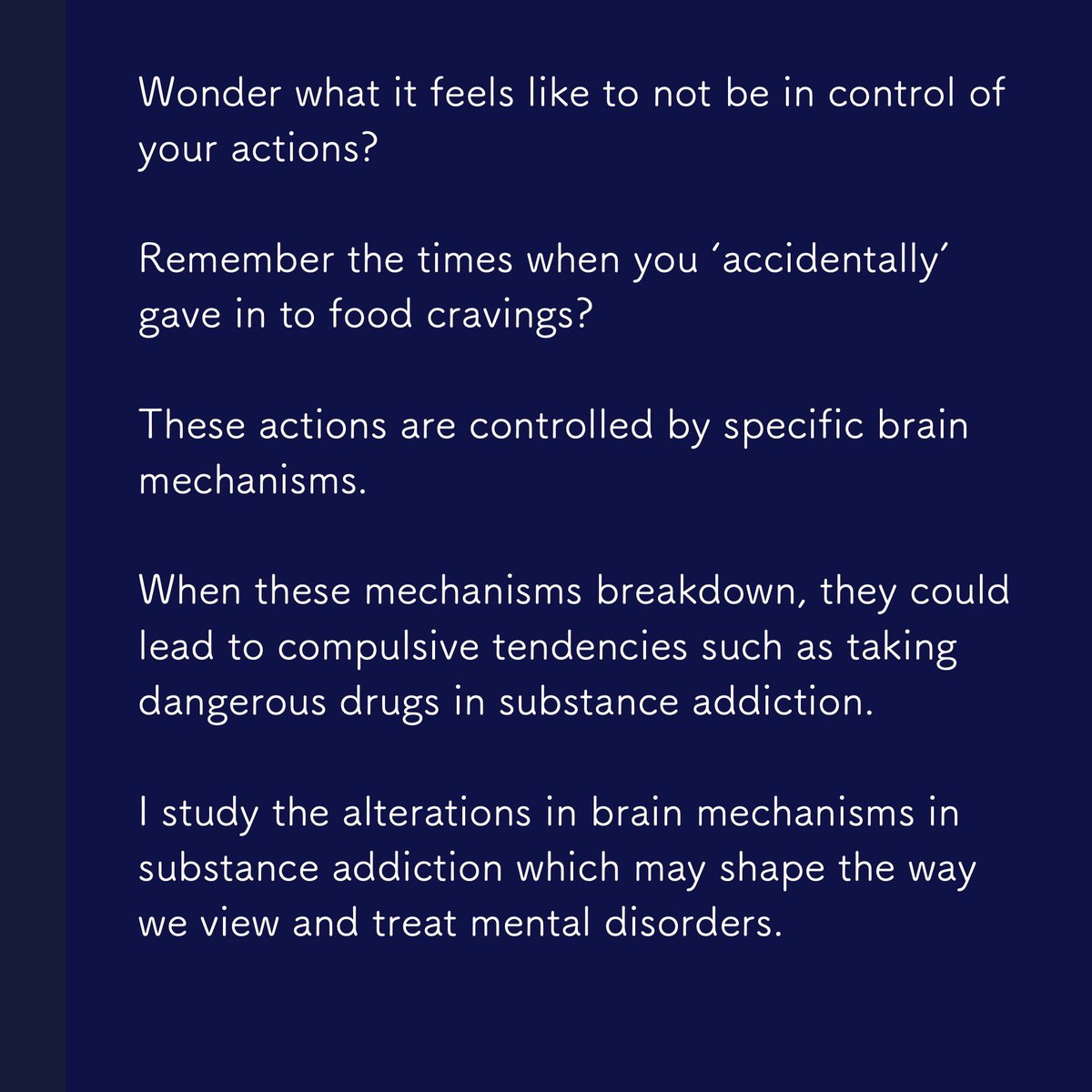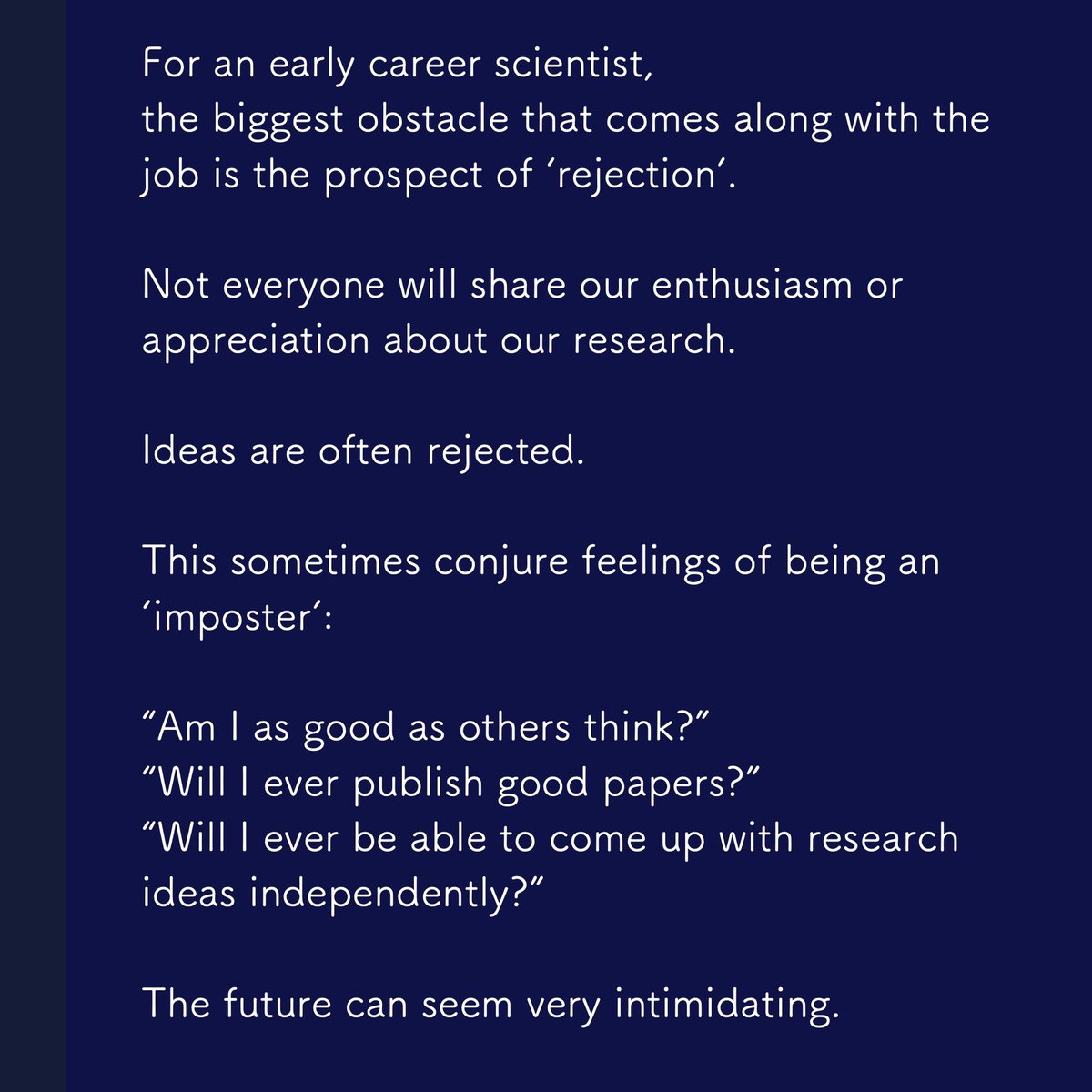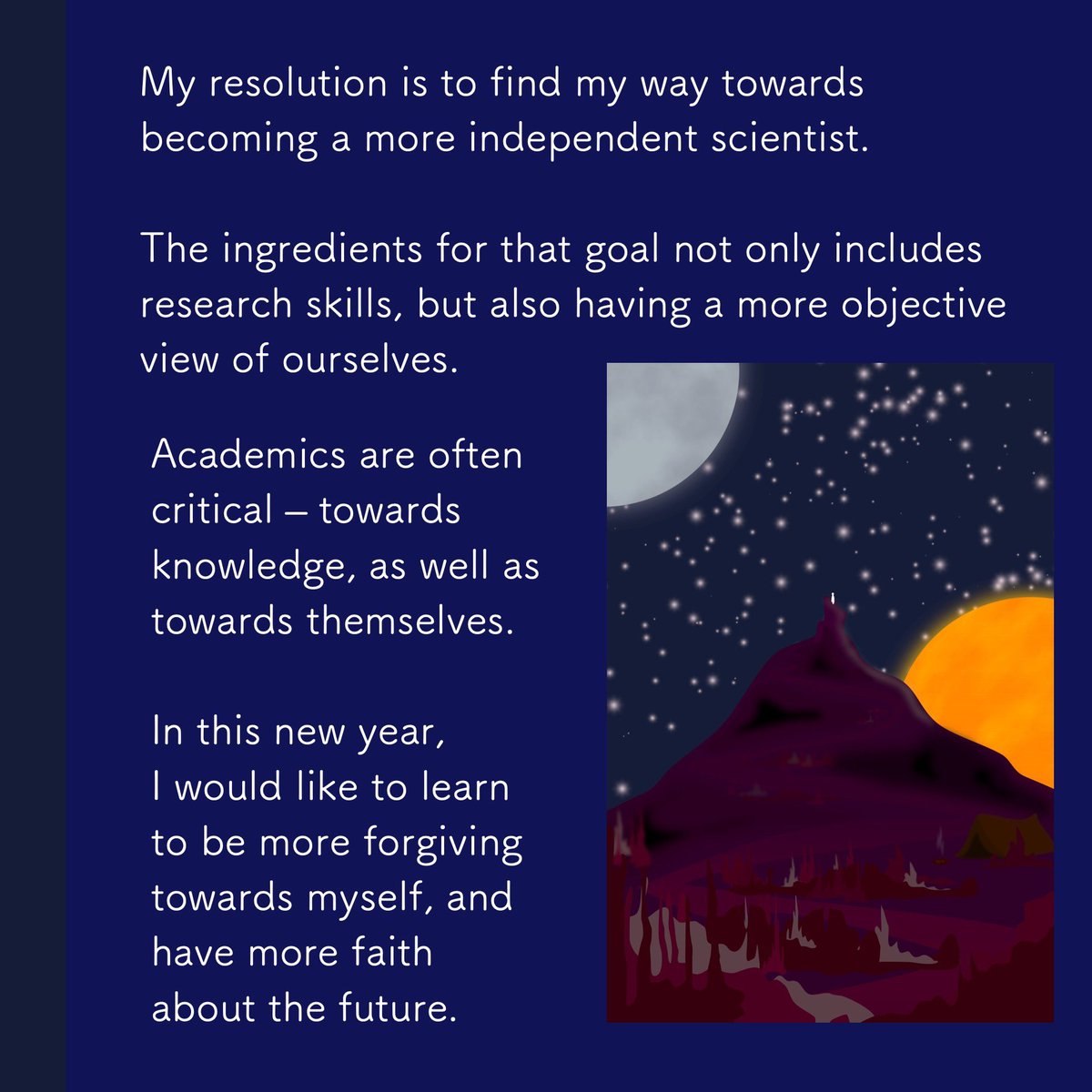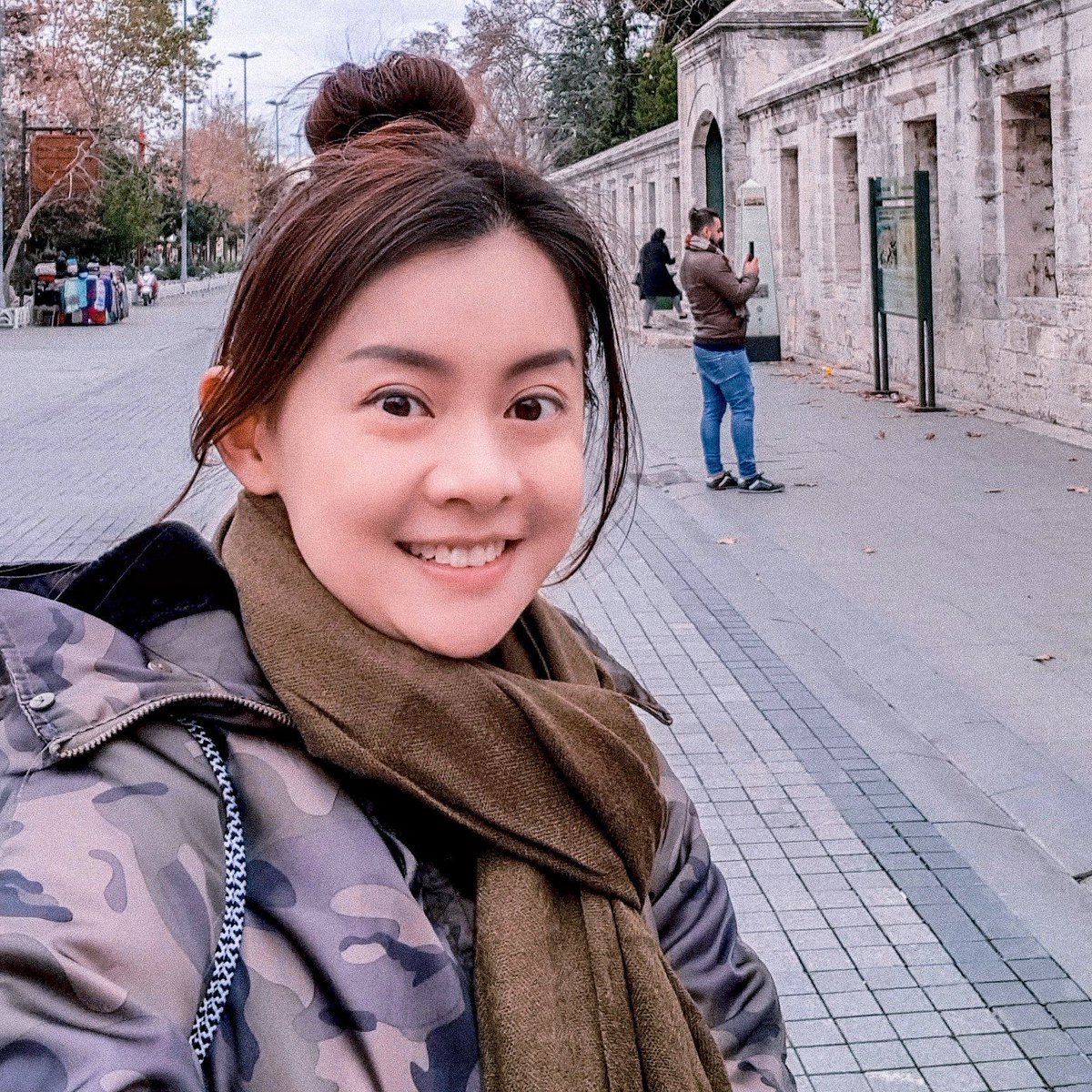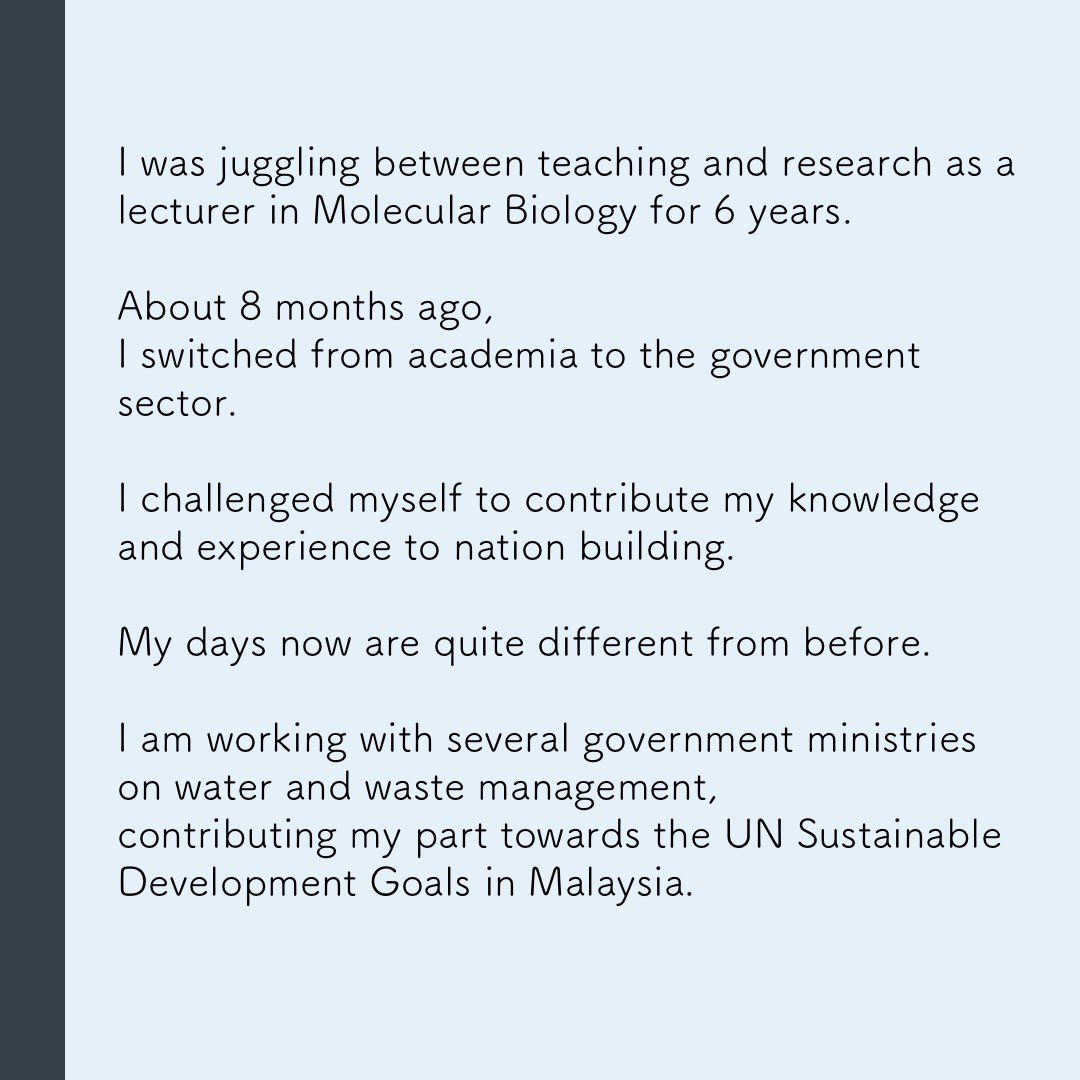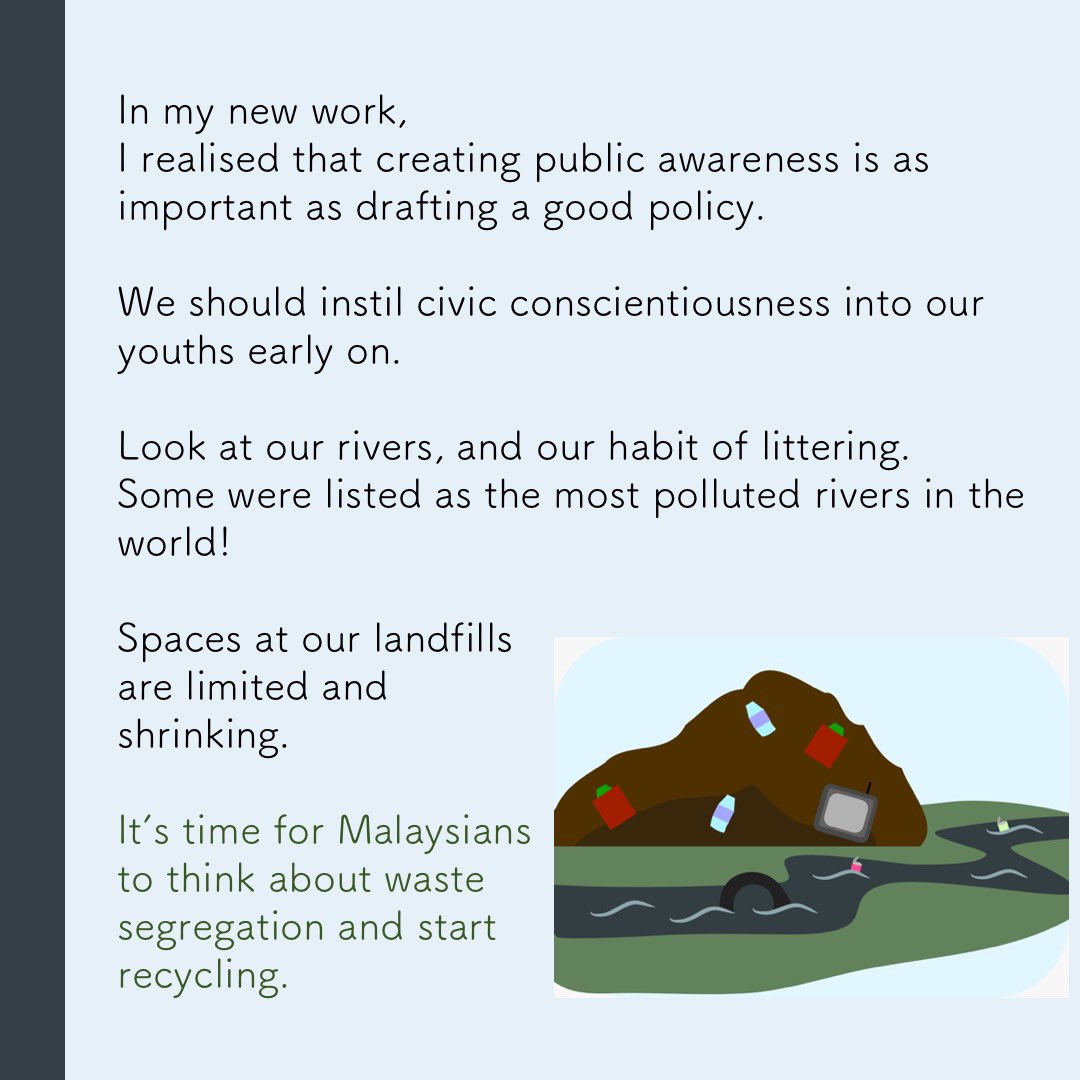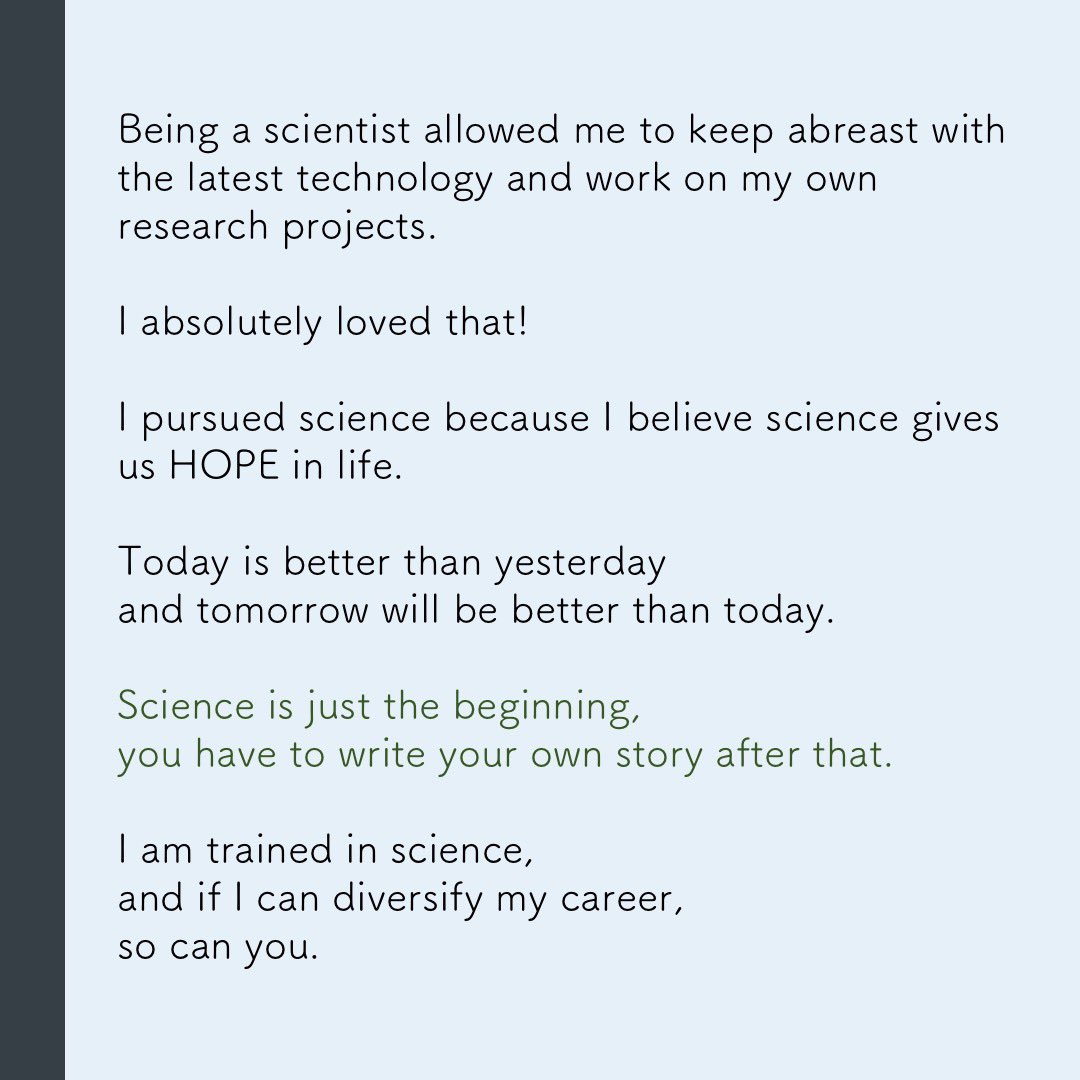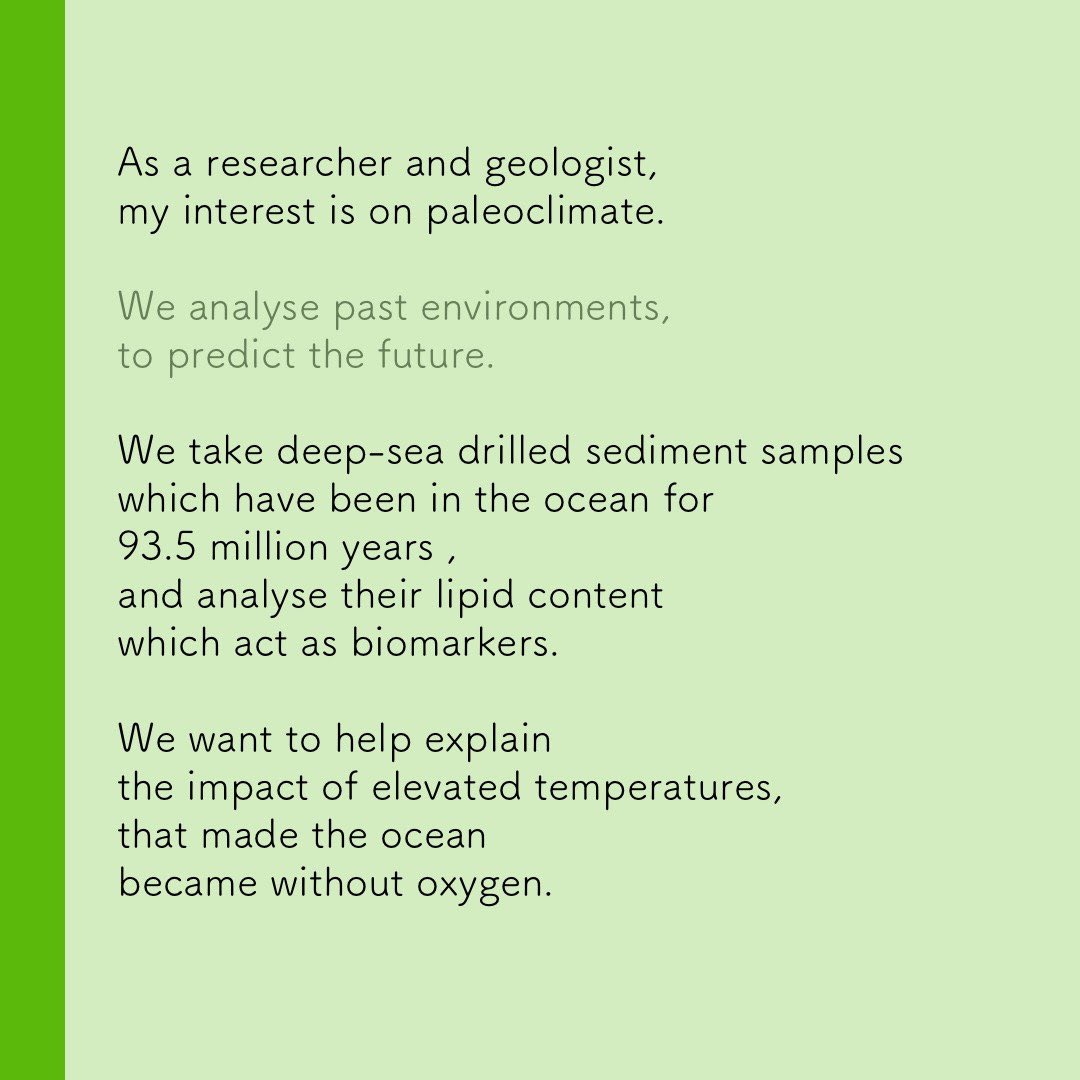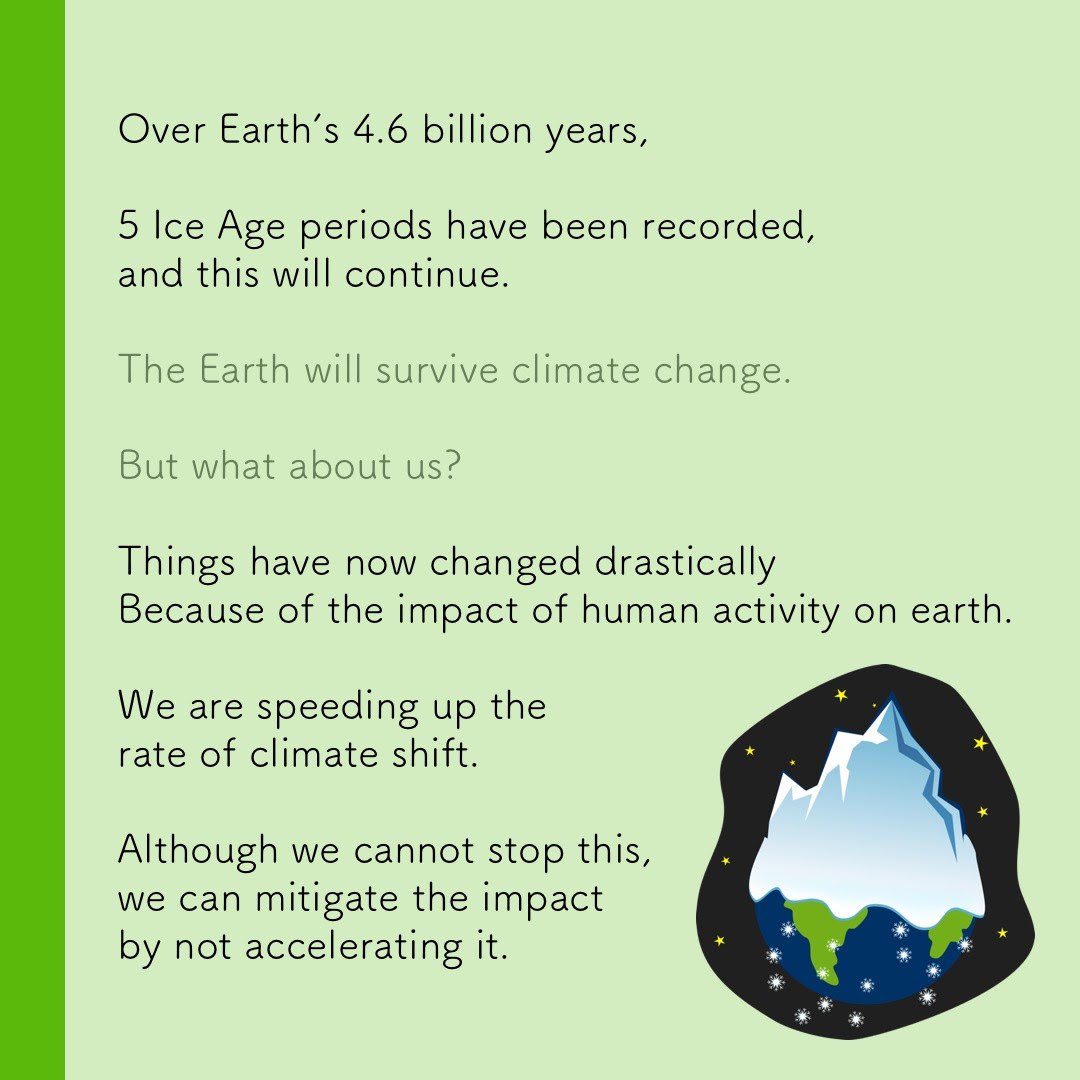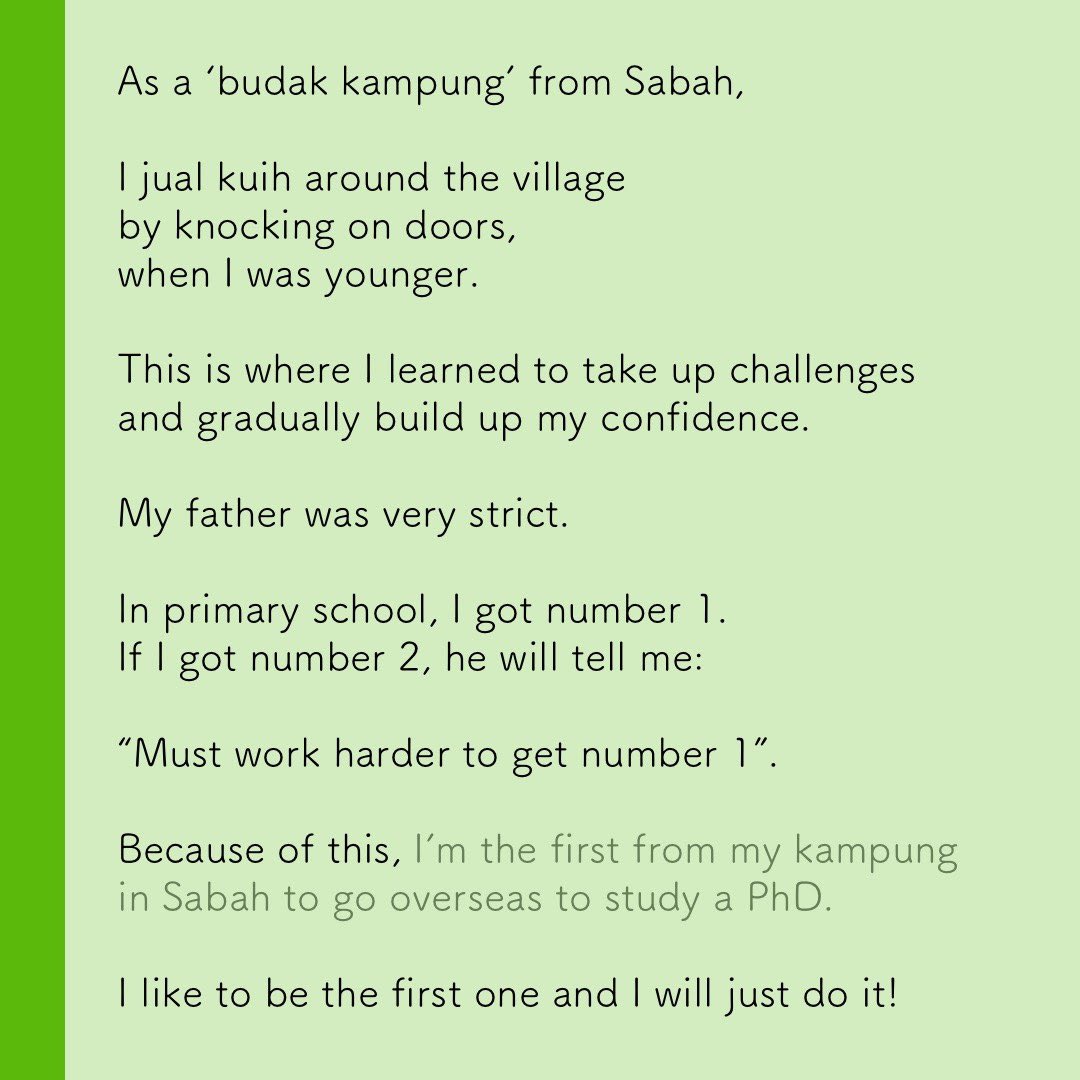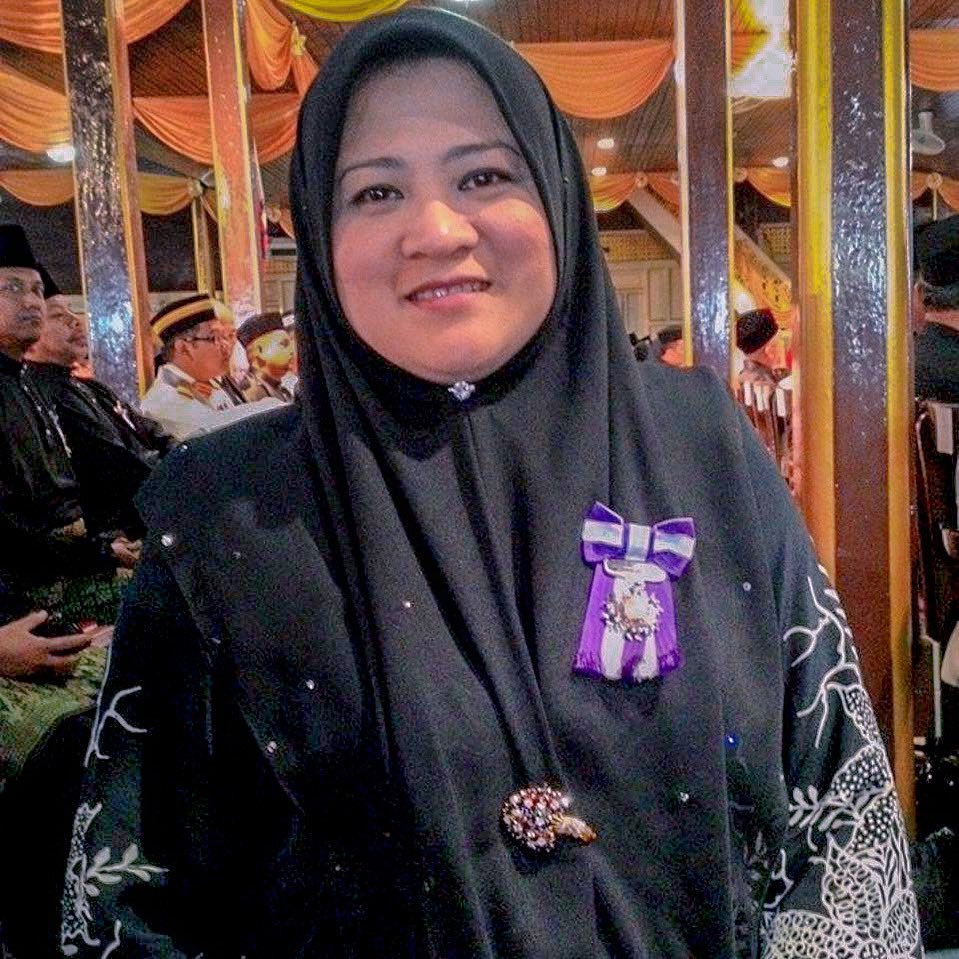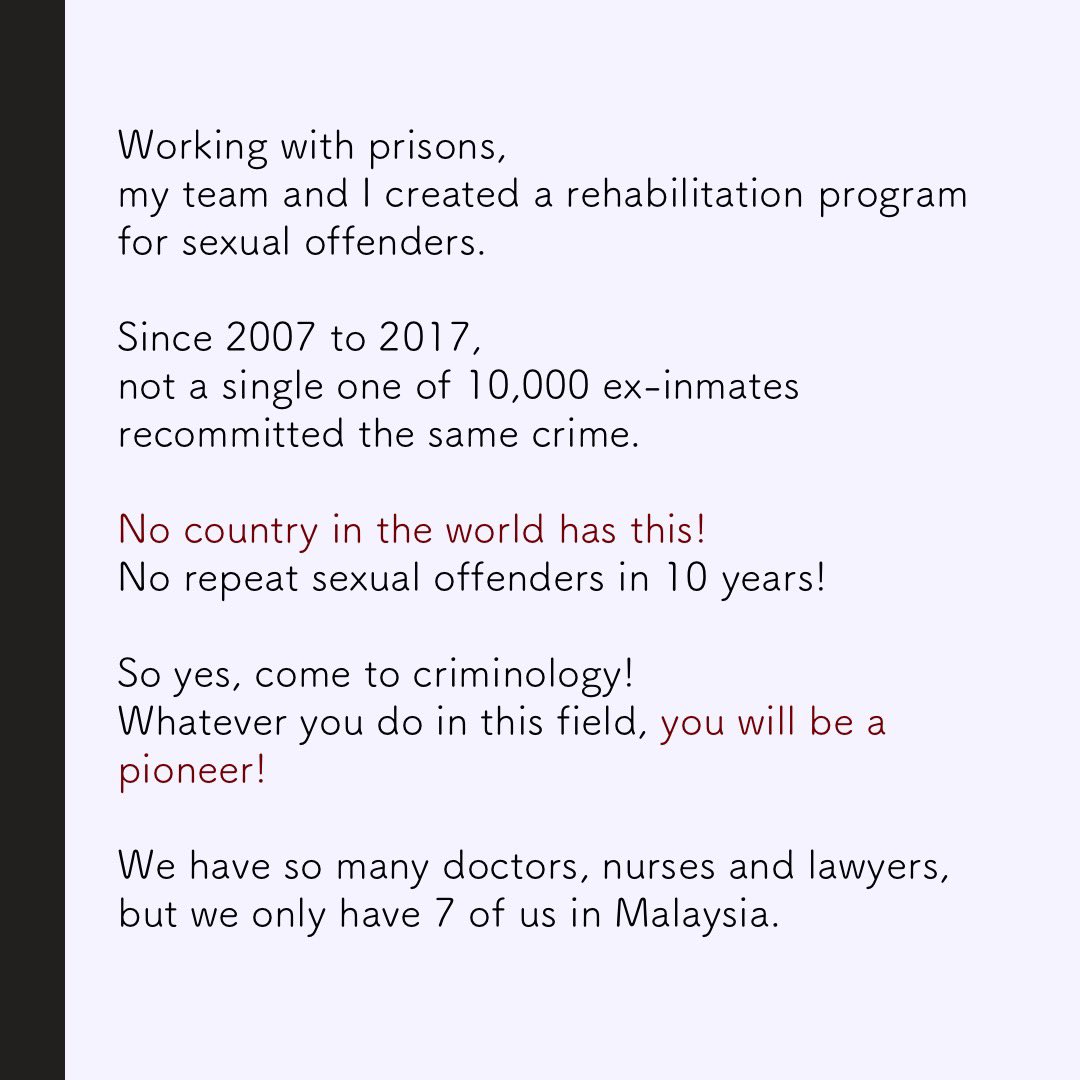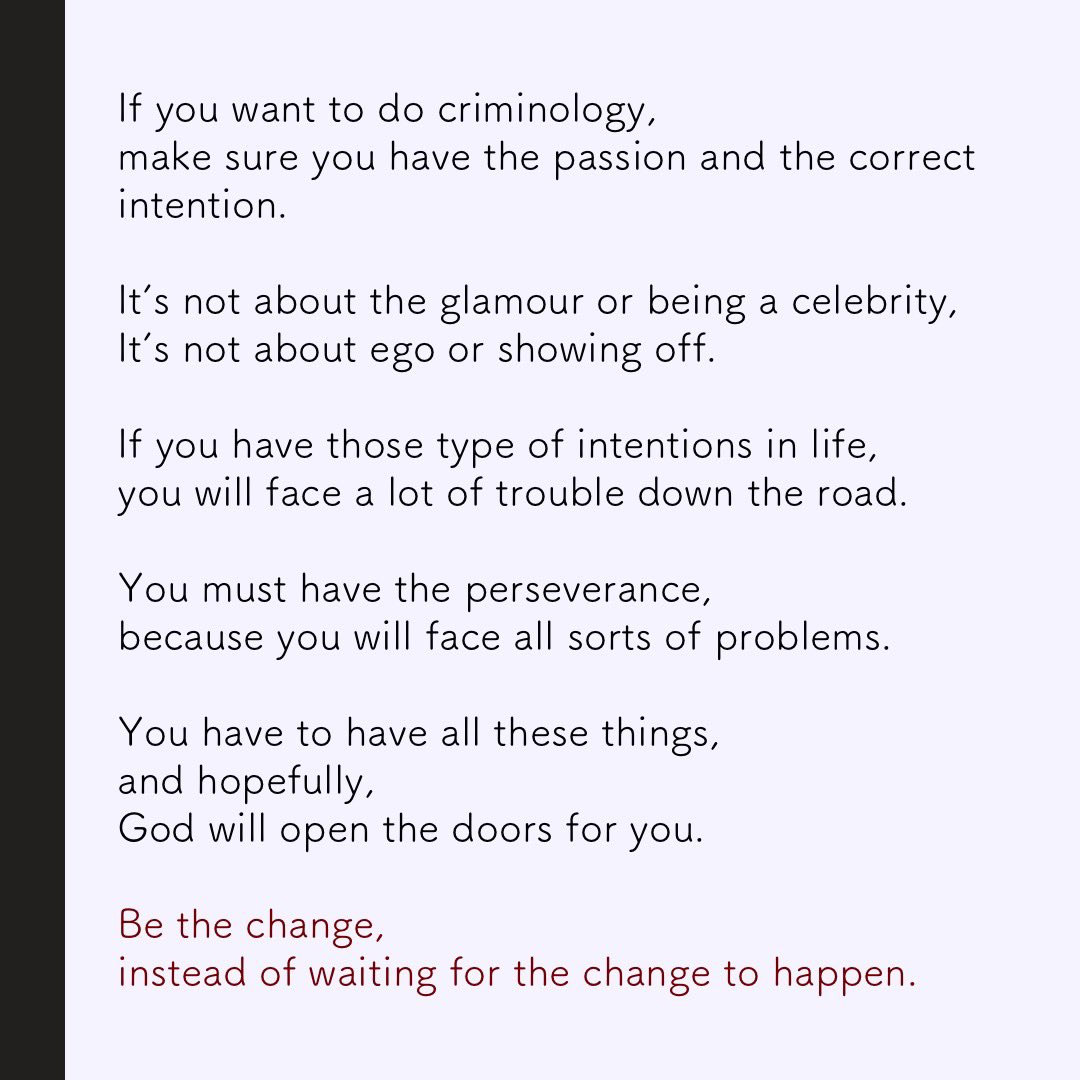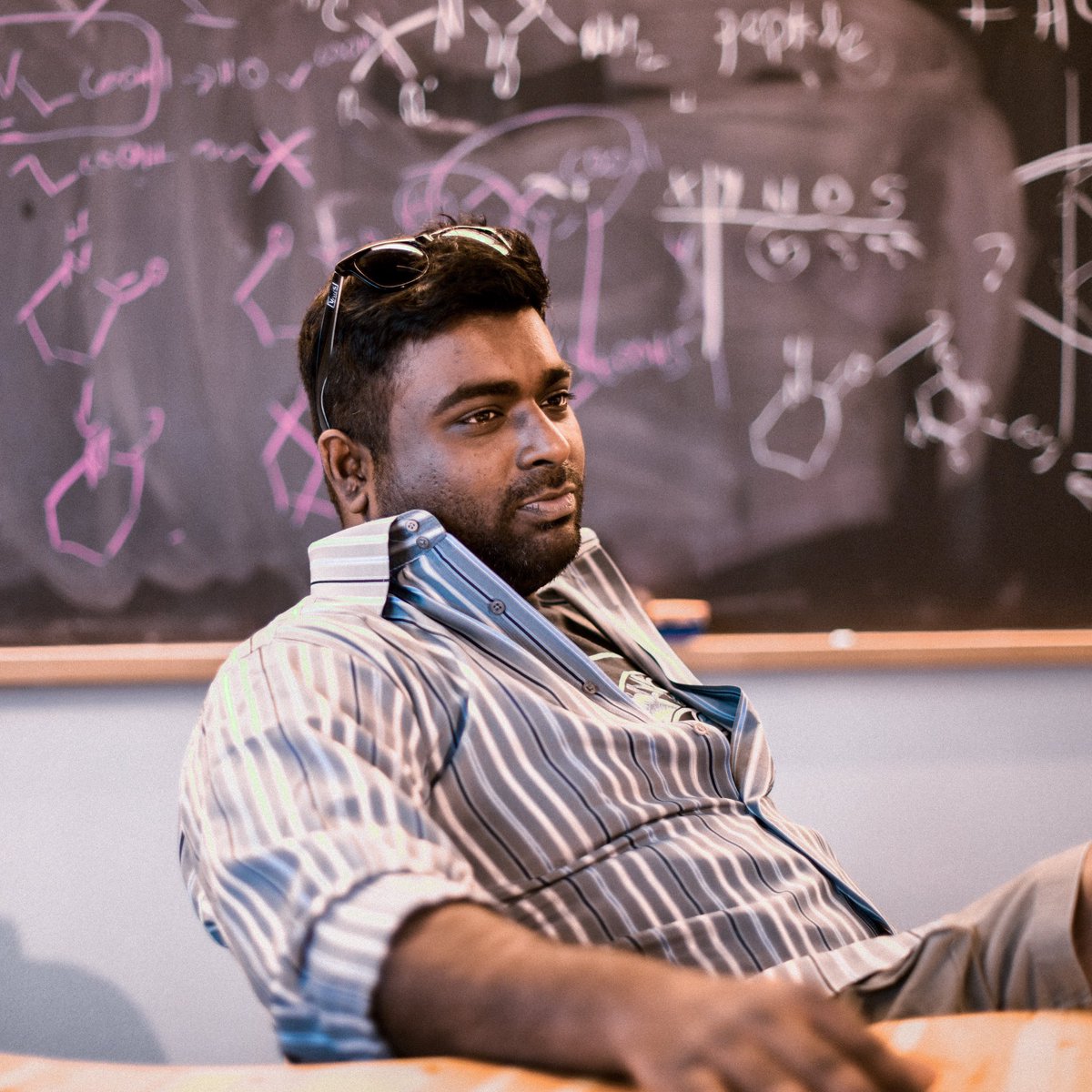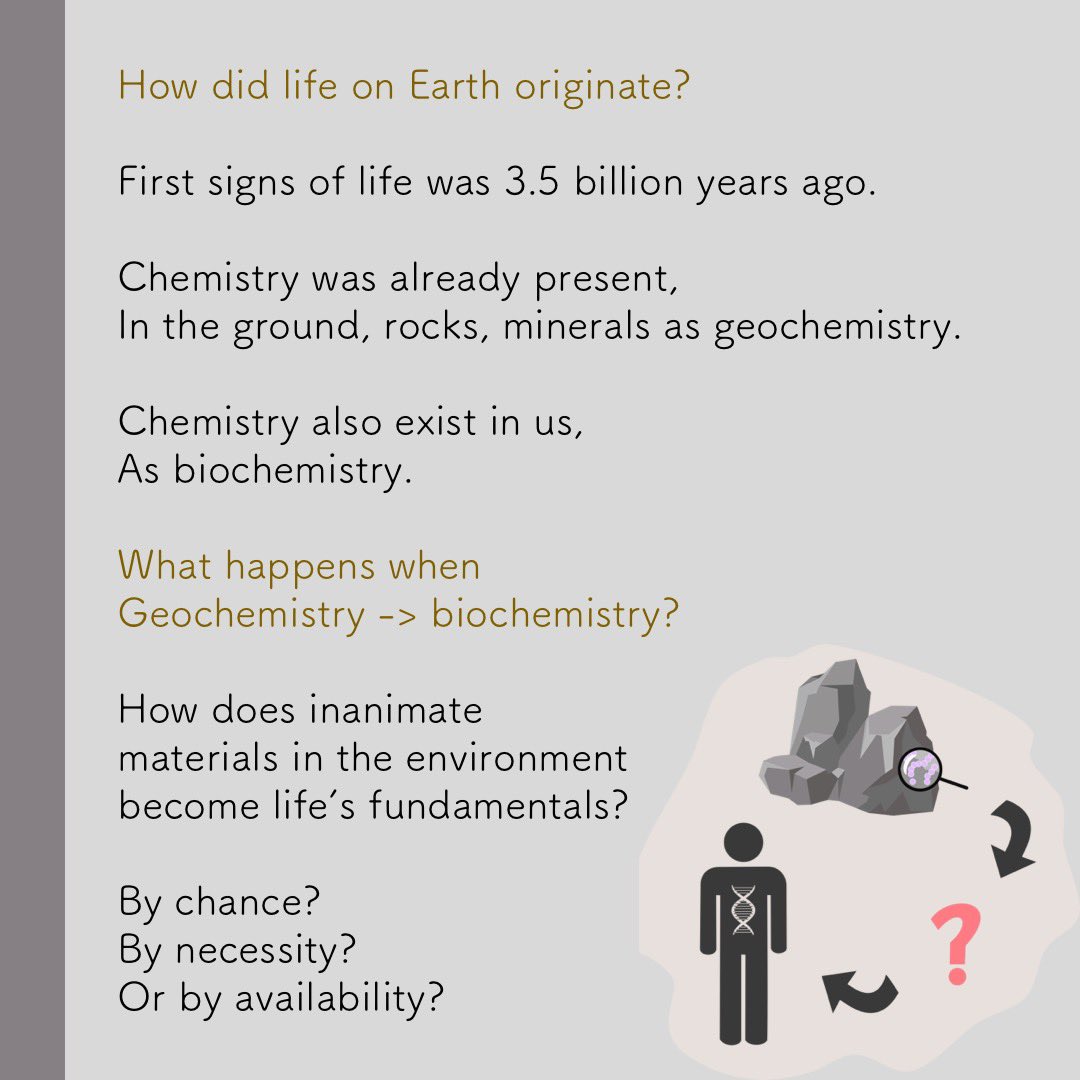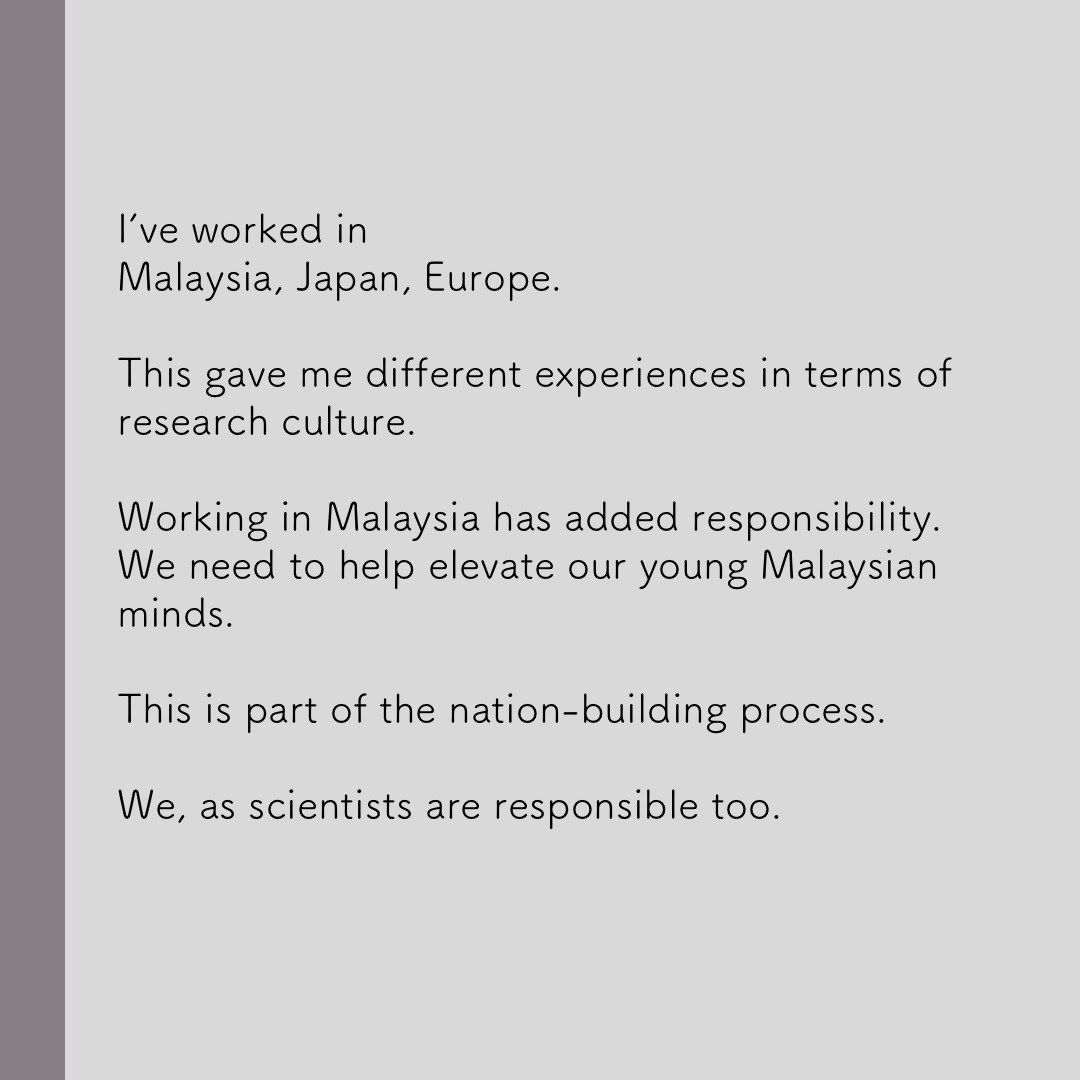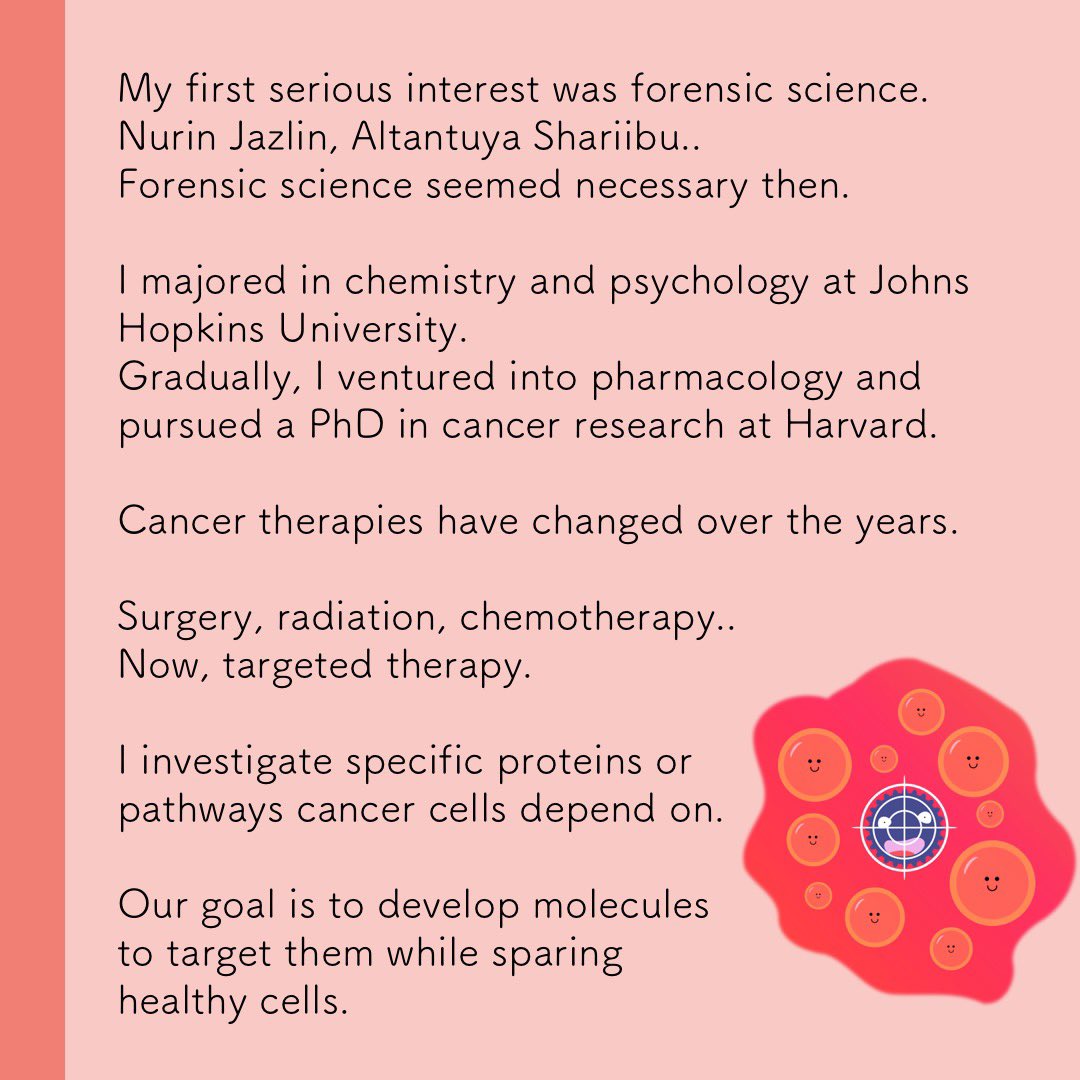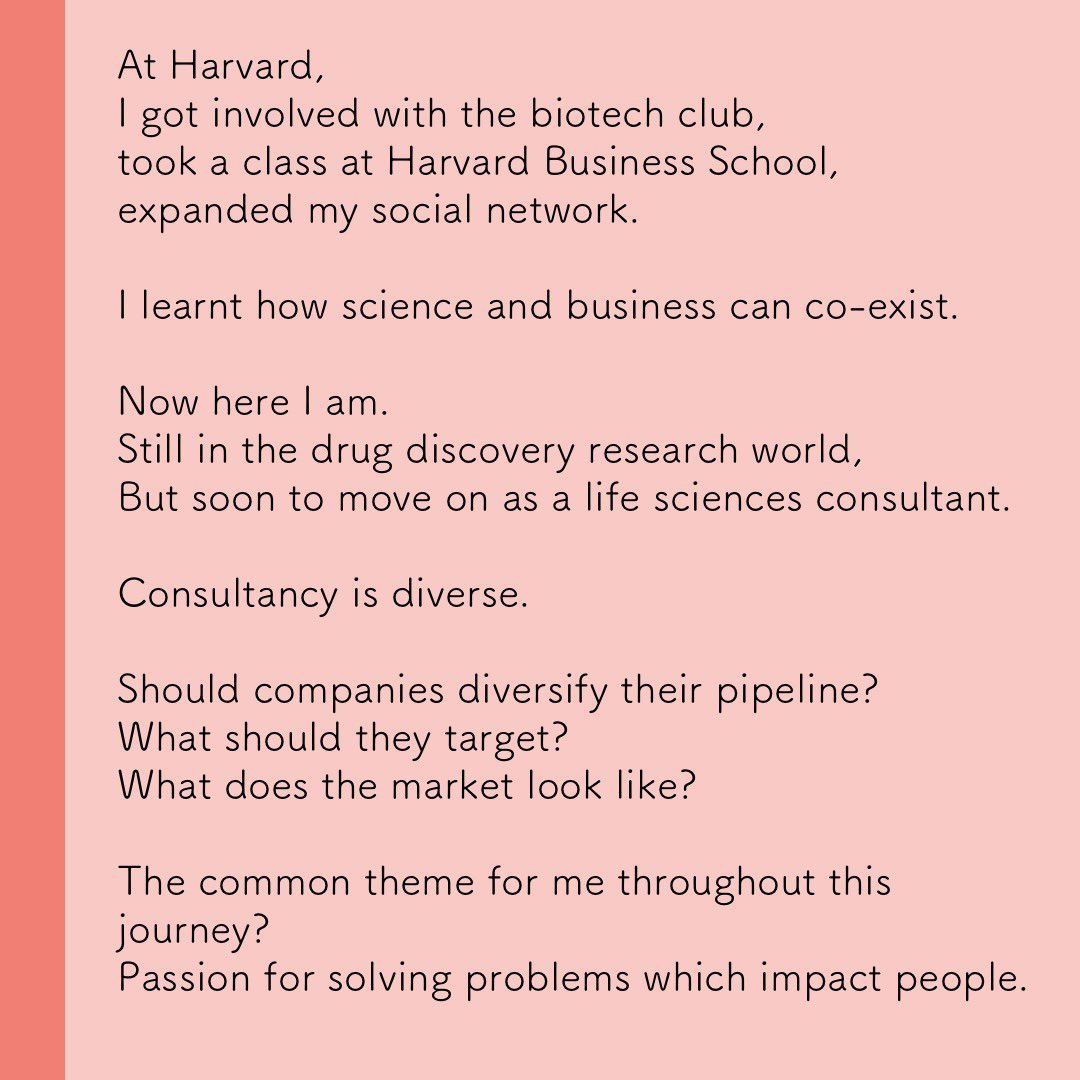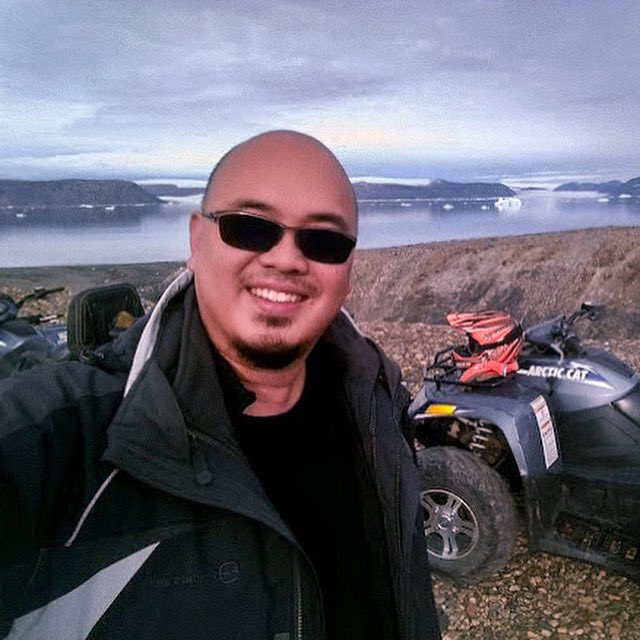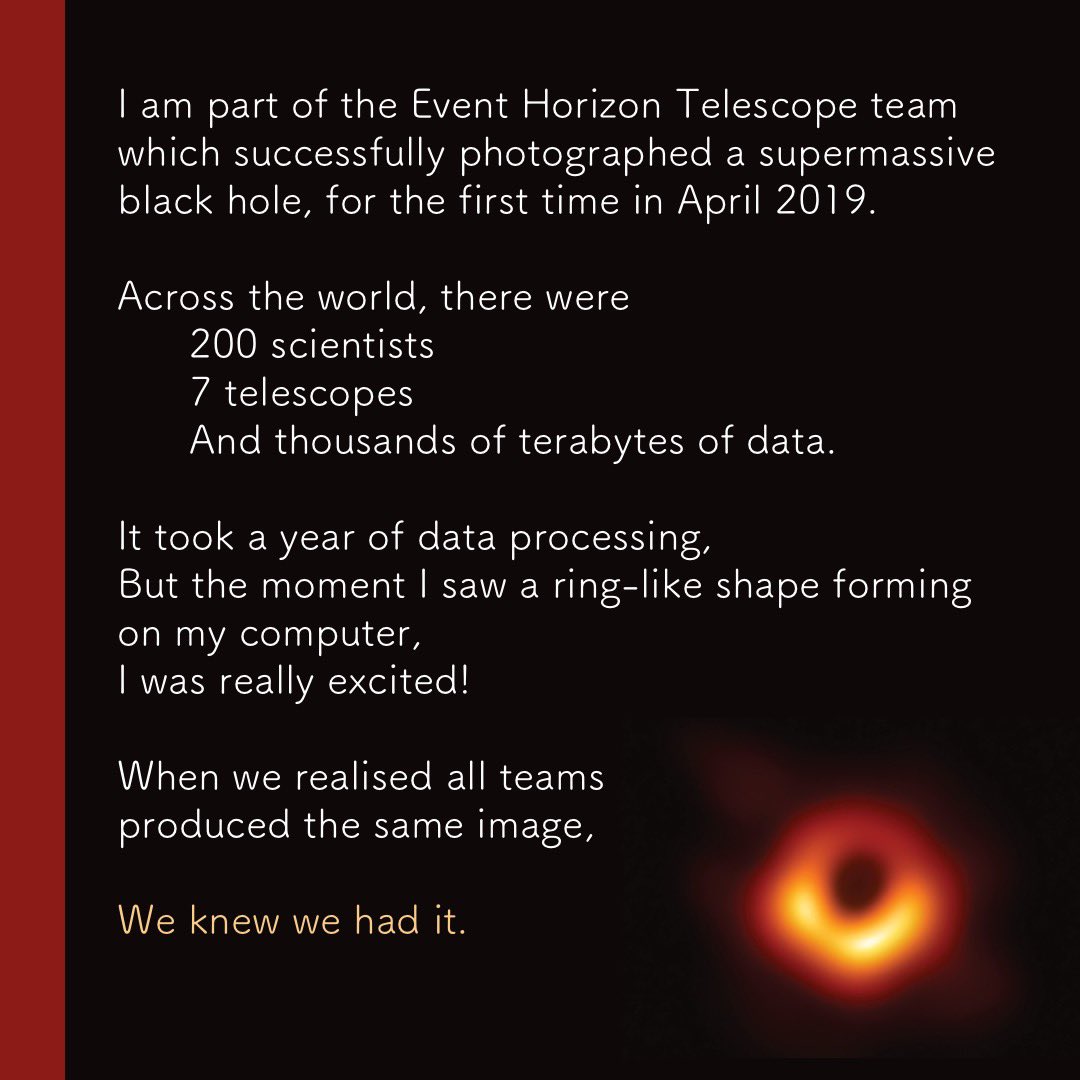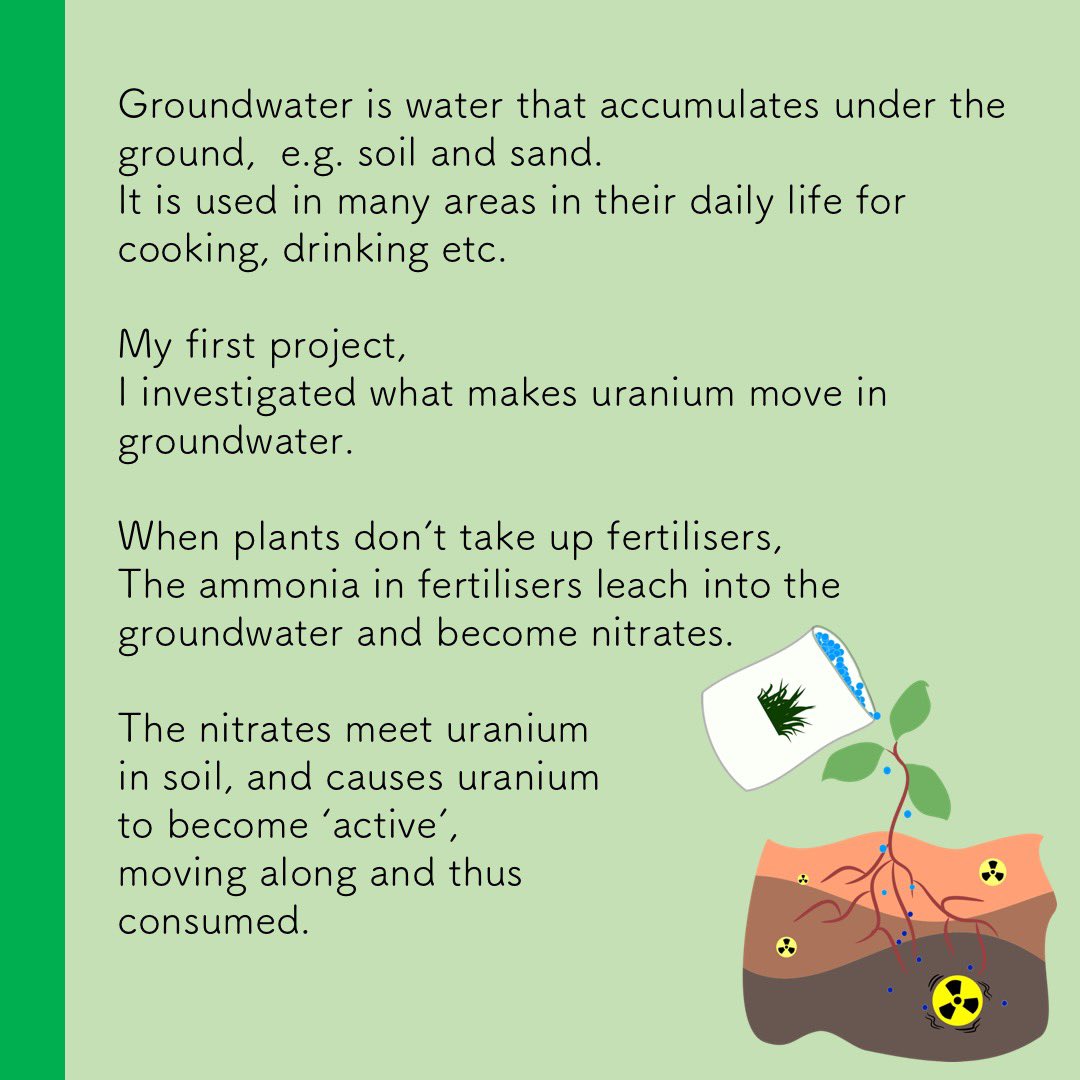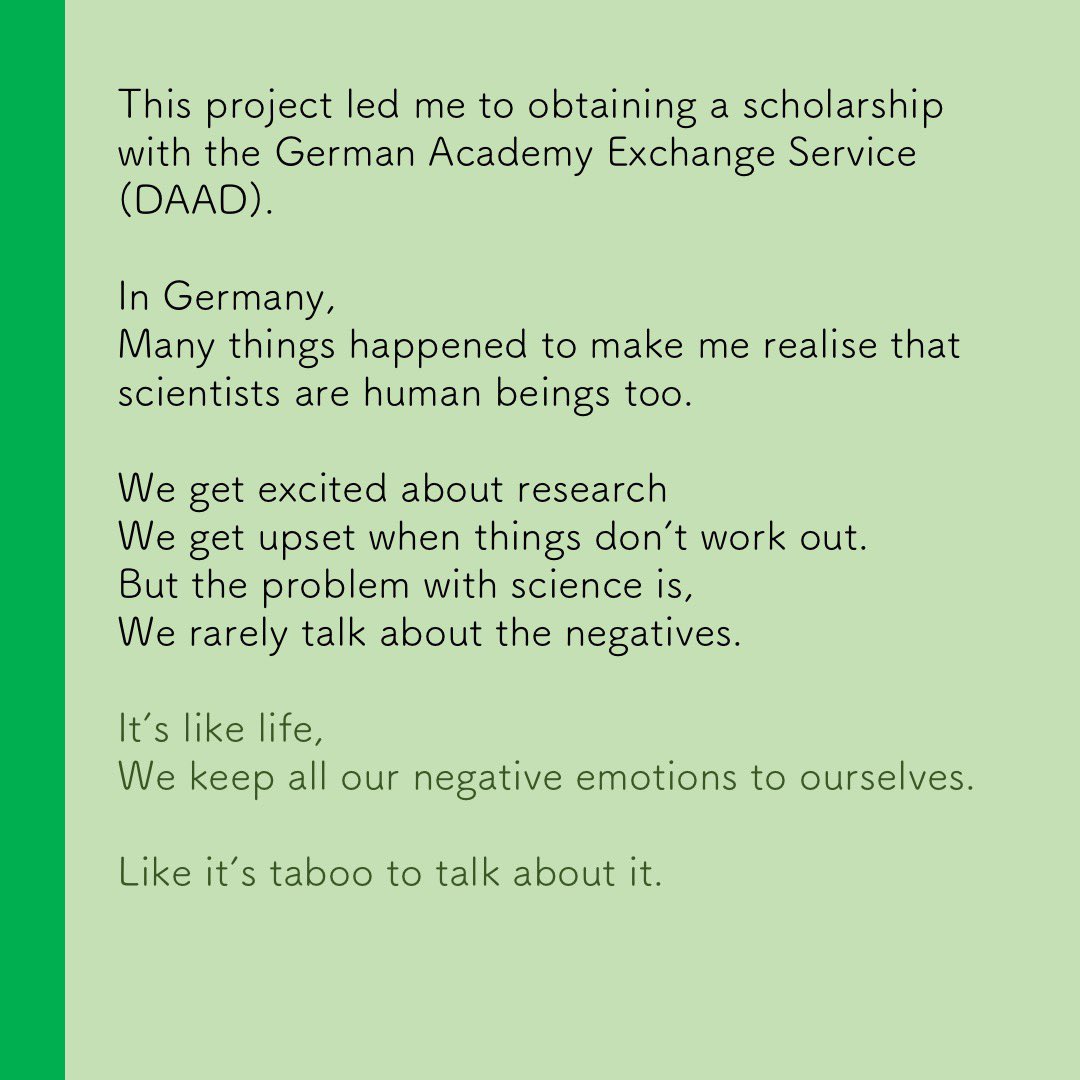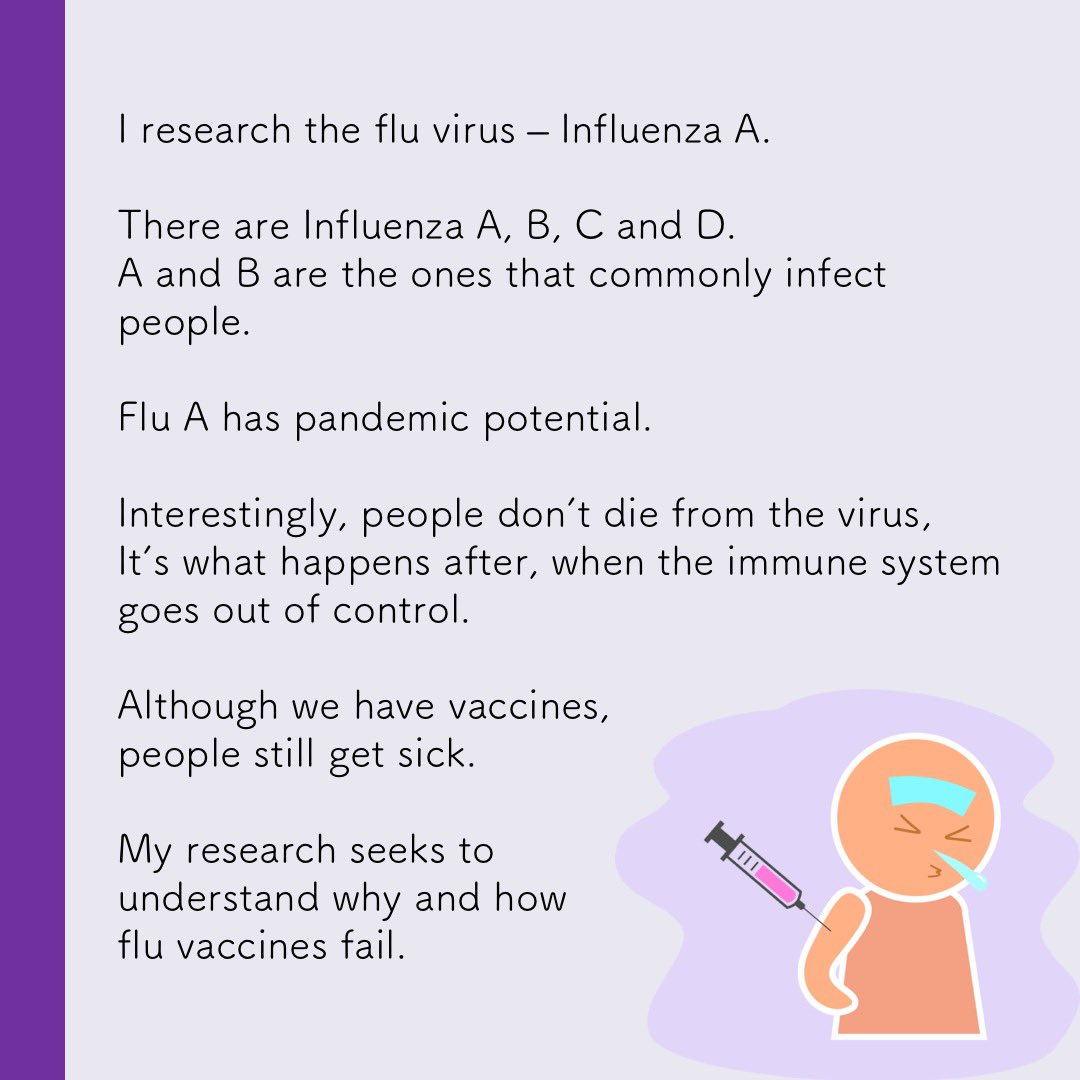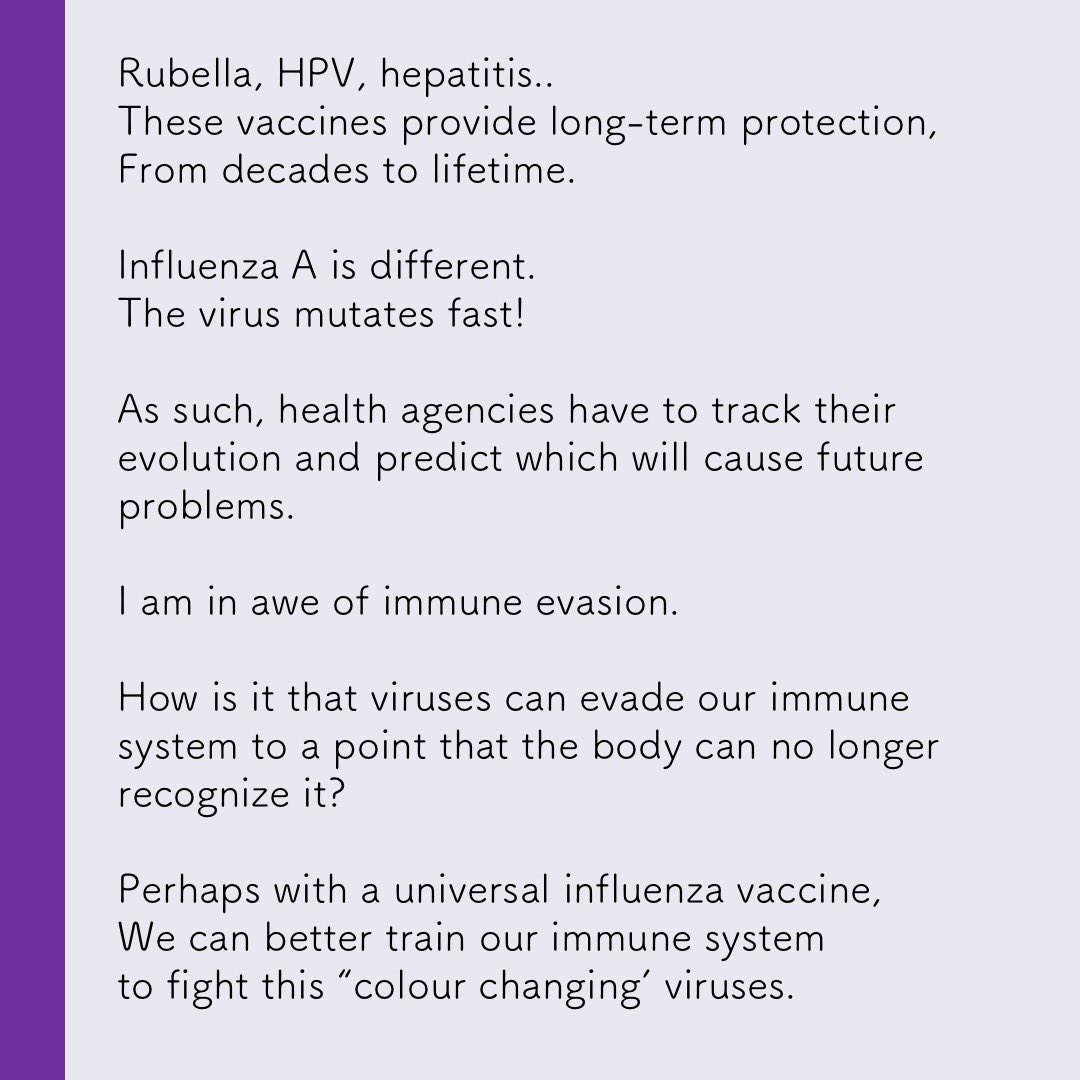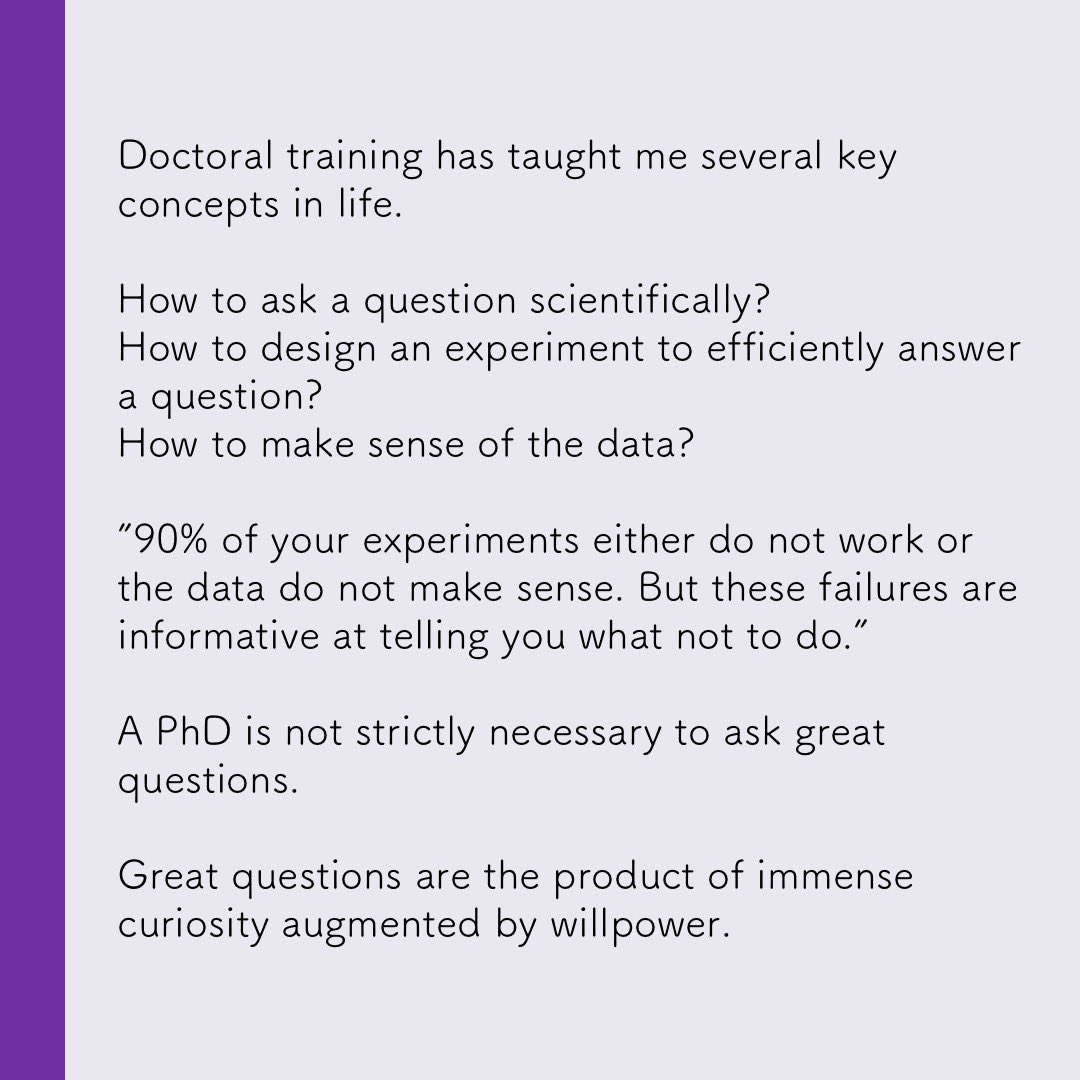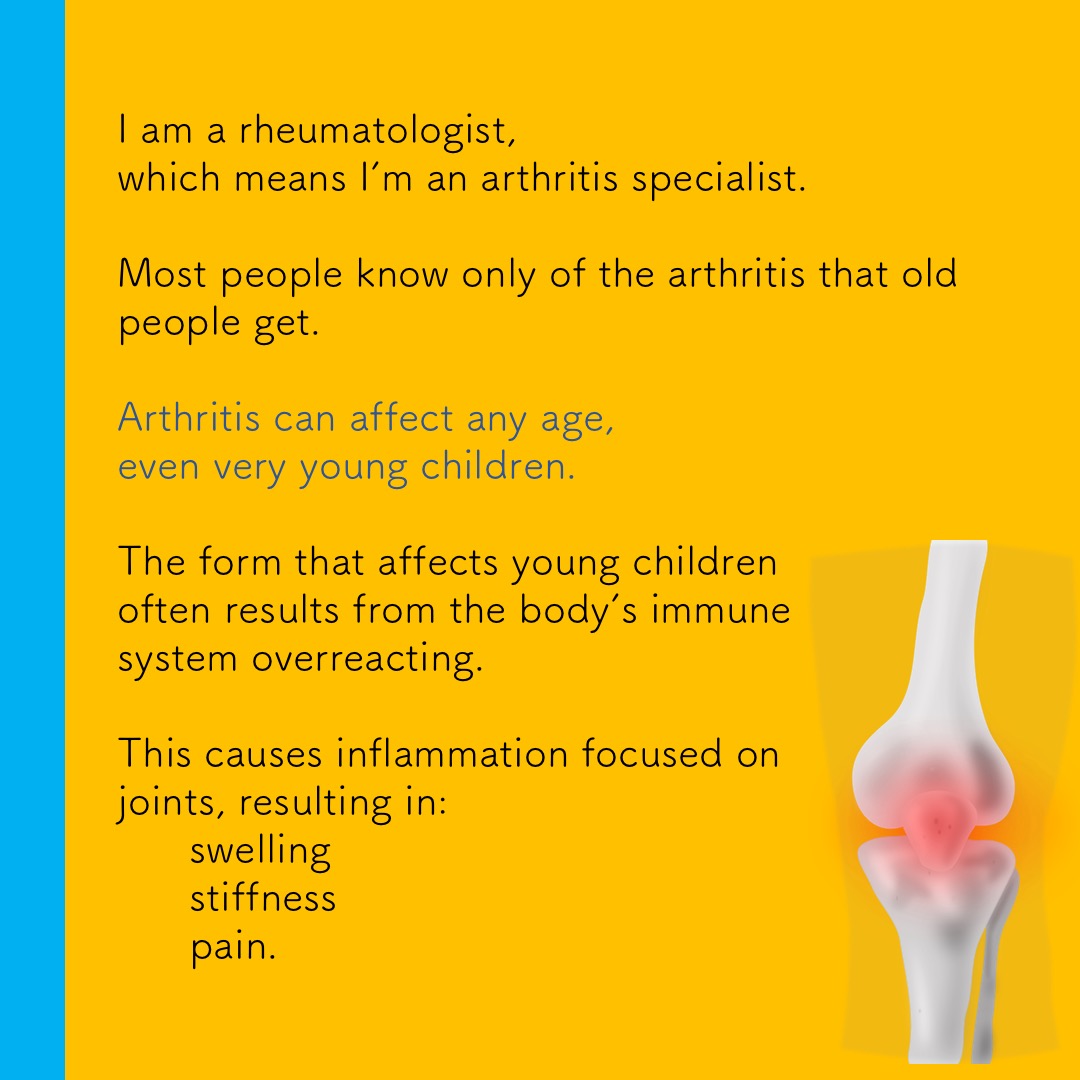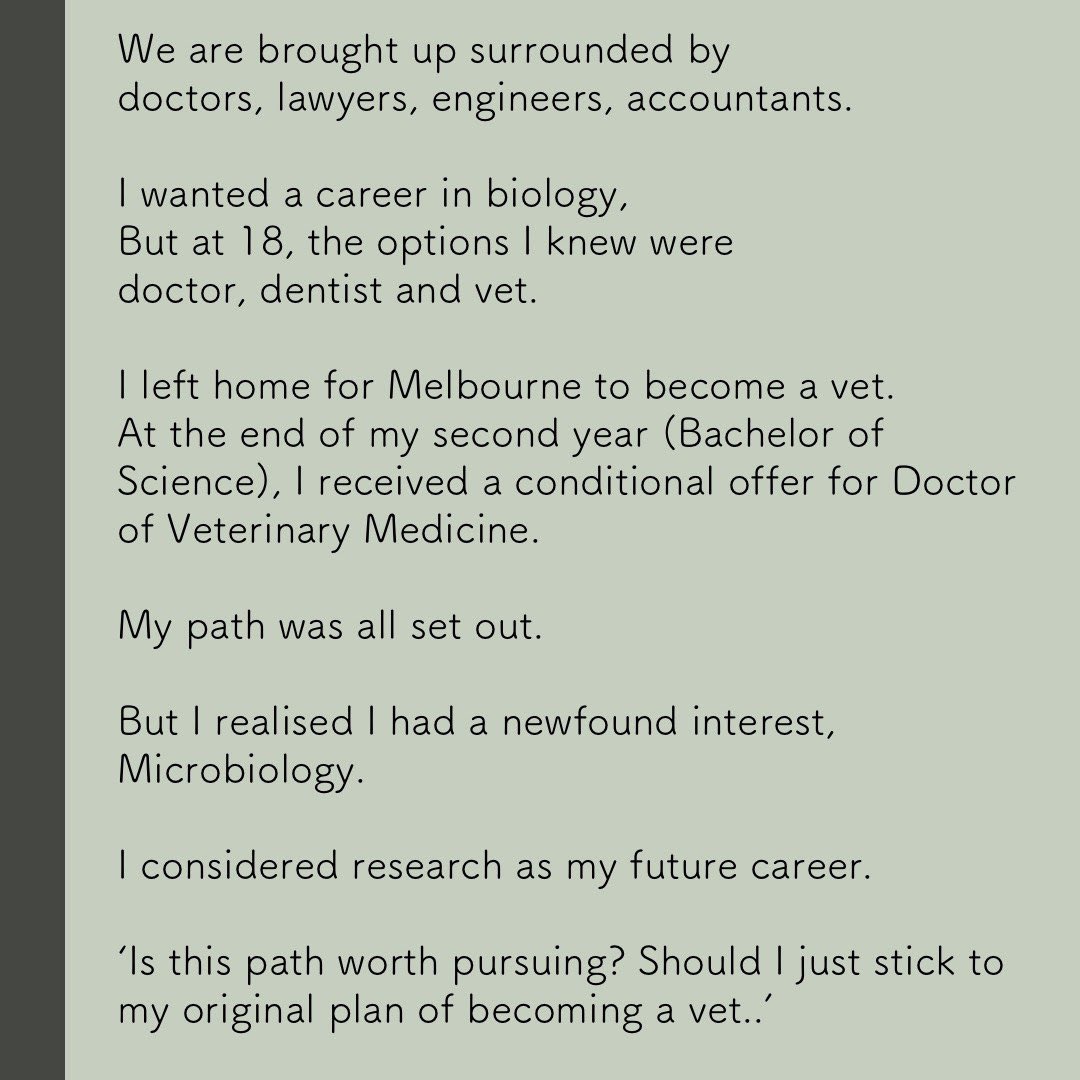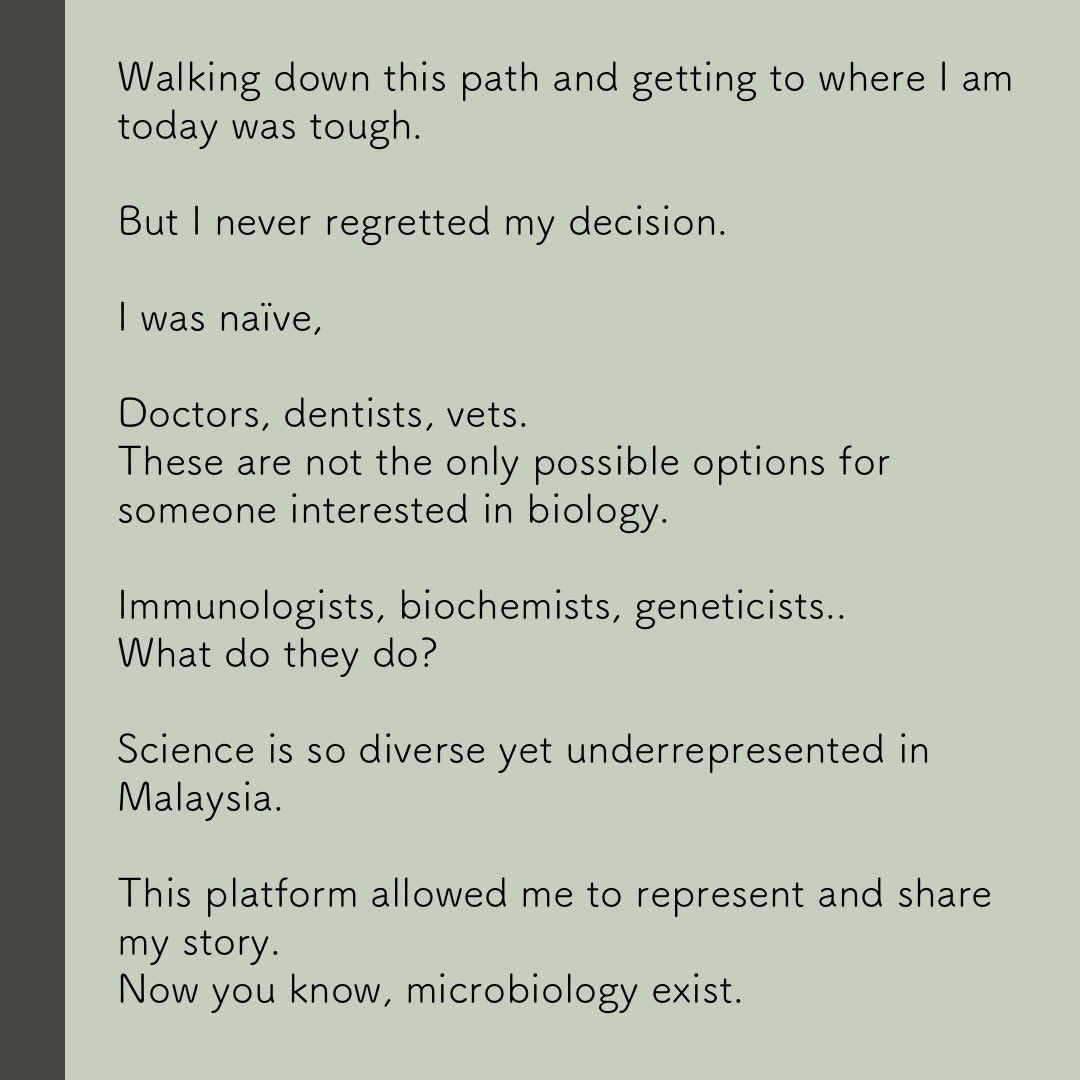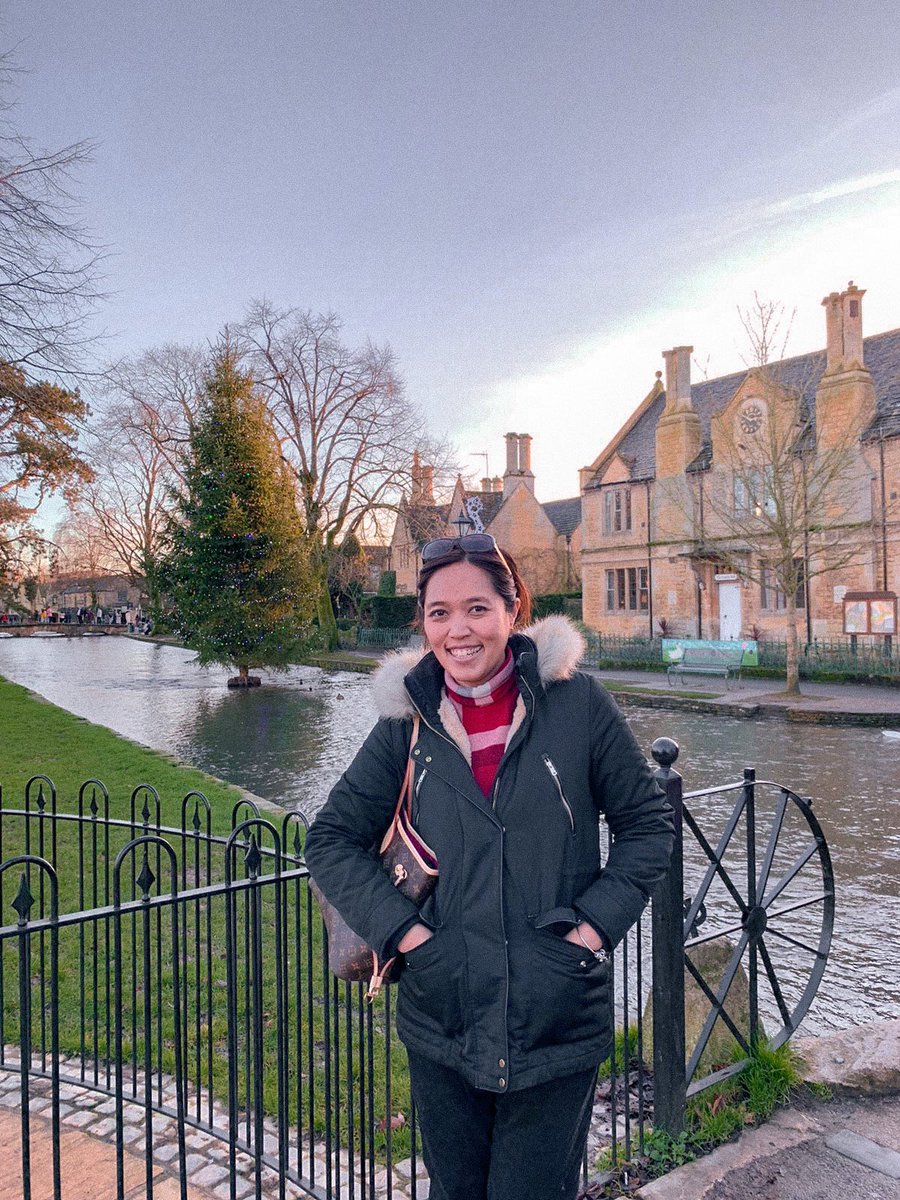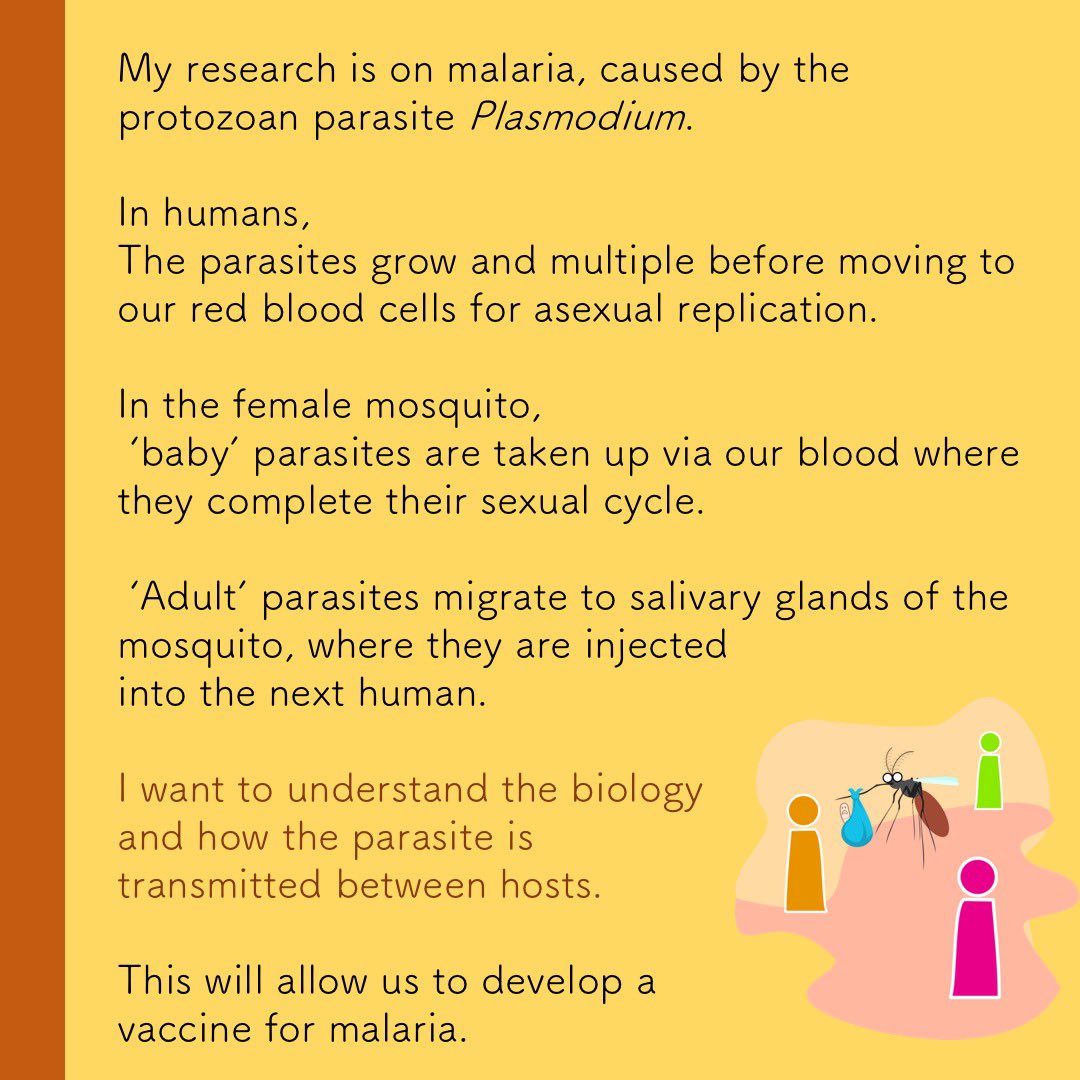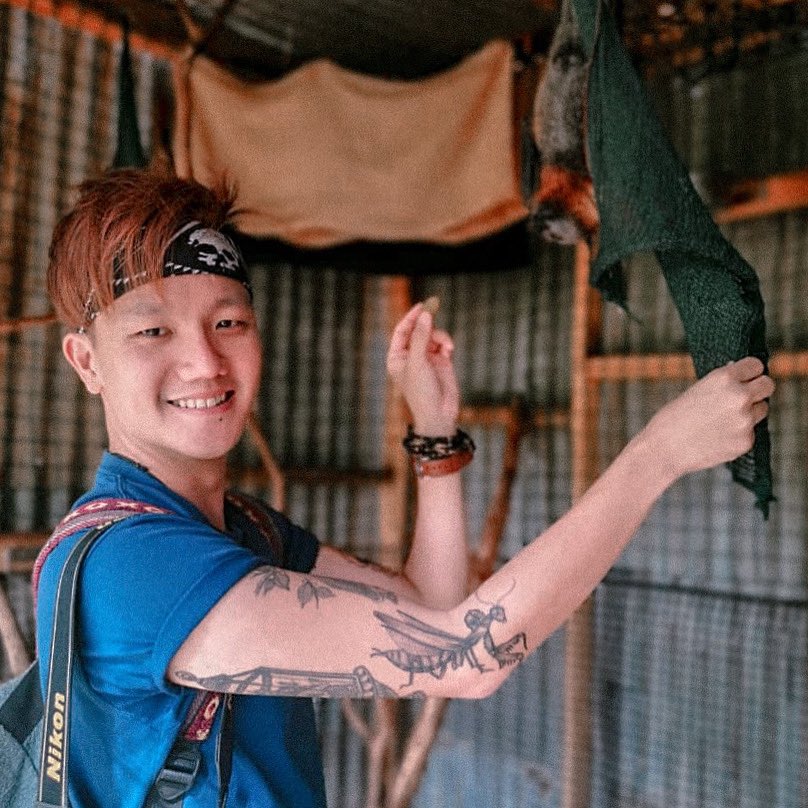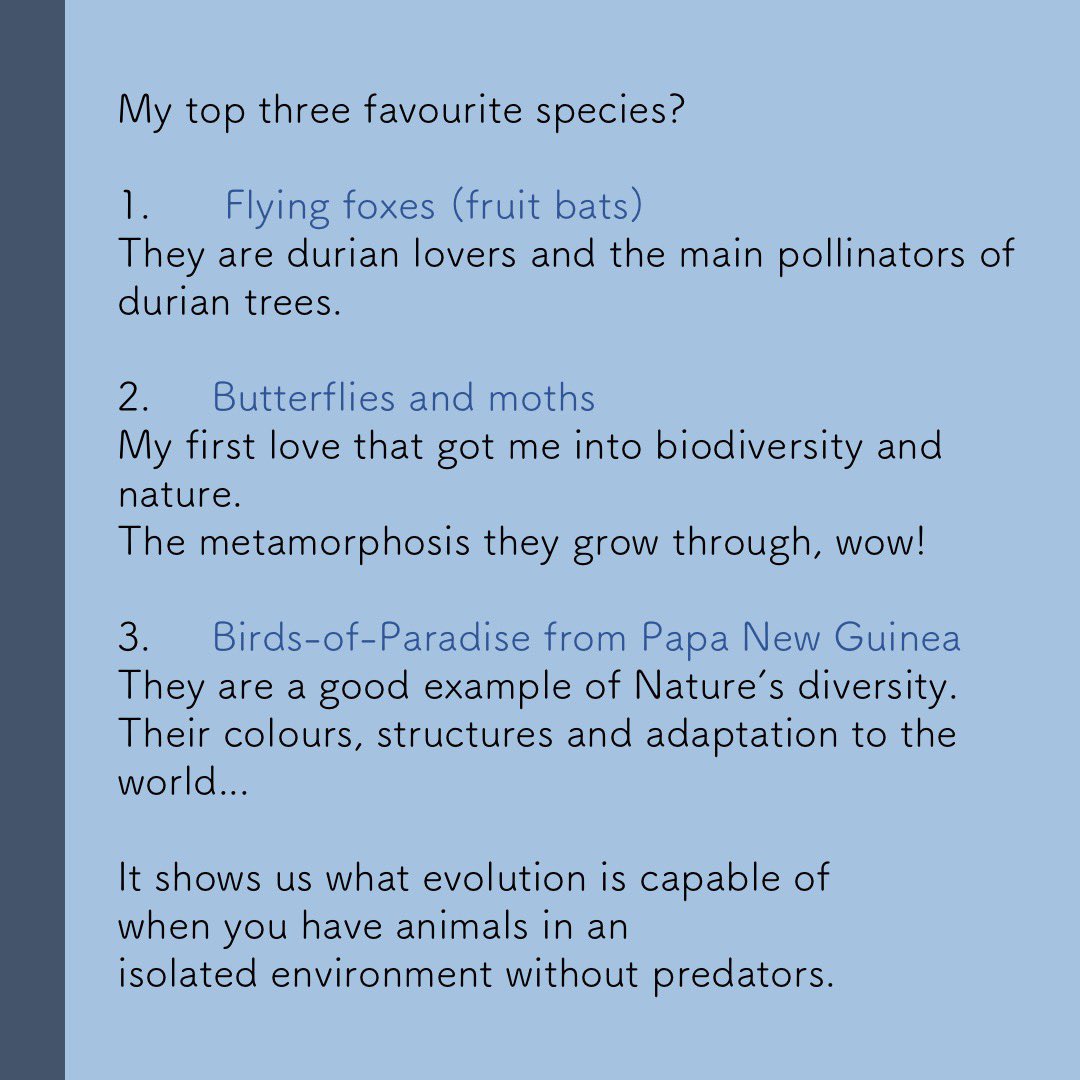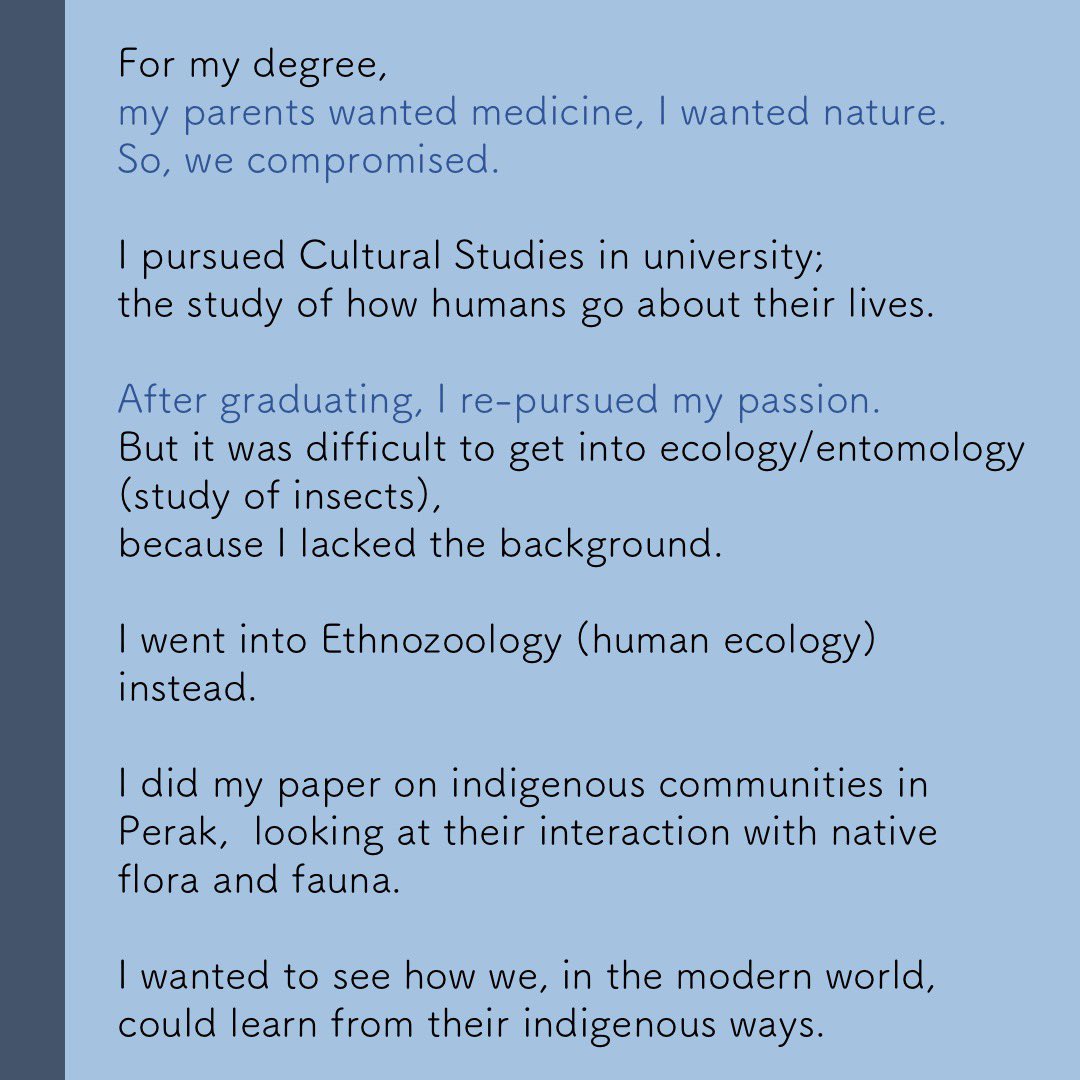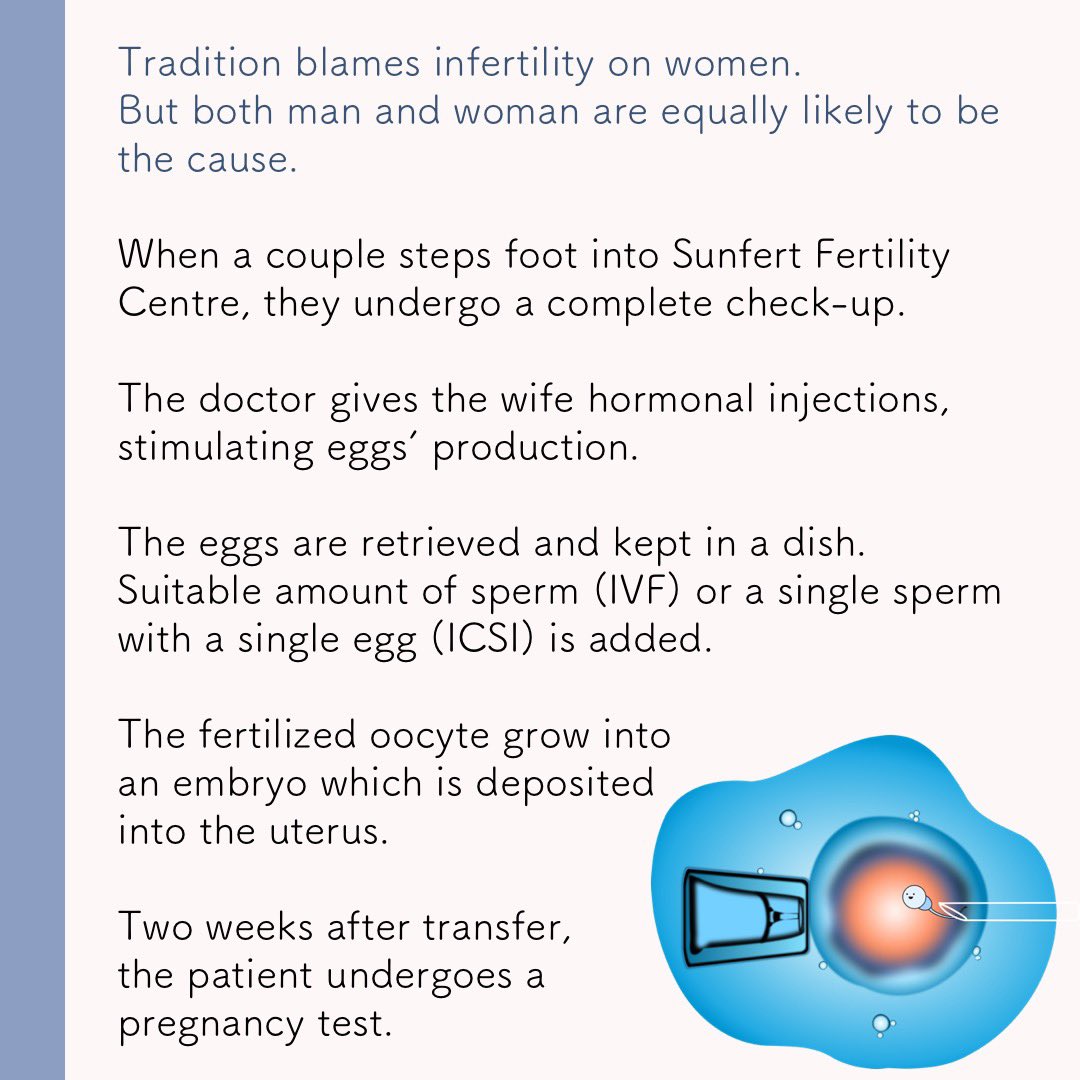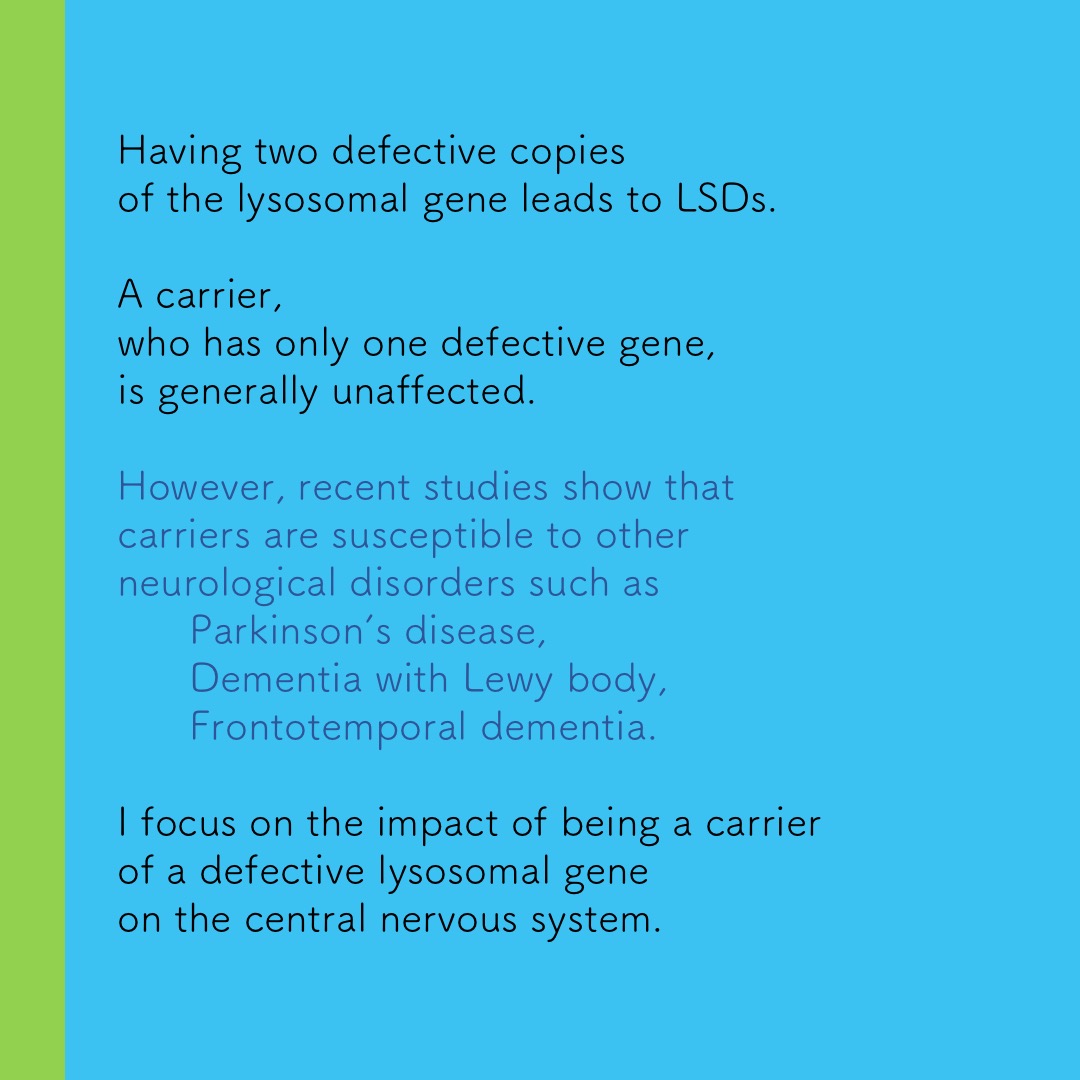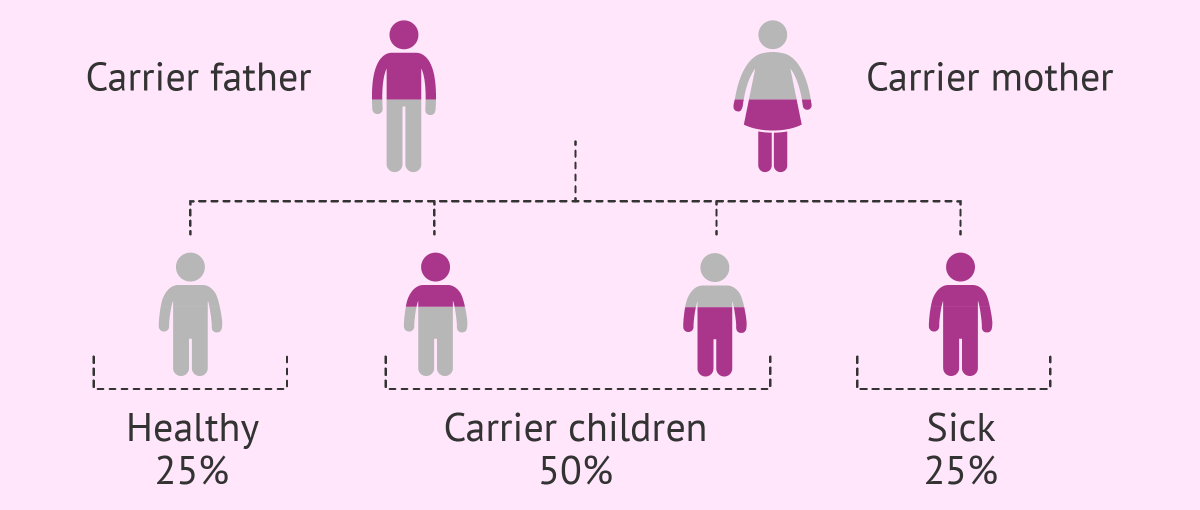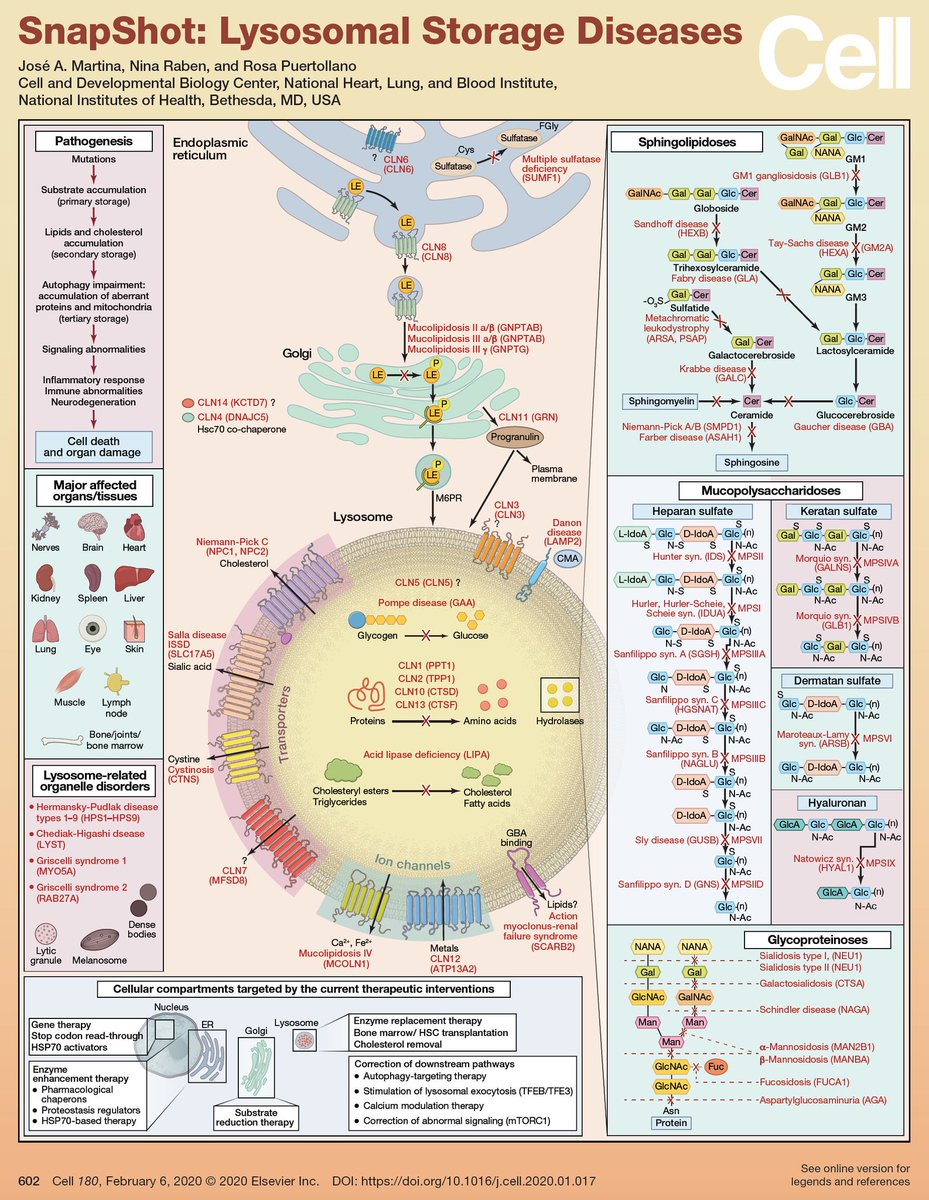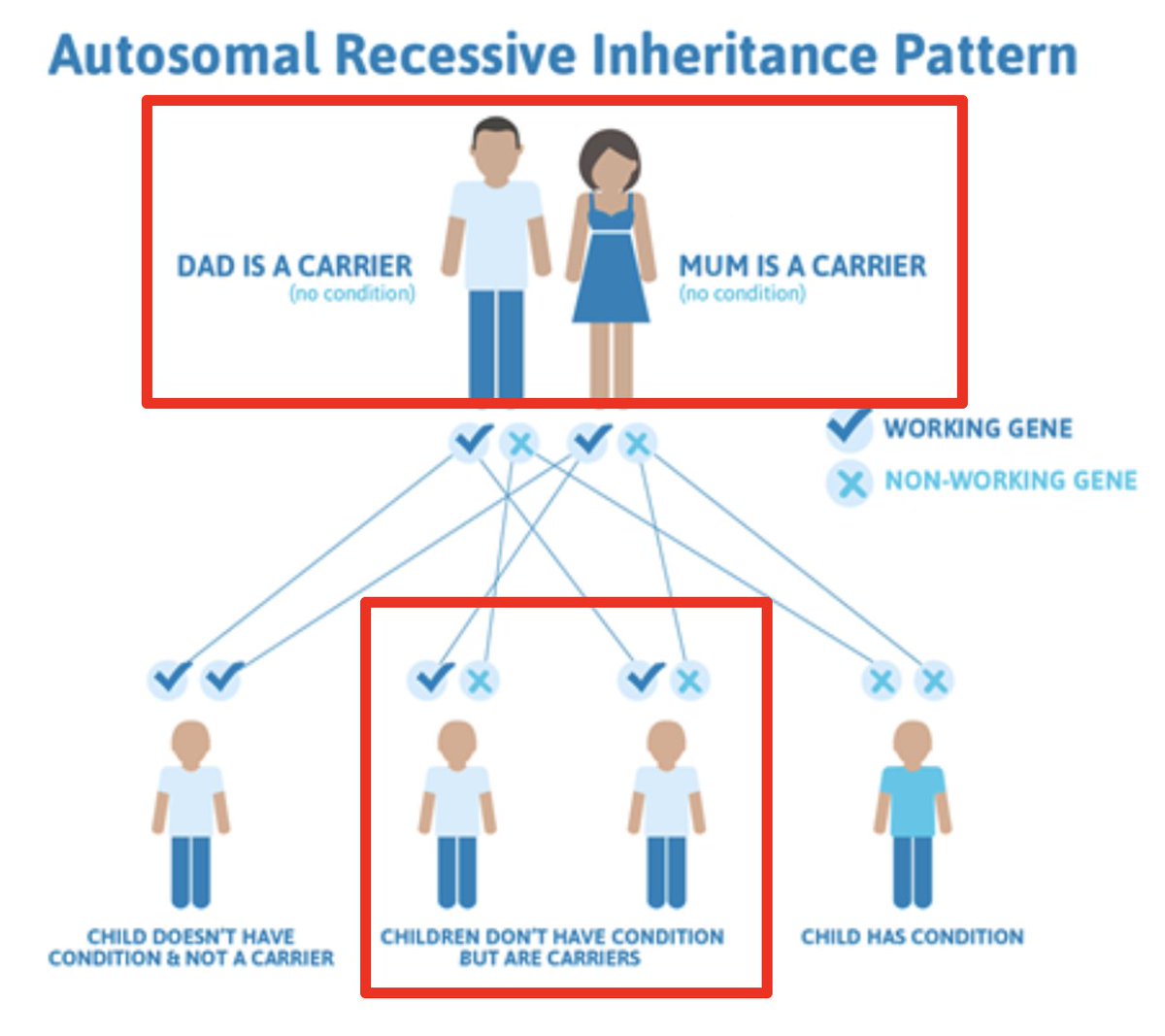Here's a collection of threads from our scientists:
1. @aini1905 , a Primatologist. Read about her introduction to her research here!
https://twitter.com/_100SoM/status/1171358457565339648?s=20 https://twitter.com/_100SoM/status/1171184555413426177?s=20
1. @aini1905 , a Primatologist. Read about her introduction to her research here!
https://twitter.com/_100SoM/status/1171358457565339648?s=20 https://twitter.com/_100SoM/status/1171184555413426177?s=20
Aini answered some questions, inc what got her into primate research and how we can help prevent wildlife trading.
https://twitter.com/_100SoM/status/1172150981544427520?s=20
https://twitter.com/_100SoM/status/1171802331563773952?s=20 https://twitter.com/_100SoM/status/1171963326168846336?s=20
https://twitter.com/_100SoM/status/1172150981544427520?s=20
https://twitter.com/_100SoM/status/1171802331563773952?s=20 https://twitter.com/_100SoM/status/1171963326168846336?s=20
Here is a thread on her thoughts on being a wildlife conservationist: https://twitter.com/_100SoM/status/1172165996175478784?s=20
2. @SivaRocks, a Molecular Biologist researching biomarkers for NPC at IMR Msia https://twitter.com/_100som/status/1172382905198247938?s=21
3. Shanice @shanicemah, a clinical prostate cancer researcher at @sahmriAU, @UniofAdelaide https://twitter.com/_100som/status/1173373984571822080?s=21
Shanice shared some myths on prostate cancer:
https://twitter.com/_100som/status/1173979913679863809?s=21
https://twitter.com/_100som/status/1174289971433242625?s=21
Sneak peeks into her work:
https://twitter.com/_100som/status/1174354715980681218?s=21
And questions from the public! https://twitter.com/_100som/status/1174856235654369280?s=21
https://twitter.com/_100som/status/1173979913679863809?s=21
https://twitter.com/_100som/status/1174289971433242625?s=21
Sneak peeks into her work:
https://twitter.com/_100som/status/1174354715980681218?s=21
And questions from the public! https://twitter.com/_100som/status/1174856235654369280?s=21
Our next scientist *drumroll*
4. Kaiser @KaiserKarim , a clinical neuroscientist @CamNeuro @Cambridge_Uni
‘What really gets me going is when u find something that no one knows about. That’s one of the most exciting things tt u can experience as a scientist‘
Full story on FB!
4. Kaiser @KaiserKarim , a clinical neuroscientist @CamNeuro @Cambridge_Uni
‘What really gets me going is when u find something that no one knows about. That’s one of the most exciting things tt u can experience as a scientist‘
Full story on FB!
“People tend to think, I want to be a doctor & cure cancer. Actually, doctors don’t cure cancer, they diagnose & prescribe the treatment, cancer research is done by the scientists.”
5. @DrHannahNazri is a clinical scientist @UniofOxford, Chair of Trustee Board @KalsomMovement
5. @DrHannahNazri is a clinical scientist @UniofOxford, Chair of Trustee Board @KalsomMovement
Thank you Hannah for sharing insights on why study endometriosis
https://twitter.com/_100som/status/1176763184994291713?s=21 https://twitter.com/_100som/status/1177628008535986176?s=21
https://twitter.com/_100som/status/1176763184994291713?s=21 https://twitter.com/_100som/status/1177628008535986176?s=21
We have a new #malaysian #scientist today!
6. Foon Junn Kitt @jkfoon, researching #limestone biodiversity and #conservation @RimbaResearch
“Now that I’m out in the field, I realise the importance to move from a purely science-based perspective to one that is more holistic.”
6. Foon Junn Kitt @jkfoon, researching #limestone biodiversity and #conservation @RimbaResearch
“Now that I’m out in the field, I realise the importance to move from a purely science-based perspective to one that is more holistic.”
Hi all! @jkfoon here taking over @_100SoM for the next few days! Stay tuned for some interesting stories about fantastic snails and why I study them! And do post your questions if you have any!
Often when someone mentions land snails, the first thing that pops up in your mind is probably this garden snail and its (some say disgusting) slimy body! But land snails in Malaysia are more fascinating that you’d think!
Before I start, let’s clarify that this garden snail is not originally from Malaysia. It’s a Giant African Land Snail (Achatina fulica) from East Africa. It first arrived in Malaysia around 1920s and started eating up crops and garden plants! http://www.columbia.edu/itc/cerc/danoff-burg/invasion_bio/inv_spp_summ/Achatina_fulica.htm
This obviously made it enemies of many Malaysian farmers/gardeners! But our gardens are also home to some local species too! In fact, Malaysian gardens are home to the world’s only land snail that flashes lights (bioluminescent) at night, a species called Quantula striata!
In the forest, 100s of native species eat fungus, plant matter and algae, helping to recycle nutrients for plants and other creatures and maintaining the health of the forest ecosystem!
Peninsular Malaysia has around 400 species of land snails while Malaysian Borneo has around 550 species! This astounding diversity is why Malaysia is among the most biodiverse countries on Earth! And mind you, most of Malaysia’s land snails are actually less than 5mm!
So you may wonder, why are there so many land snail species? Well, first off, many of these land snails are especially abundant on limestone hills because they like to hang out around areas where they can easily get calcium to build their shells.
Many limestone hills in Malaysia are shaped like spectacular giant skyscrapers! Think the World Heritage Sites of Mulu (Sarawak) and Lenggong (Perak), Langkawi Geopark (Kedah), Kinta Geopark (Perak) and Batu Caves (KL).
These hills used to be underwater reefs like the Great Barrier Reef. Over tens to hundreds of millions of years, these reefs get pushed above water and become exposed to elements like rain, sun and wind which erode and weather them, eventually becoming isolated limestone hills.
Imagine a snail species get stranded on these hills. Over many generations of isolation and experiencing different pressures like predators and environment, each of the hill populations become different from others. That is why many land snails are unique to one or few hills!
But here’s where the plot thickens! Some of these snails are living on limestone hills that are being quarried for cement and other construction materials. If you have traveled along the North-South highway near Ipoh, you would have seen these massive quarries.
In fact, the first extinct animal in Malaysia is a land snail found only on one hill that is now completely quarried. Some 26 other critically endangered land snails are also threatened by quarrying, making land snails one of the most threatened animal groups in Malaysia!
You might ask: Why does it matter to us if land snails go extinct/limestone hills destroyed? First off, land snails are part of the limestone forest ecosystem that provides clean water.
Caves in limestone hills are also home to bats that help Malaysia’s multi-million-ringgit agriculture industries by pollinating durians and other fruits as well as controlling insect pests!
And this is why I'm working with UMS and @Rimbaresearch colleagues to map out all limestone ecosystems and their land snails in Malaysia so that we can get a clear picture of what hills and species are at stake and what aren’t, and what should be prioritised for conservation.
As scientists, we often focus solely on science and data. These are indeed important cornerstones for limestone hill conservation.
But as conservationists, we should also be aware of government, company and local people’s interests. Listening and building mutual understanding with these stakeholders are crucial for realising conservation actions too.
As a rapidly developing nation, Malaysia still needs resources from limestone hills. So, conservation is a matter of lessening the impact of resource extraction on unique creatures on these hills by avoiding future quarries at areas with high biodiversity significance.
It will be a long road for limestone hill and land snail conservation in Malaysia, but as responsible Malaysians, we should strive to be good custodians of our valuable and irreplaceable natural heritage. These species are what makes Malaysia unique!
Looking back to my childhood days picking up snails, I'd never imagine that I'll be studying them now. It has been an exciting journey indeed and still a long one to go! I encourage all to be curious with the world – go forth, explore and find your passion for science!
For today, I'll be sharing some notable molluscan and limestone articles for your reading pleasure.
Here's a Malaysian land snail that made it to the world's top-10 species discovery of 2009. It's quite a superstar among snail researchers and even has the looks to match one!
https://www.macaranga.org/minute-land-snail-opisthostoma-vermiculum/
https://www.macaranga.org/minute-land-snail-opisthostoma-vermiculum/
Another interesting group of Malaysian land snails are these snails, which have an operculum (trapdoor-like structure) that allows them to seal themselves in their shells and then breathe through tubes in their shell to possibly prevent moisture loss. https://doi.org/10.1098/rsbl.2016.0151
Many snails tend to coil to the right but in Malaysia, there are some that coils to the left! Why? The answer may surprise you! https://carnegiemnh.org/snakes-snails-and-puppy-dog-tails/
In 2014, researchers named a snail after a large cement company in Ipoh to encourage the company to take on the cause of conserving the snail found in its site. It was a bold and refreshing move! https://www.theguardian.com/sustainable-business/2014/aug/25/rare-snail-quarry-lafarge-malaysia-biodiversity-extinction
It led to the company engaging with researchers to comprehensively study land snails in Perak and contributed to the development of management plans for limestone biodiversity. https://rimbaresearch.org/2017/07/18/publication-update-20-project-limestone-press-release/
In this final installment of @jkfoon‘s @_100SoM take-over, I will share with you my experience of pursuing my passion for science and conservation. Hopefully, you may get some inspiration out of this.
The thought of studying snails as a career first came up after reading news articles on land snail research in my high school years. It drove me to approach these researchers to talk about what it’s like to be a scientist. They became my mentors since. https://www.thestar.com.my/travel/malaysia/2009/06/25/bizarre-twists
You may think scientists are unapproachable due to their position/schedule but there’s no harm to reach out to them. Persistence for your passion will set you apart from others and some will take you on board their lab! In fact, they're happy that their research is appreciated!
In between undergrad semesters, I always look forward to volunteering with scientists in the lab and field to experience real research. You’ll get to practise what you’ve learned and understand the trials and tribulations of doing research!
Through networking and volunteering, opportunities to work on various projects became available and that is how I was able to join @Rimbaresearch to work on mammals, land snails and limestone hills. So, find your passion and dig in!
And I’ll leave one last advise via the words of E. O. Wilson in “Letters to a Young Scientist”, which very much inspired me and is REALLY worth a read!
Finally, I’d like to thank @sarawongwt for the @_100SoM feature and opportunity for this take-over! If you’re interested to find out more about my research, please follow me at @jkfoon or @RimbaResearch. Thanks for following my thread! This is @jkfoon, signing off!
Today we have a #malaysian #scientist with a story that touched our hearts.
7. @DrYeeMunLee , a postdoc fellow @UniversityLeeds
YM suffers from lupus, an autoimmune disease which causes the body to attack itself. #livewiththeendinmind
Read the full story on FB!
7. @DrYeeMunLee , a postdoc fellow @UniversityLeeds
YM suffers from lupus, an autoimmune disease which causes the body to attack itself. #livewiththeendinmind
Read the full story on FB!
Inspiring encouragement from a veteran in the field!
8. Prof Ravee Paramesran @unimalaya
“Malaysians are very skilful & intelligent. We need to reach out & let them know it’s not difficult. We need to encourage them & they will find a way.”
#scicomm #malaysianscientist
8. Prof Ravee Paramesran @unimalaya
“Malaysians are very skilful & intelligent. We need to reach out & let them know it’s not difficult. We need to encourage them & they will find a way.”
#scicomm #malaysianscientist
“It’s nice to stay in your comfort zone. It’s comfortable & you may not see a reason to leave. But you have no idea what you are capable of if you don’t step out.”
Wise words from our next #malaysianscientist
9. Kavita @kavita889, currently a RA at @KingsCollegeLon!
Wise words from our next #malaysianscientist
9. Kavita @kavita889, currently a RA at @KingsCollegeLon!
Kavita answered a few questions from internships to her research during her stint on #100SoM! https://twitter.com/_100som/status/1182954283823702016?s=21
A new #malaysianscientist is up today!
10. Nurfikri @nurfikri89, an Experimental Particle Physicist & Director of @ncpp_um @unimalaya
“People ask about practical usefulness in science. But look at electricity, magnetism. Can you imagine our lives w/o electricity now?”
10. Nurfikri @nurfikri89, an Experimental Particle Physicist & Director of @ncpp_um @unimalaya
“People ask about practical usefulness in science. But look at electricity, magnetism. Can you imagine our lives w/o electricity now?”
A link to particle physics, Higgs Boson and some Q&A from Fikri’s feature! https://twitter.com/_100som/status/1184458342275506179?s=21
11. Suraya @SurayaHazim @MAGMA_lab talks about combining her two loves - science (she studies volcano modelling!  ) and art (check out her doodles on her page!)
) and art (check out her doodles on her page!)
“It took me 28 years to realise, that I can be scientific & artistic at the same time.”
 ) and art (check out her doodles on her page!)
) and art (check out her doodles on her page!) “It took me 28 years to realise, that I can be scientific & artistic at the same time.”
“Do your career based on what you want. I’ve seen so many people do what people tell them to do & see how miserable they are. U will be in demand even if that career choice is less conventional but there’s a need for it. “
12. @WenYao89, an aeronautical engineer, @Cambridge_Uni
12. @WenYao89, an aeronautical engineer, @Cambridge_Uni
13. Sue Lynn @Sue_aPhdStudent, an Experimental Psychologist talks about her work & pre-journey into academia.
“You don’t have to be the smartest kid in sch. As long as you are willing to work hard, you’ll eventually get to your goal.”
“You don’t have to be the smartest kid in sch. As long as you are willing to work hard, you’ll eventually get to your goal.”
14. Samsurin Welch combines business strategy and technology innovation in his research!
“Look at Grab, which started as MyTeksi, it’s a couple of Msians that did it. The fact that they had to go to Sg to do it though, that’s an issue that we need to fix.”
“Look at Grab, which started as MyTeksi, it’s a couple of Msians that did it. The fact that they had to go to Sg to do it though, that’s an issue that we need to fix.”
Do you know plants get panic attacks too? Eg: when a cow grazes a patch of grass, they signals to its surrounding neighbours – ‘SOS! Cow incoming! I know we can’t run, but prepare yourself!’
Introducing:
15. Sabrina @PNgsabrina, a plant and data scientist at @UniofAdelaide!
Introducing:
15. Sabrina @PNgsabrina, a plant and data scientist at @UniofAdelaide!
16. 16. Roshen Maghhan @roshenmaghhan is a computer programmer that has tinkered with many projects he created himself!
This includes his own AI he named Caroline!
This includes his own AI he named Caroline!
17. Safira, a PhD student at Uni of Nottingham, Malaysia researches autism spectrum disorder, specifically that autistic traits across a general population!
Full story on our FB!
Full story on our FB!
18. @DrLinOng, formerly at @StrokeBrainPRC , now lecturer at @MonashMalaysia looks at #stroke recovery translational research! Some of his focuses include the cognitive impairments after a stroke and the impacts of stress on recovery.
Full story on our FB!
Full story on our FB!
19. Husna @husna_yusoff97 from @HeriotWattUni Malaysia who started her own green project/company from scratch on #biodegradable plastics and straws! Read about her amazing journey on our FB page!
20. Kee Onn, an Experimental Fluid Dynamicist.
“I failed Add Maths in sec sch, but I didn’t give up right away, and I got “it” in the end. If you tell yourself”I’m not smart enough to do science.” You May be blocking out your own path before you even tried.”
“I failed Add Maths in sec sch, but I didn’t give up right away, and I got “it” in the end. If you tell yourself”I’m not smart enough to do science.” You May be blocking out your own path before you even tried.”
21. Kasturi is a research association at @Flinders. She is a material scientist, focusing on creating a and sustainable and green material manufacturing process!
Full story on FB
Full story on FB
22. @kxlim Kai Xiang is doing his PhD in psychiatric genomics at @SGDPCentreKCL, looking at factors behind self-harm using #epidemiological data!
‘Imagine a #mentalhealth jar. Filled w green (genetic risk factors) & red (env risk factors) beads.’
Read the full story on FB!
‘Imagine a #mentalhealth jar. Filled w green (genetic risk factors) & red (env risk factors) beads.’
Read the full story on FB!
23. Christine is a lecturer and Asst Prof at @UniofNottingham Malaysia.
‘I’m interested in helping students to better study different #languages. My passion is to lessen their difficulty by identifying the most efficient way of helping our children excel in languages.’
‘I’m interested in helping students to better study different #languages. My passion is to lessen their difficulty by identifying the most efficient way of helping our children excel in languages.’
24. Dr Izzat Suffian @izzat_fai, Asst Prof at @OfficialIIUM researches nanomedicine & targeted cancer therapy.
‘The aim of academia is to find new knowledge & share what you learn. Imo, as a successful academic, u need to ensure you produce students that are better than you.’
‘The aim of academia is to find new knowledge & share what you learn. Imo, as a successful academic, u need to ensure you produce students that are better than you.’
25. Dr Yvonne Choo @yvonnechoo_sl, Lecturer at
@xmumalaysia
"Don’t stop because people say, “you aren’t science material…”, “you aren’t cut out for science…” or “you’re not smart enough…”. I was told the very same things, but I didn’t stop believing in what I wanted to do."
@xmumalaysia
"Don’t stop because people say, “you aren’t science material…”, “you aren’t cut out for science…” or “you’re not smart enough…”. I was told the very same things, but I didn’t stop believing in what I wanted to do."
26. John Fung, currently completing his PhD in Molecular Biology at Johannes Gutenberg Uni if Main z, Germany.
‘The most rewarding thing in science is when you find new information that you’ve never thought of before, something that you’ve learnt but thought otherwise.’
‘The most rewarding thing in science is when you find new information that you’ve never thought of before, something that you’ve learnt but thought otherwise.’
27. Dr. Intan Juliana Abdul Hamid @Intan_J5 , Paediatrician & Clinical Immunologist at Institut Perubatan dan Pergigian Termaju @USMOfficial1969
'It just shows that if you work hard, no matter where you come from, you’ll be alright.'
'It just shows that if you work hard, no matter where you come from, you’ll be alright.'
28. Tsen Vei @LimTsenVei , PhD student in experimental psychology at @Cambridge_Uni
‘Academics are often critical – towards knowledge & themselves. Therefore, in this new year, I would like to learn to be more forgiving towards myself, and have more faith about the future.’
‘Academics are often critical – towards knowledge & themselves. Therefore, in this new year, I would like to learn to be more forgiving towards myself, and have more faith about the future.’
29. Jasmine Hue, Senior Economic Officer in Water & Waste Management at the Netherlands Embassy.
She switched her career in lecturing -> gov sector bc she wanted to contribute to nation building!
‘Science is just the beginning, you have to write your own story after that.’
She switched her career in lecturing -> gov sector bc she wanted to contribute to nation building!
‘Science is just the beginning, you have to write your own story after that.’
30. Farid @alfaridabraham, PhD student at Uni of Bristol studying paleo climate. He analyses data from past environment to predict the future!
‘Over the 4.6billion years, Earth has survived 5 Ice Ages. But what about civilisation? How about us?’
‘Over the 4.6billion years, Earth has survived 5 Ice Ages. But what about civilisation? How about us?’
31. Dr Geshina Ayu, a criminologist in Malaysia.
‘Msia focuses a lot on reactive crime prevention. Something must happen before there’s any action. That is not the best way, as someone has alr suffered.’
‘Msia focuses a lot on reactive crime prevention. Something must happen before there’s any action. That is not the best way, as someone has alr suffered.’
32. @kuhanchandru, an organic geochemist working to unravel the origins of life on Earth.
“Chemistry was already present - in grounds, rocks, as geochemistry. Chemistry also exists in us as biochemistry. What happens during the transition from geochemistry -> biochemistry?”
“Chemistry was already present - in grounds, rocks, as geochemistry. Chemistry also exists in us as biochemistry. What happens during the transition from geochemistry -> biochemistry?”
33. Carmen @CARM1Monoxide, a cancer chemical biologist and bio pharma strategist-in-training.
Read Carmen’s full story on our FB!
Read Carmen’s full story on our FB!
Rmb the image of the #blackhole that was photographed for the first time(!) early last year?
Meet: 34. Kevin! He was part of the Event Horizon Telescope team who captured the image.
Full story on FB, and Kevin will be on Twitter for the next few days as well!
#astronomy
Meet: 34. Kevin! He was part of the Event Horizon Telescope team who captured the image.
Full story on FB, and Kevin will be on Twitter for the next few days as well!
#astronomy
35. Alicia @rockscellschan from Uni of Nebraska-Lincoln. She has done a few research projects centred around groundwater during her UG.
“..but in science we rarely report negative findings. It’s just like life - we keep negative emotions to ourselves. Like it’s taboo.”
“..but in science we rarely report negative findings. It’s just like life - we keep negative emotions to ourselves. Like it’s taboo.”
36. @aixnr from Uni of Rochester NY. Aizan seeks to understand why & how flu (in particular Influenza A) vaccines fail.
“Influenza A mutates so fast. Health agencies have to keep track on their evolution & predict which one will cause problem in coming years.”
“Influenza A mutates so fast. Health agencies have to keep track on their evolution & predict which one will cause problem in coming years.”
37. @DrAiLynTan Rheumatologist from the University of Leeds. Ai Lyn uses imaging techniques such as MRI and ultrasound to understand the pathogenesis of arthritis.
"Arthritis can affect any age, even very young children."
"Arthritis can affect any age, even very young children."
38. @Cburnetii Yi Wei from @TheDohertyInst @unimelb studies intercellular bacteria.
Yi Wei took a leap of faith, pursuing his passion in microbiology & rejected vet sch.
‘Is this path worth pursuing? I could just stick to my original plan & become a vet…’
Yi Wei took a leap of faith, pursuing his passion in microbiology & rejected vet sch.
‘Is this path worth pursuing? I could just stick to my original plan & become a vet…’
39. Farah, postdoc at Imperial College London looking at malaria (parasite) transmission in hopes of creating a vaccine. Farah prides herself on having a positive outlook on life.
“I can always look for the silver lining in the darkest of clouds. Spread love, not hate! :)”
“I can always look for the silver lining in the darkest of clouds. Spread love, not hate! :)”
40. Cyren, lecturer at Monash Uni Malaysia & a lover of nature!
‘When I first started @Naturetalksback , it was tough.
For the longest time ever, the page had only under 1000 likes. You put so much thought and effort into presenting a story. Yet don’t get much engagement.’
‘When I first started @Naturetalksback , it was tough.
For the longest time ever, the page had only under 1000 likes. You put so much thought and effort into presenting a story. Yet don’t get much engagement.’
41. Sharmila, Kacee, Audrey, Diana & @StuckInStorm89 are a team of embryologists from @SunfertCentre!
‘One great thing about being an embryologist is that we can help others with our own hands to attain their long-term dream to hold their bundle of joy in their arms.’
‘One great thing about being an embryologist is that we can help others with our own hands to attain their long-term dream to hold their bundle of joy in their arms.’
42. @NazzmerNazri studies Lysosomal Storage Disorders, otherwise known as Childhood Dementia.
"I focus on the impact of being a carrier of a defective lysosomal gene on the central nervous system. "
"I focus on the impact of being a carrier of a defective lysosomal gene on the central nervous system. "
Most LSDs are inherited by an autosomal recessive manner, which means that both parents will need to be a carrier of the defective gene in order to pass on one copy each to their children. However, 3 LSDs - Hunter syndrome, Danon disease, and Fabry disease are X-linked.
LSDs are classified based on the type of abnormal substrates that are accumulating in the lysosomes (e.g. lipids, mucopolysaccharides, and glycogen).
Because the lysosome is a waste disposal organelle in the cell, and the aforementioned diseases result in enzyme deficiency, undegraded substrates accumulate as shown here.
Children with LSDs often appear normal at birth and become symptomatic over the first few months or even years of life. However, the severity of the disease, symptoms, and age of onset depend on the type of mutations inherited.
Common clinical features of LSDs include visceromegaly, which is the abnormal enlargement of the organs in the abdomens such as the spleen or the liver, skeletal dysmorphia, which is the abnormal shape and size of the bones, developmental delays, and even behavioral abnormality.
Collectively, the combined incidence of all LSDs is estimated at 1 in 7000 live births. However, the incidence of individual LSDs varies according to geographical location (eg. Galactosialidosis is higher in those of Japanese ancestry and Pompe disease in Chinese ancestry.
However, my primary area of research is interested in looking into the carriers of a mutation in the lysosomal genes, which means that they only have one working copy of the gene and one defective copy of the same gene.
Research in this area have become increasingly popular over the years, with attention being shifted towards this subpopulation of carriers, who were previously considered to be unaffected. More specifically, recent studies in mice and human patients have demonstrated that these
carriers of defective genes are predisposed to developing a neurological condition such as Parkinson’s disease, dementia with Lewy body, Alzheimer’s disease, and even frontotemporal dementia.
This is true in human studies where GBA, and NPC1 gene have been shown to be a significant risk factor for the development of Parkinson’s disease where studies have shown that carriers in both of these genes have an increased incidence of PD, etc.
However, not all carriers develop a neurological disorder. Why this is the case, remains poorly understood and given that there are more than 50 types of a disease-causing mutation in LSDs. Research is urgently needed to determine if carriers are susceptible to neurodegeneration
Questions from Instagram
1. Does the possible neurological defect mentioned previously develop in the carriers or their offspring?
1. Does the possible neurological defect mentioned previously develop in the carriers or their offspring?
Thanks for the question! I am assuming that you are referring to LSDs' neurological defects and their carriers? If so, the short answer is No, carriers & their offspring do not show any neurological symptoms. Though carriers are at risk of developing...
... neurological disorder. Do note however that not all carriers will develop a neurological disease, why this is the case forms part of my research. So watch this space! :)
2. What made you choose neurodegeneration as a research area?
In my second year of Uni, I was involved in a research project looking at dendritic spines, which are small membranous protrusion on neurons that play a significant role in synaptic transmission. I was fascinated by its function in memory and learning and how it is affected in
neurodegenerative disorders. This was the spark that transforms into a passion for me in the neuroscience field and in particular, how aging promotes the development of neurodegenerative diseases such as Alzheimer’s disease.

 Read on Twitter
Read on Twitter
